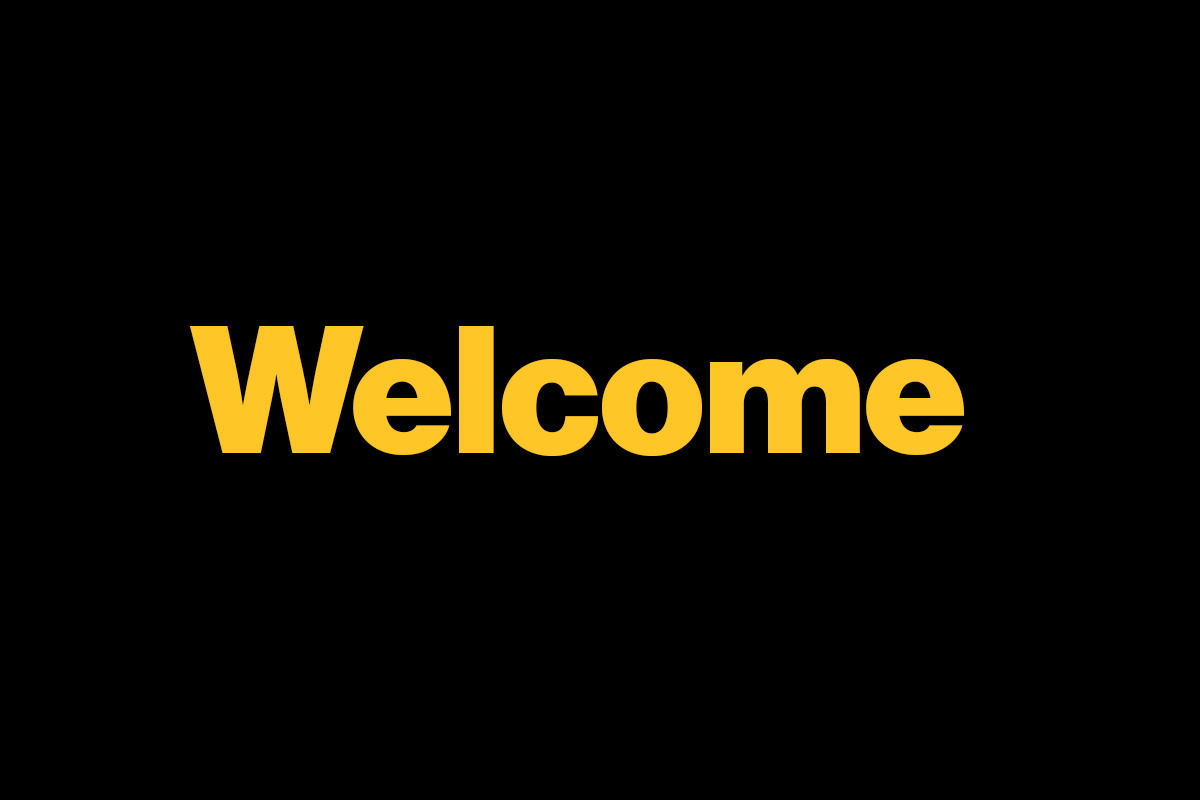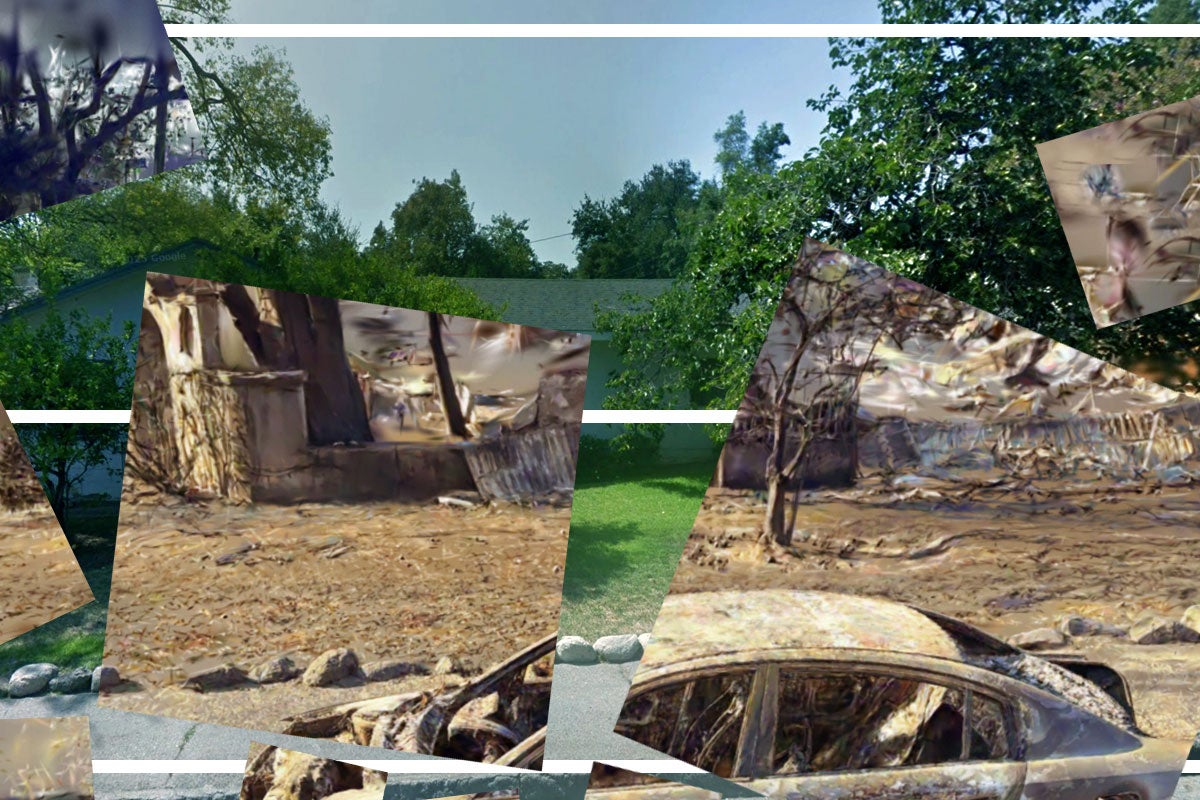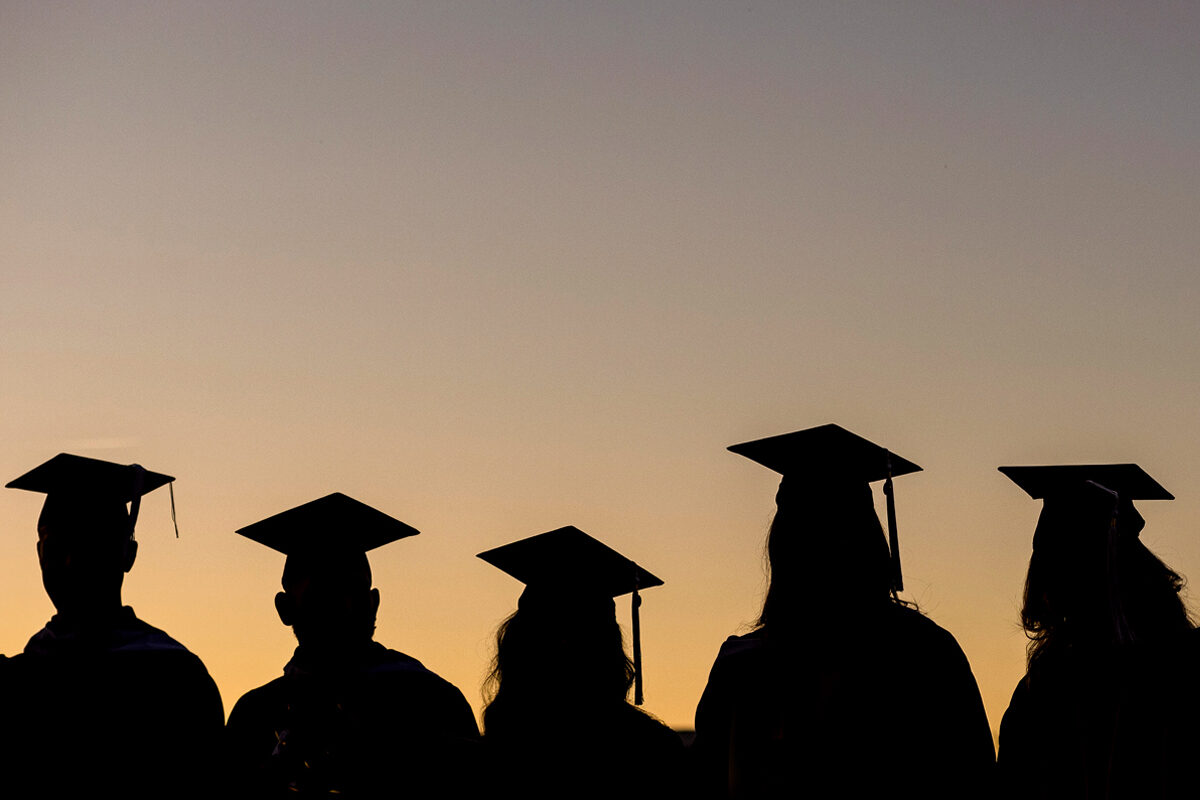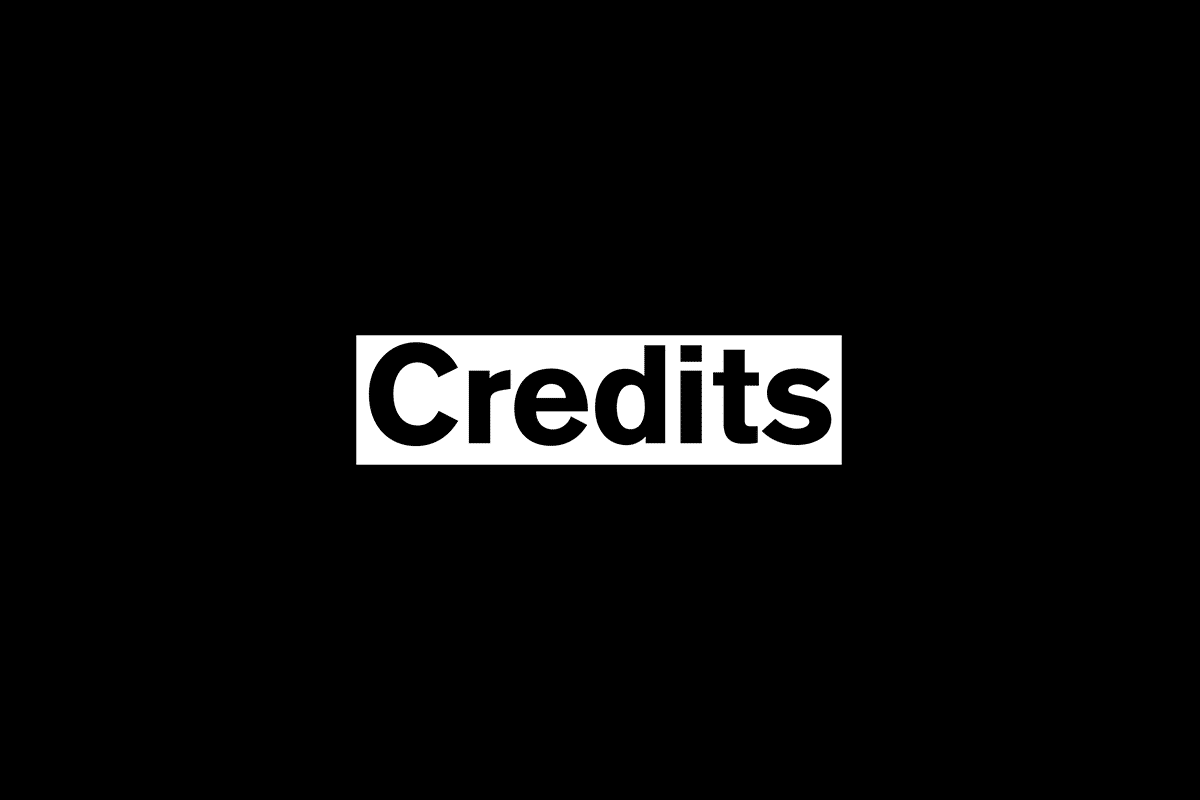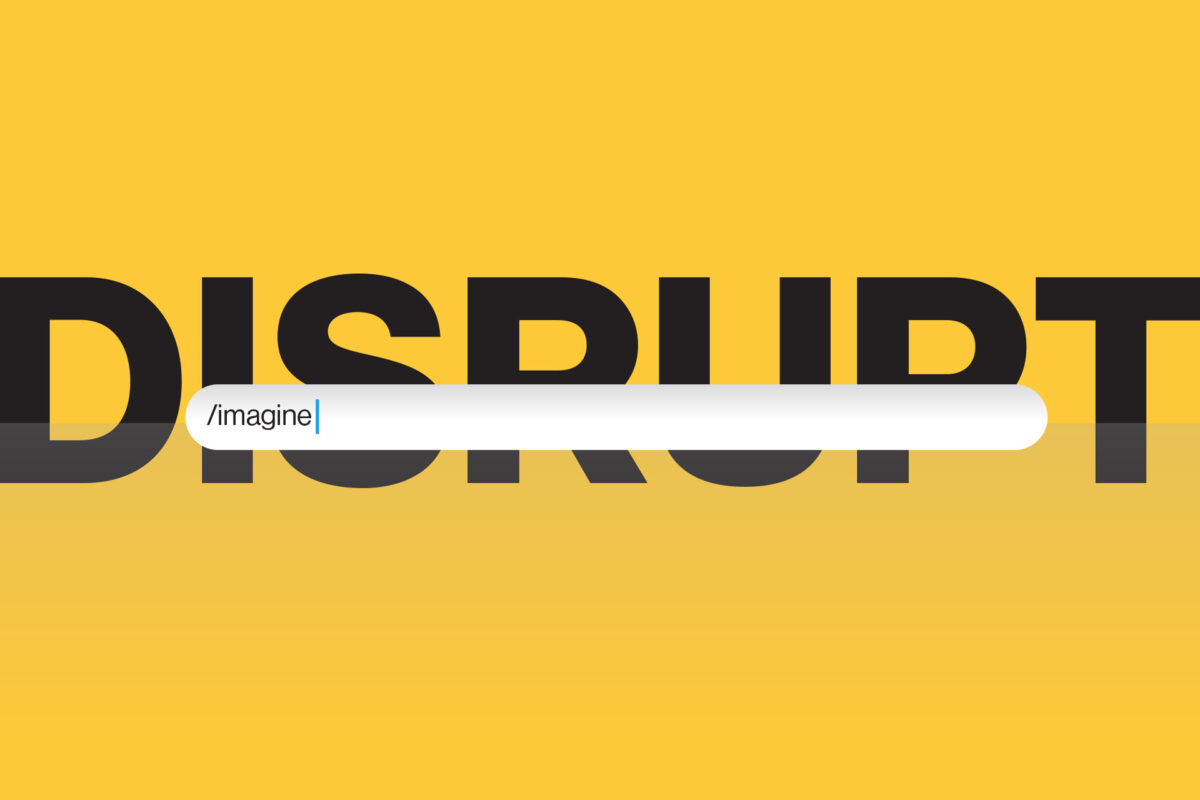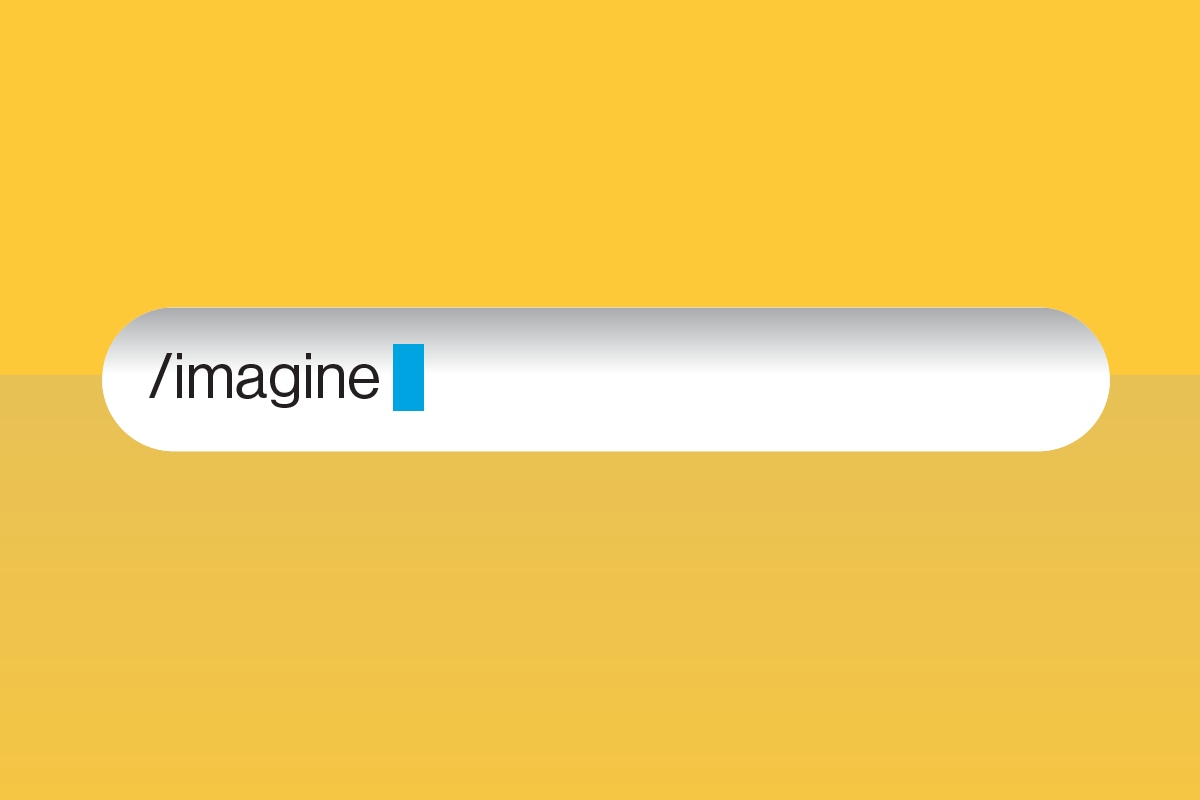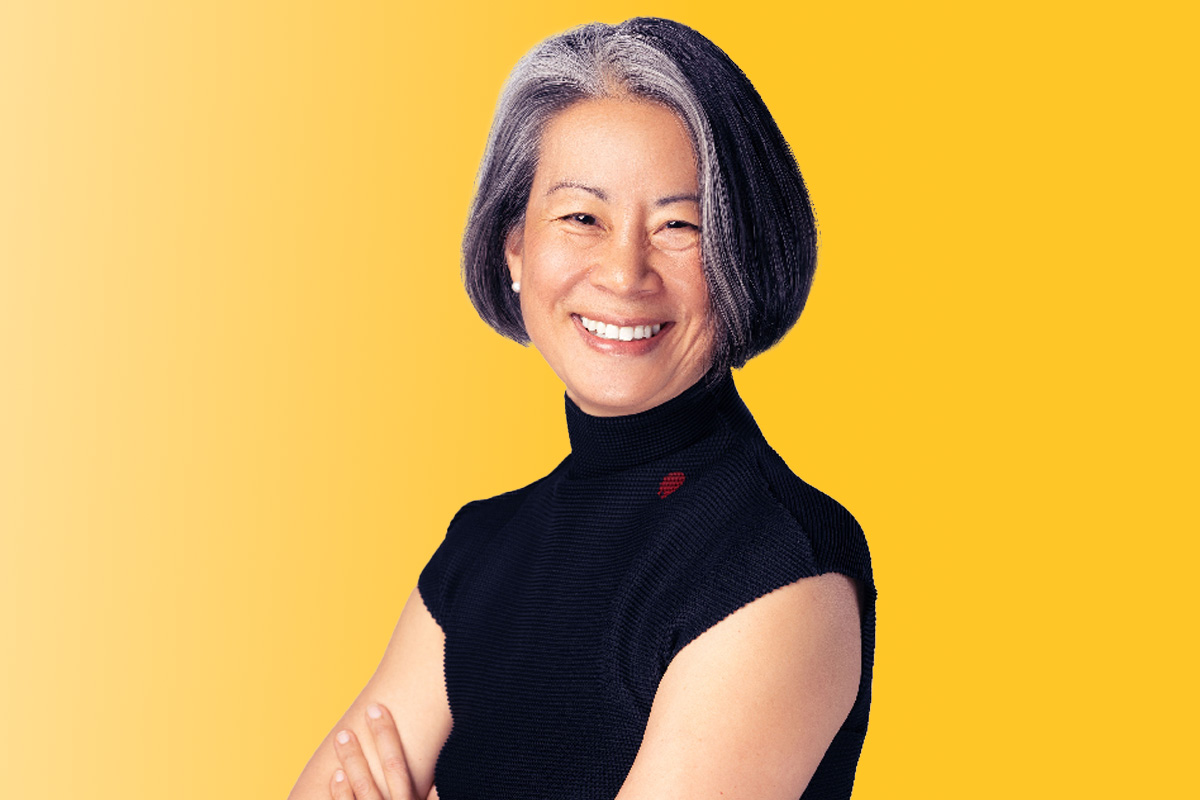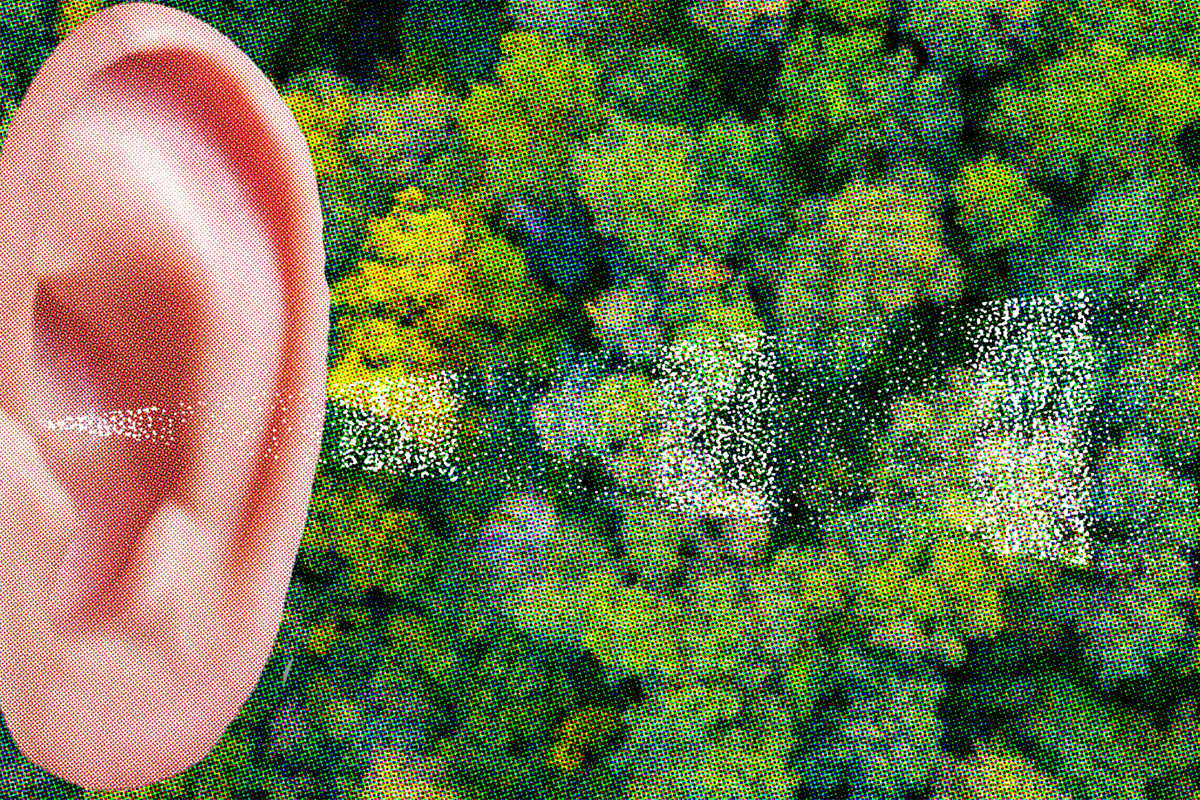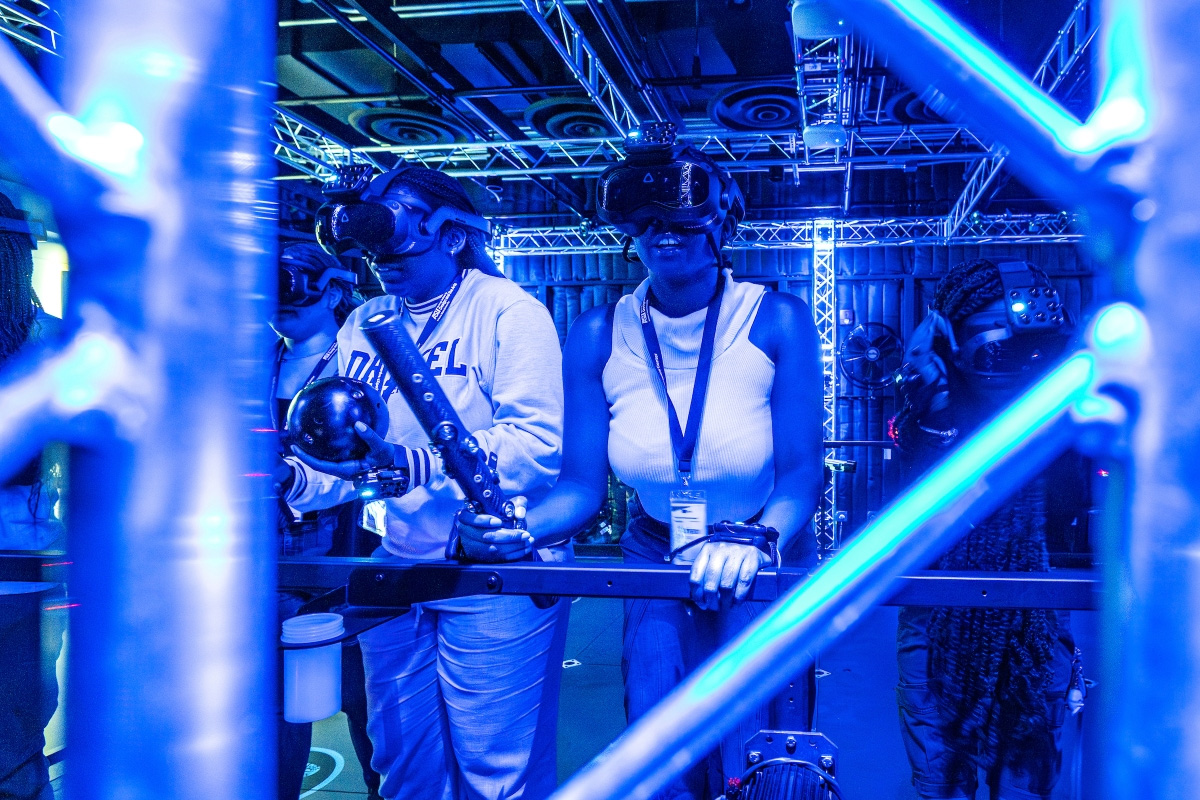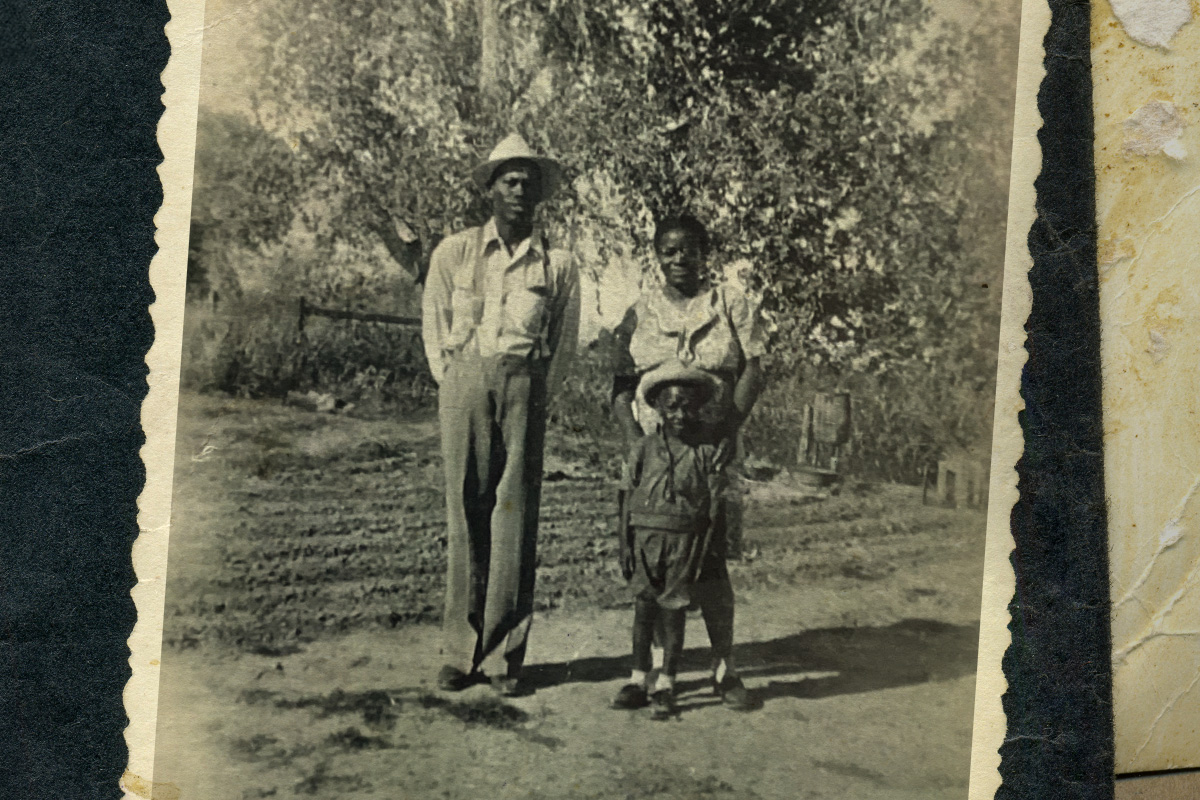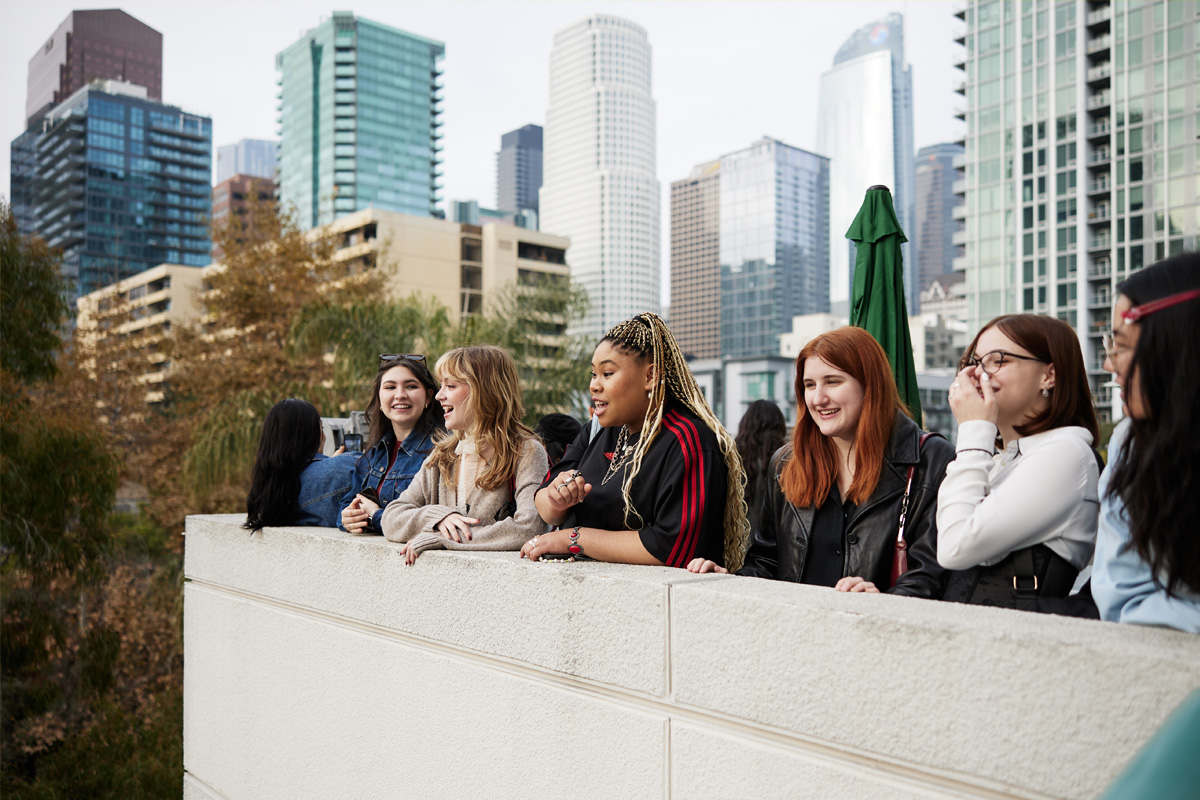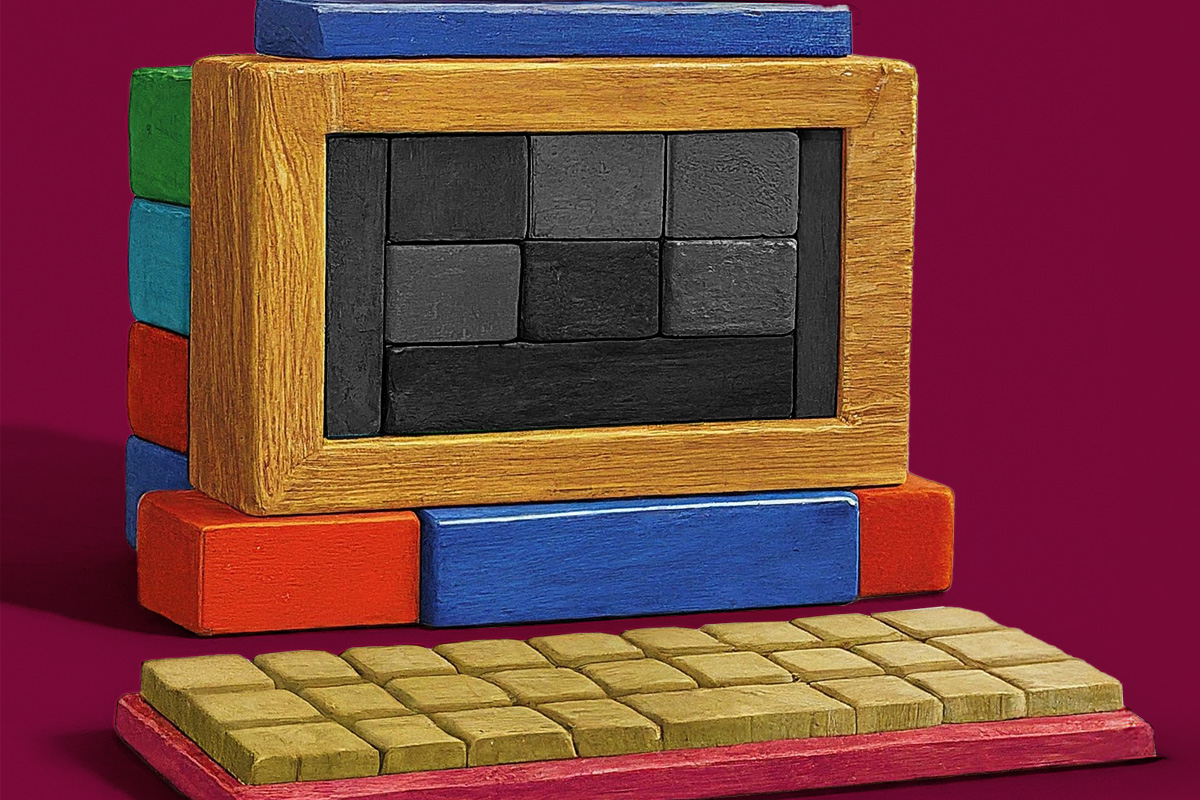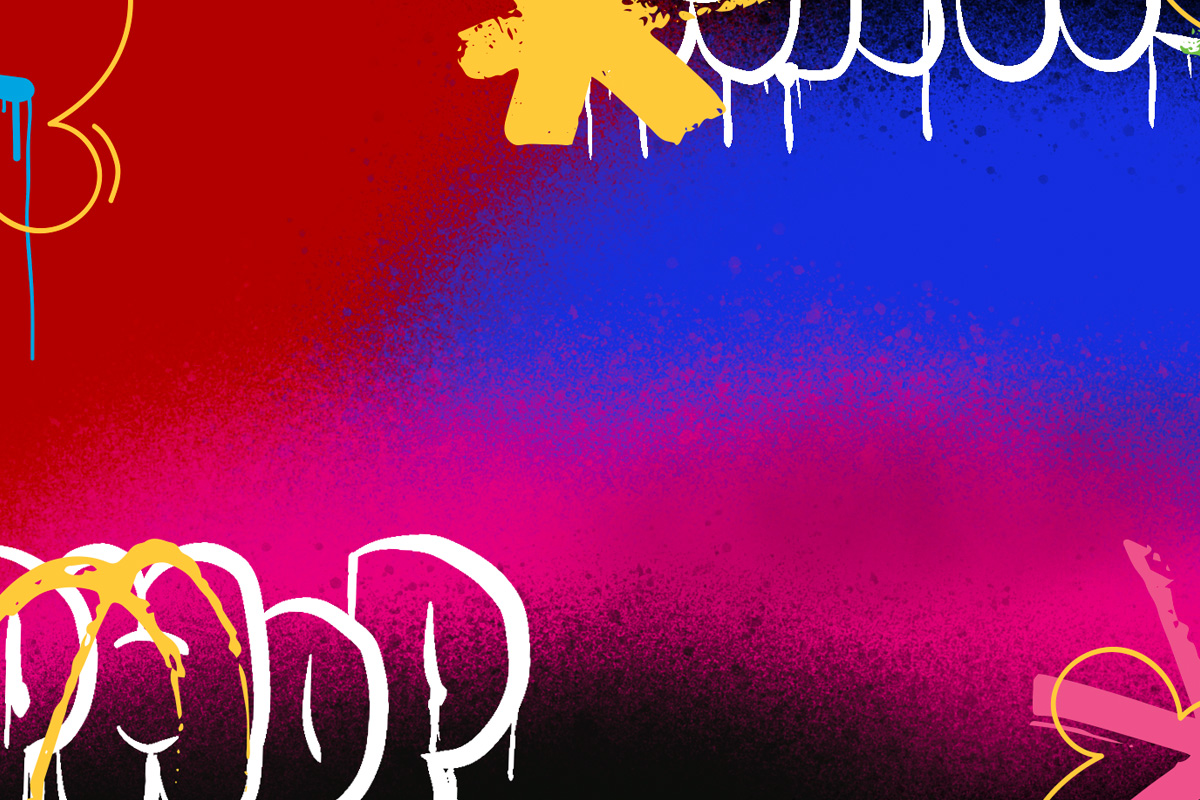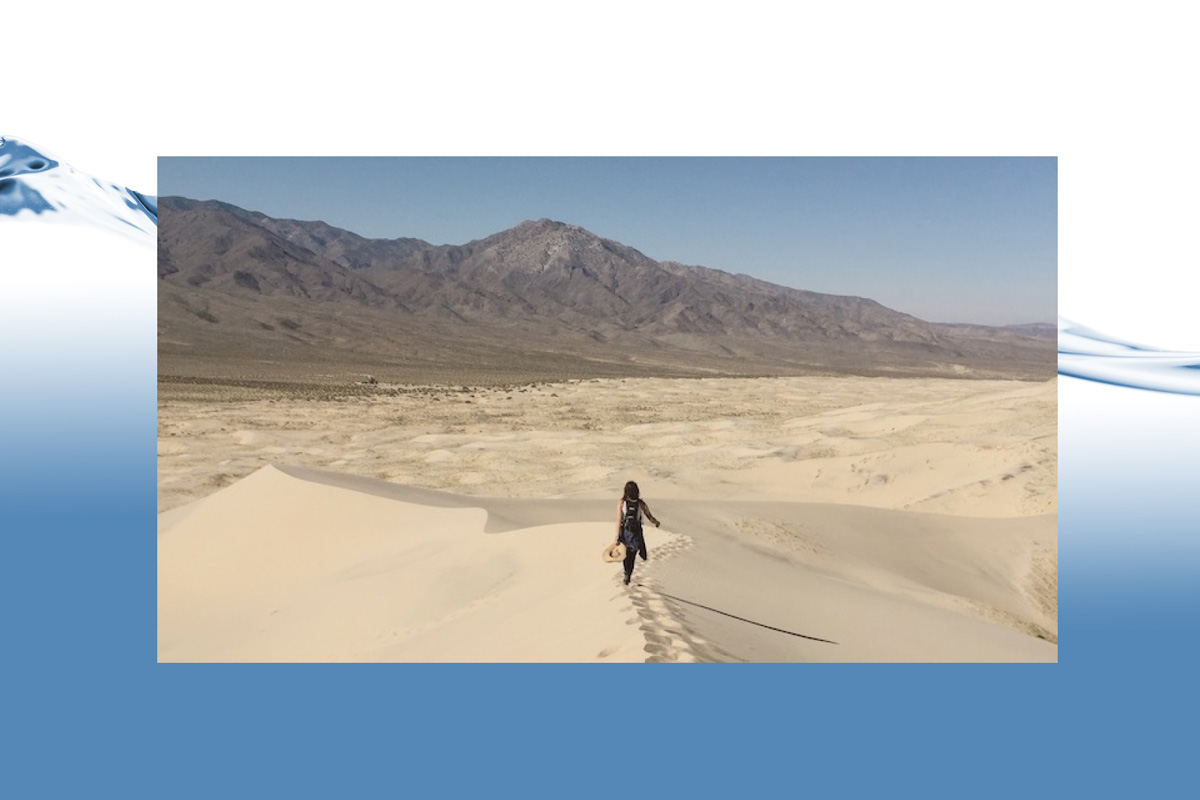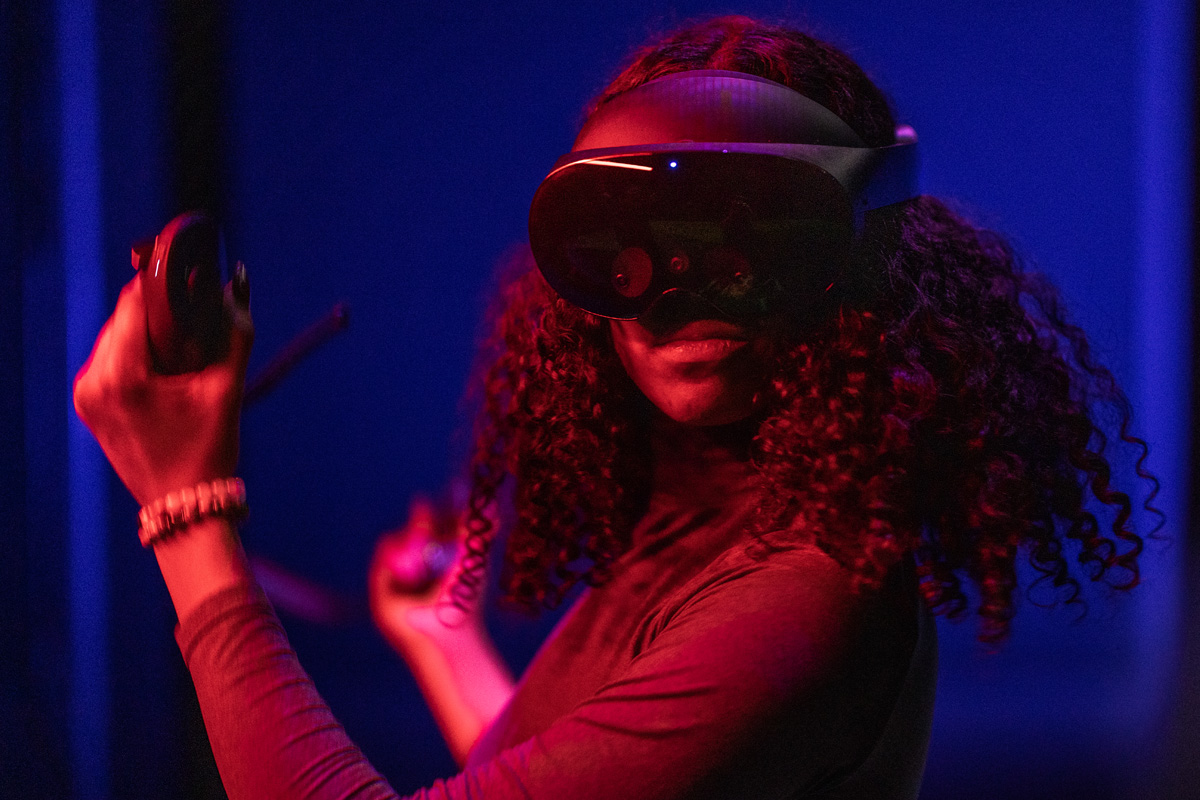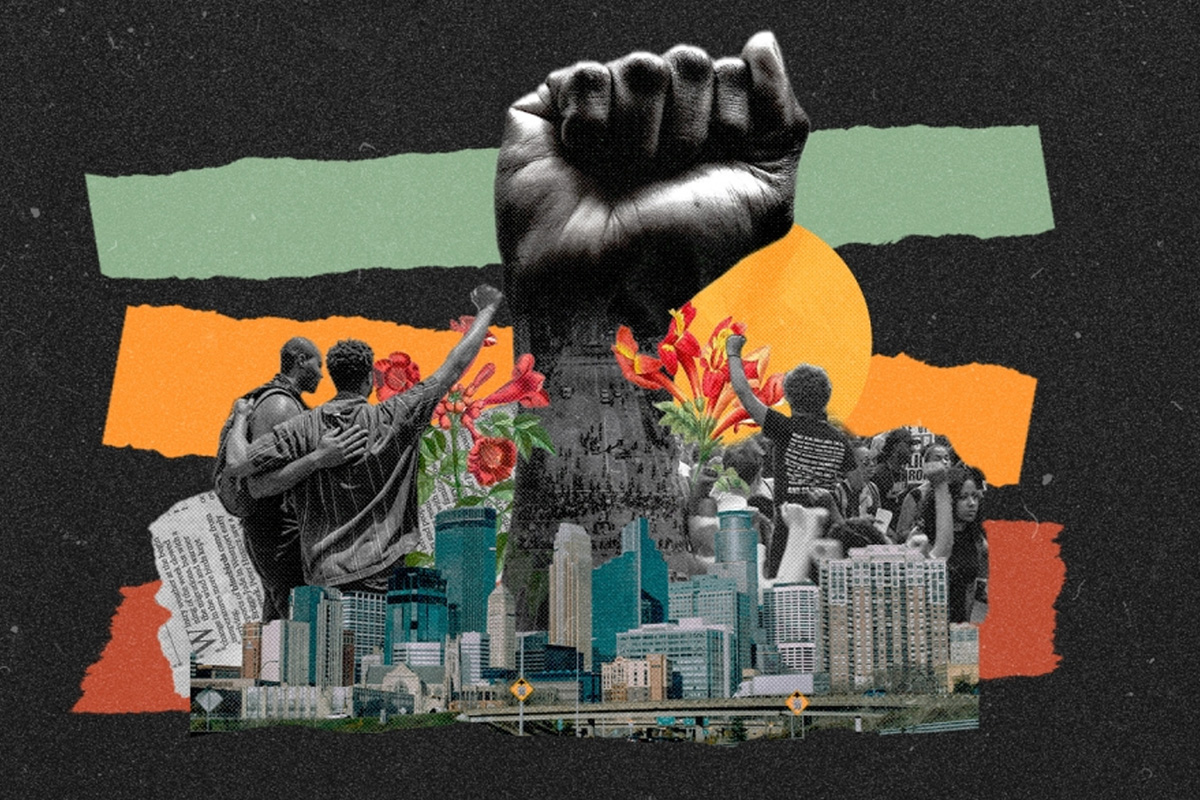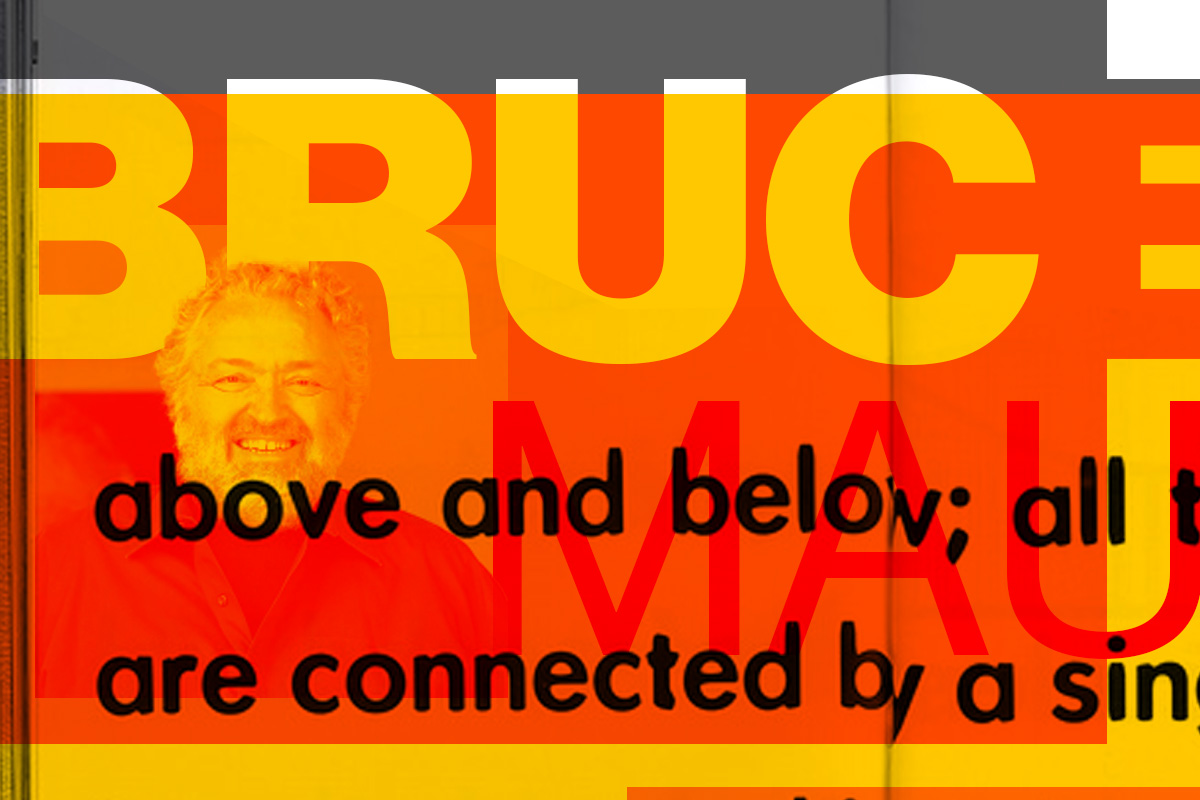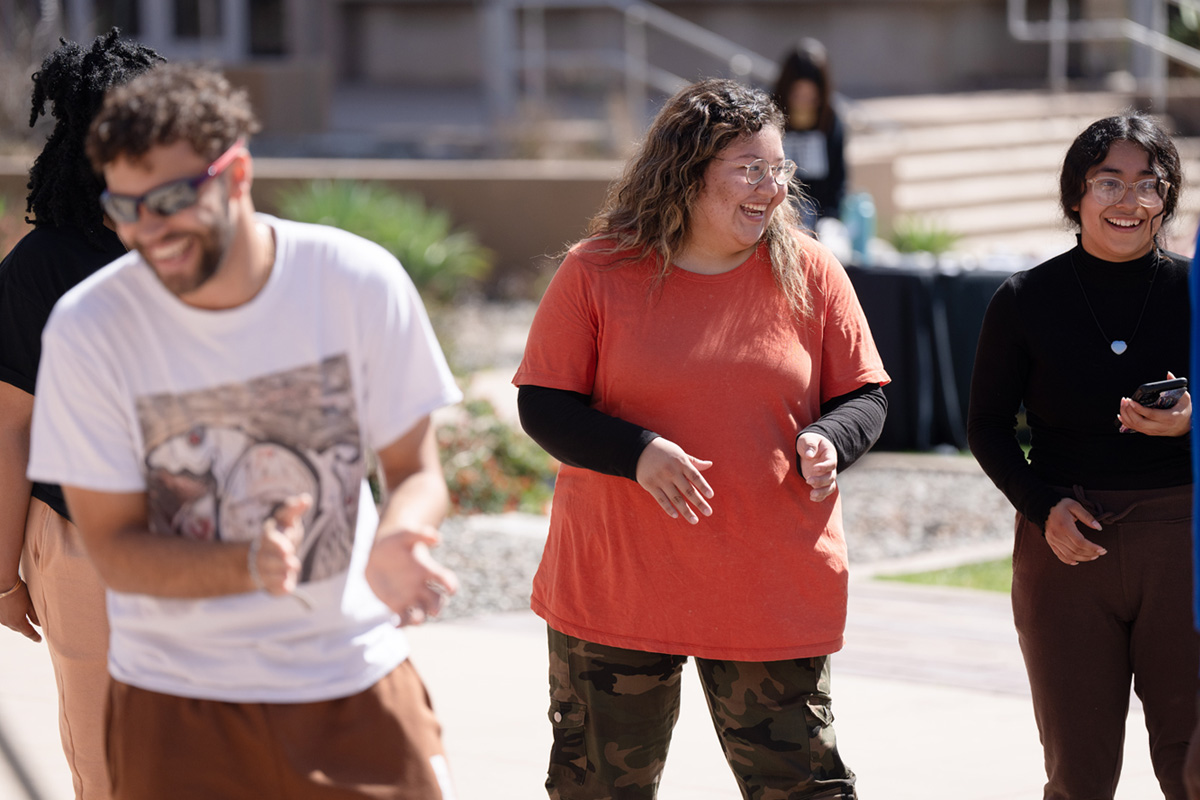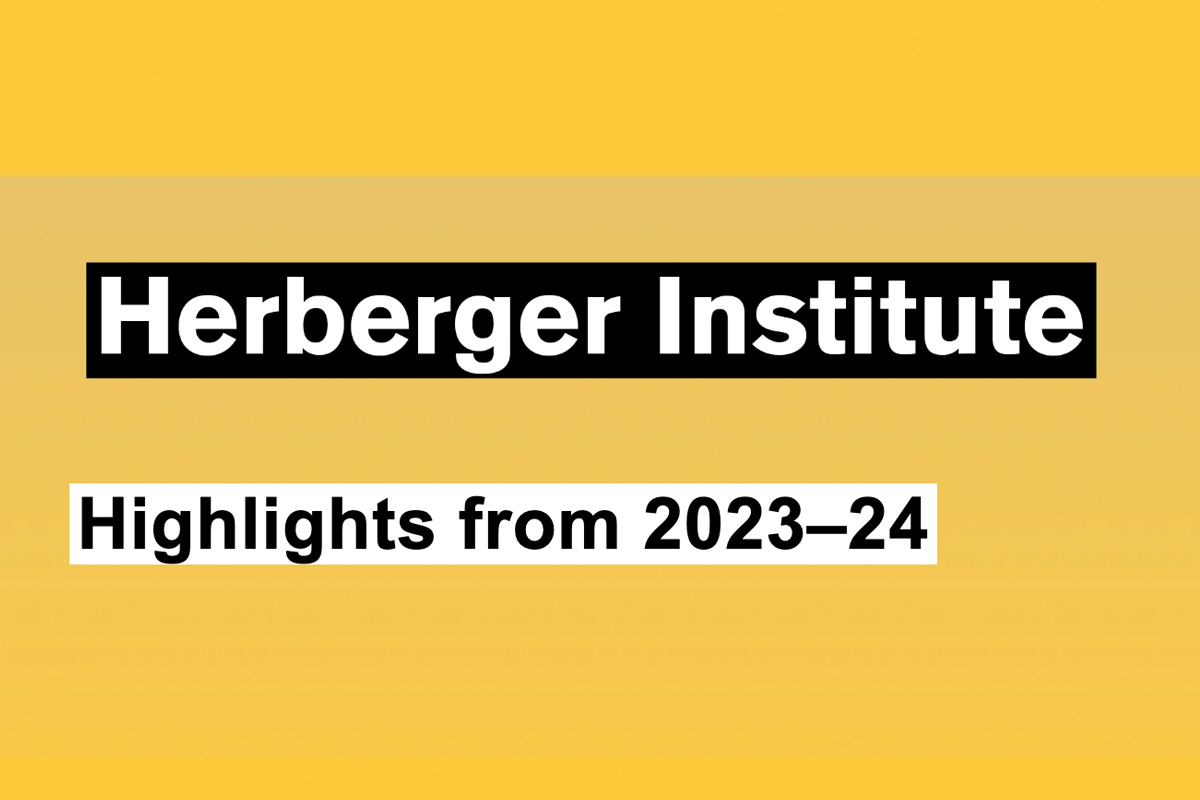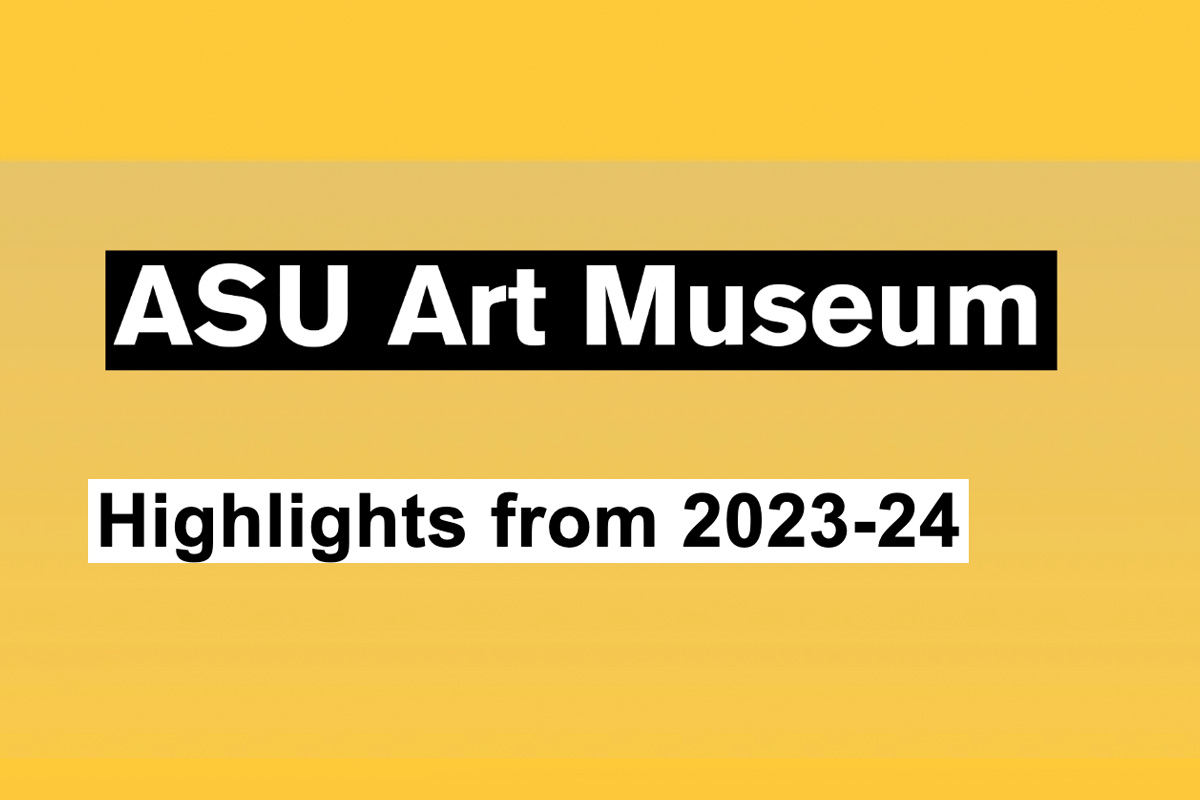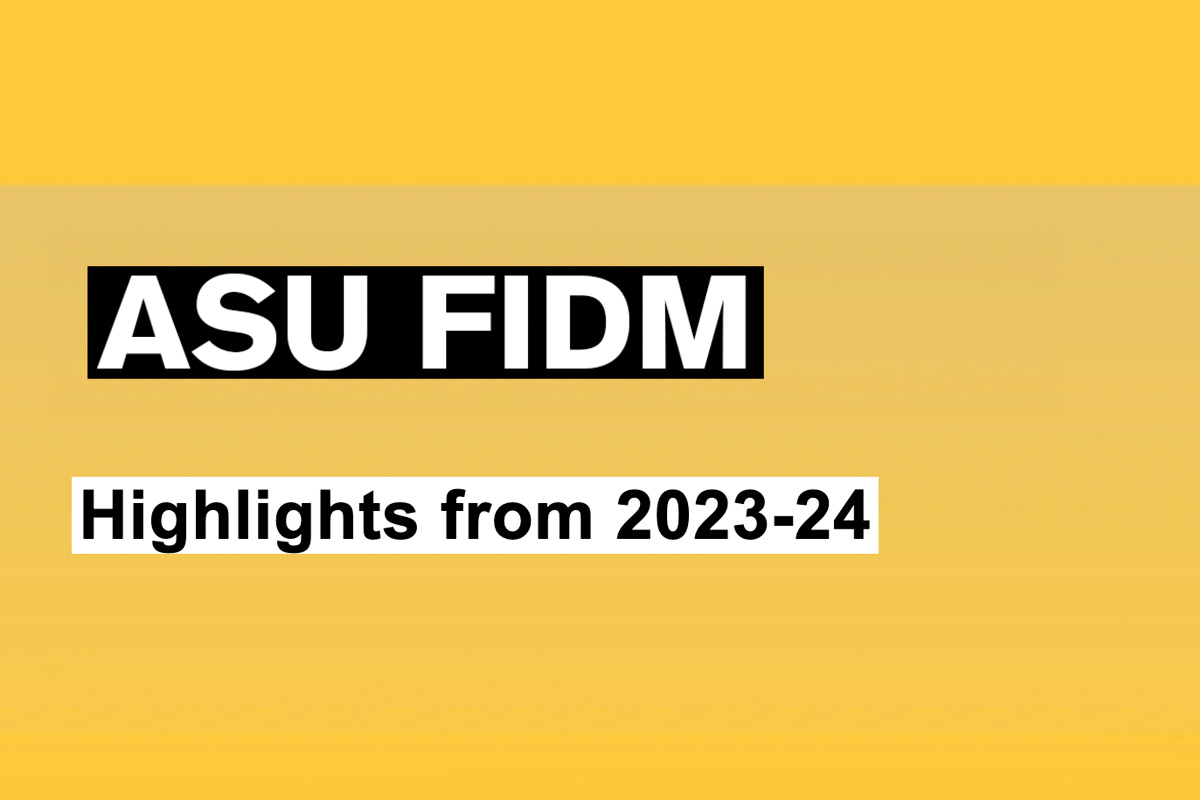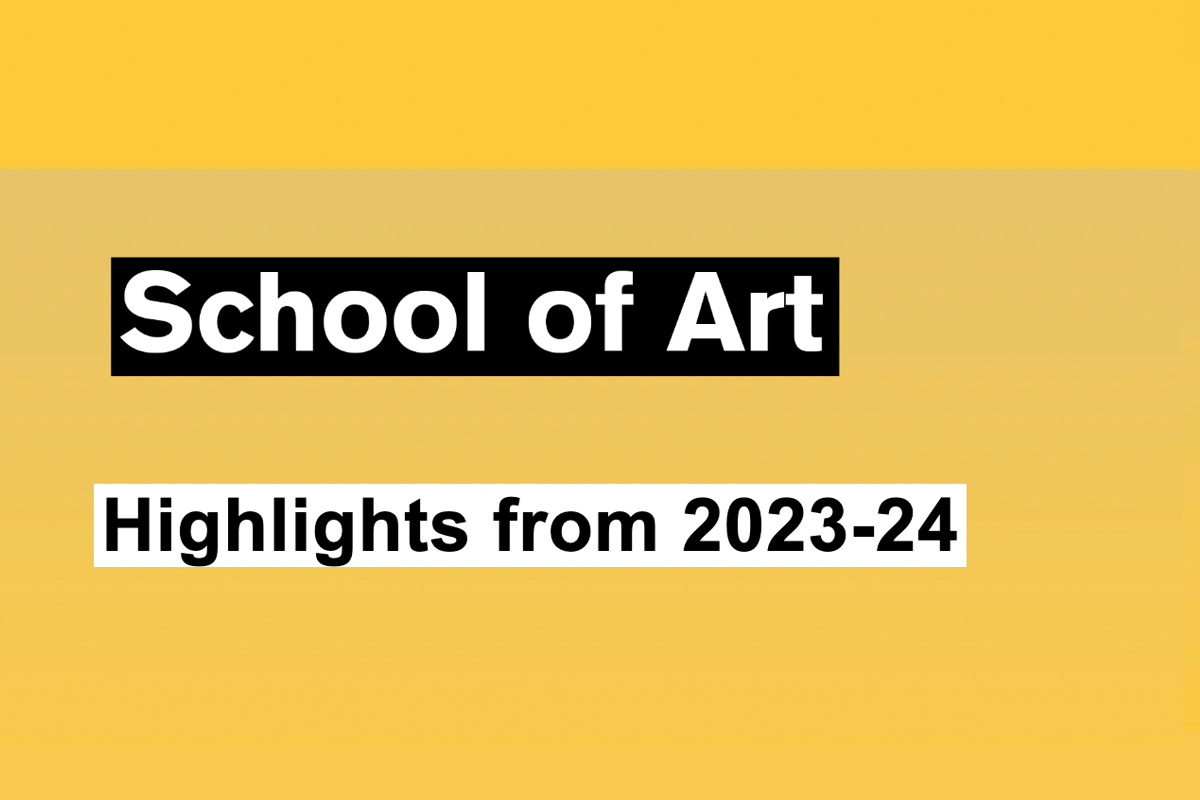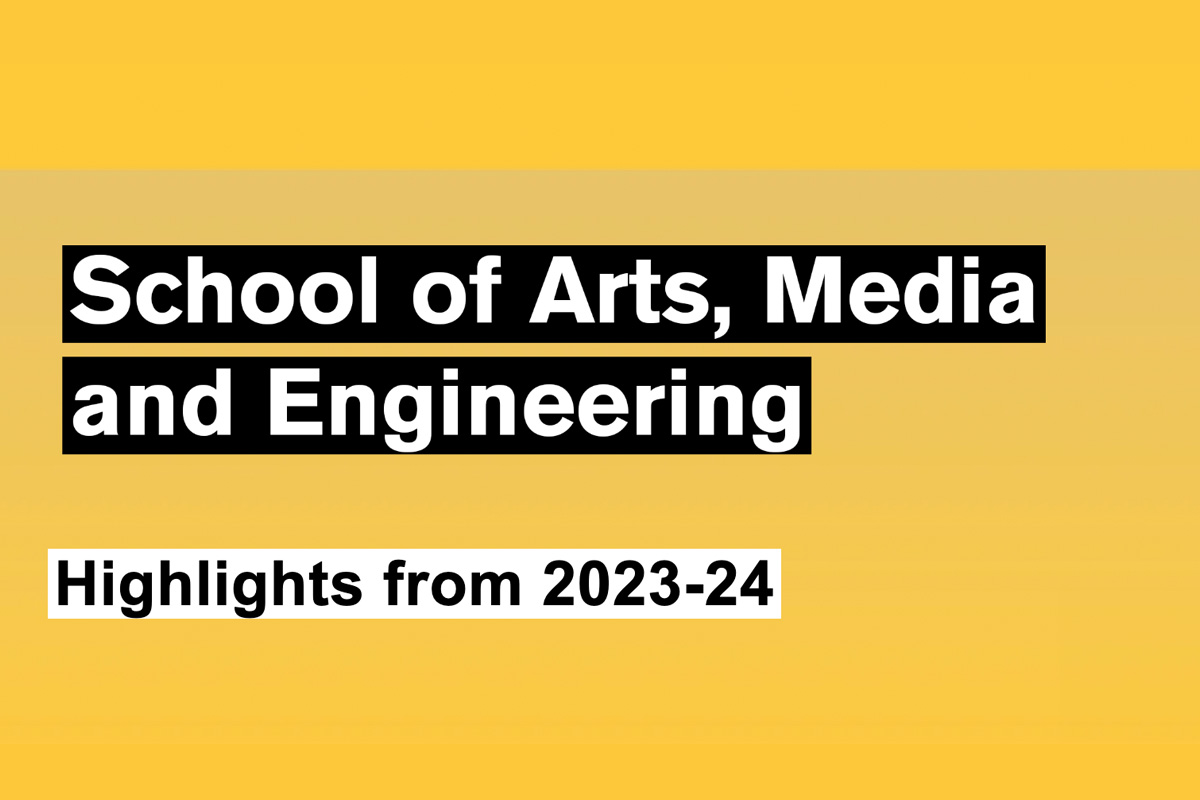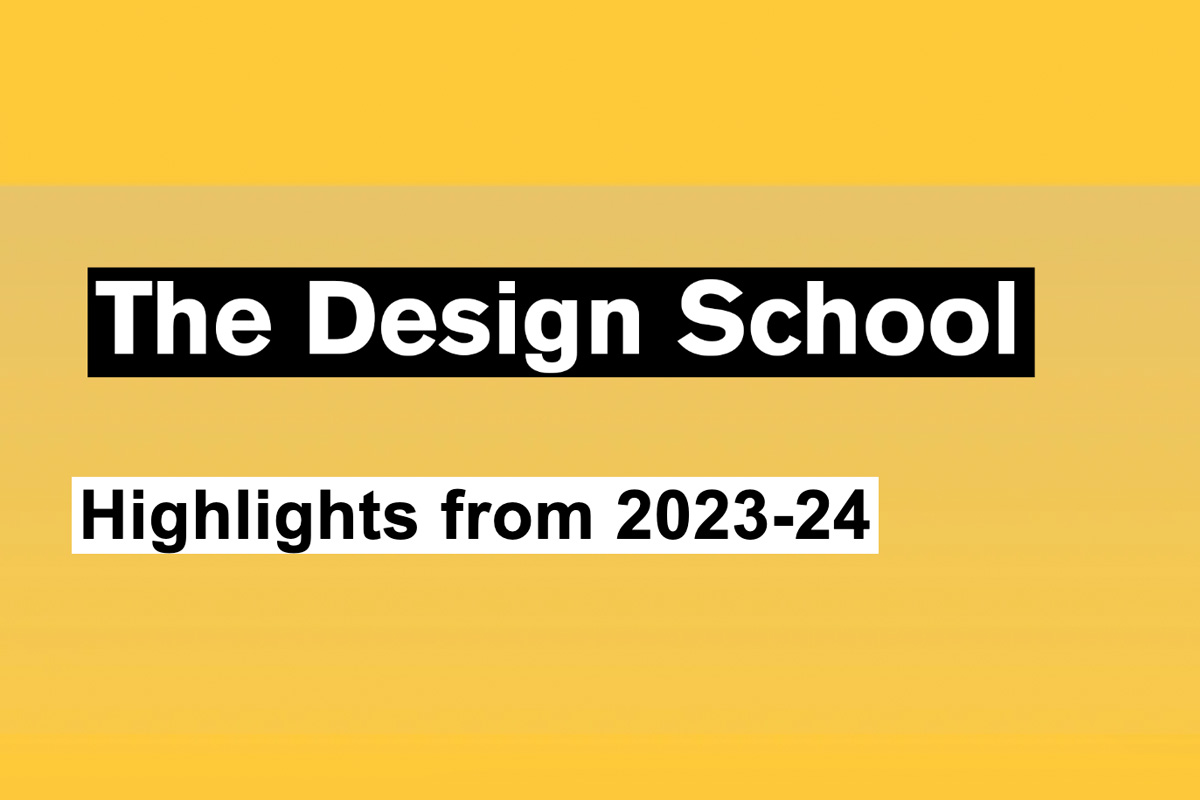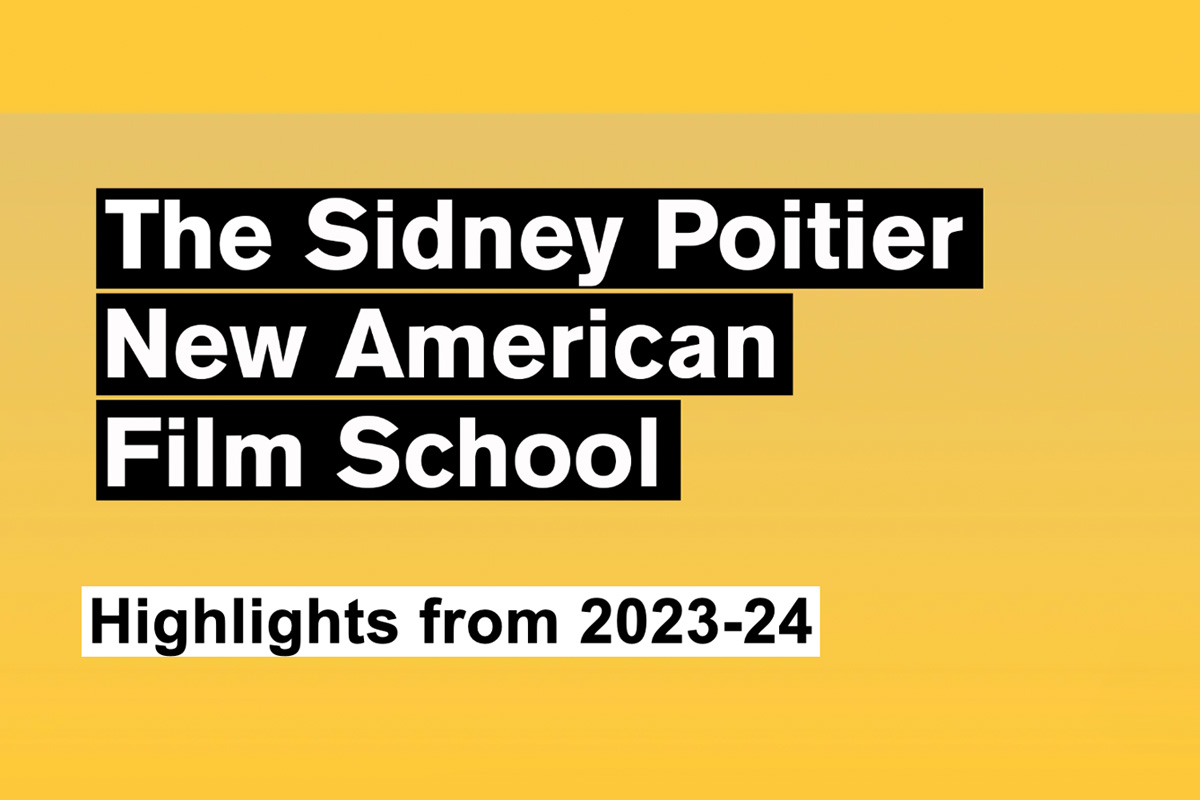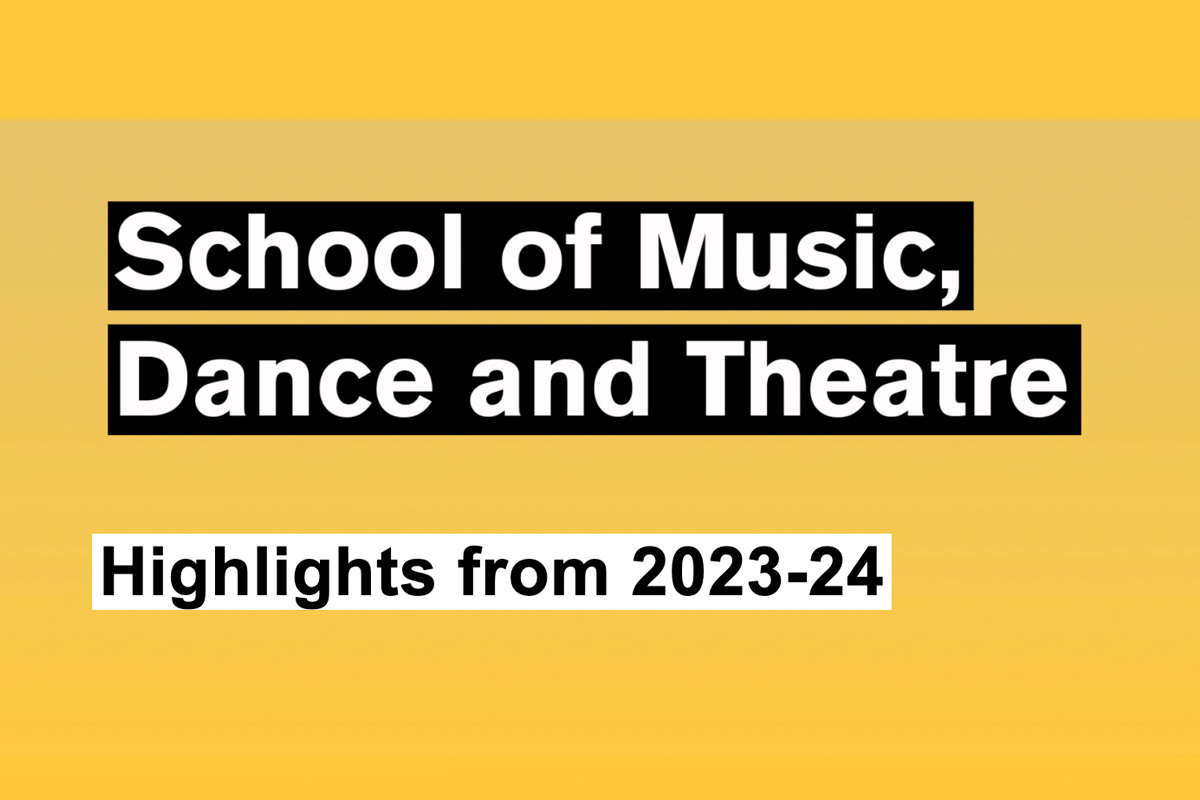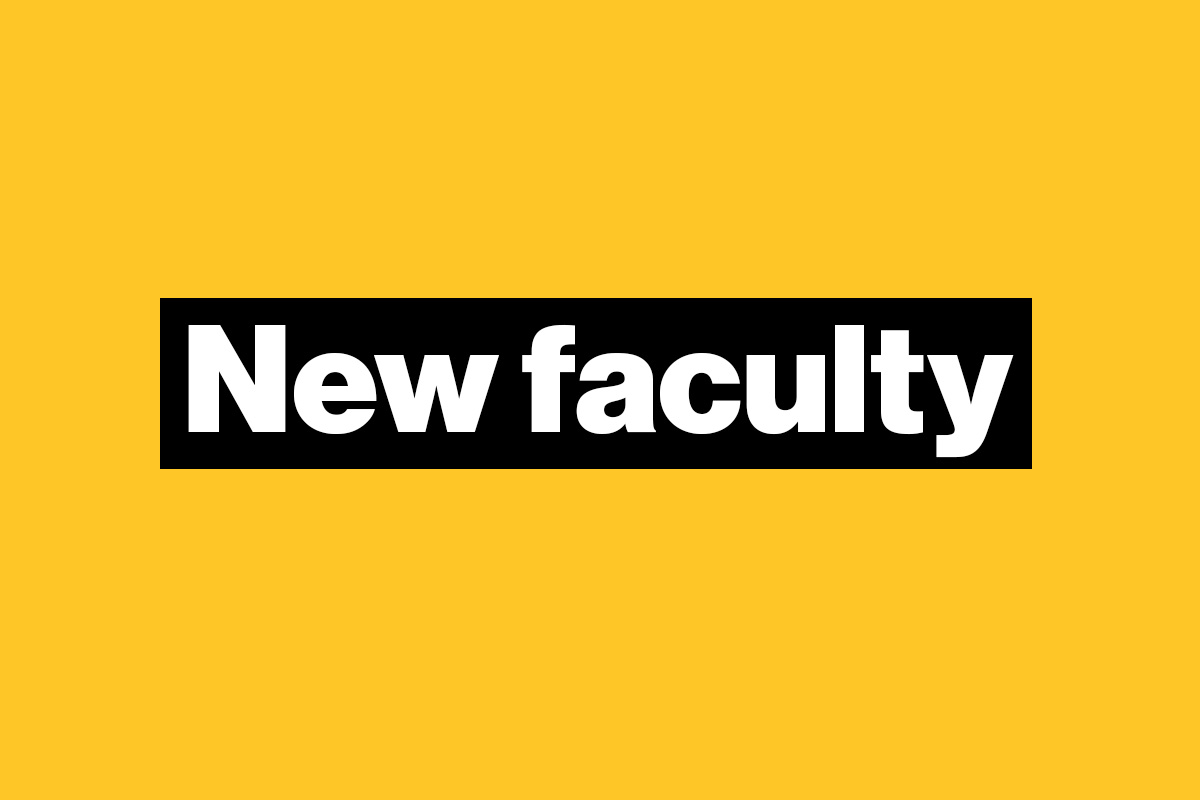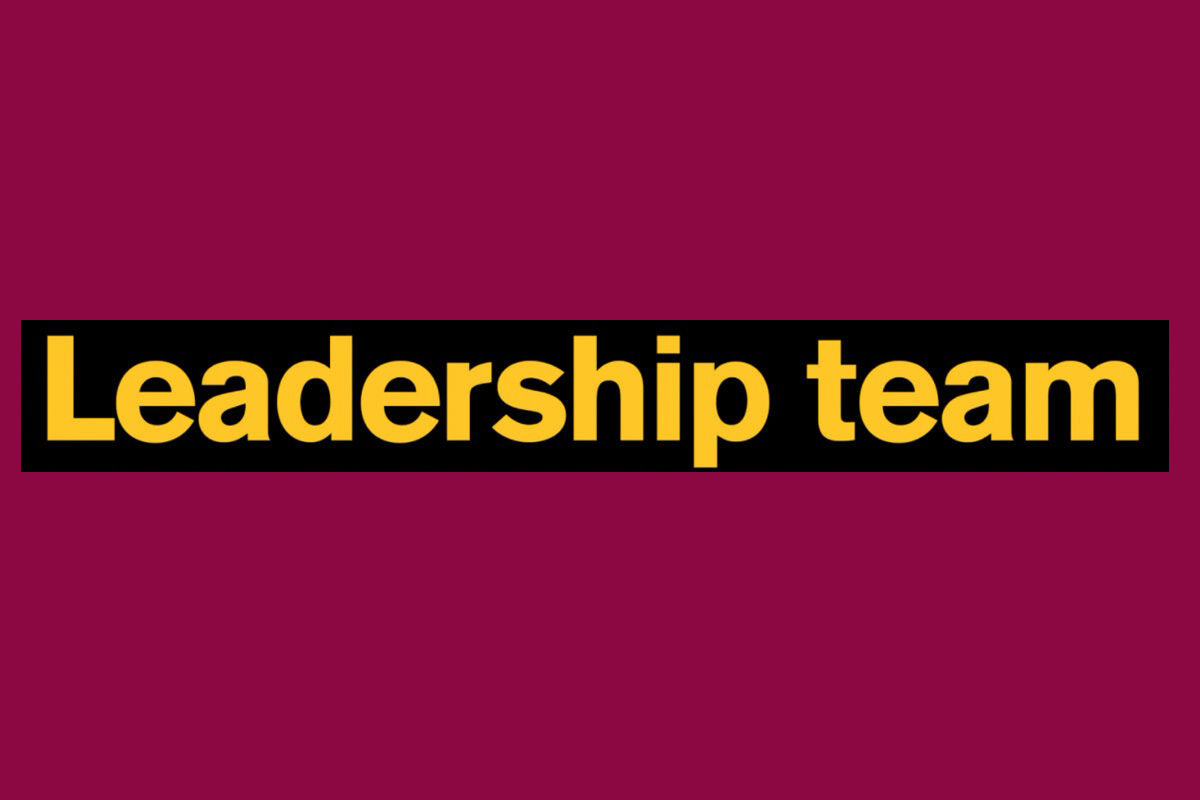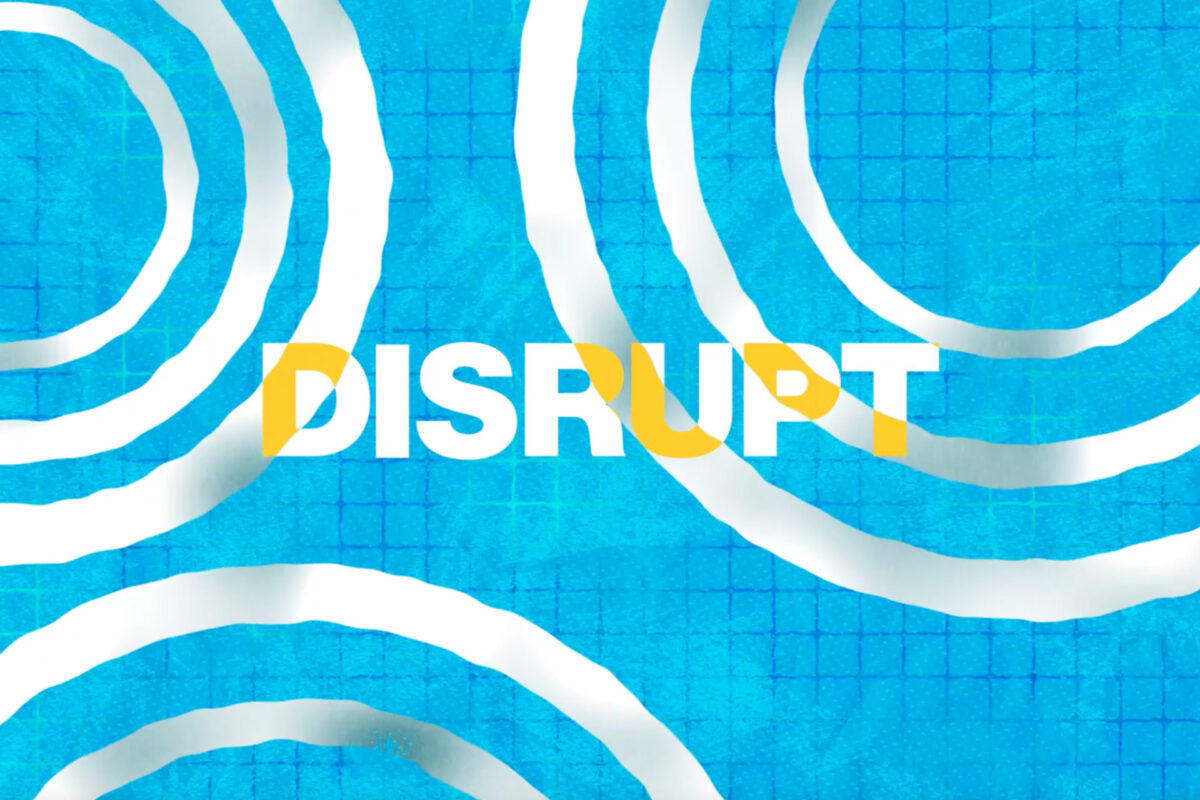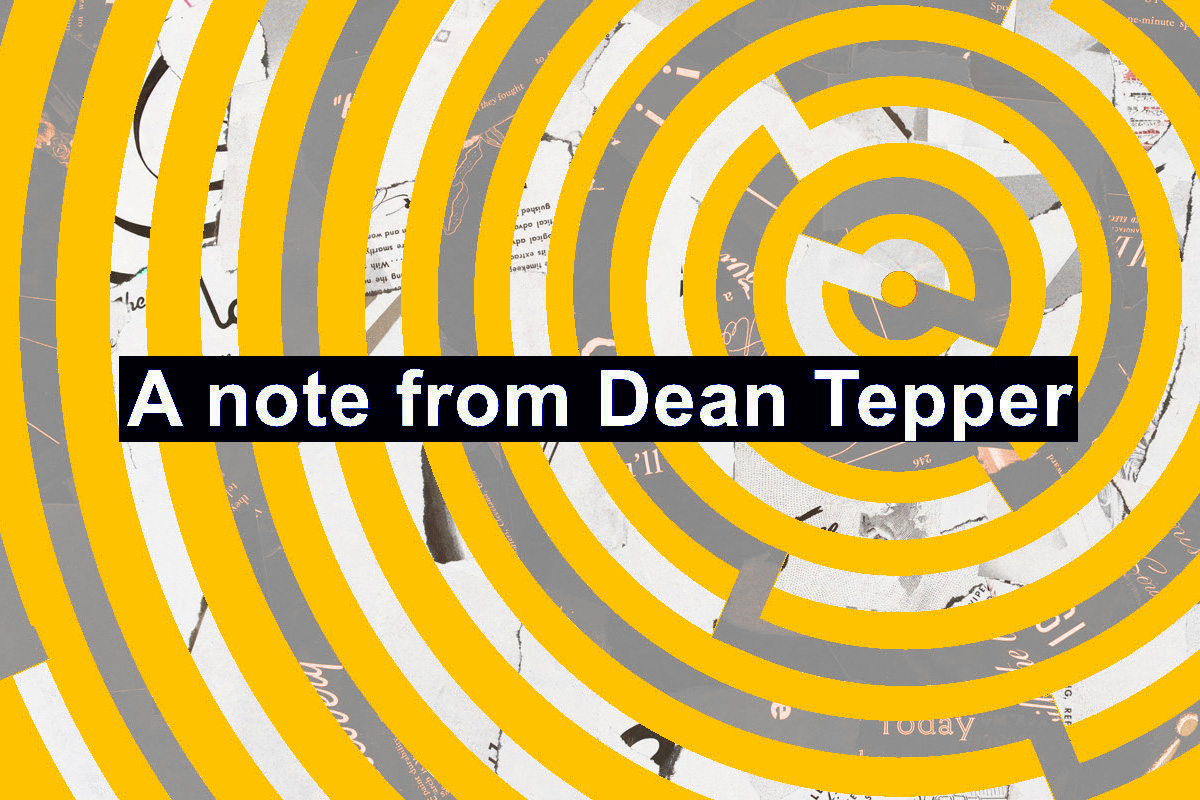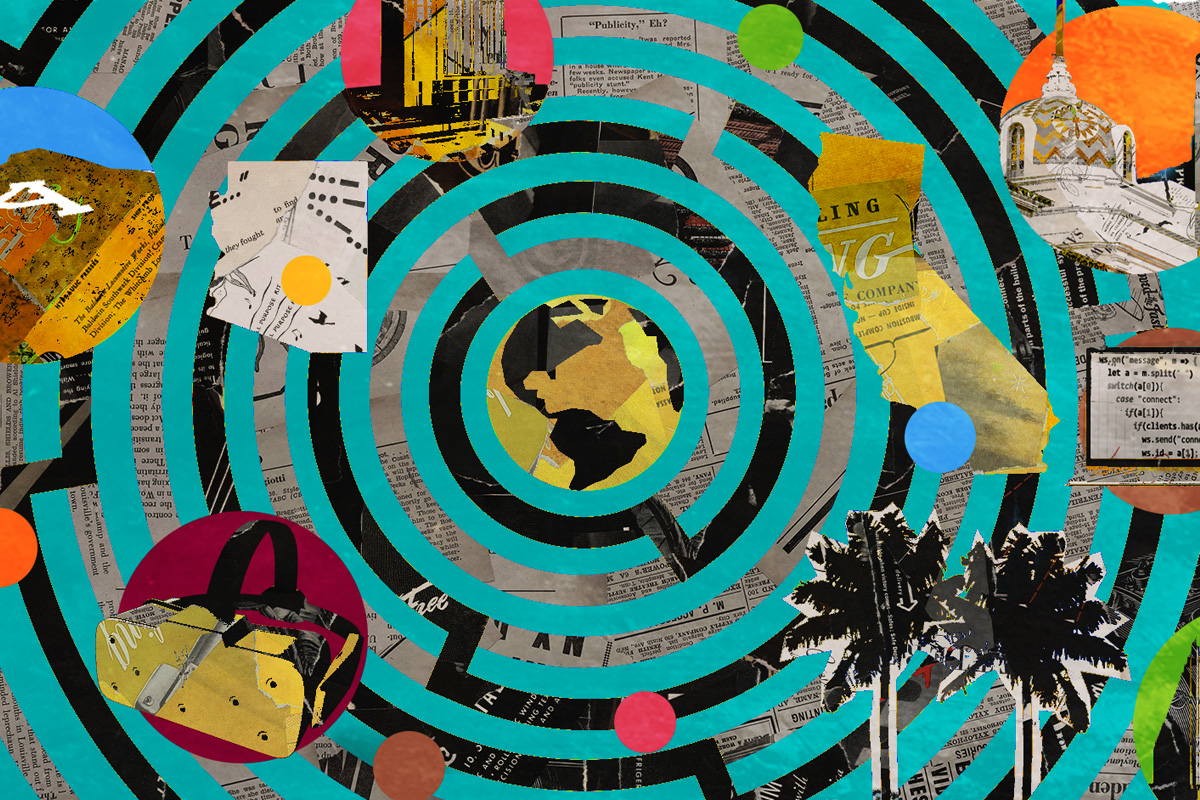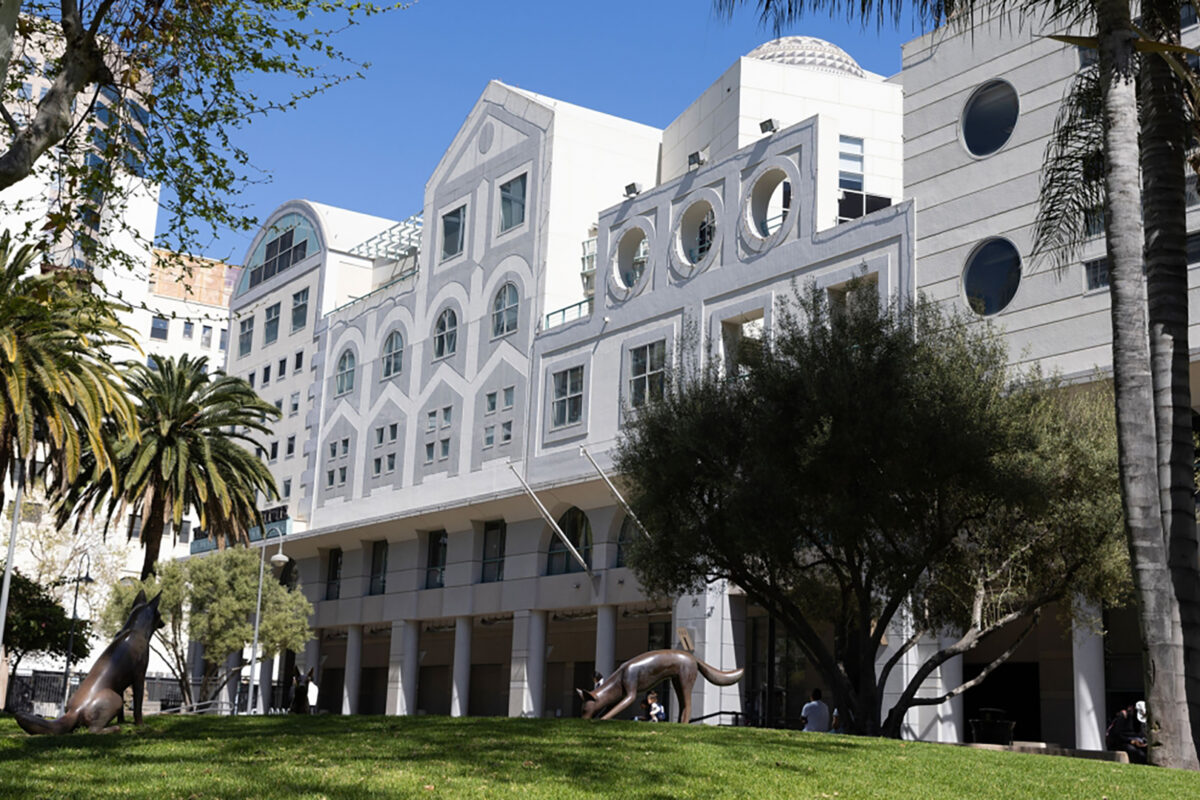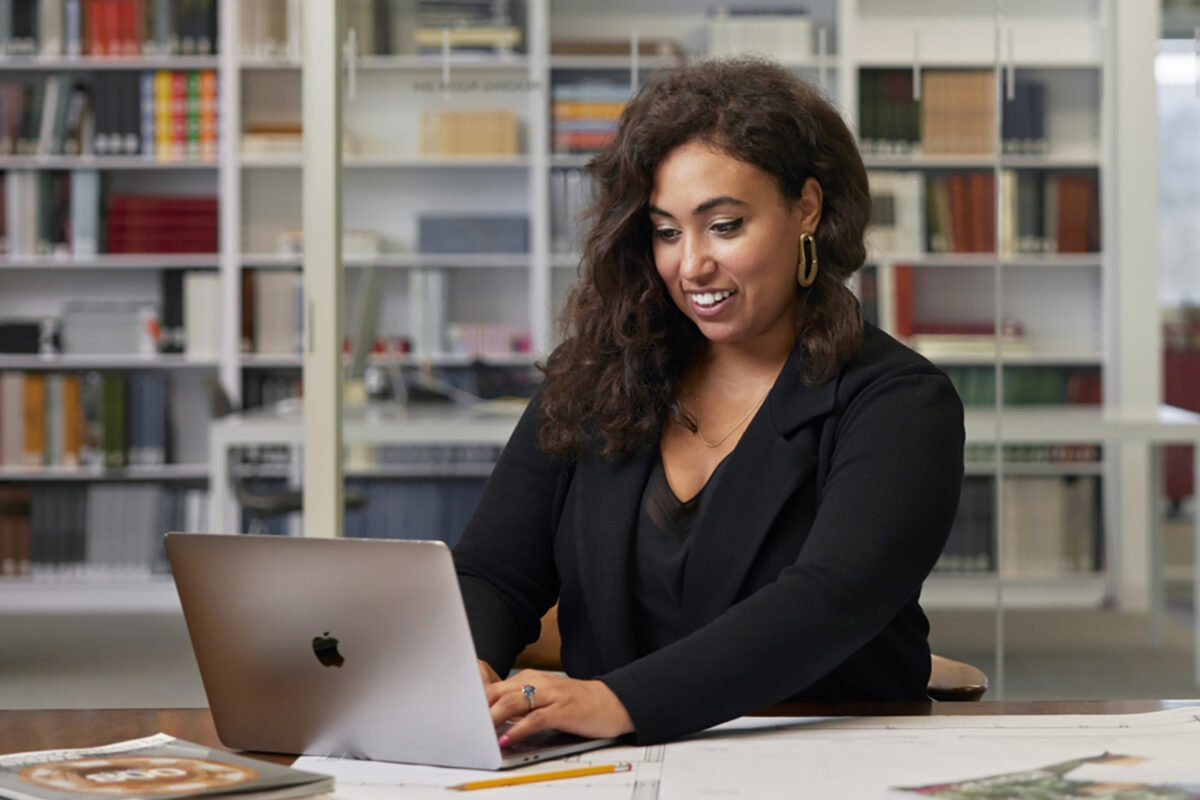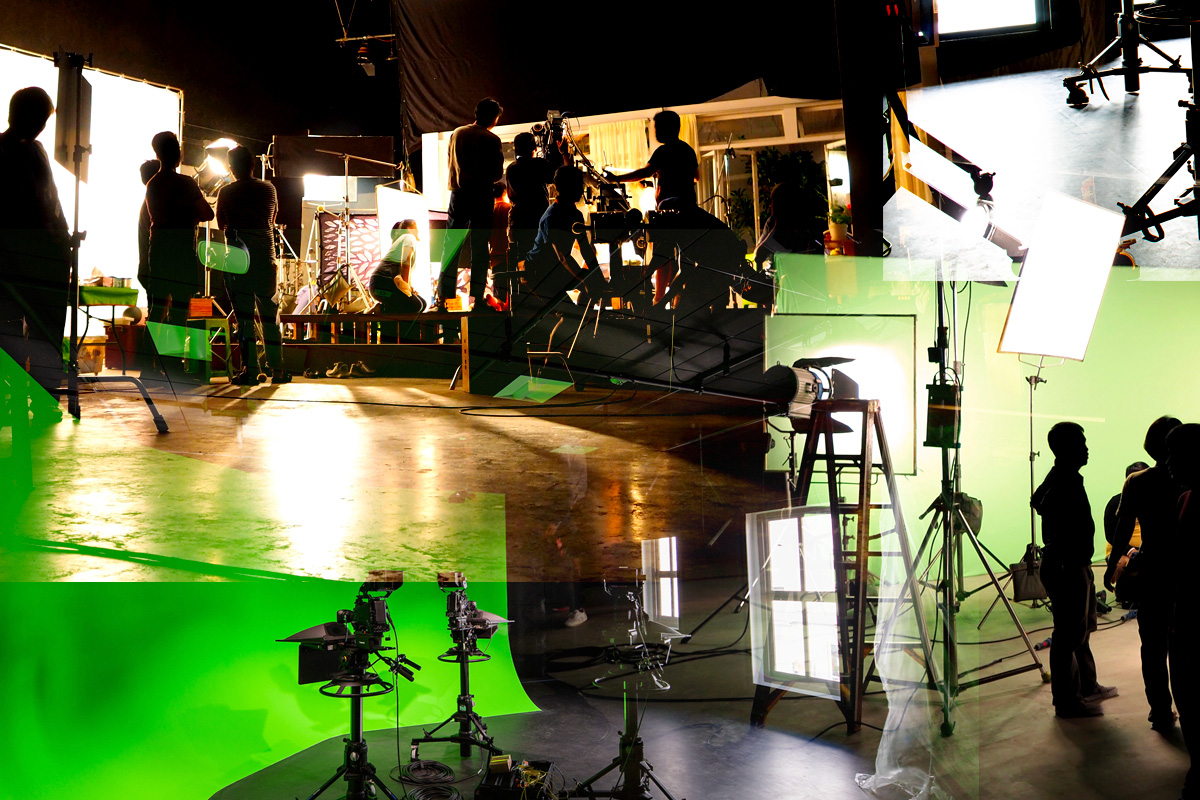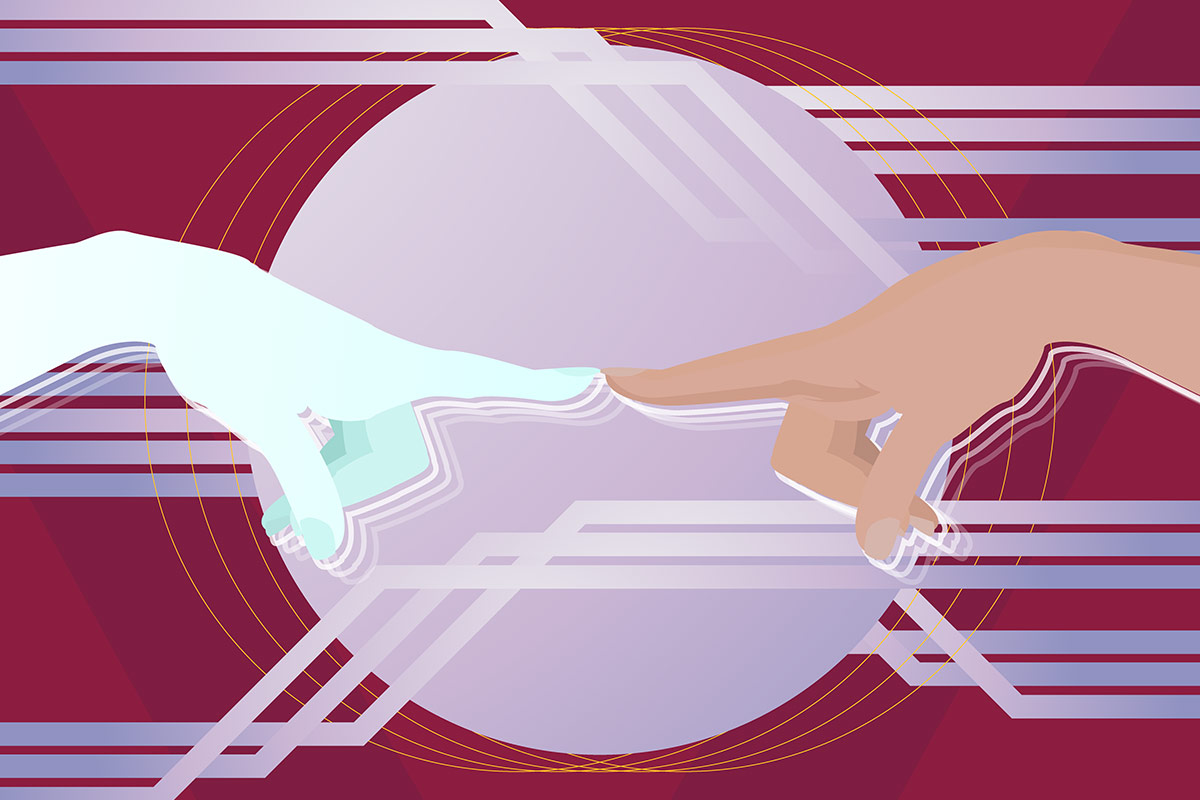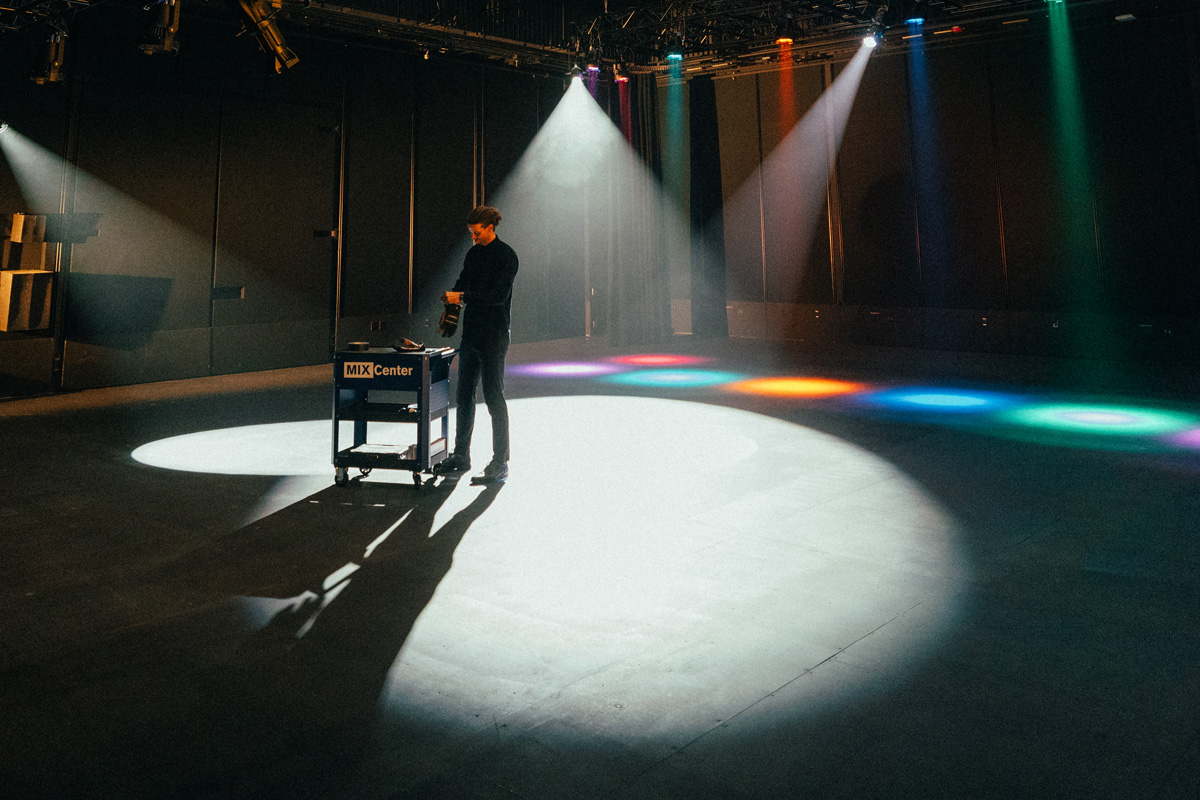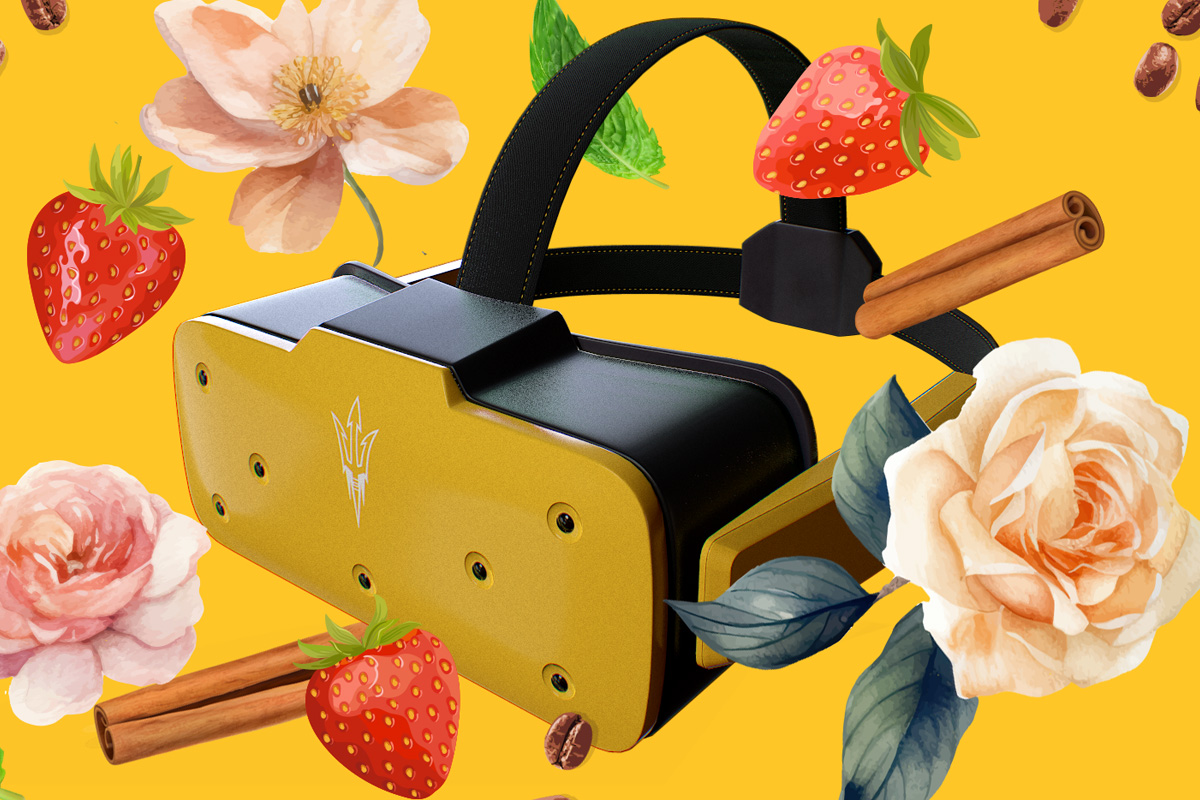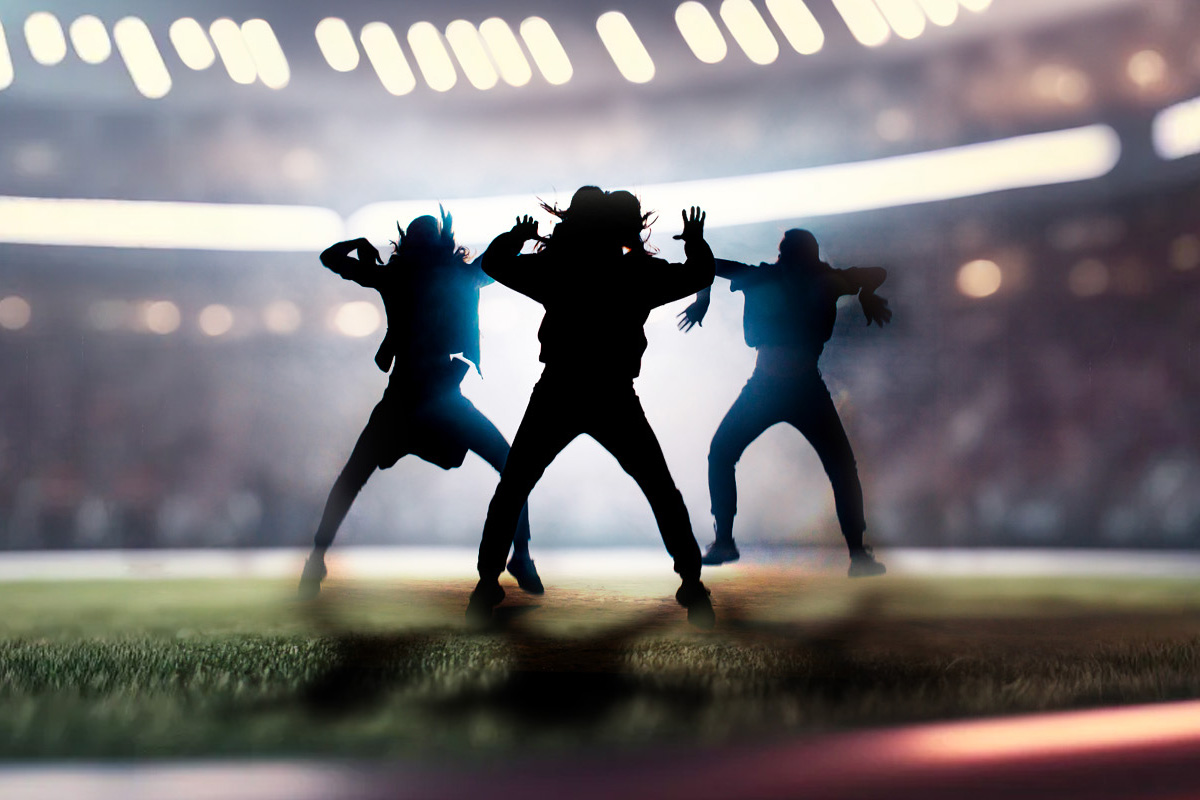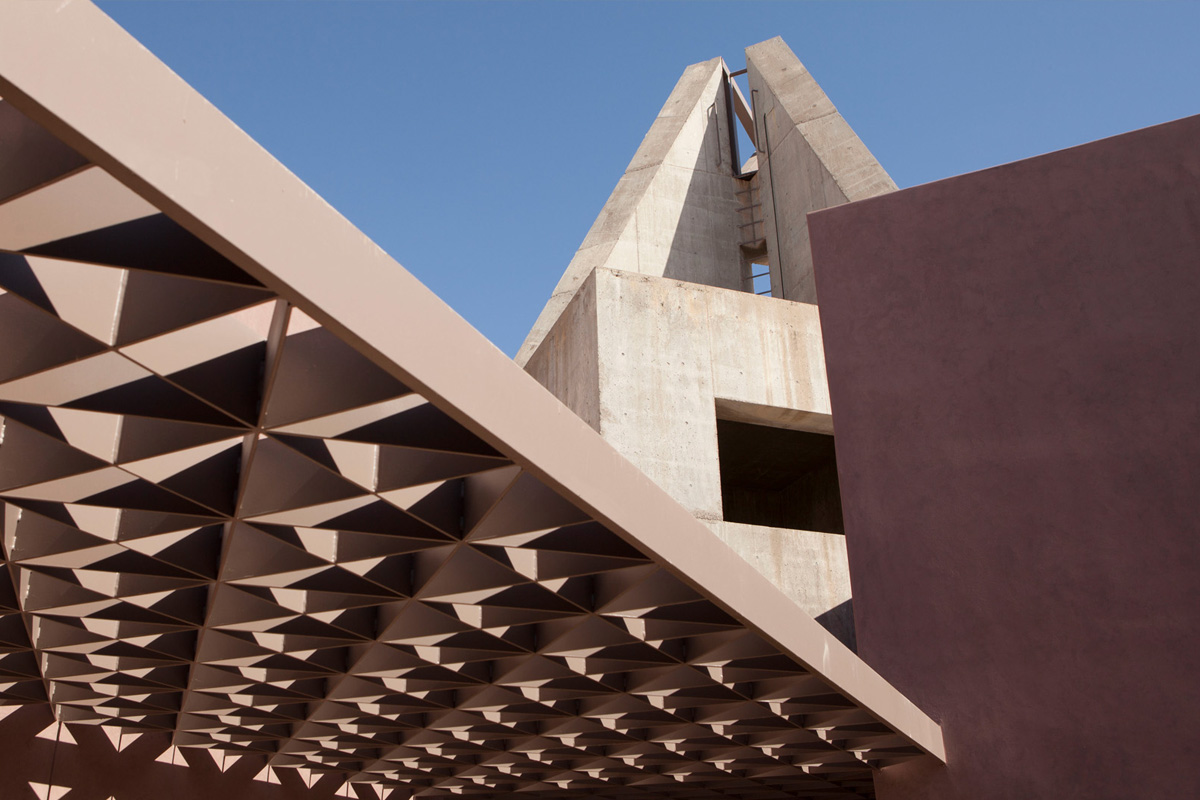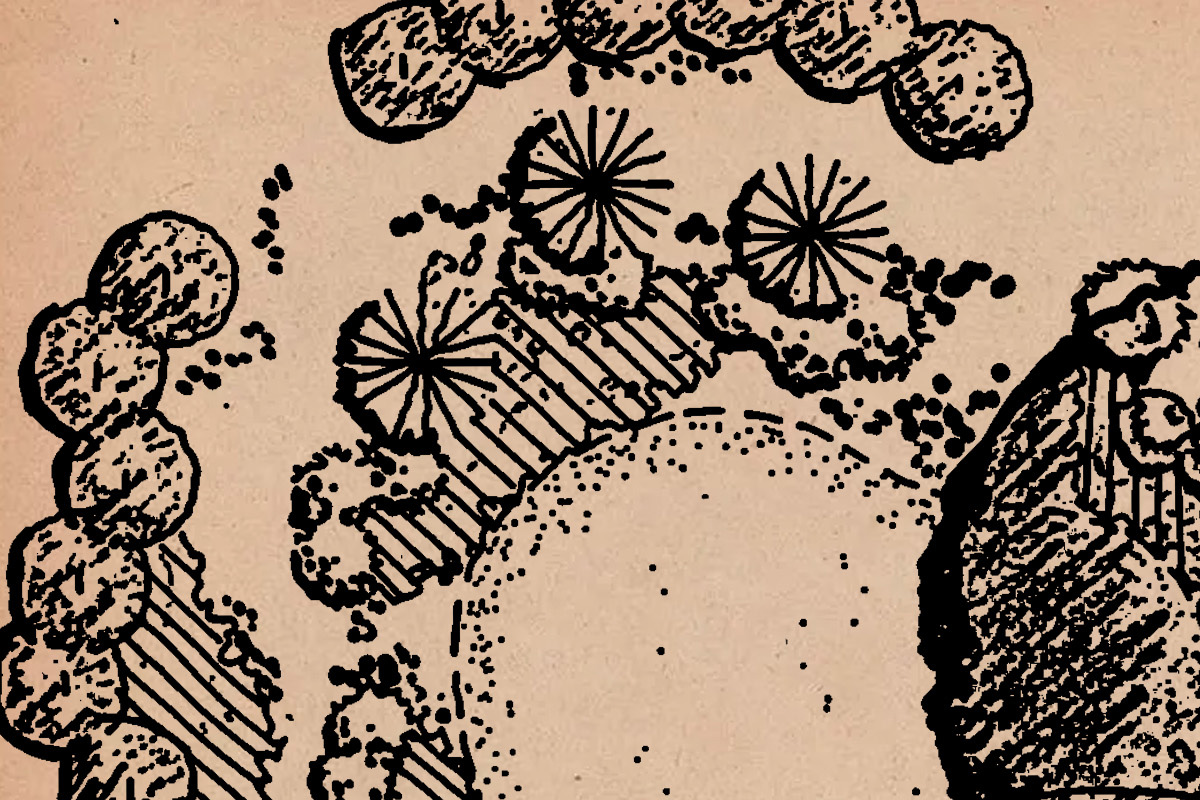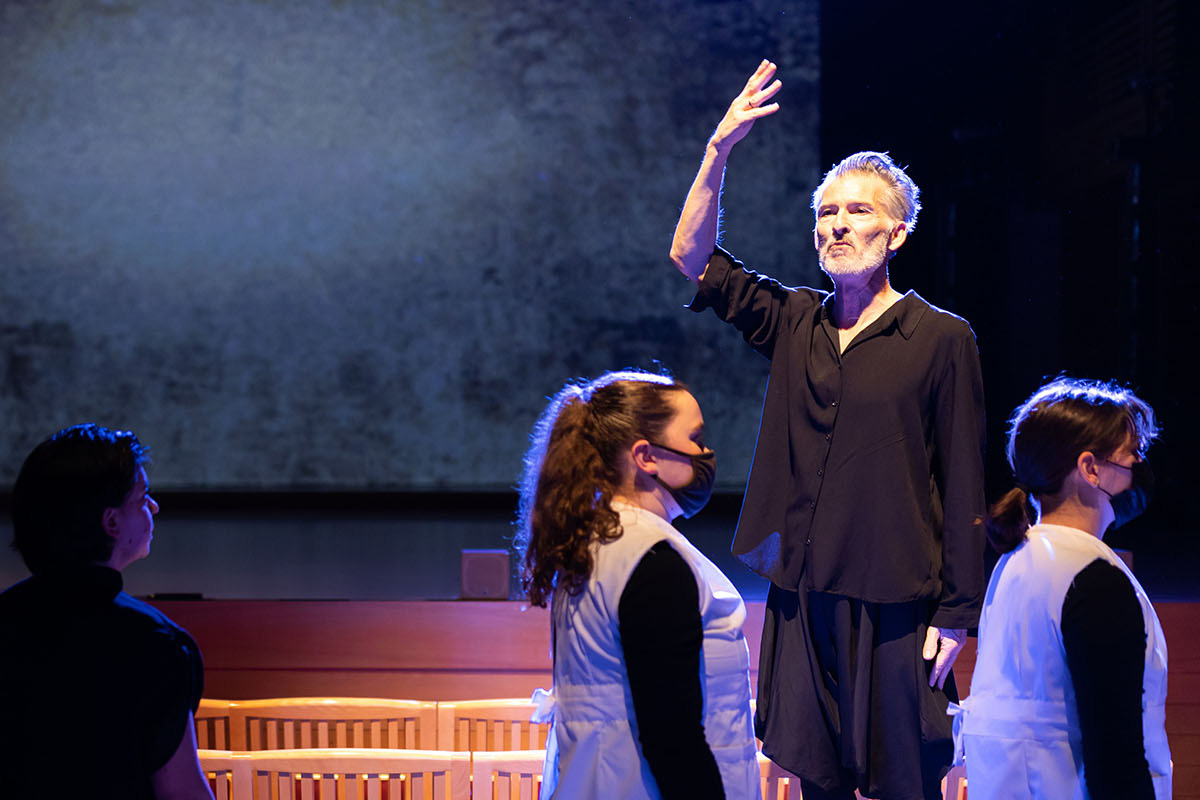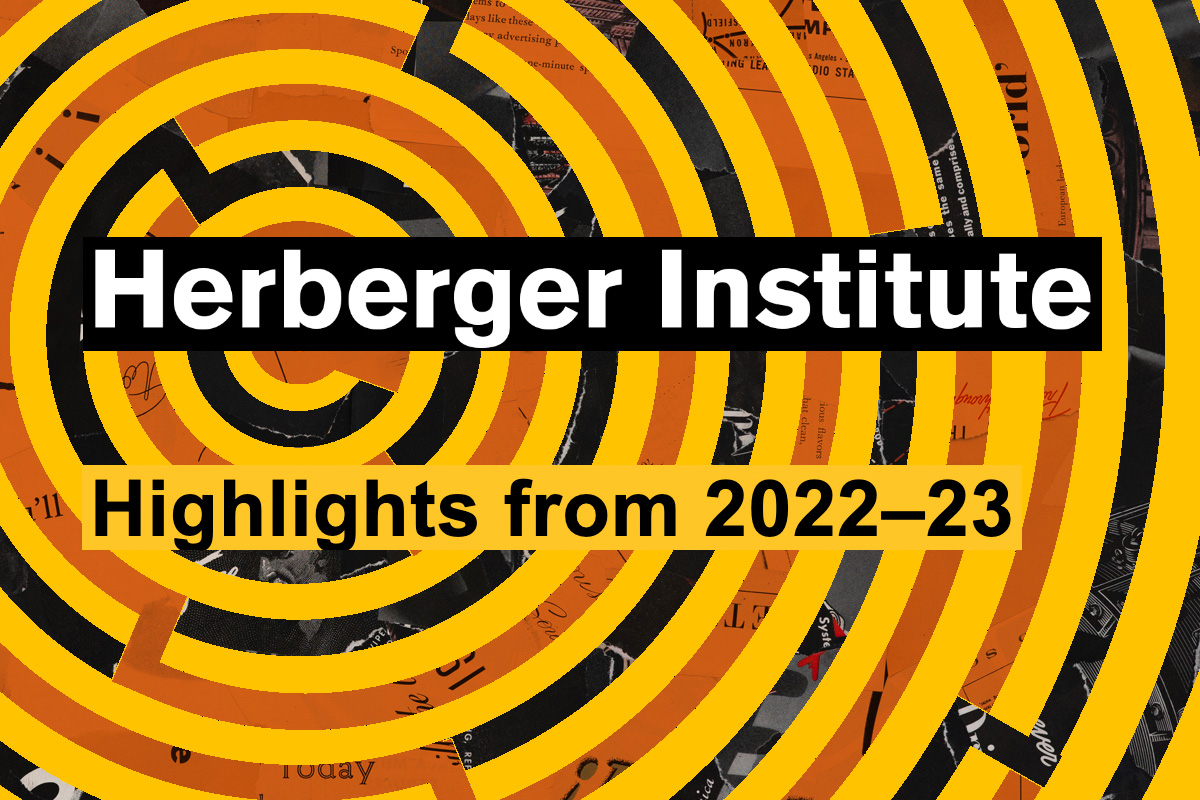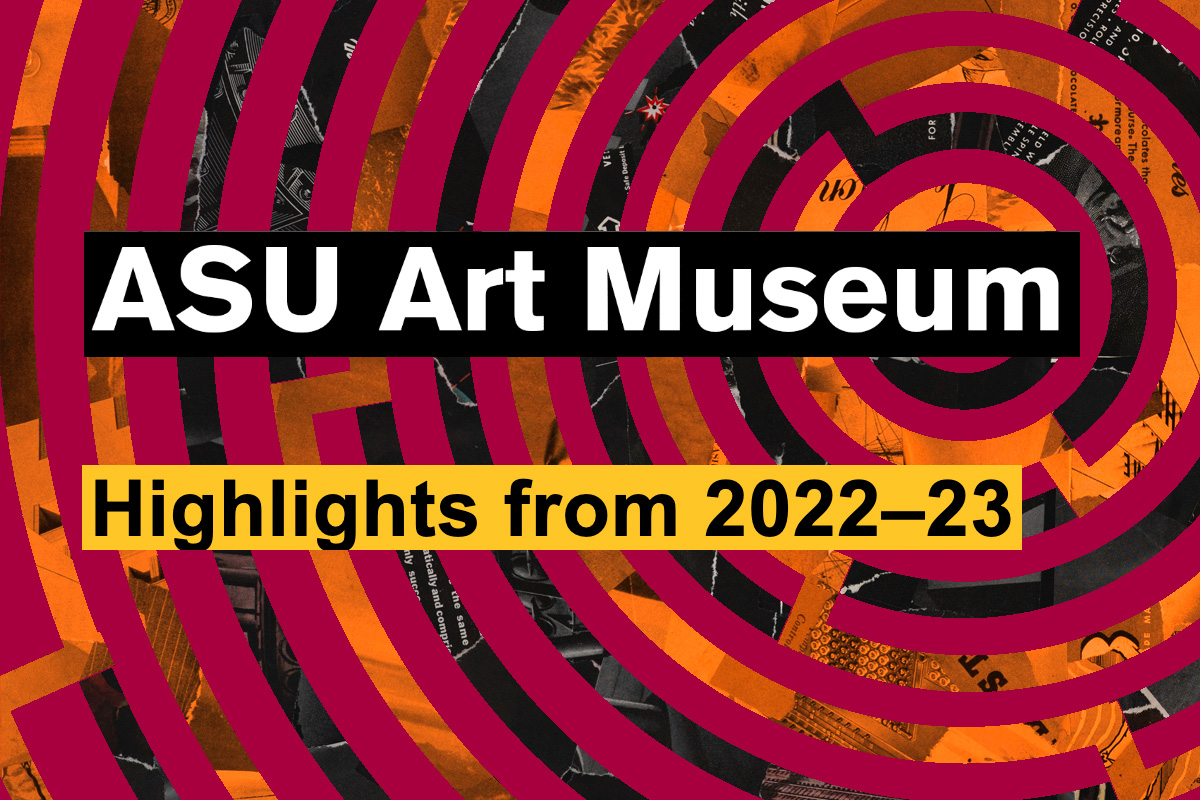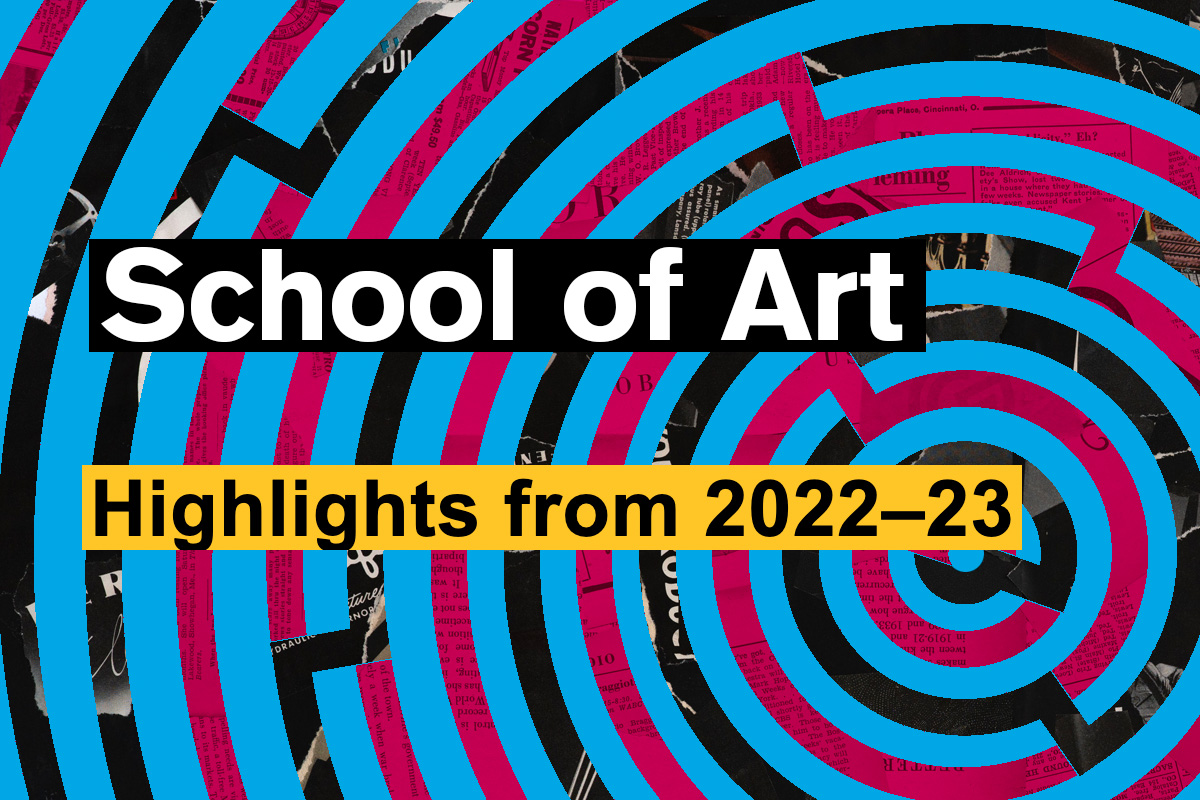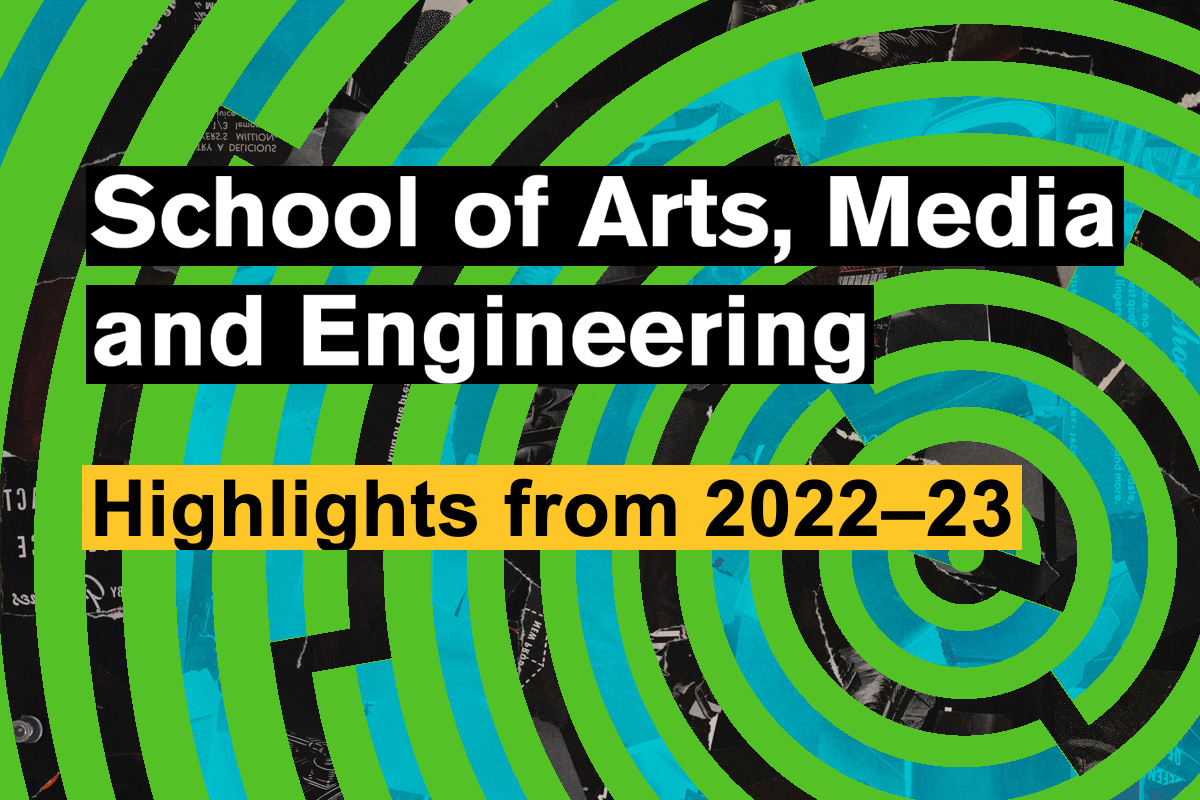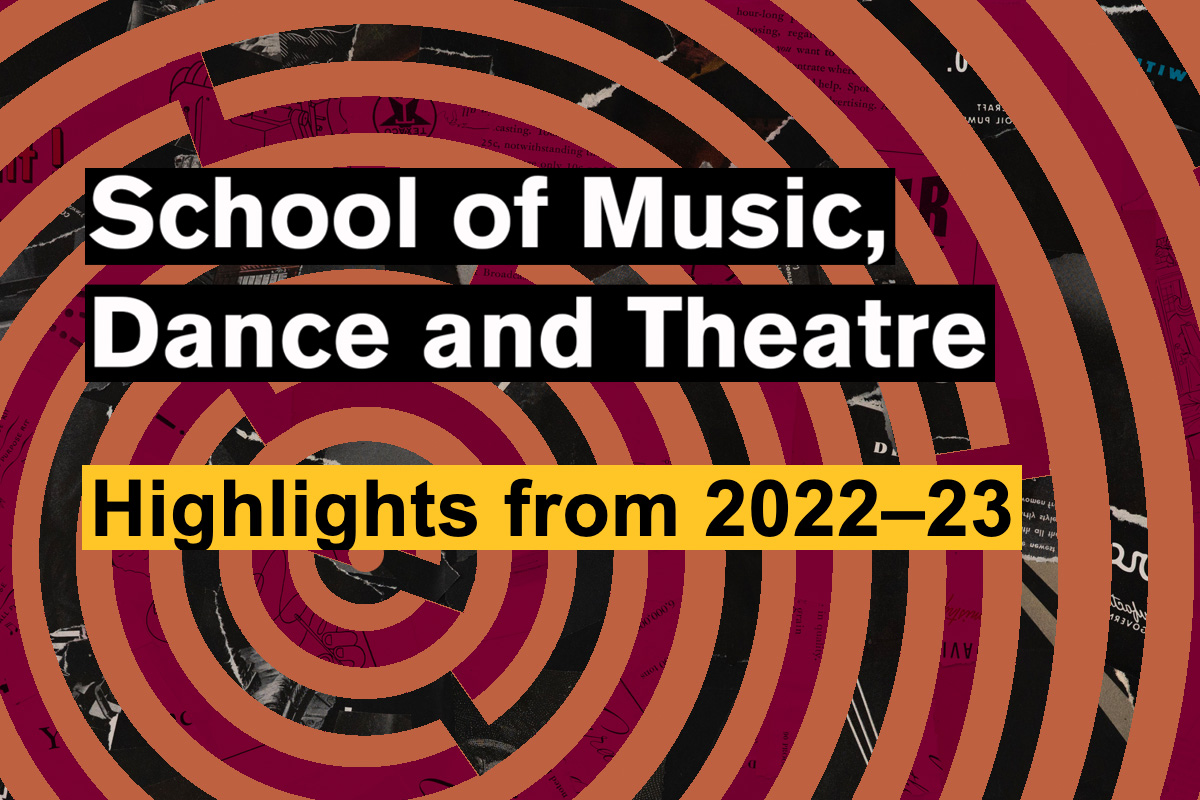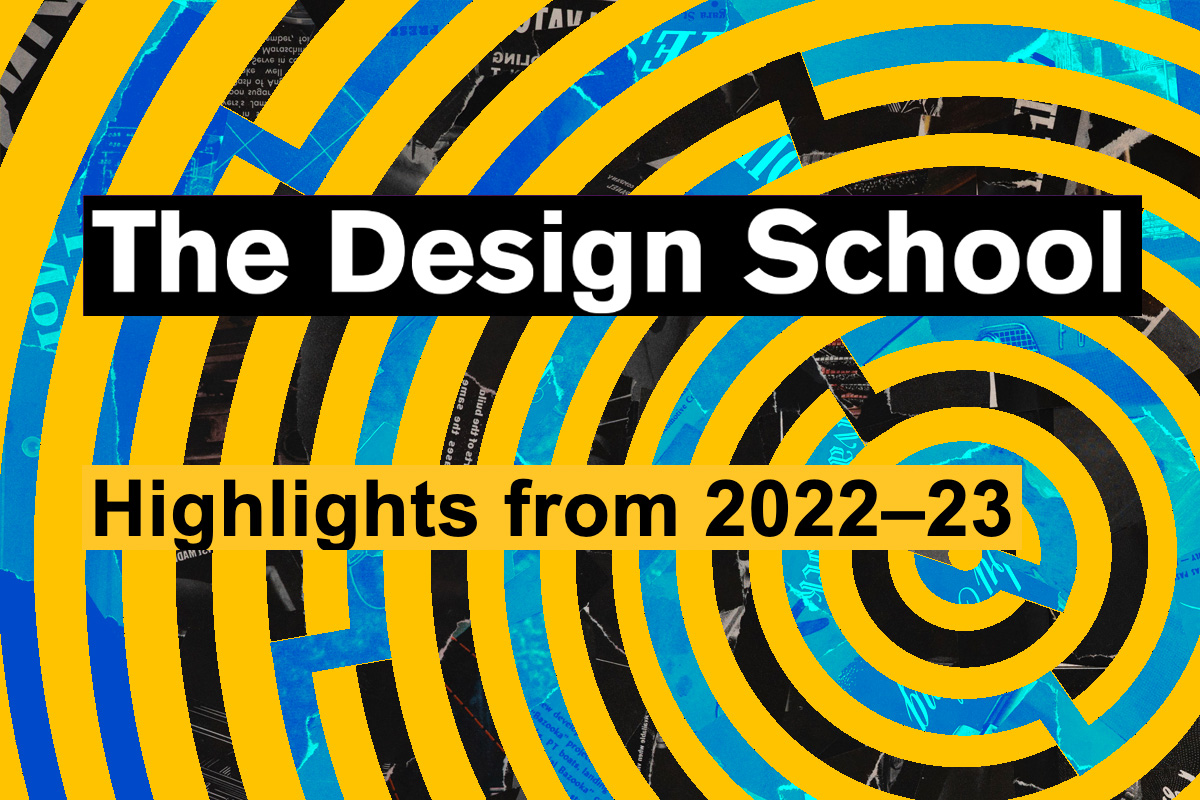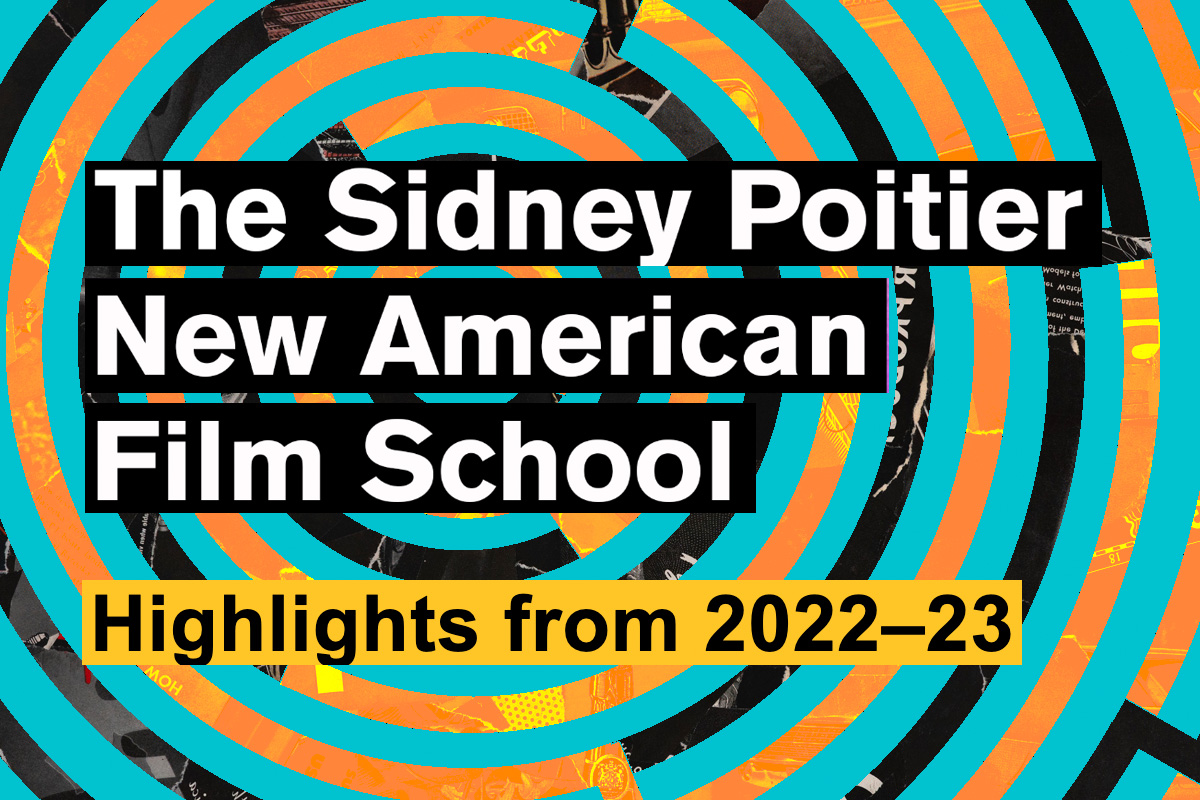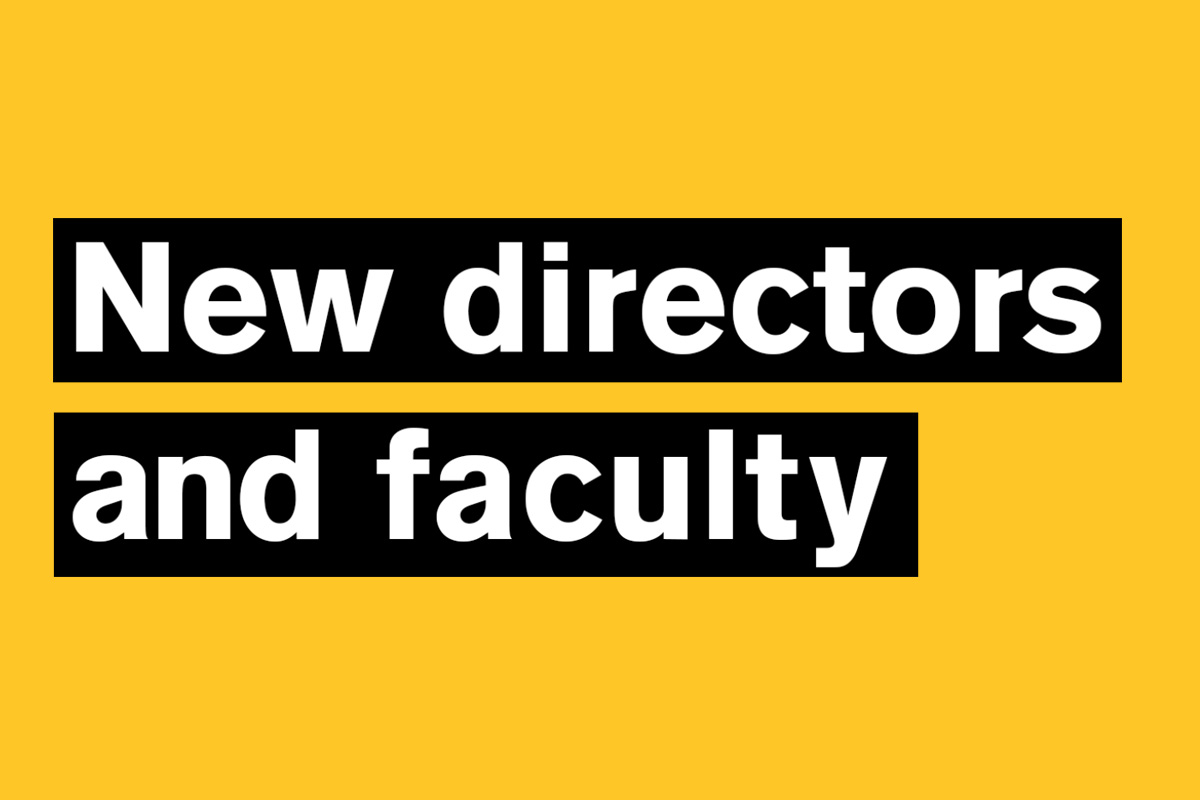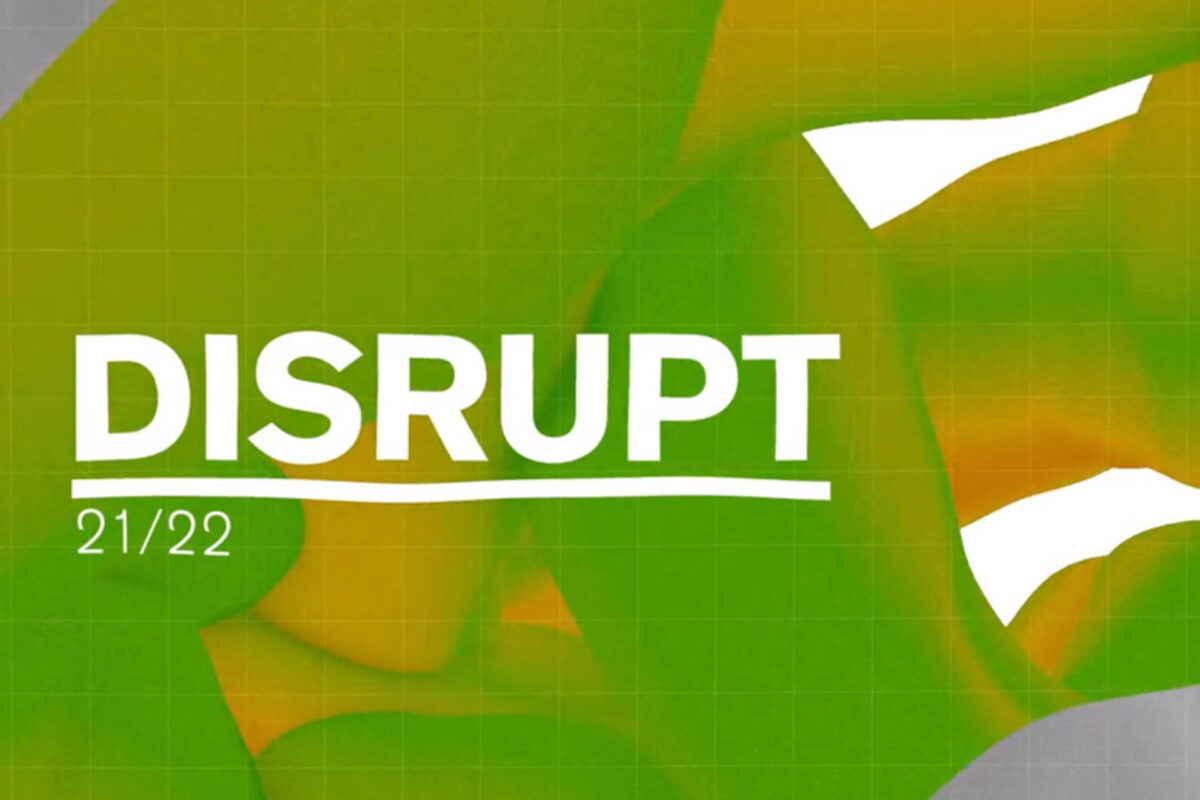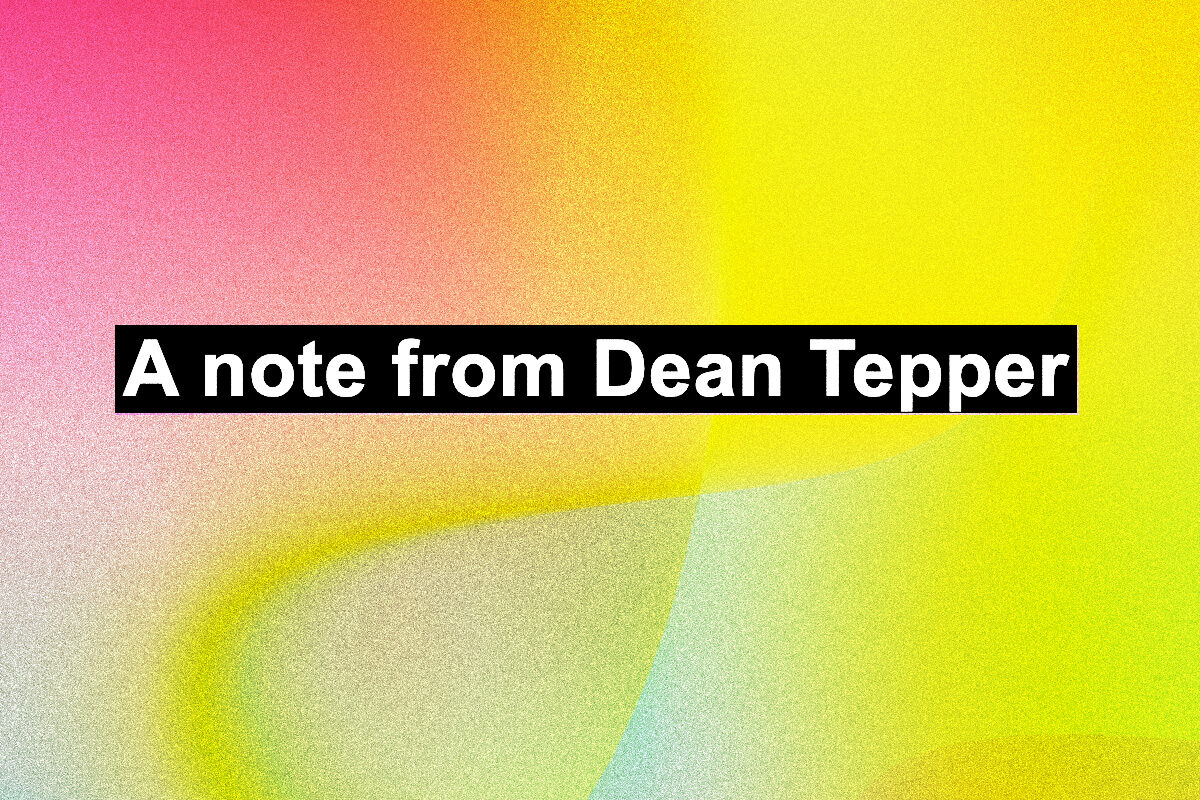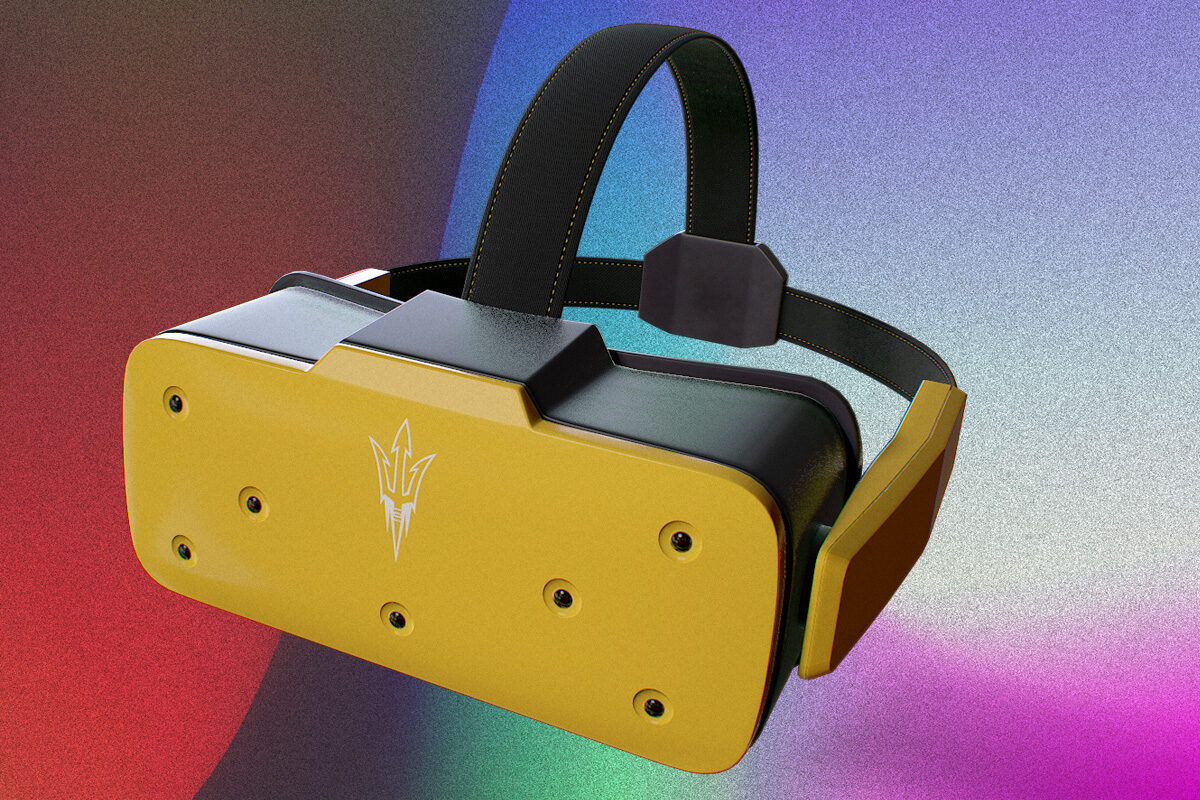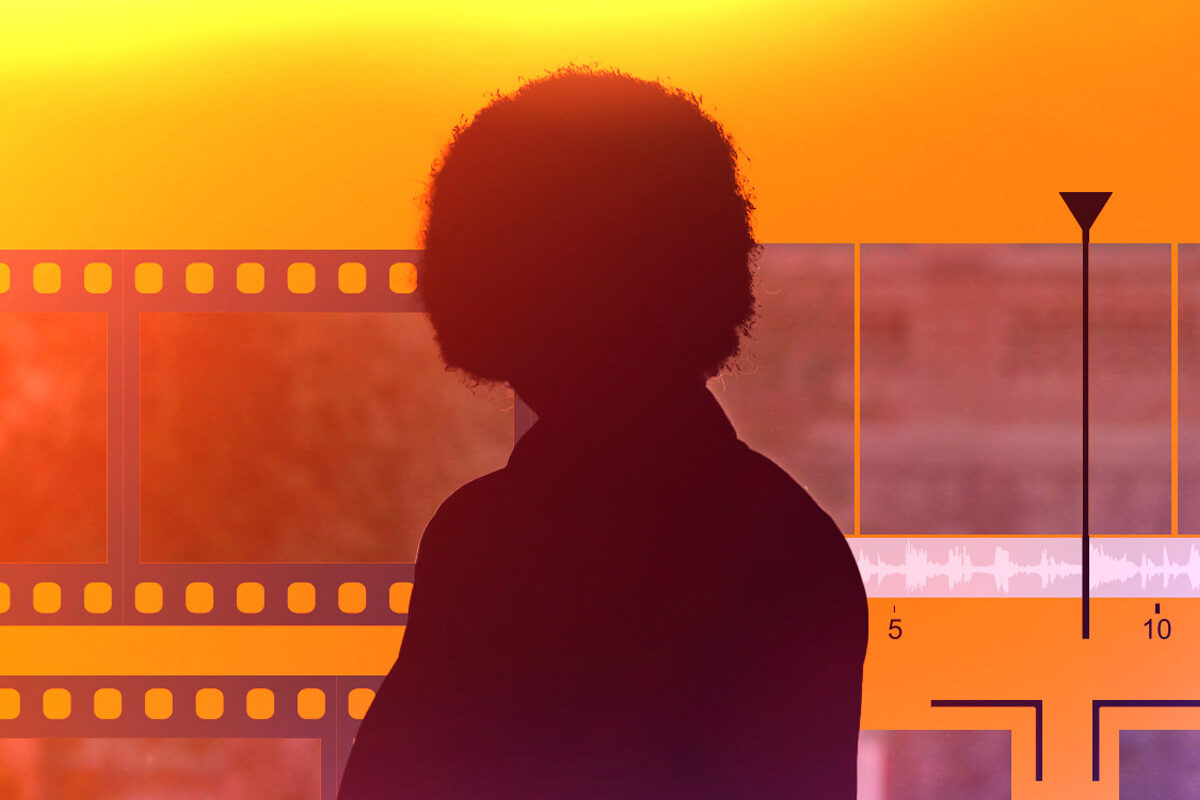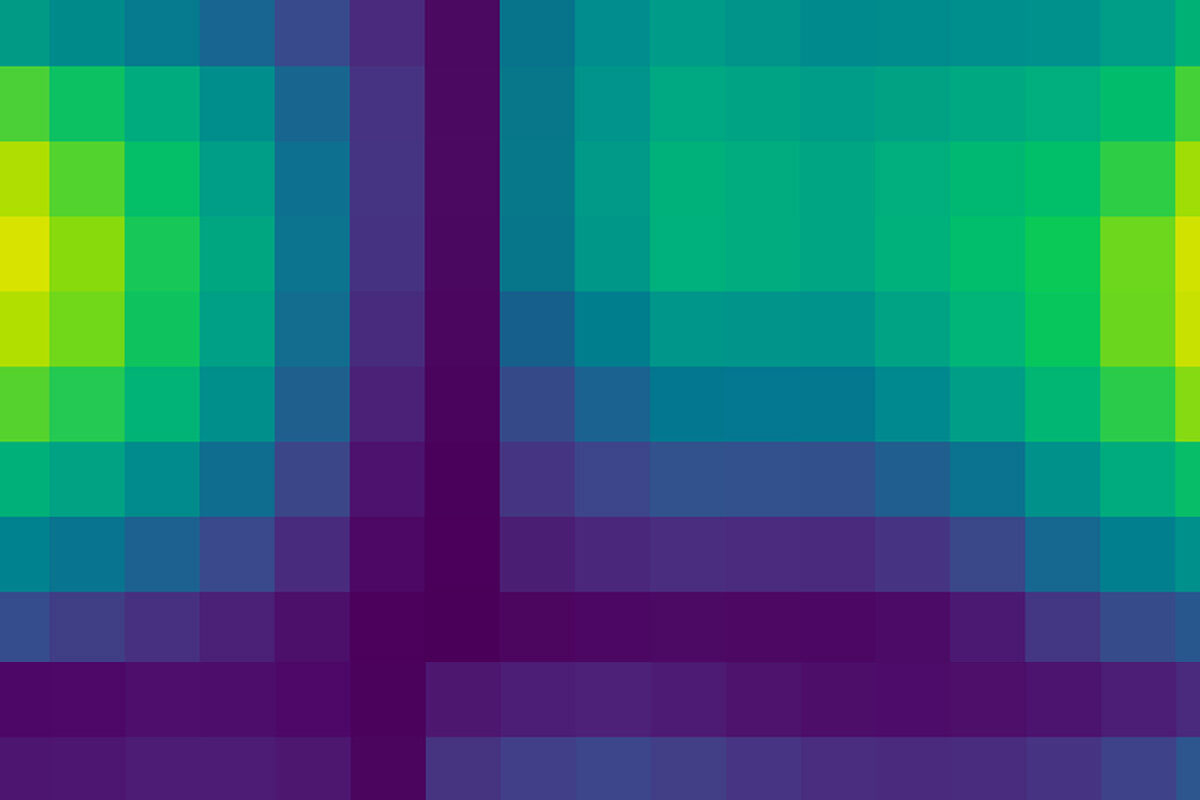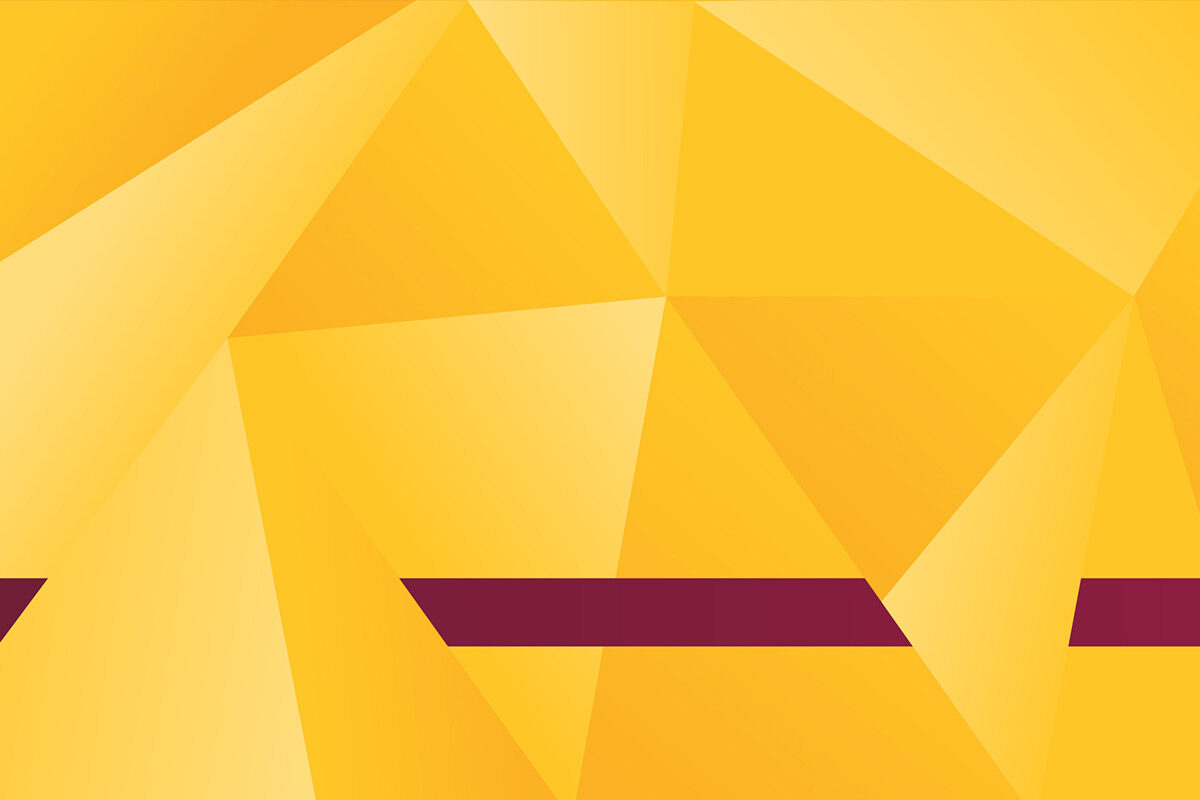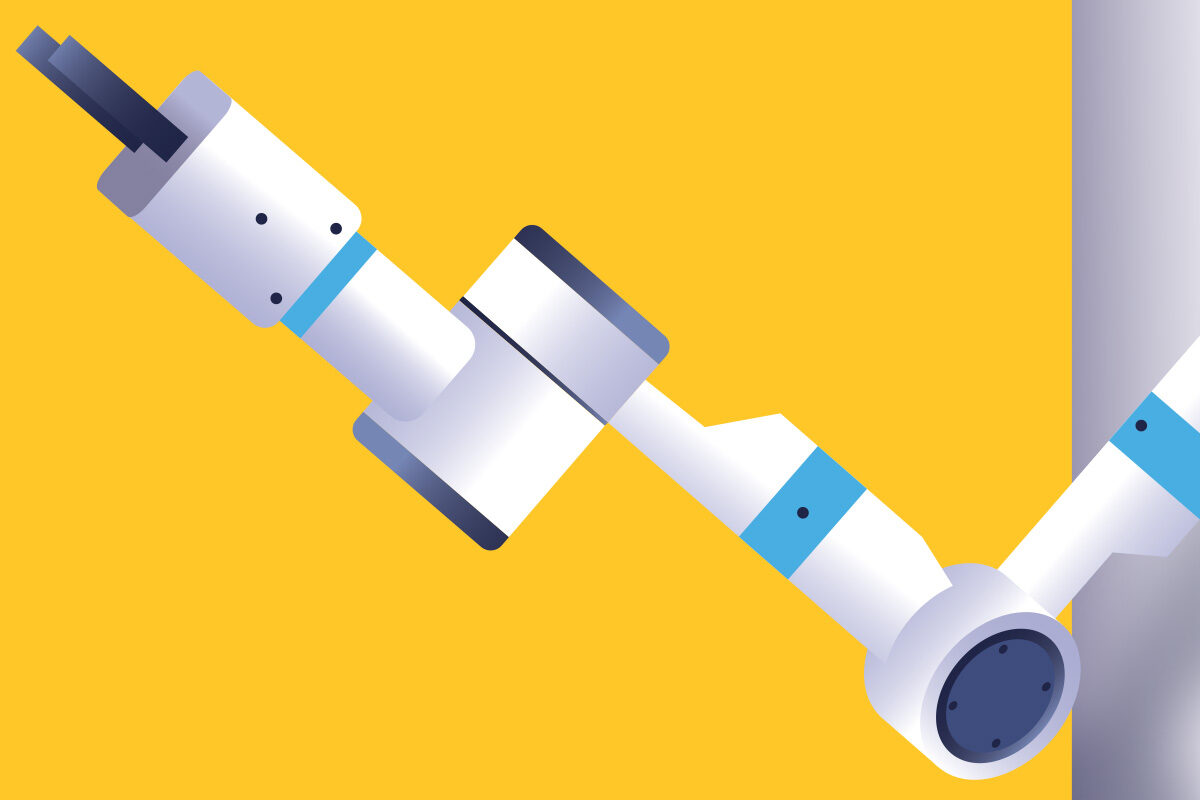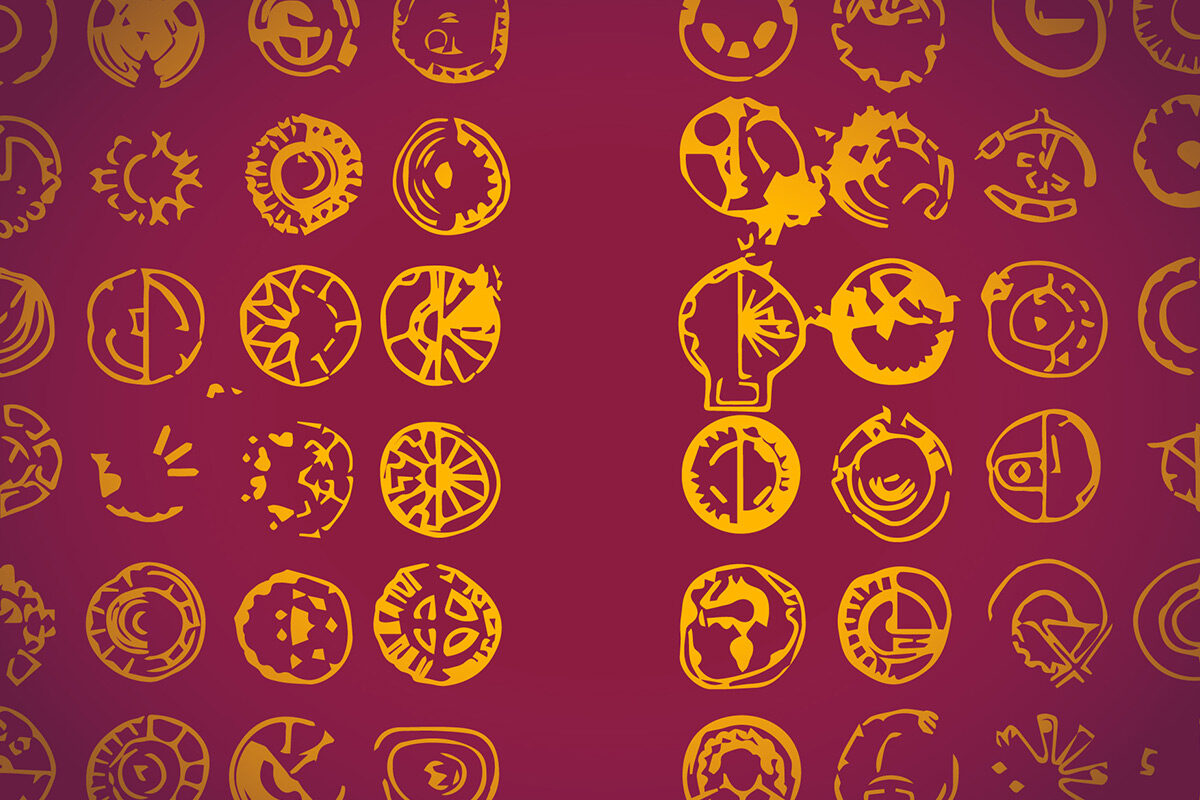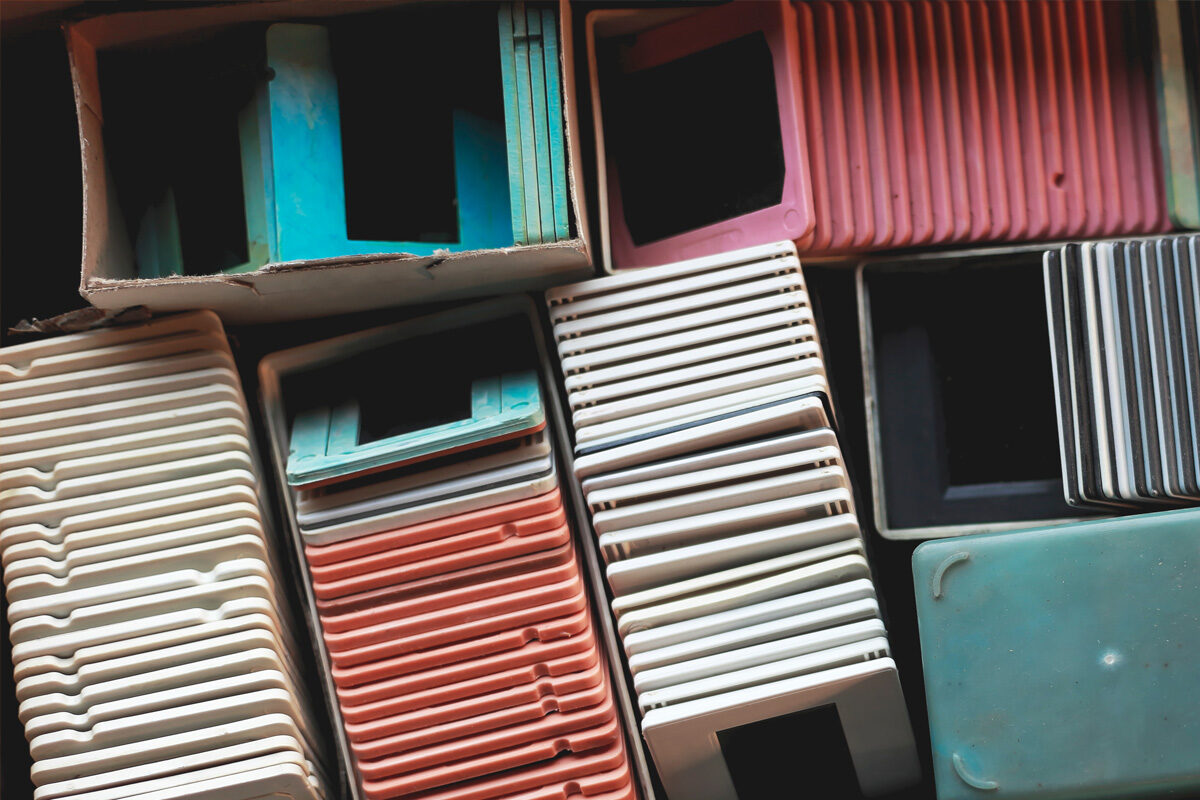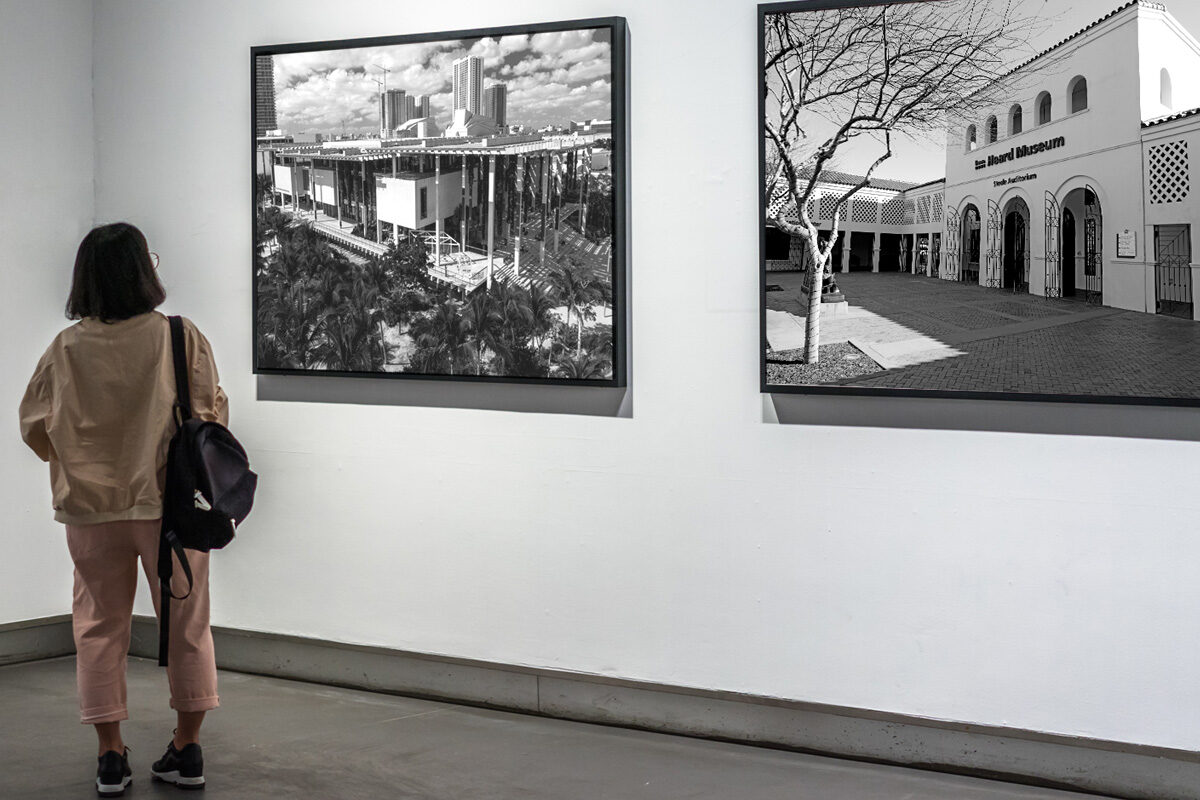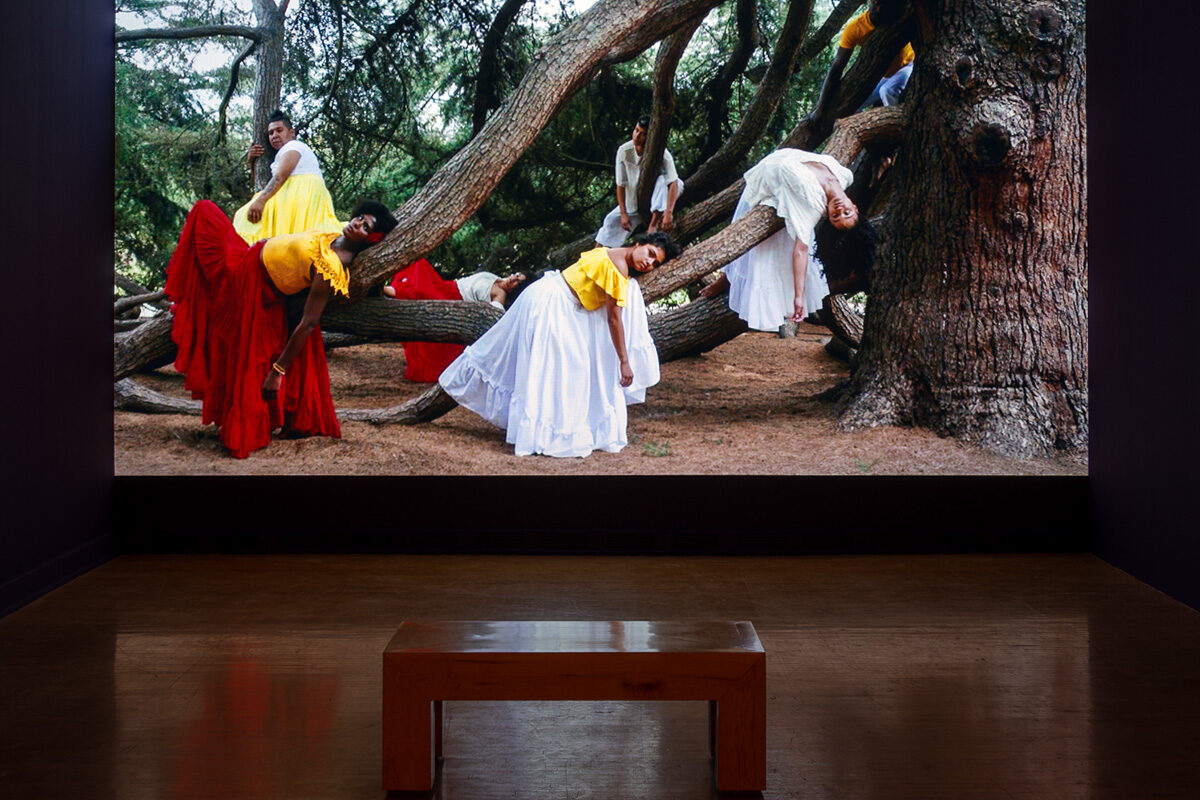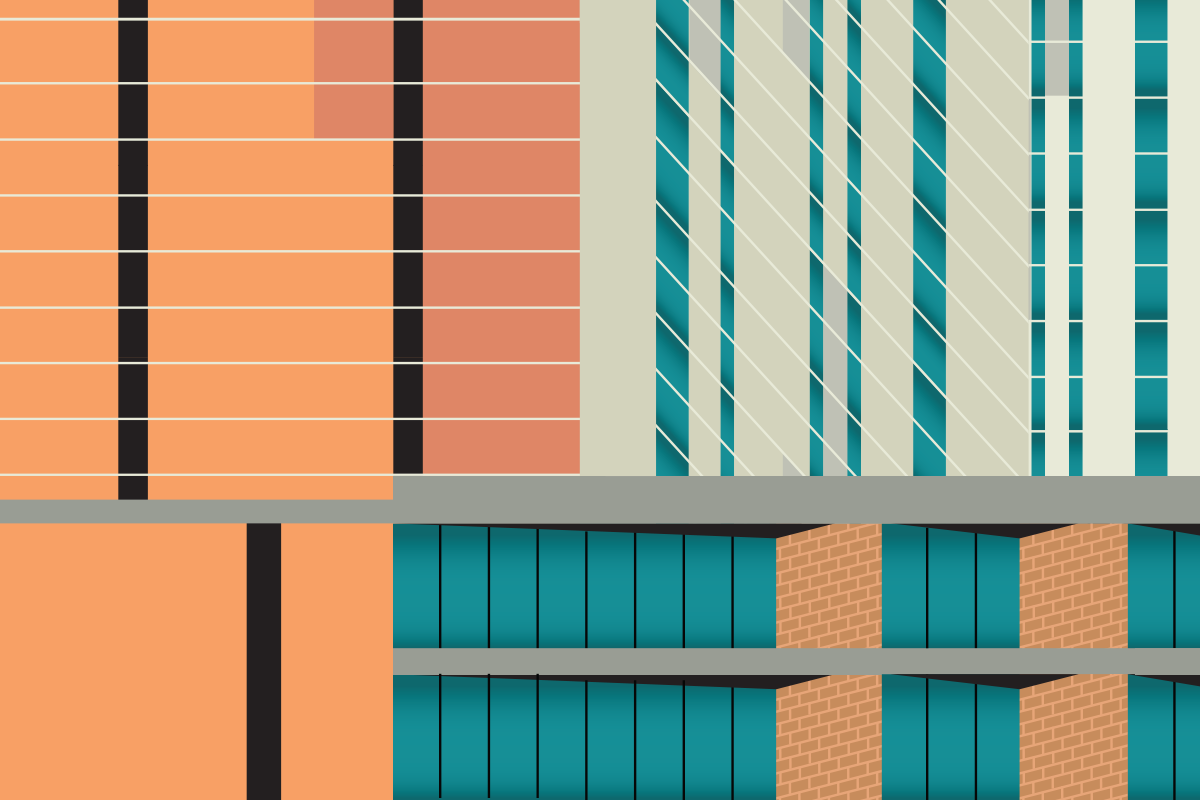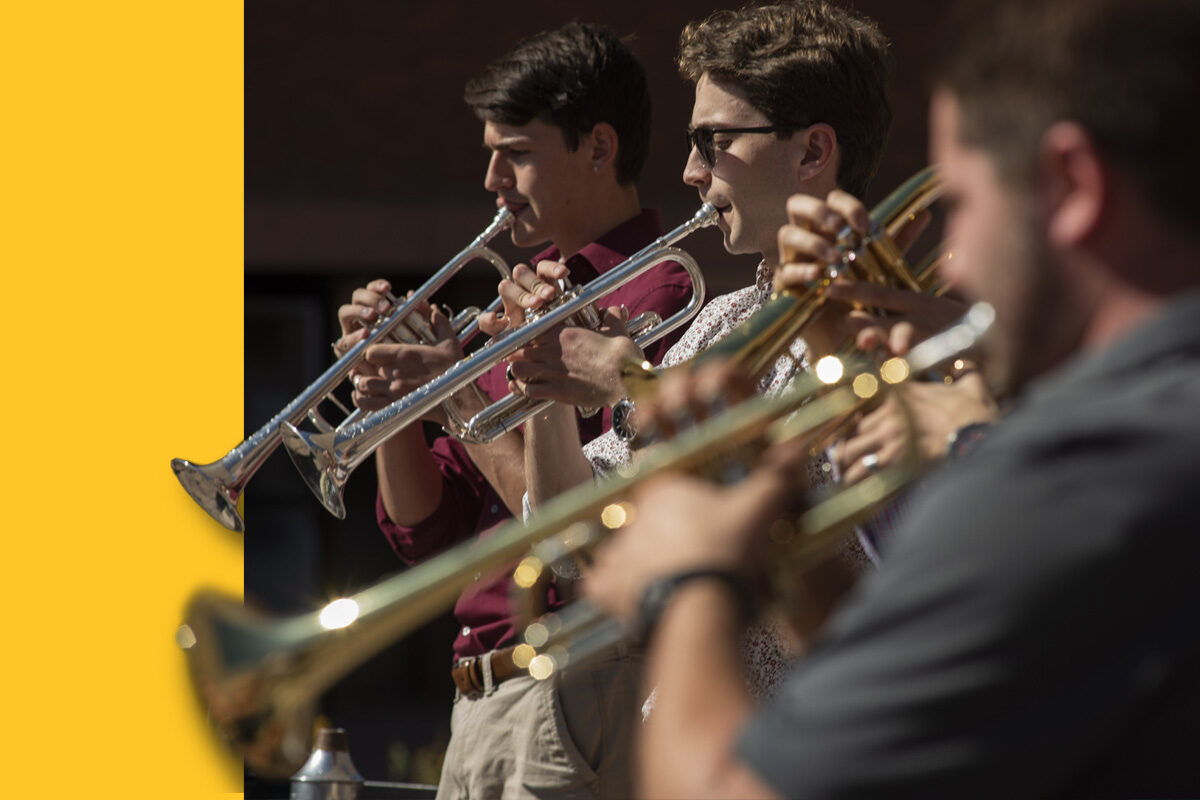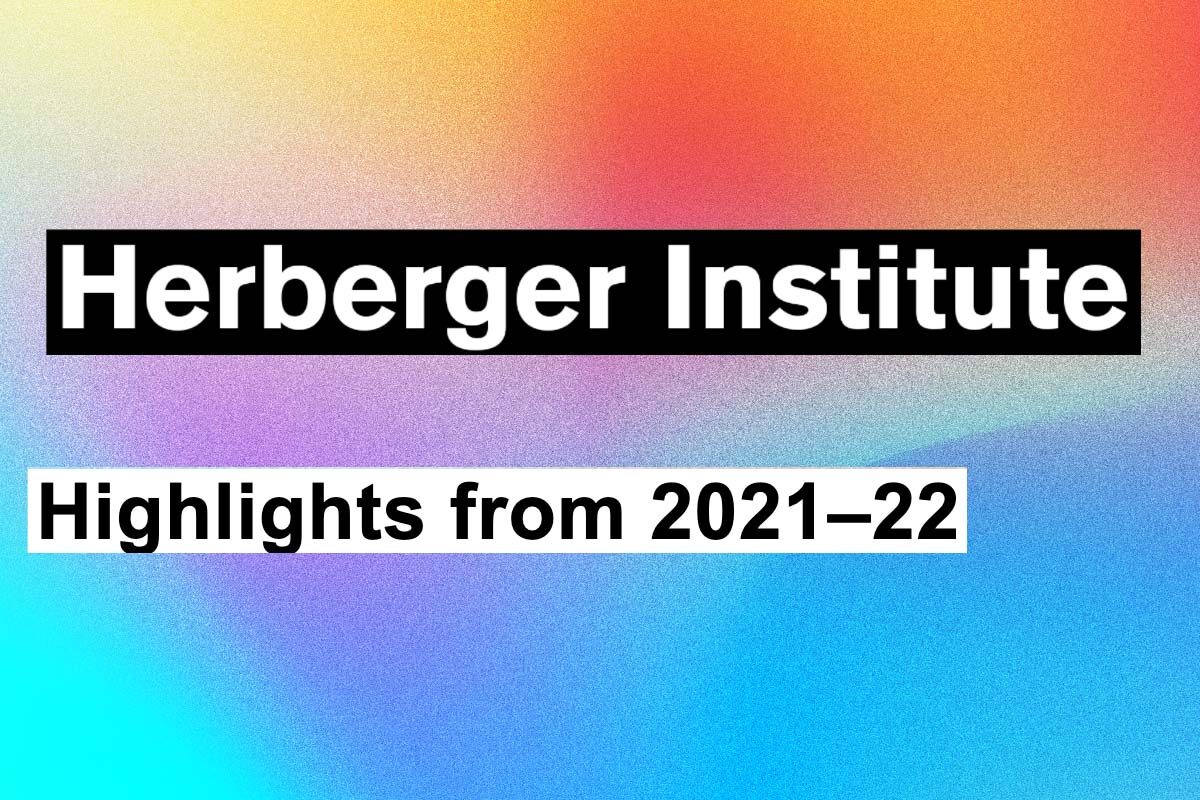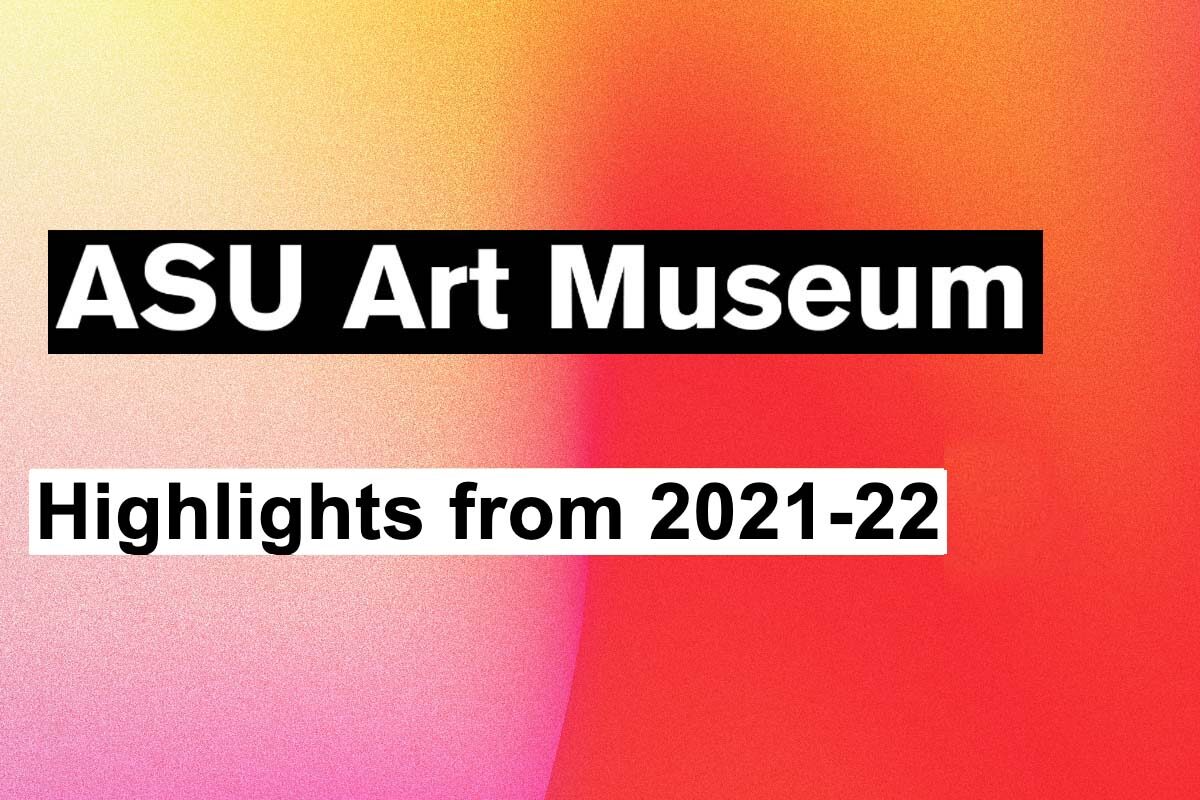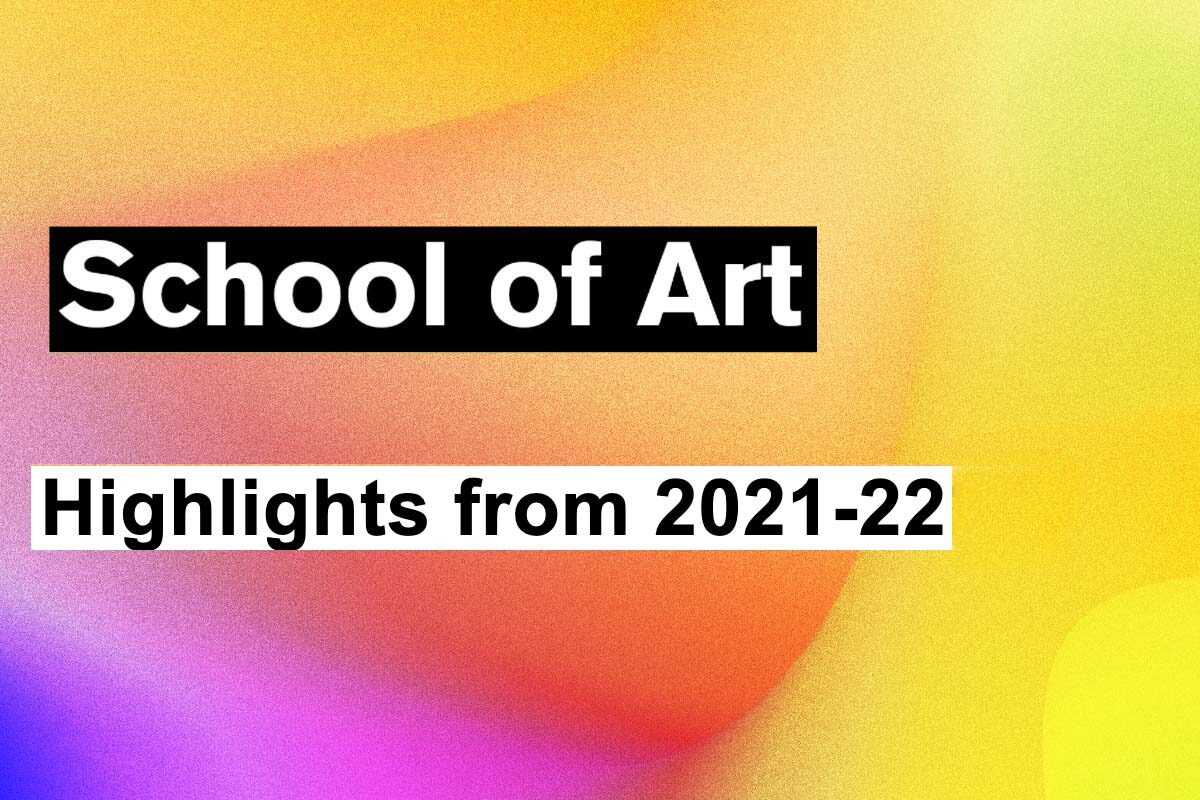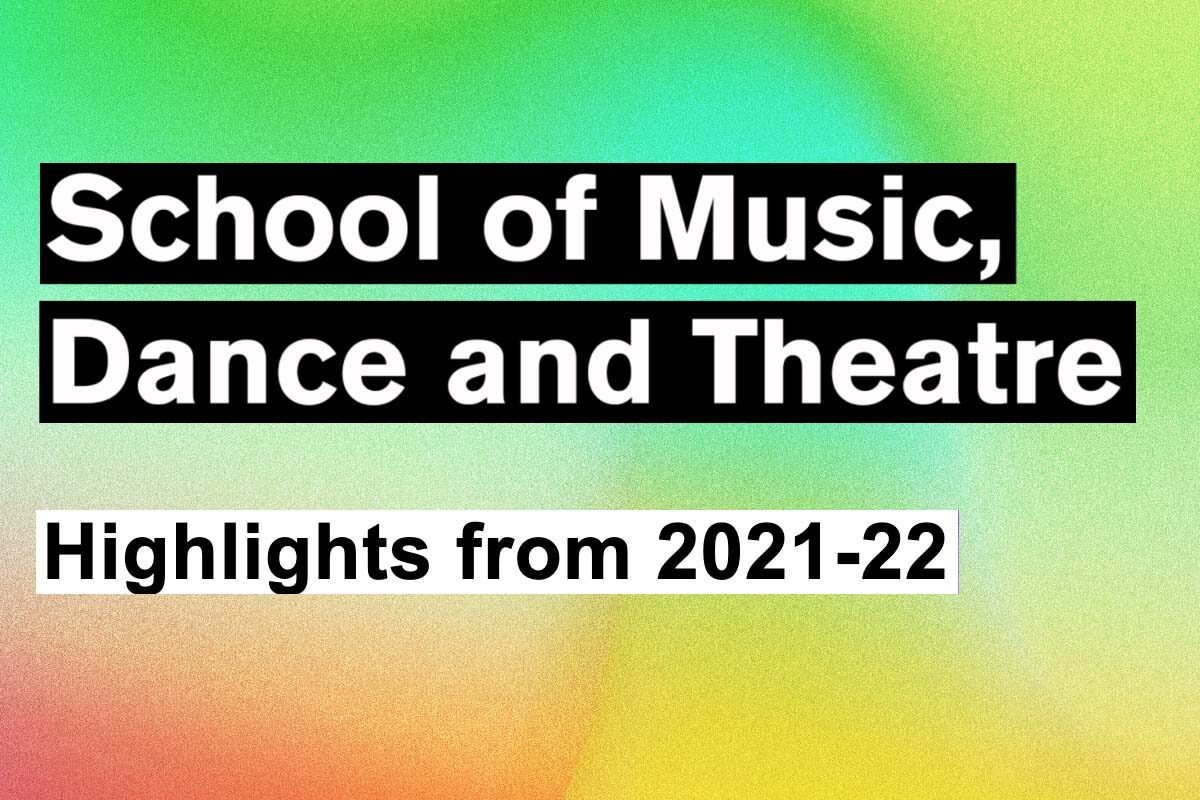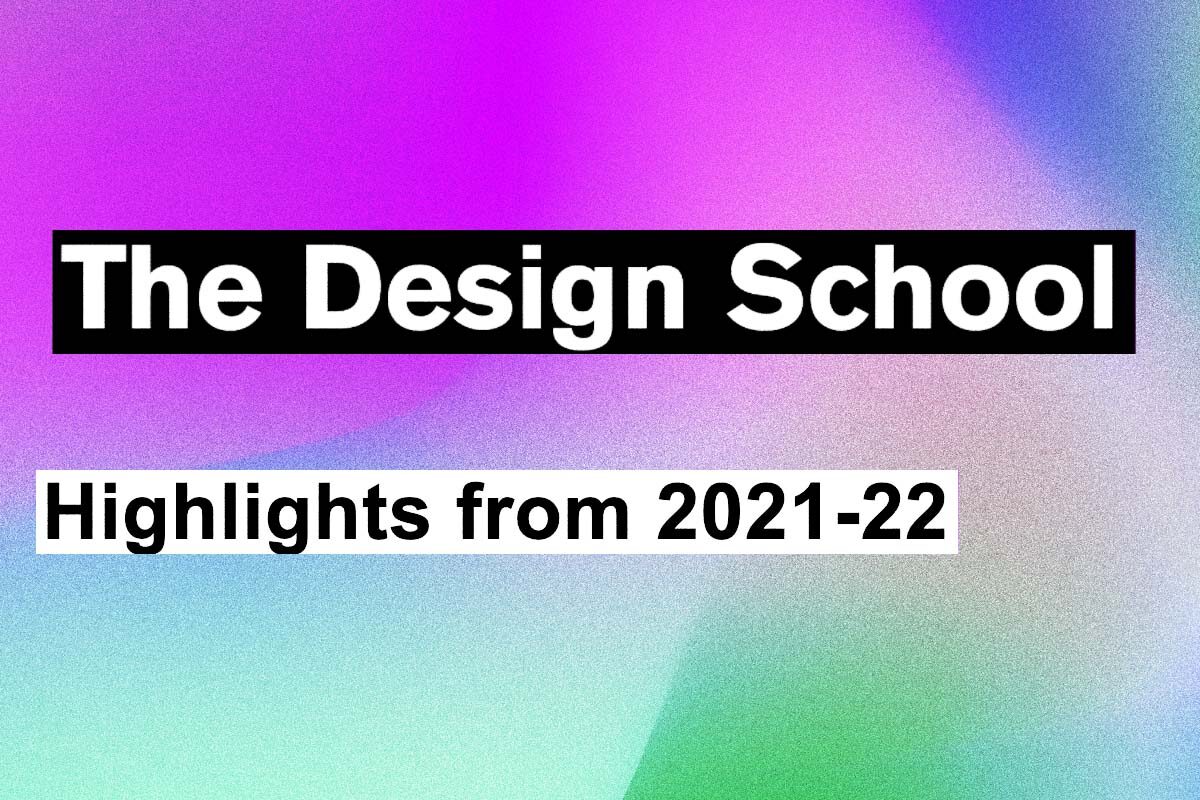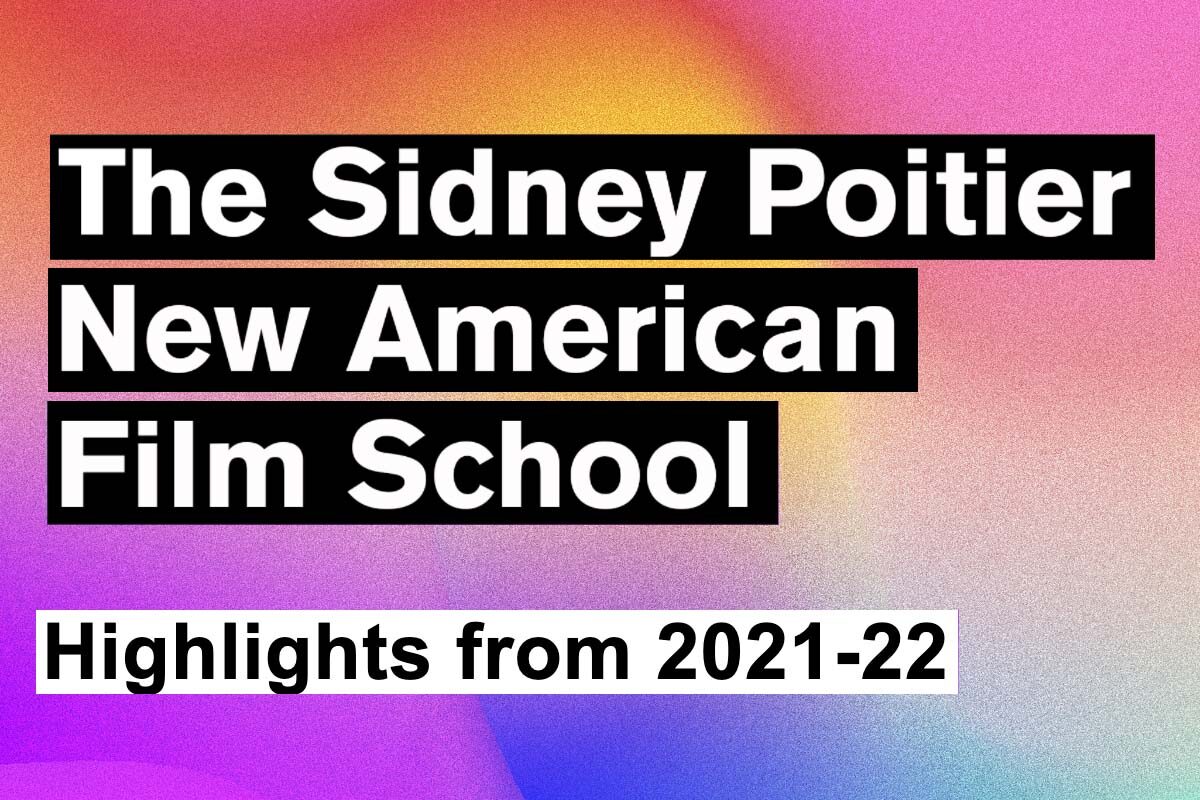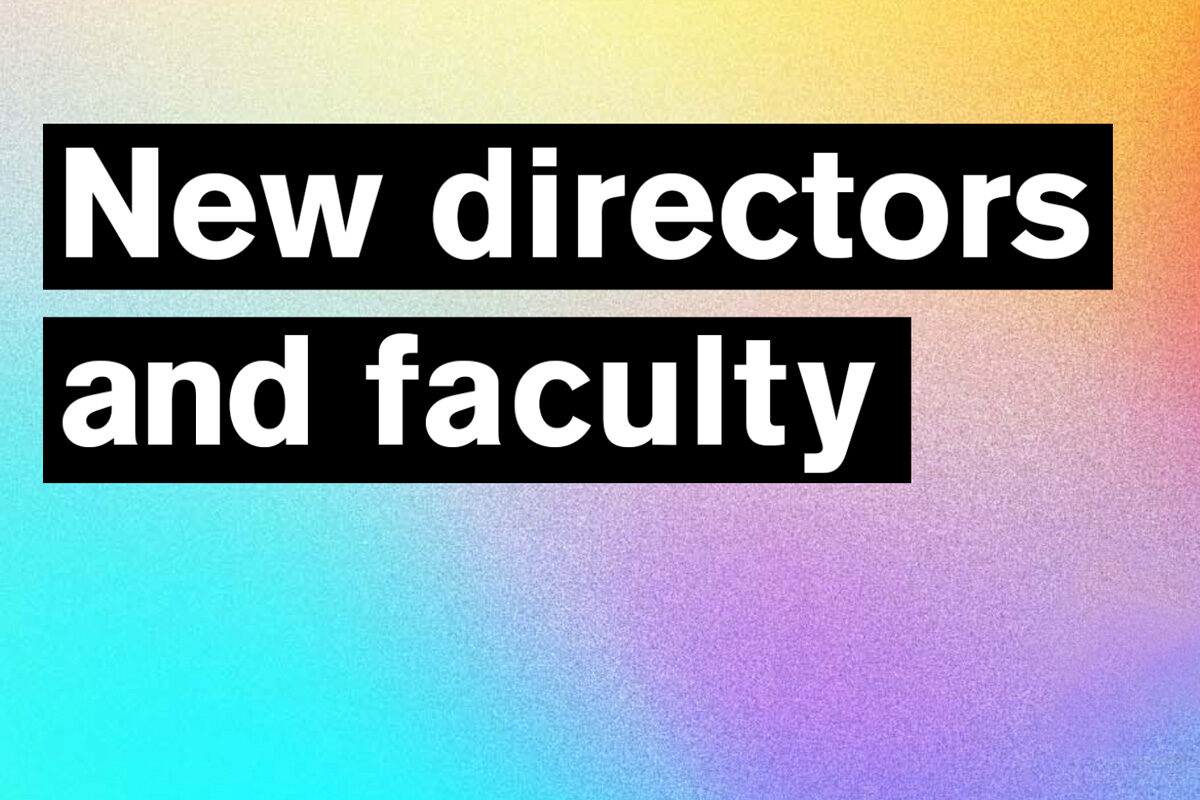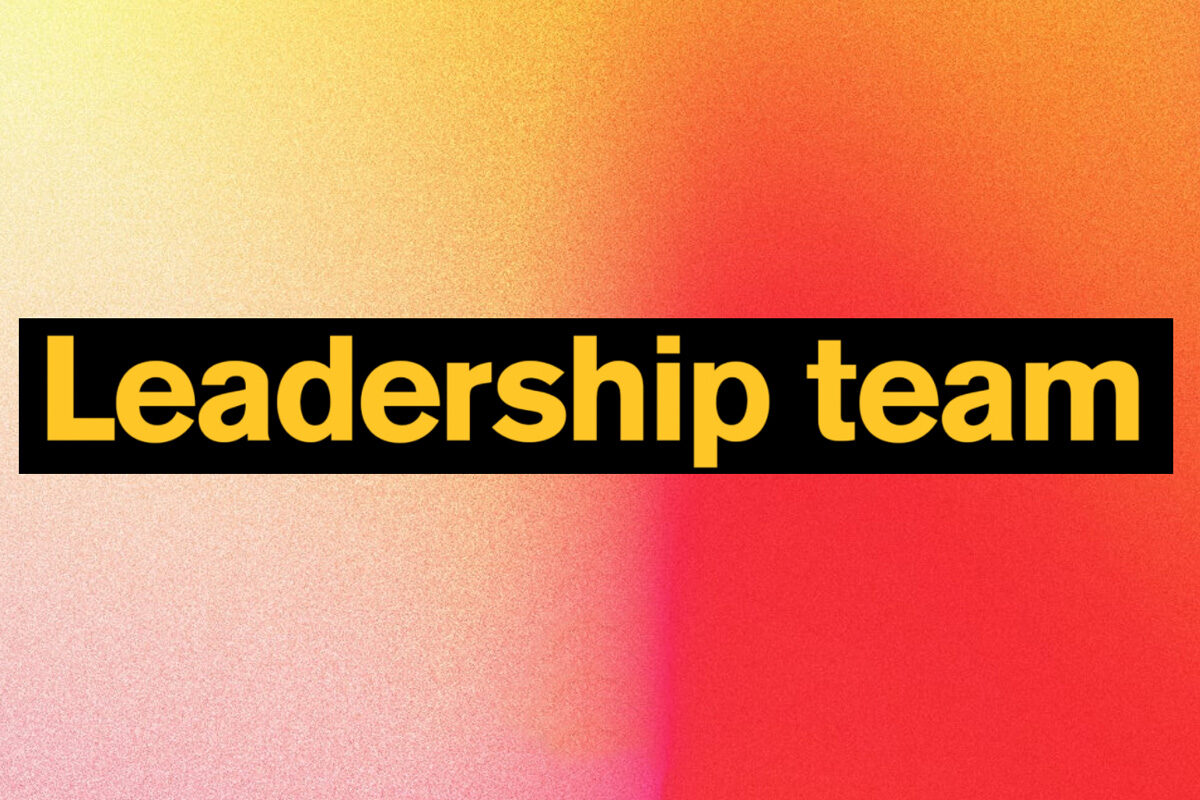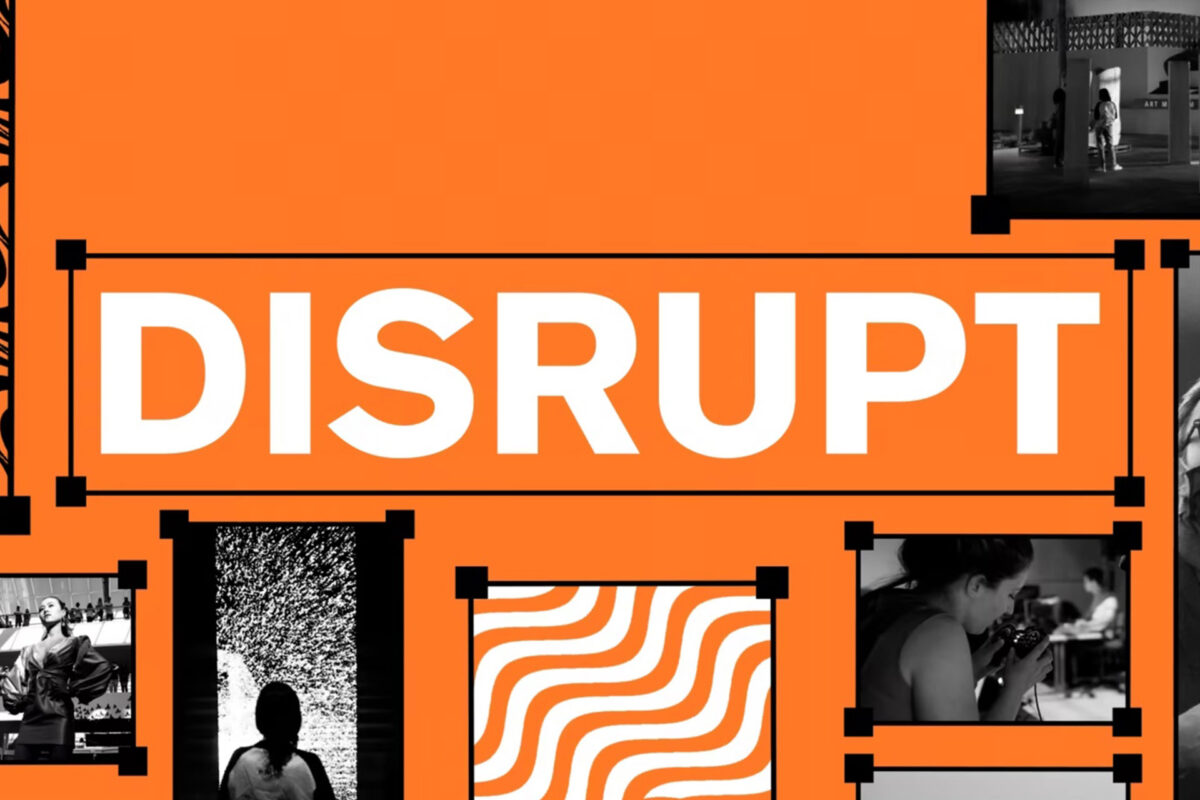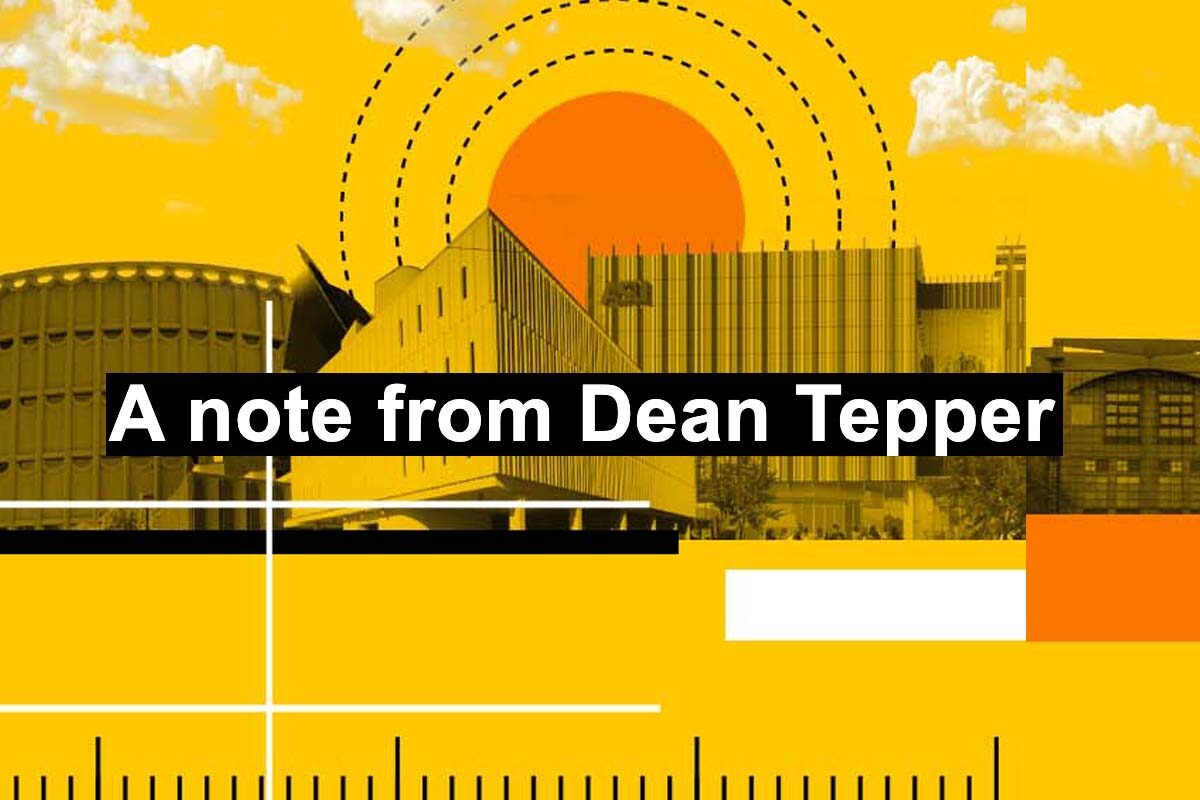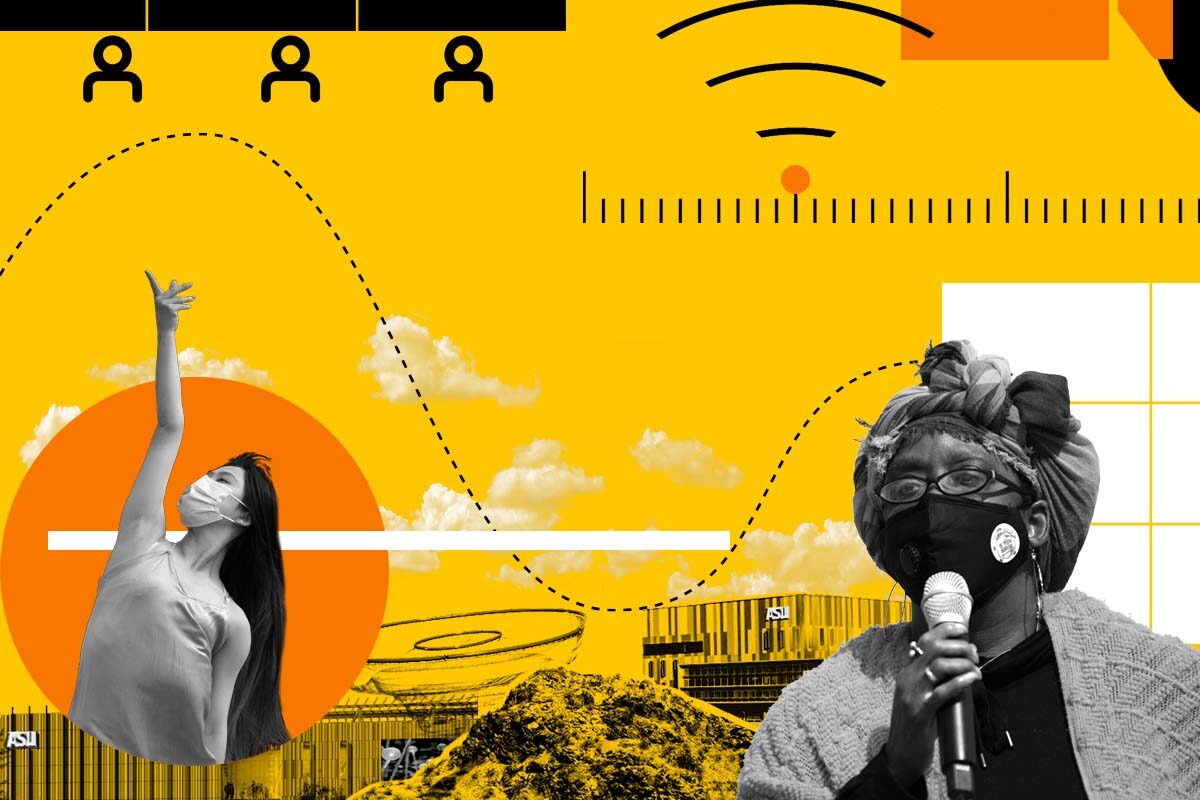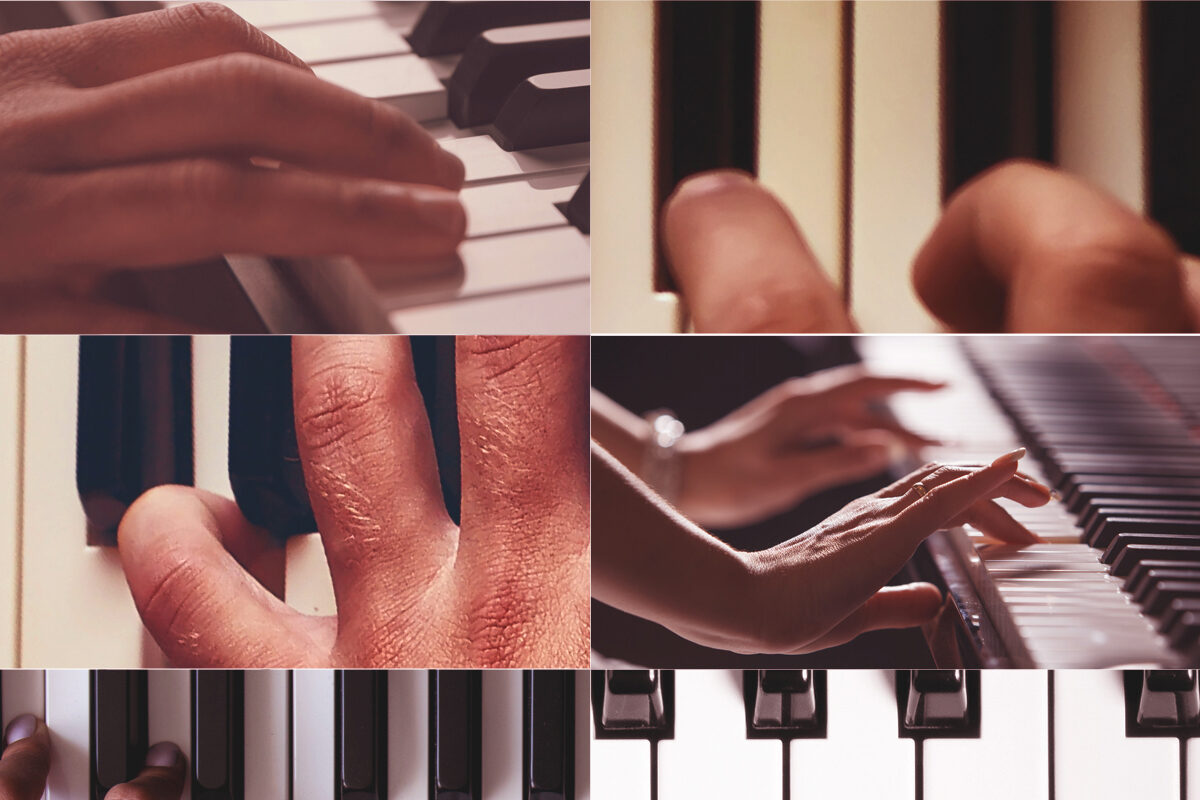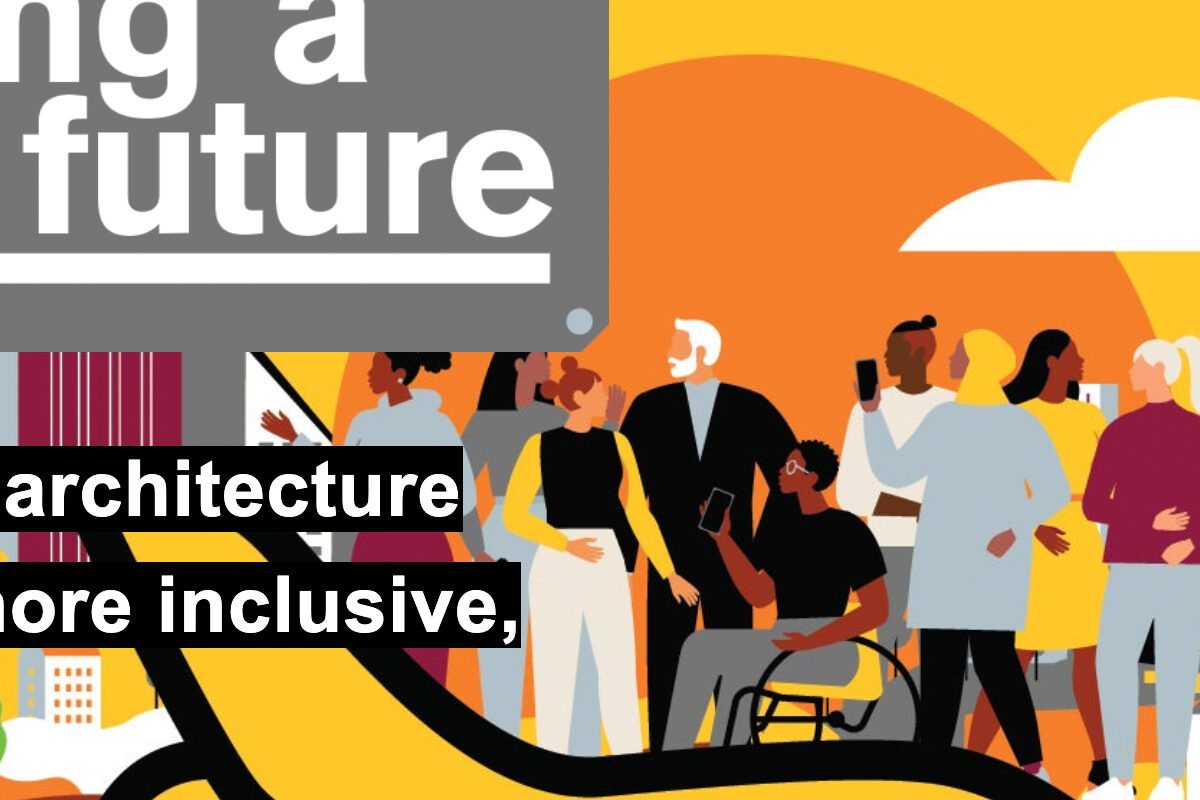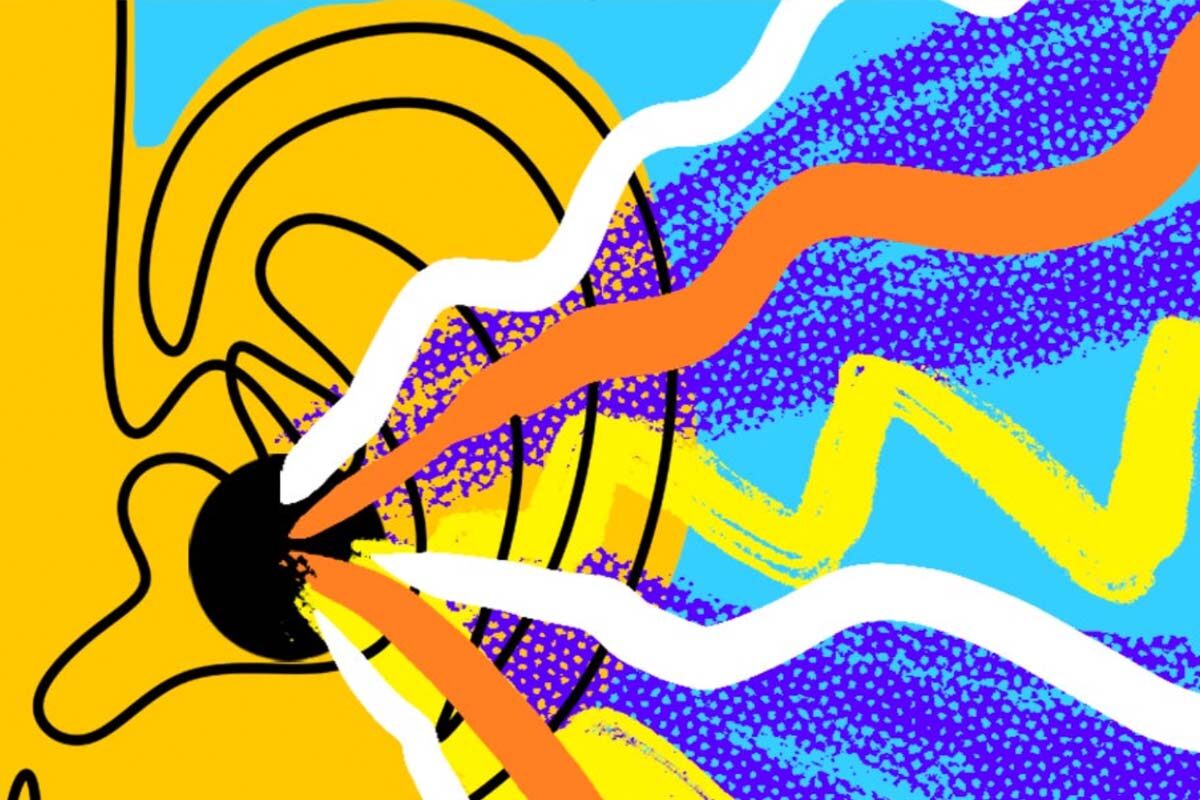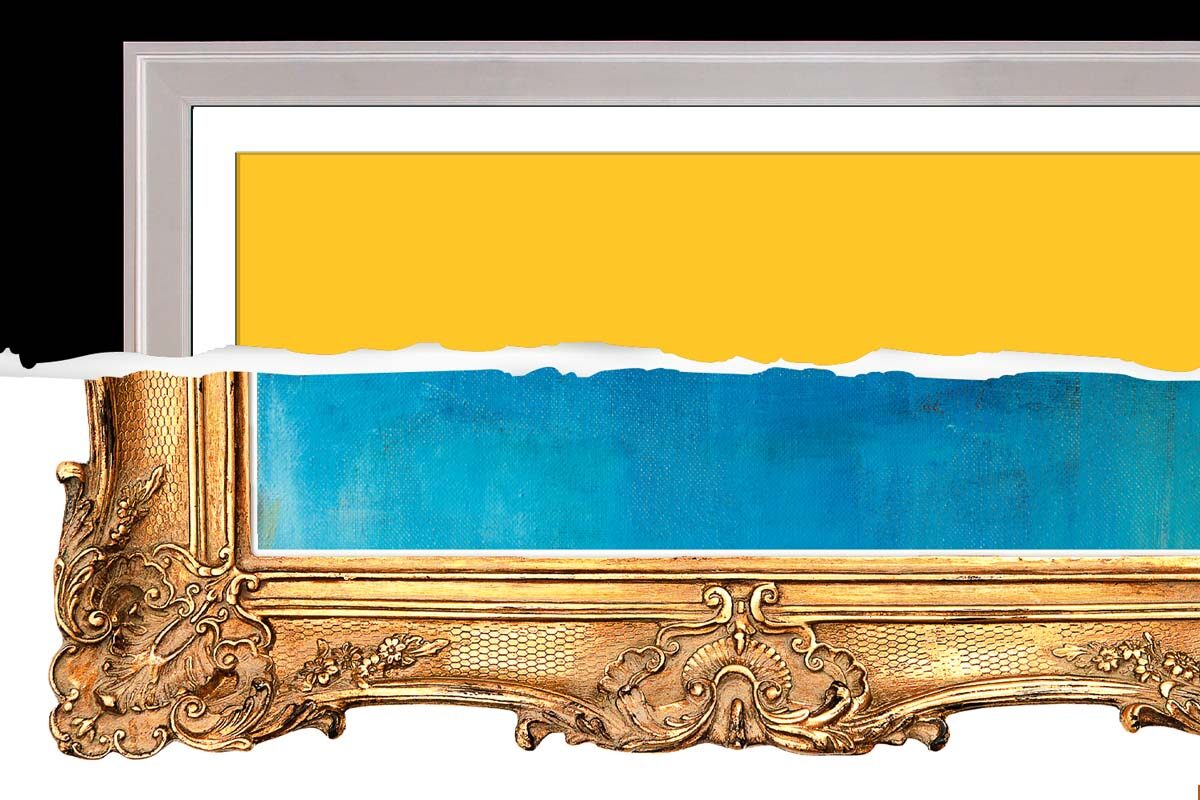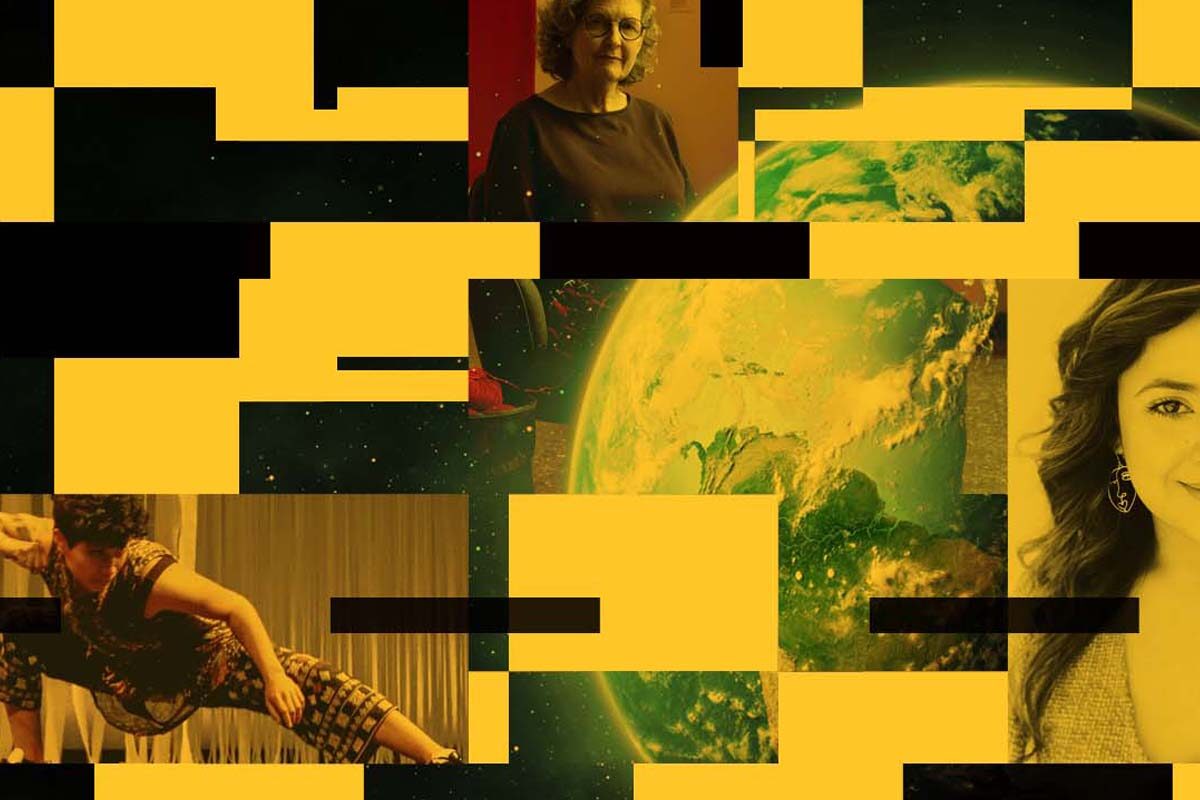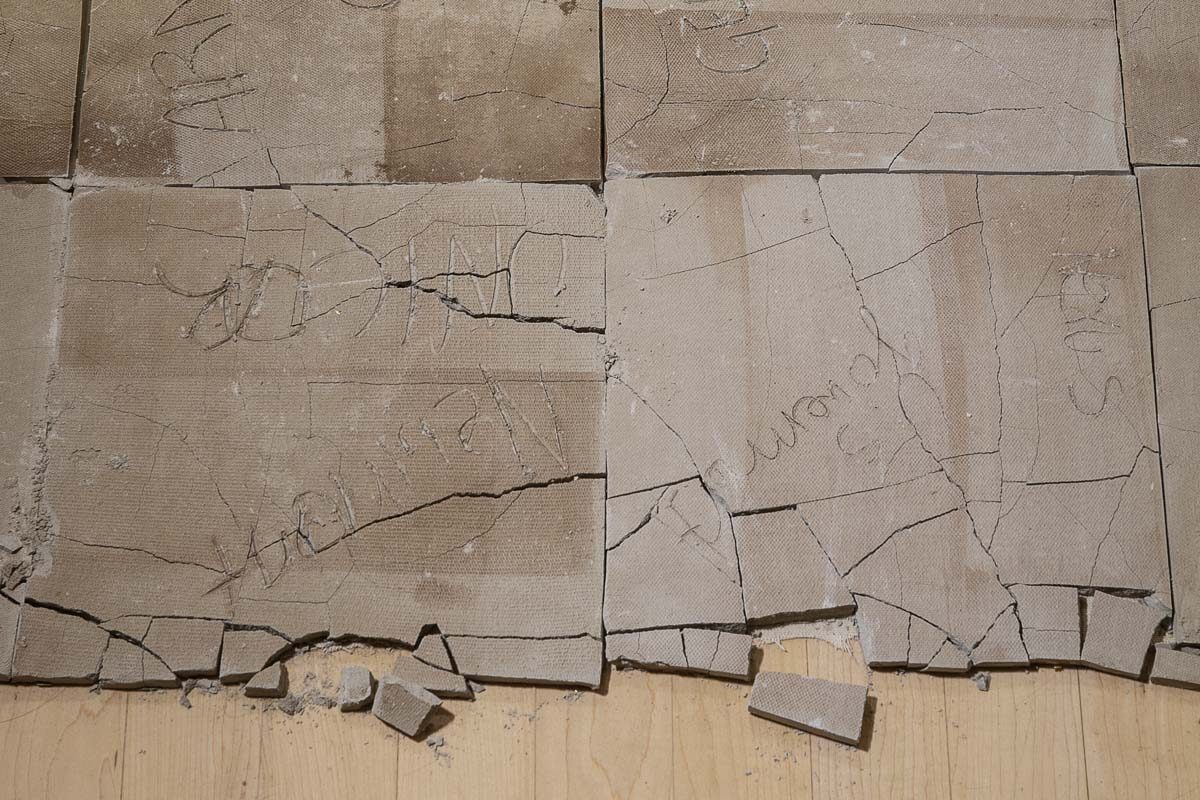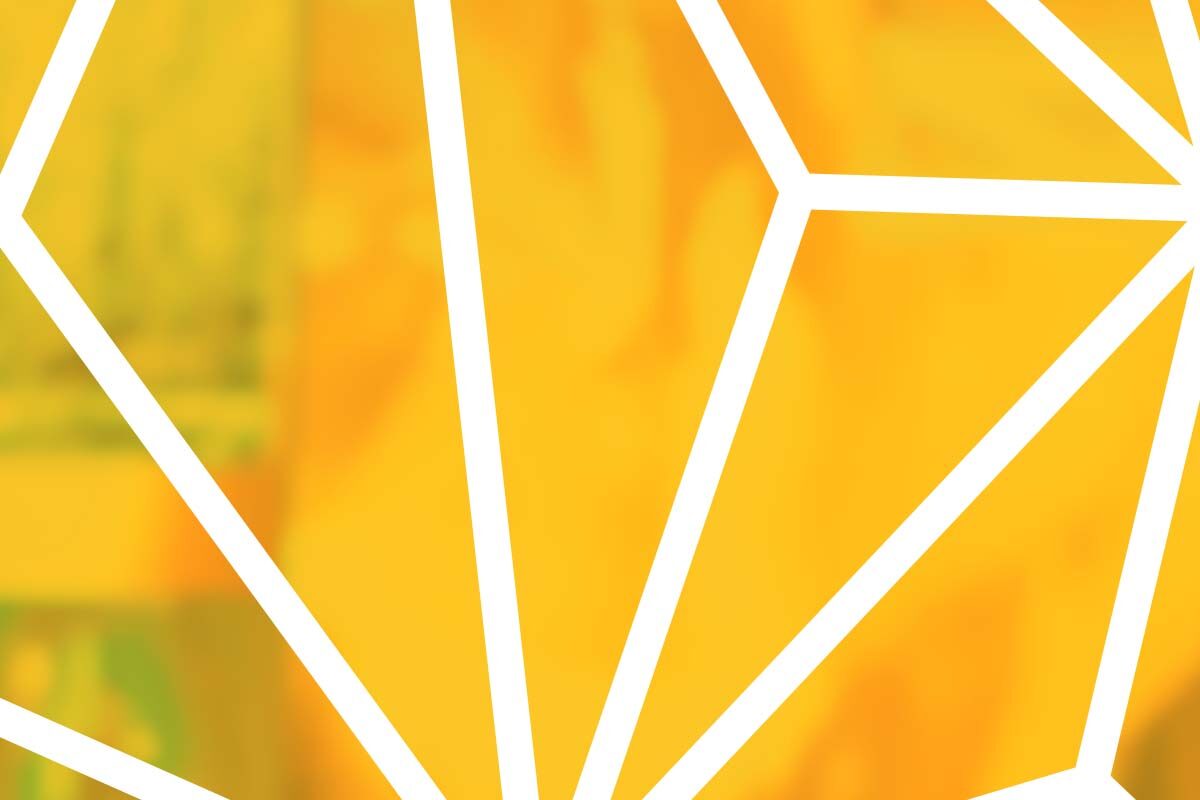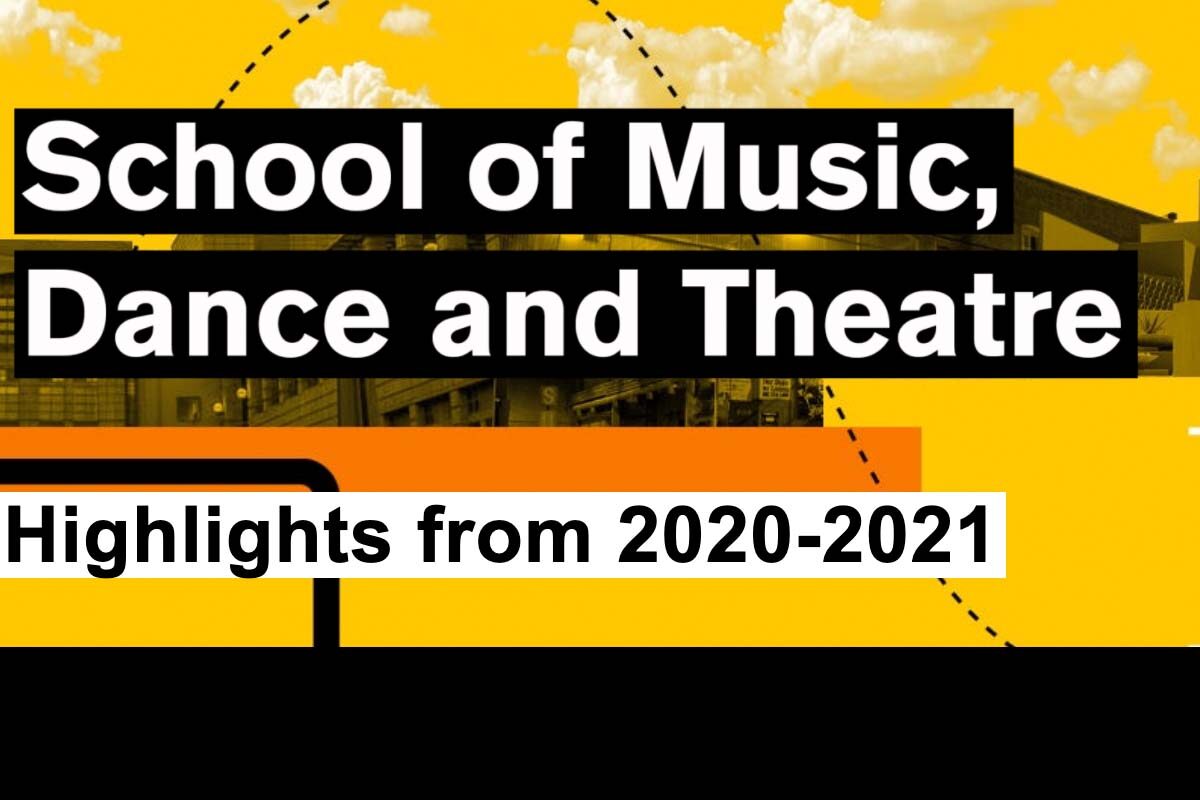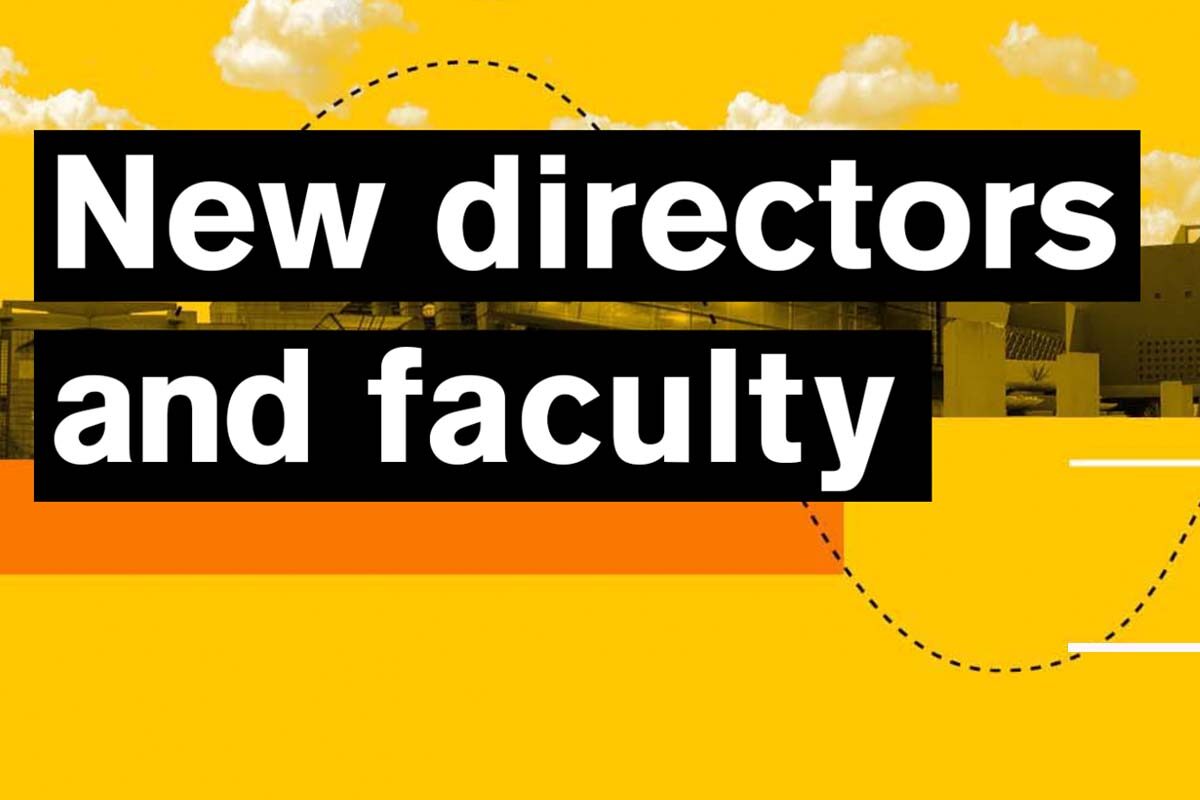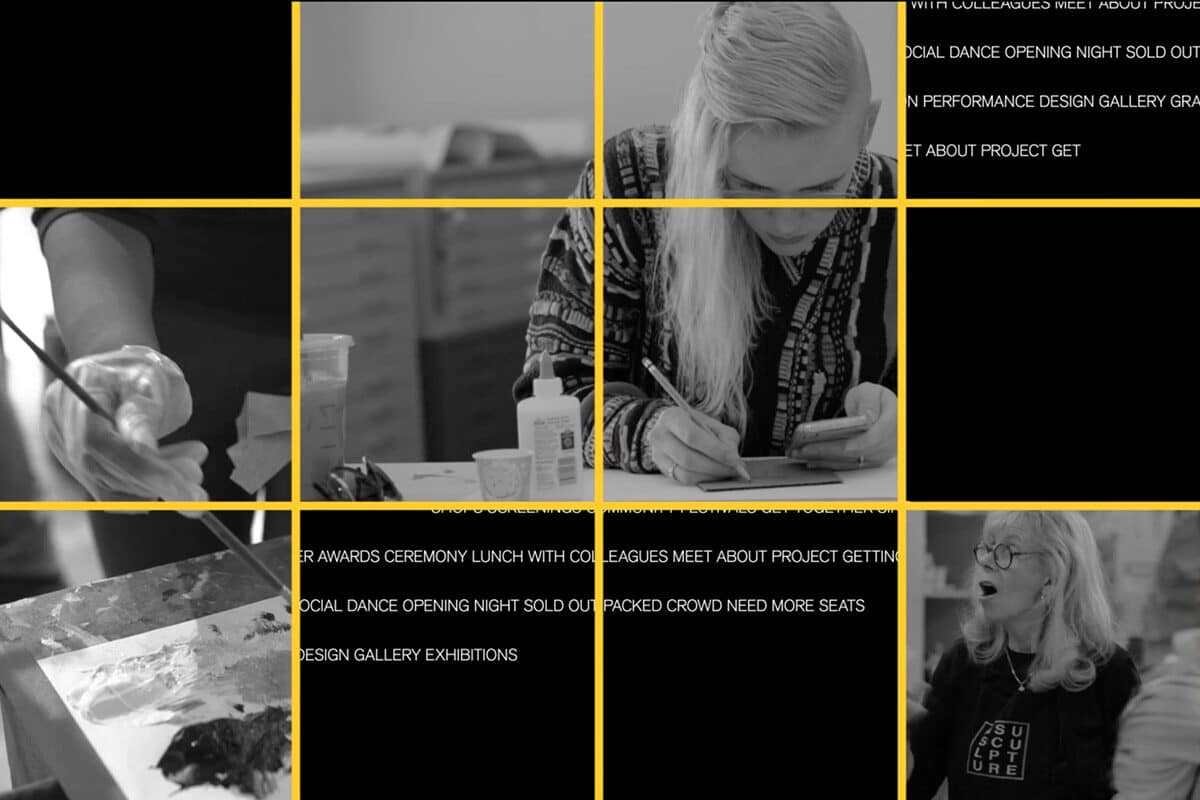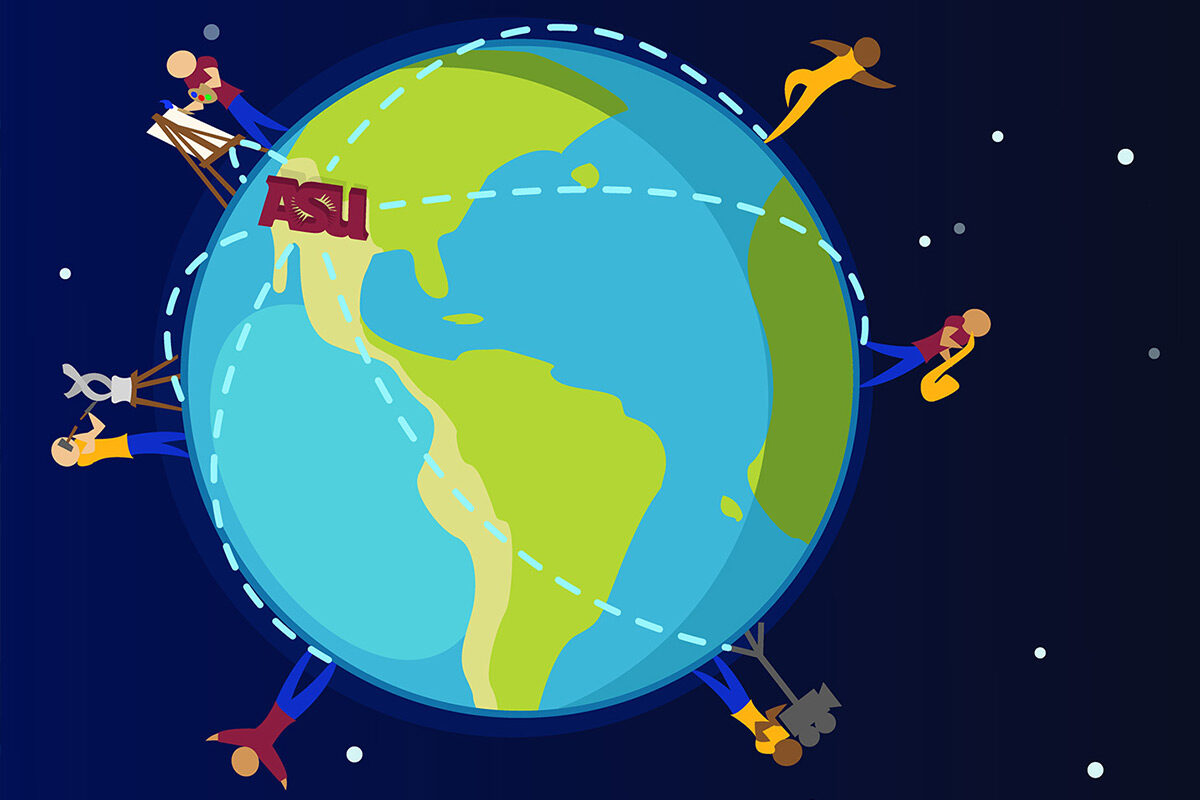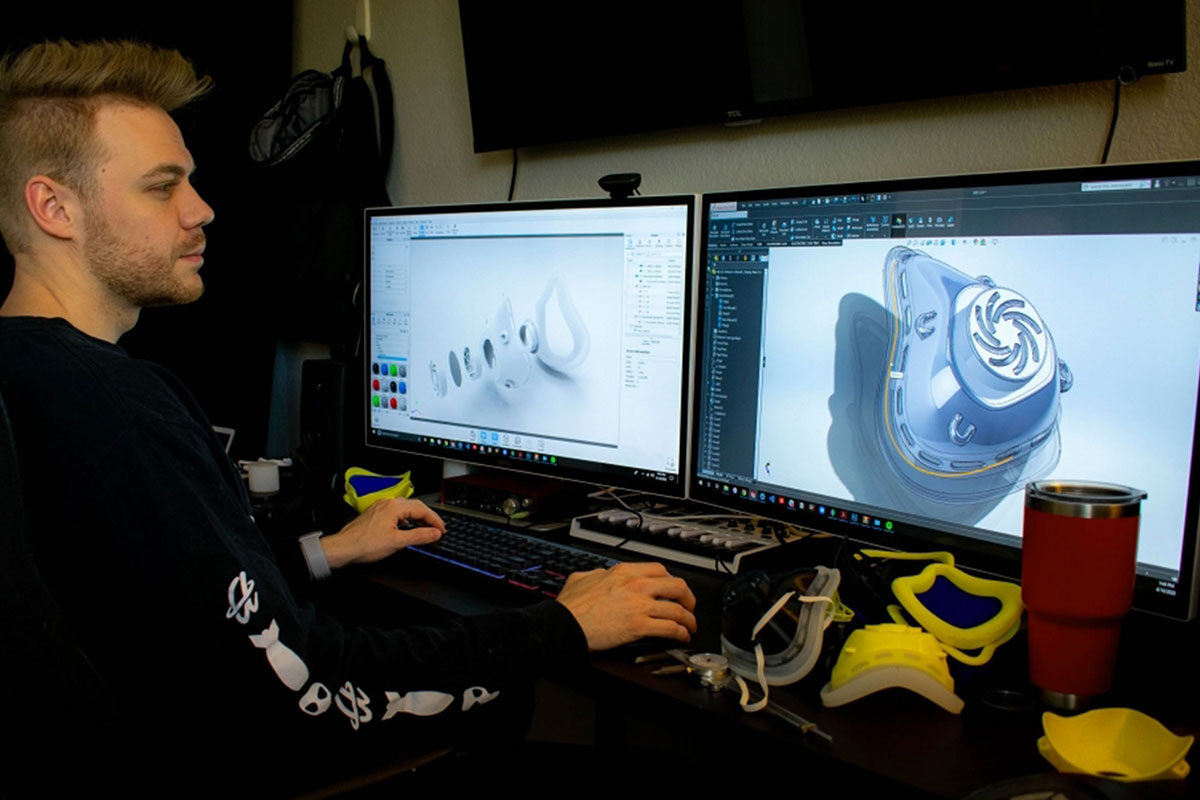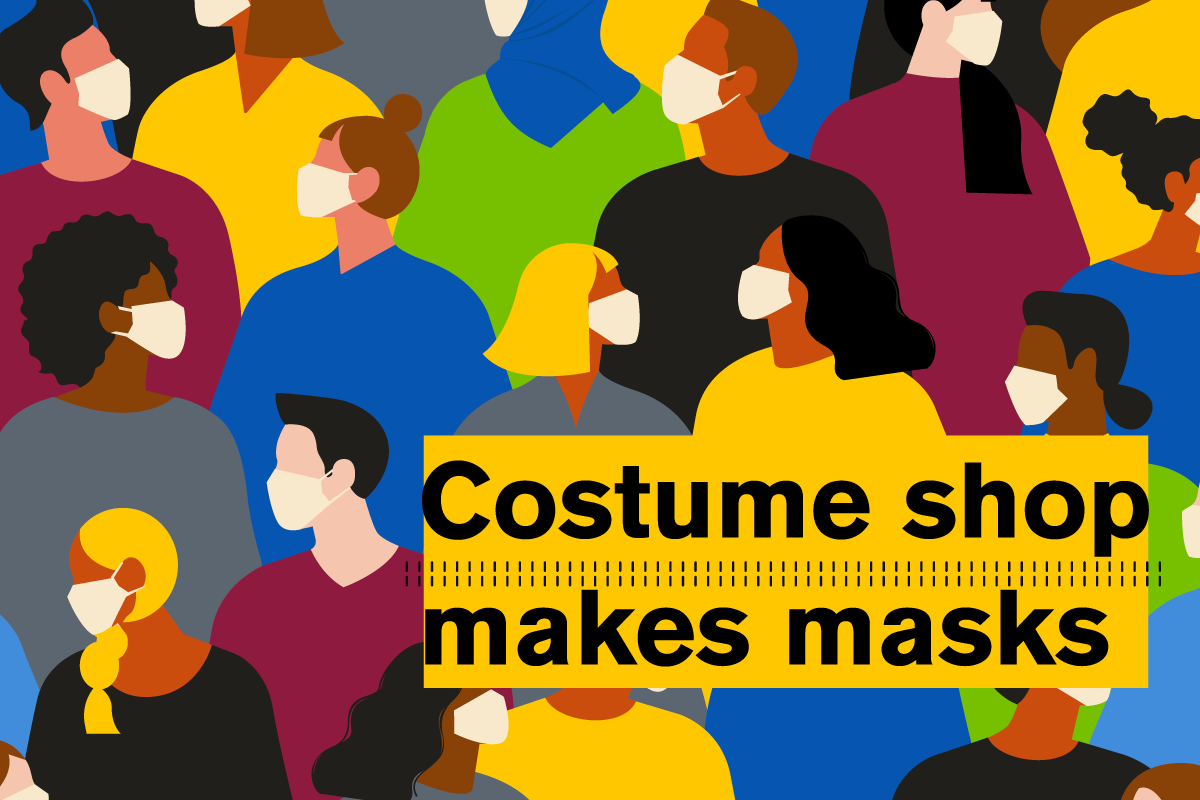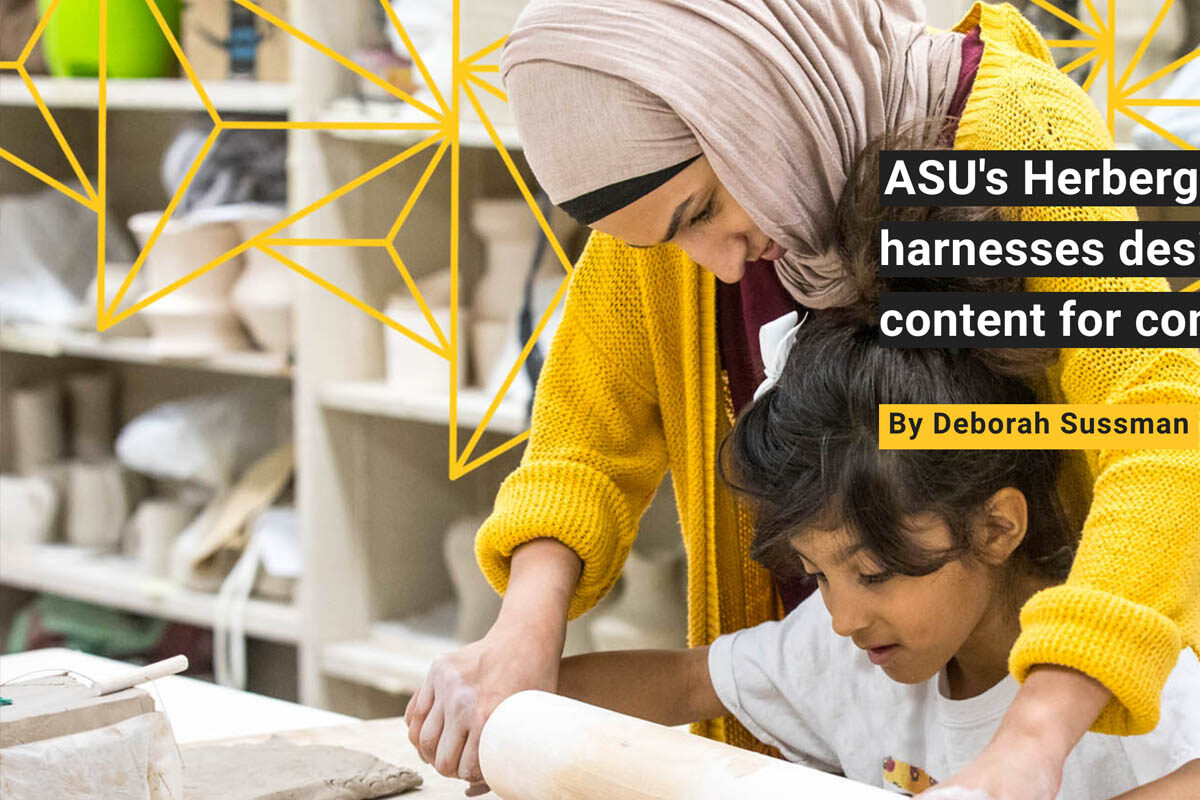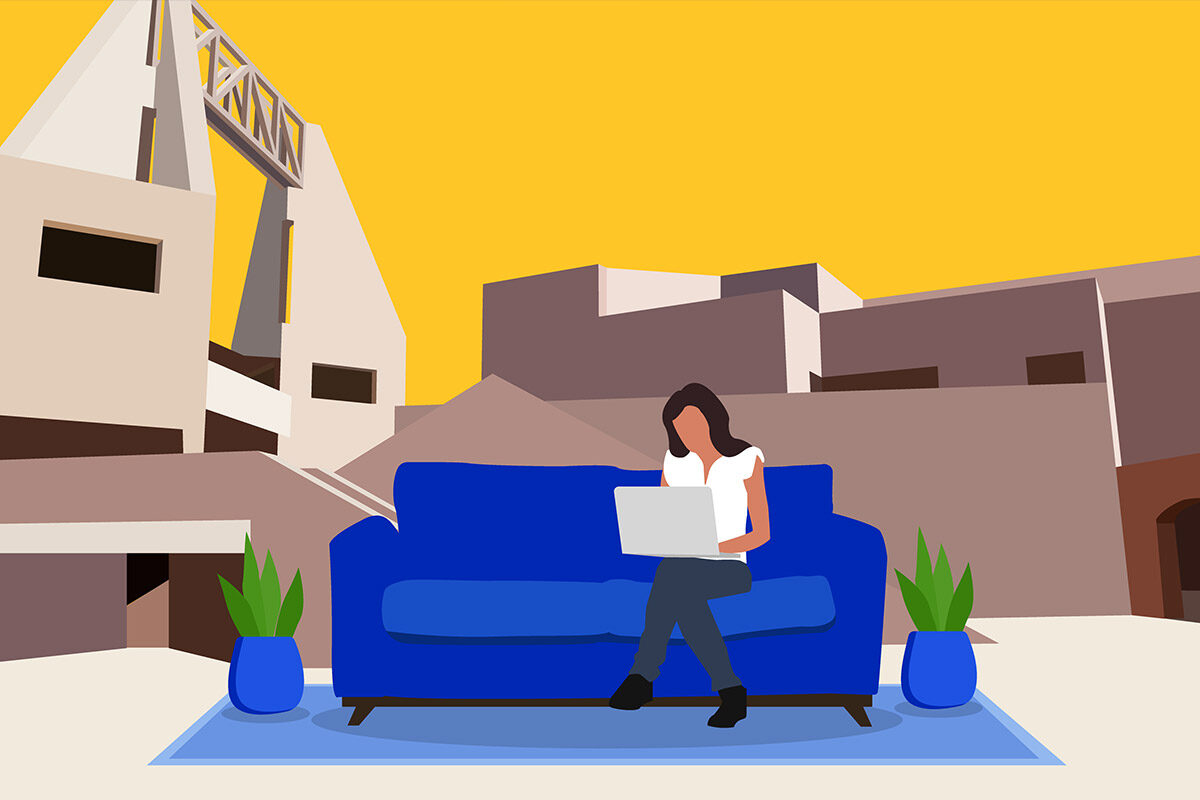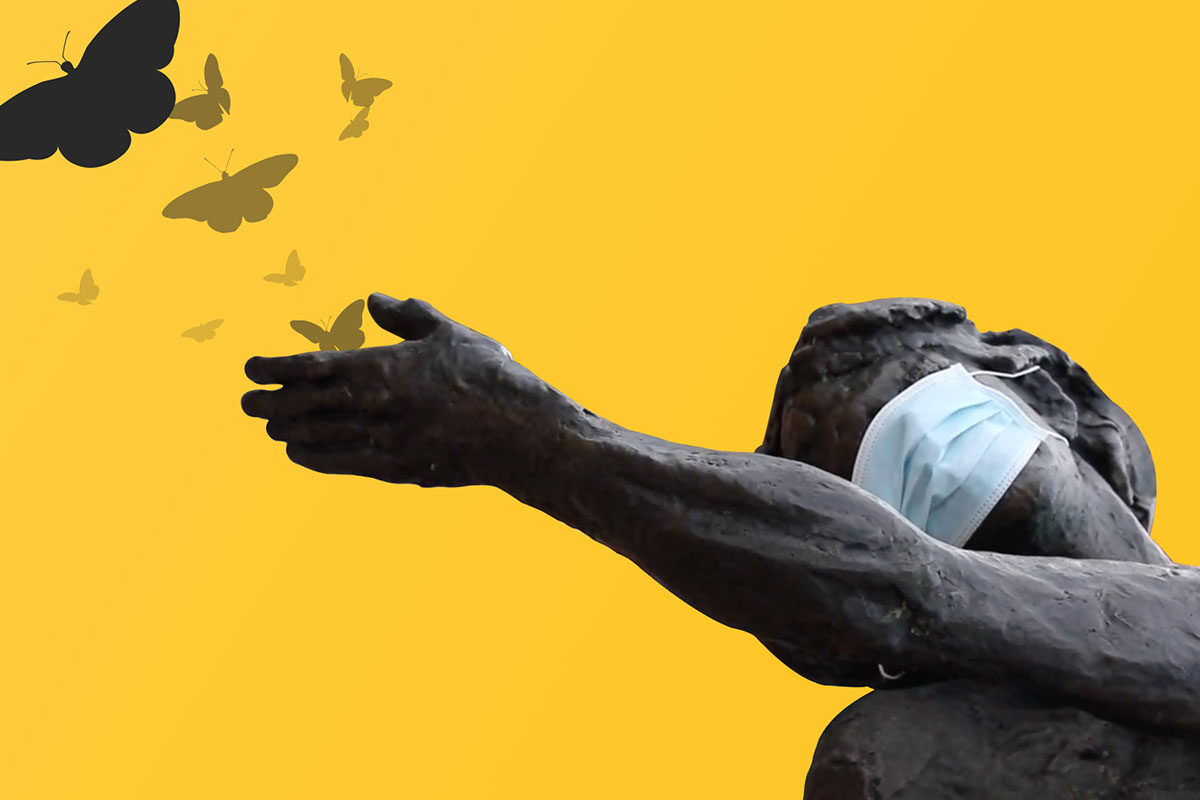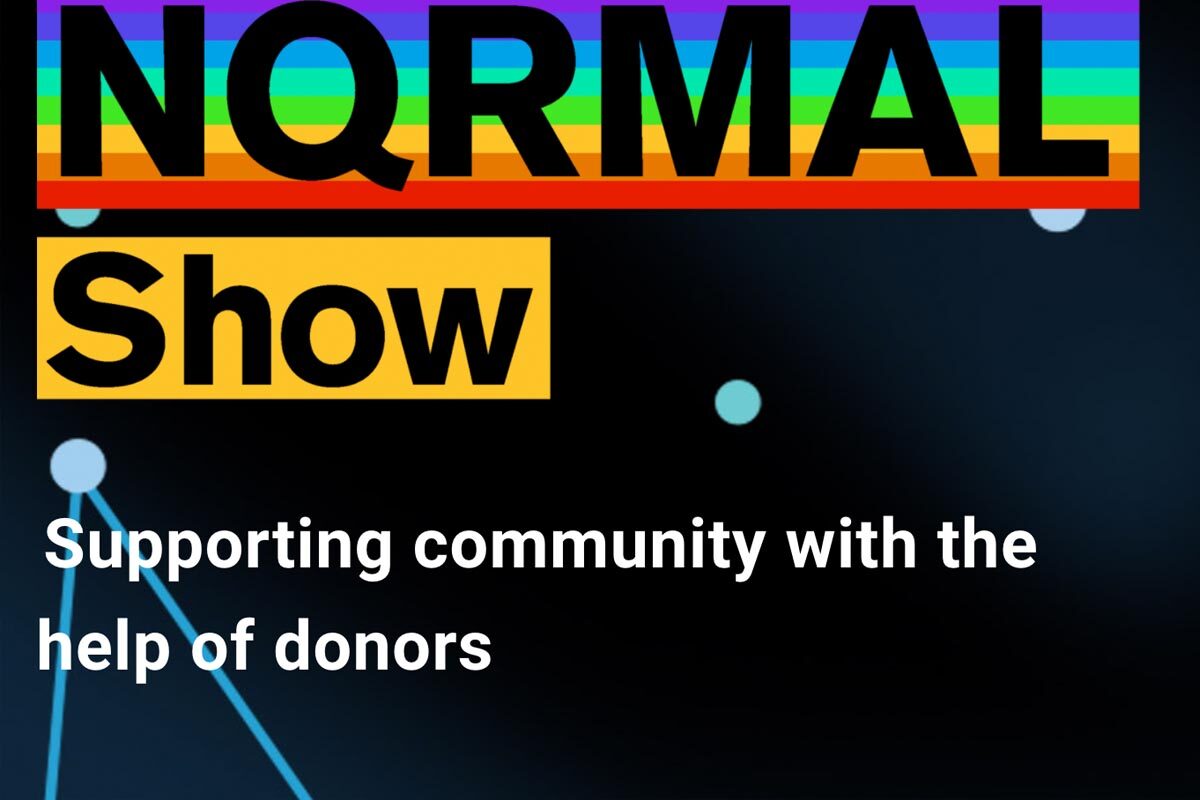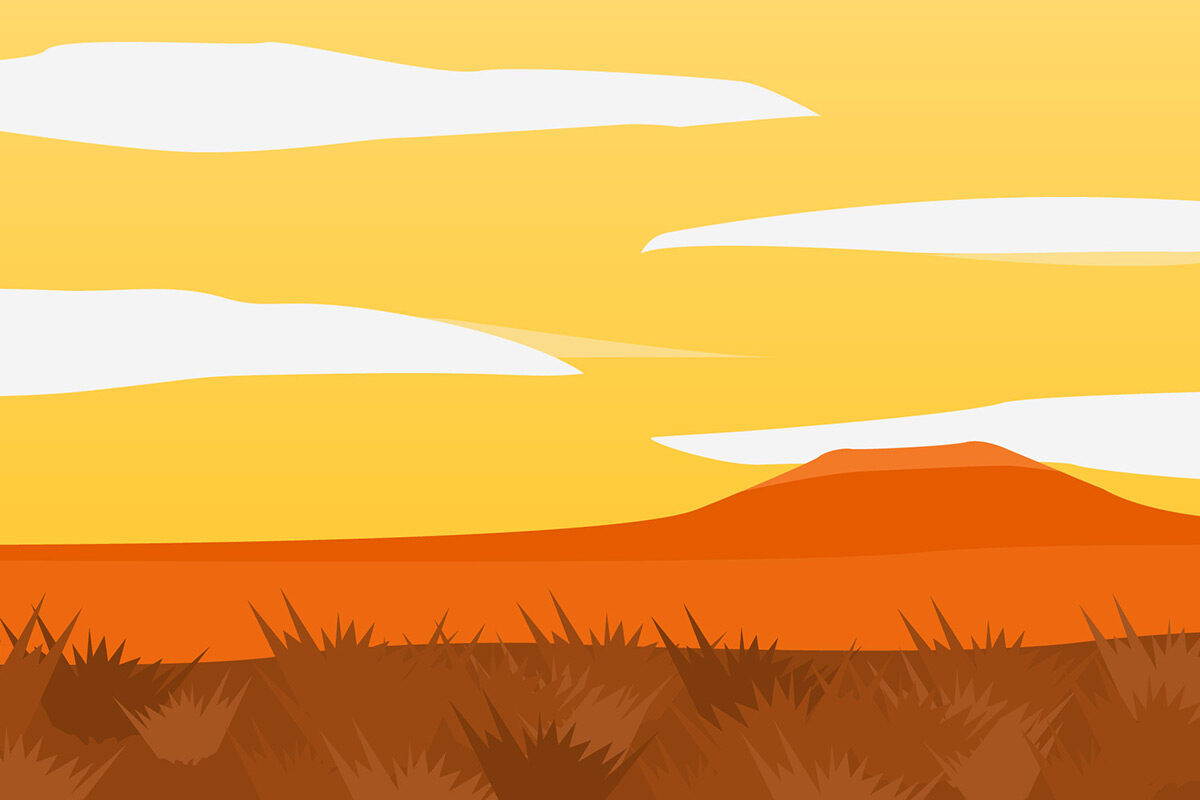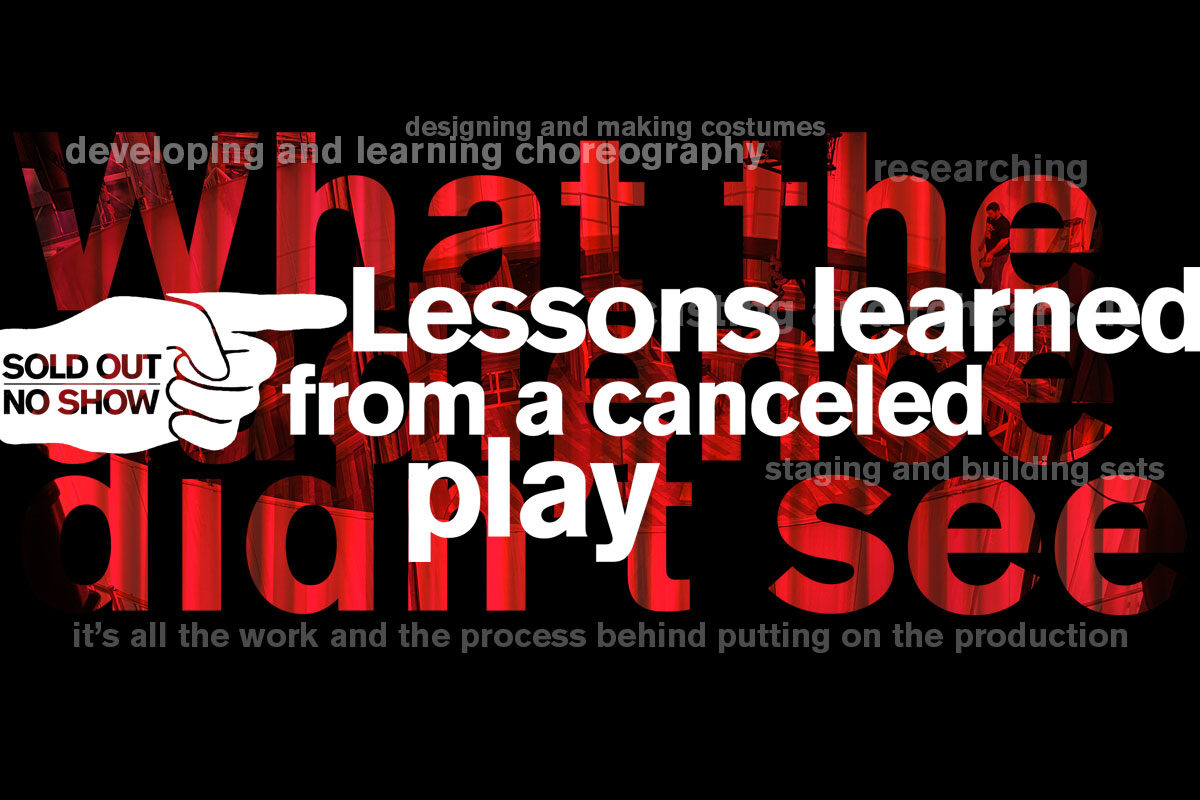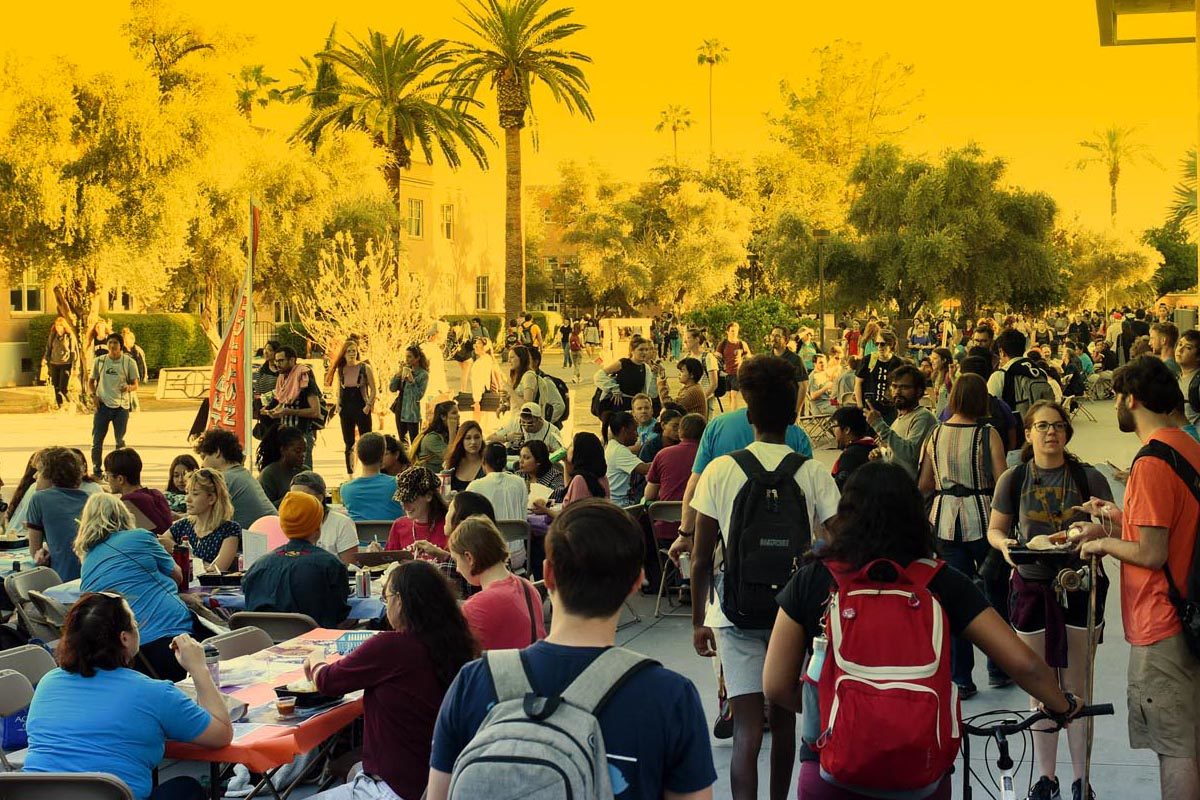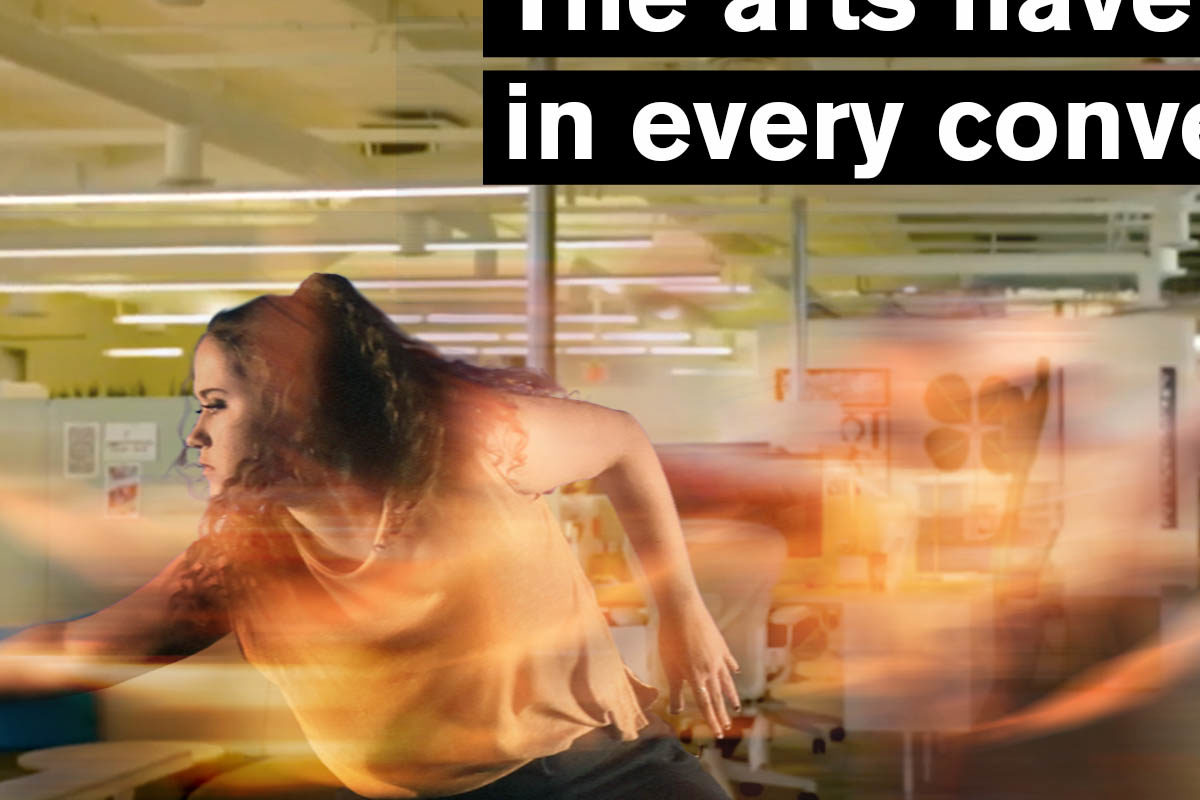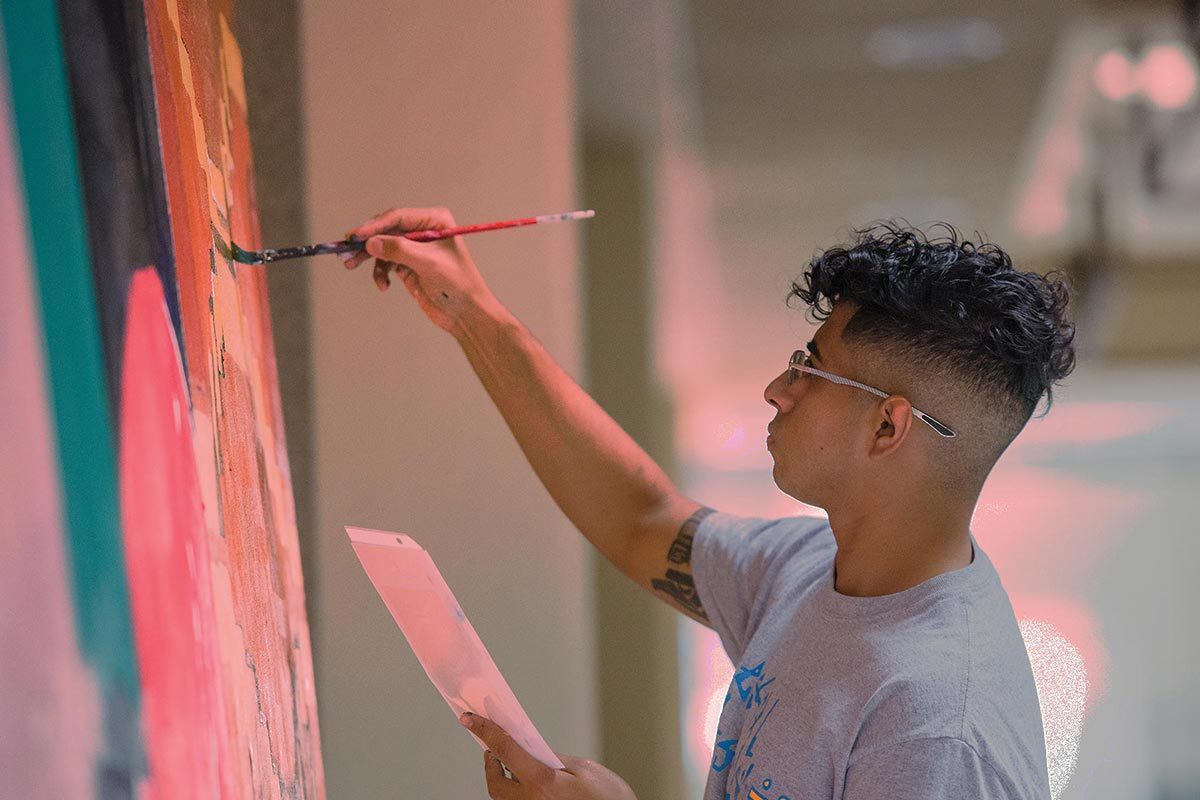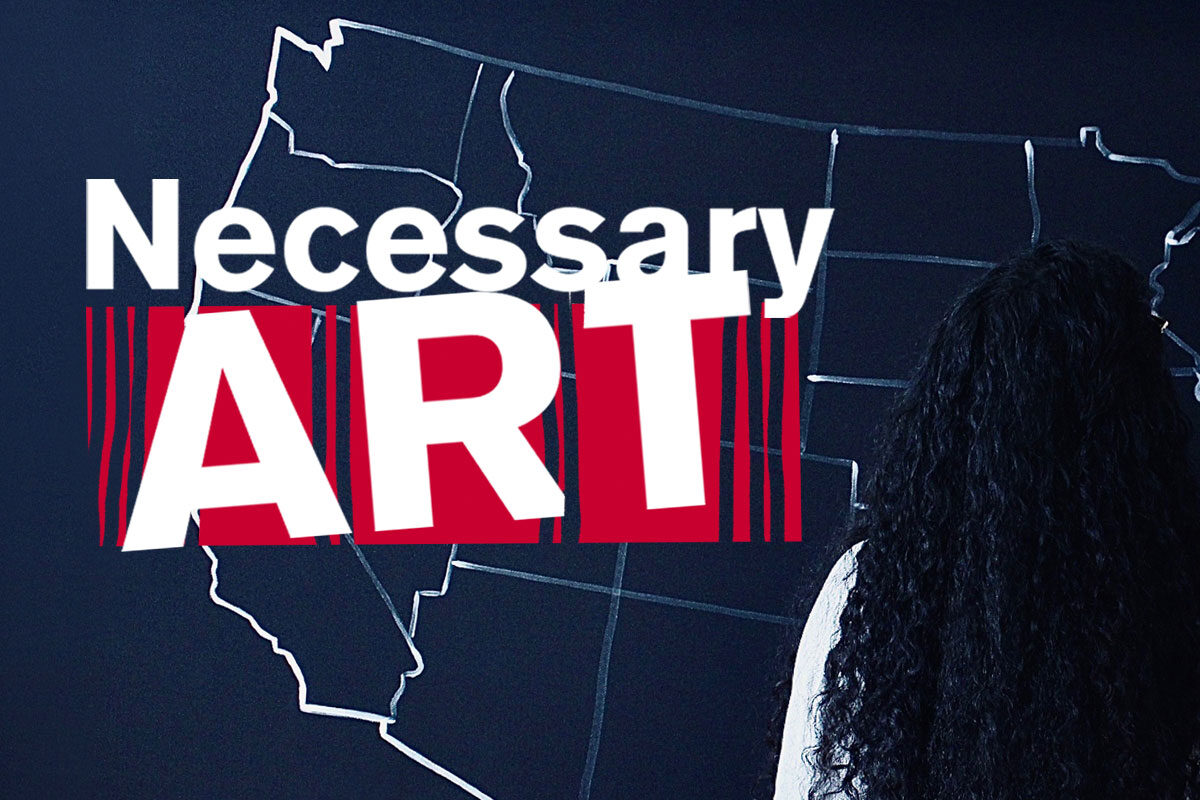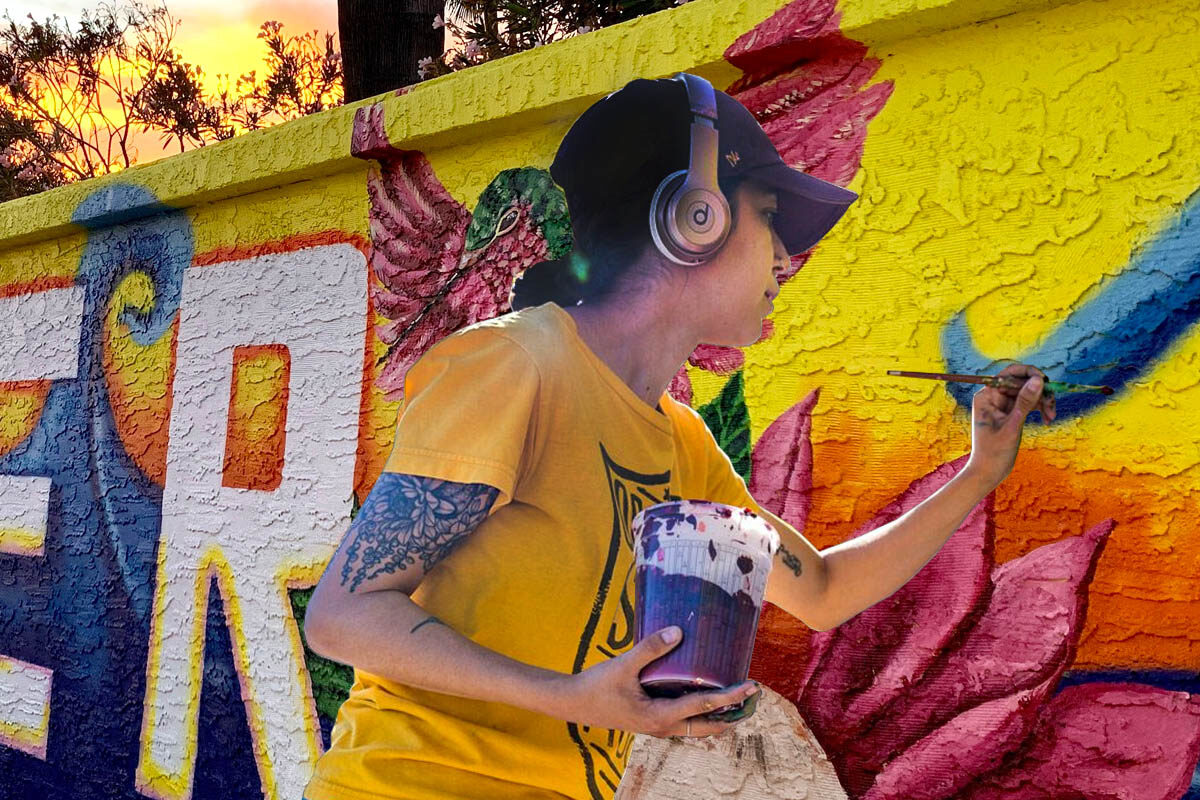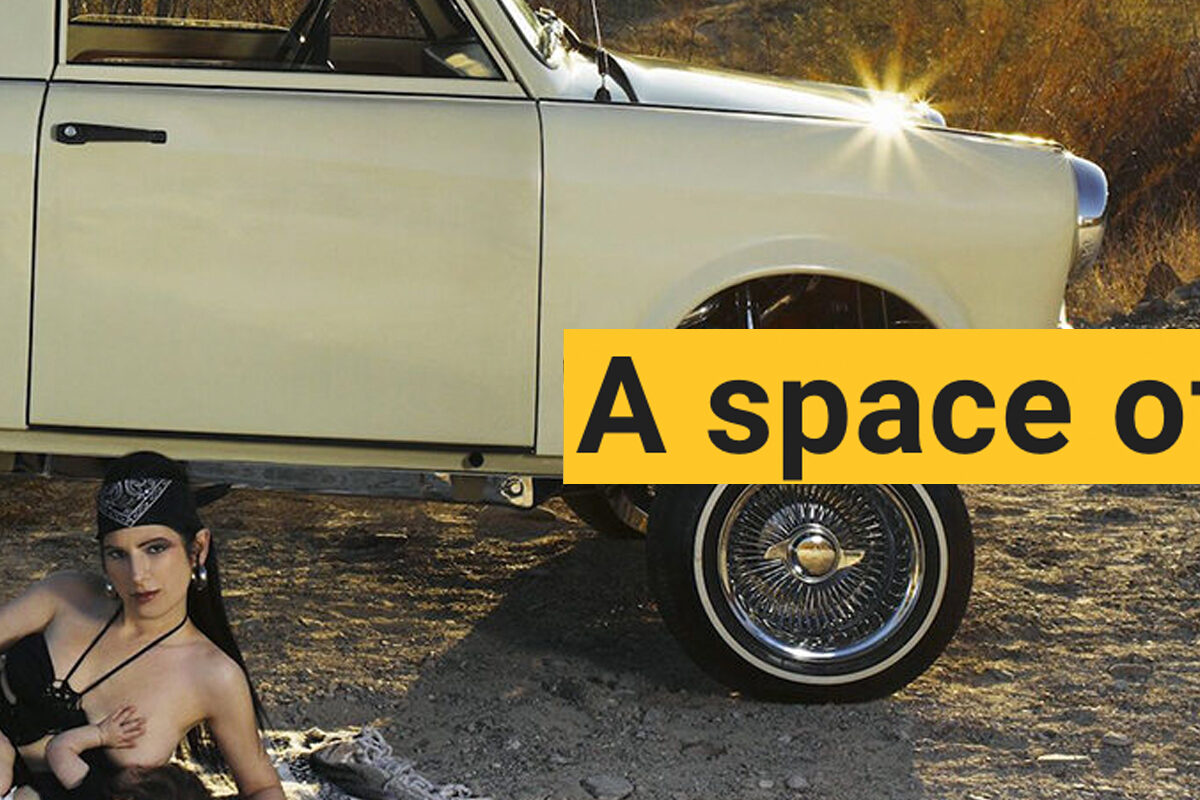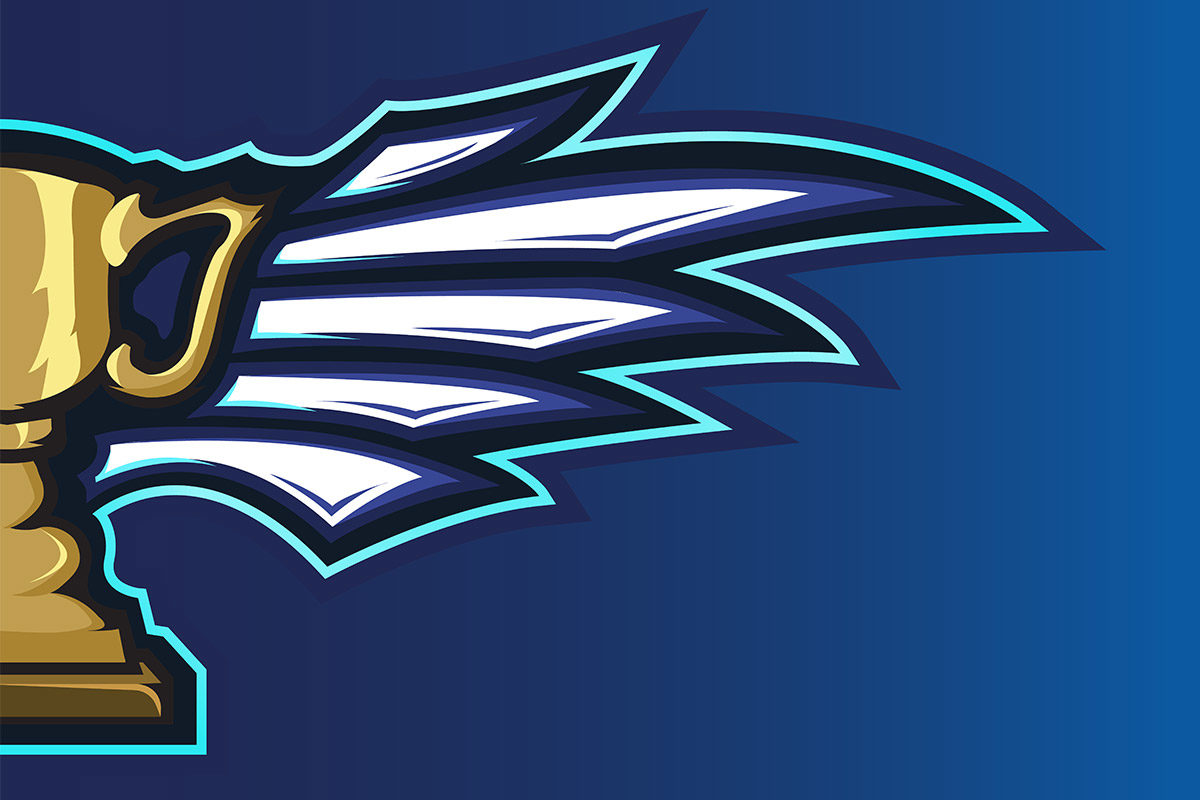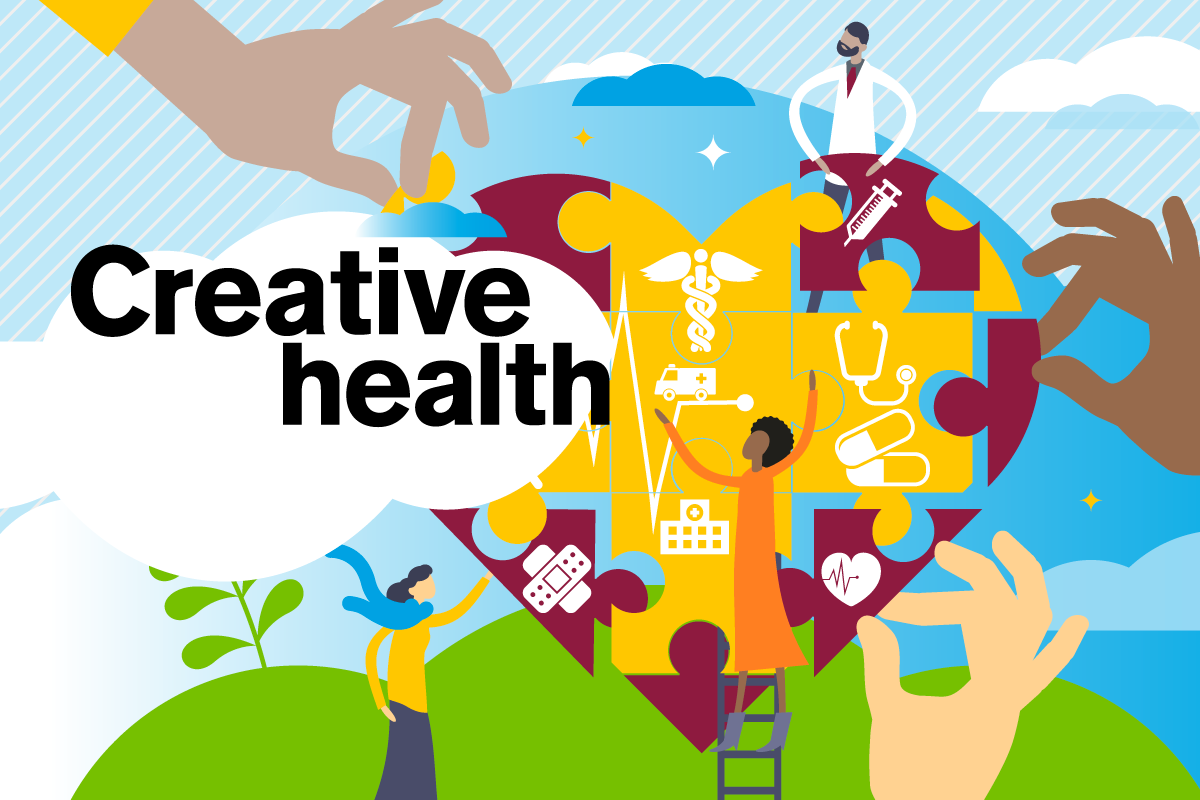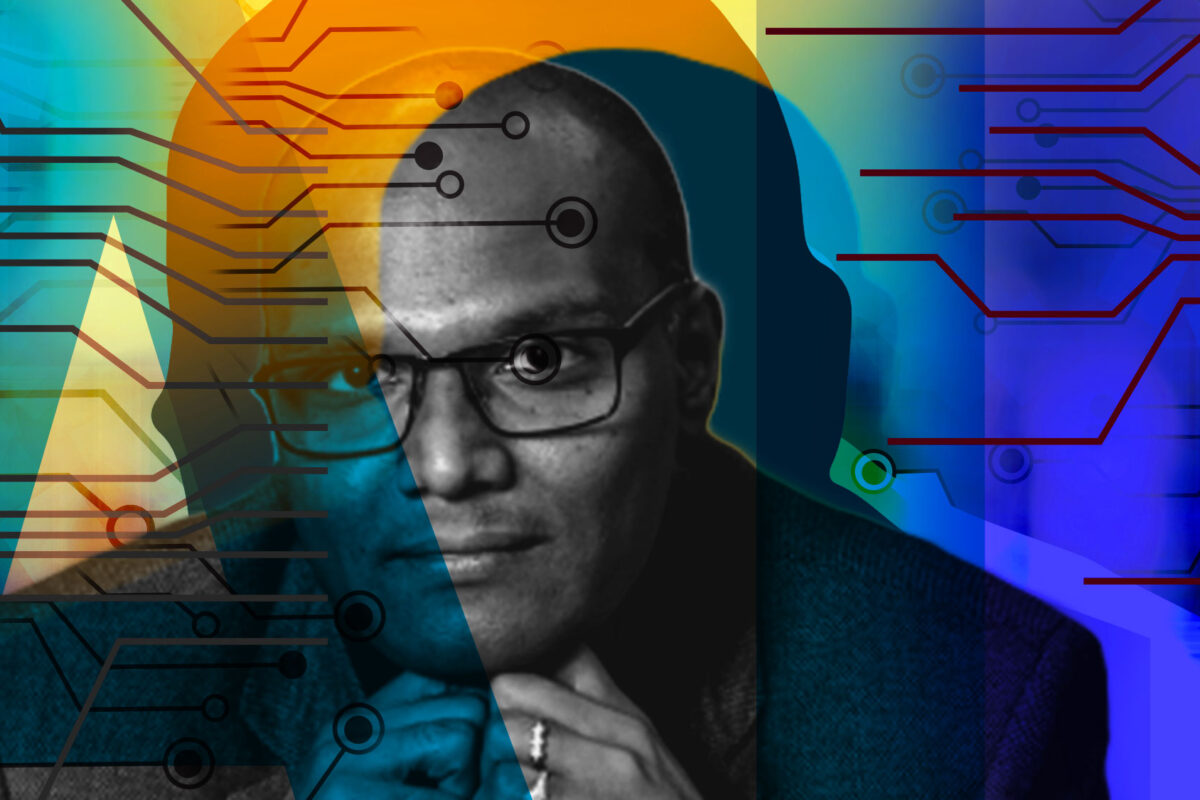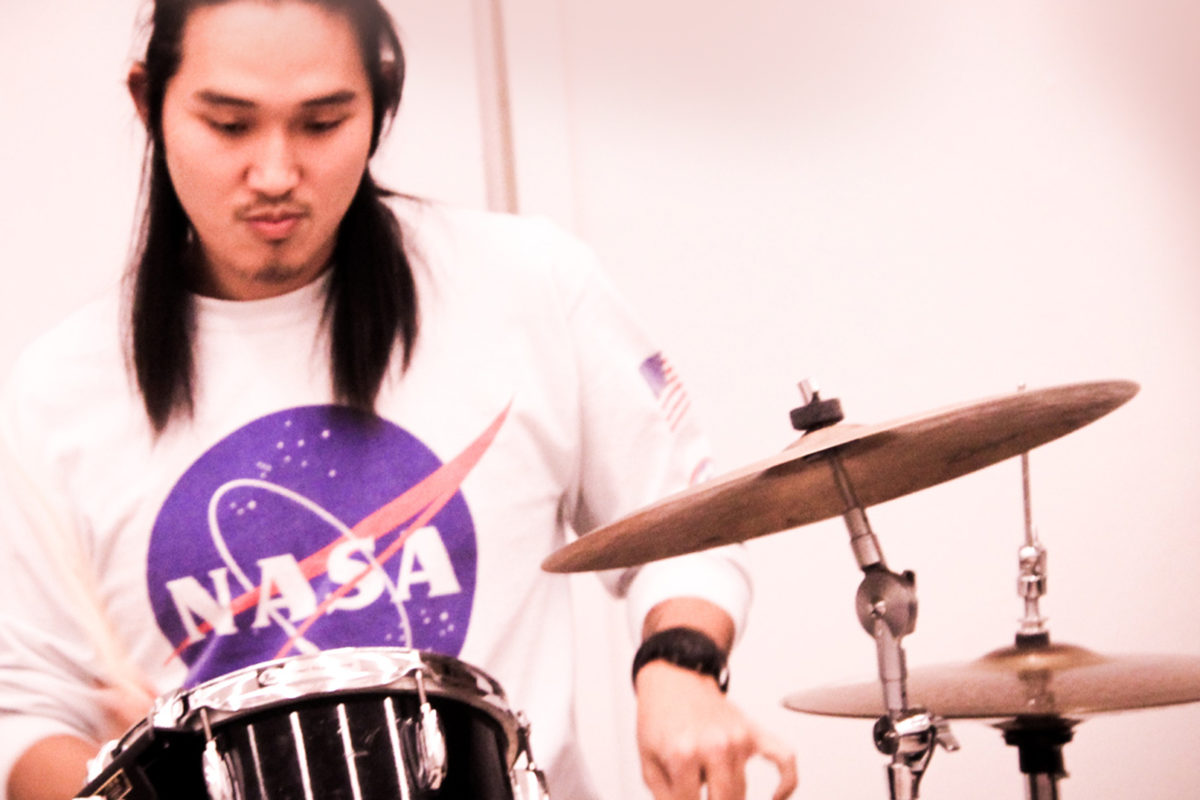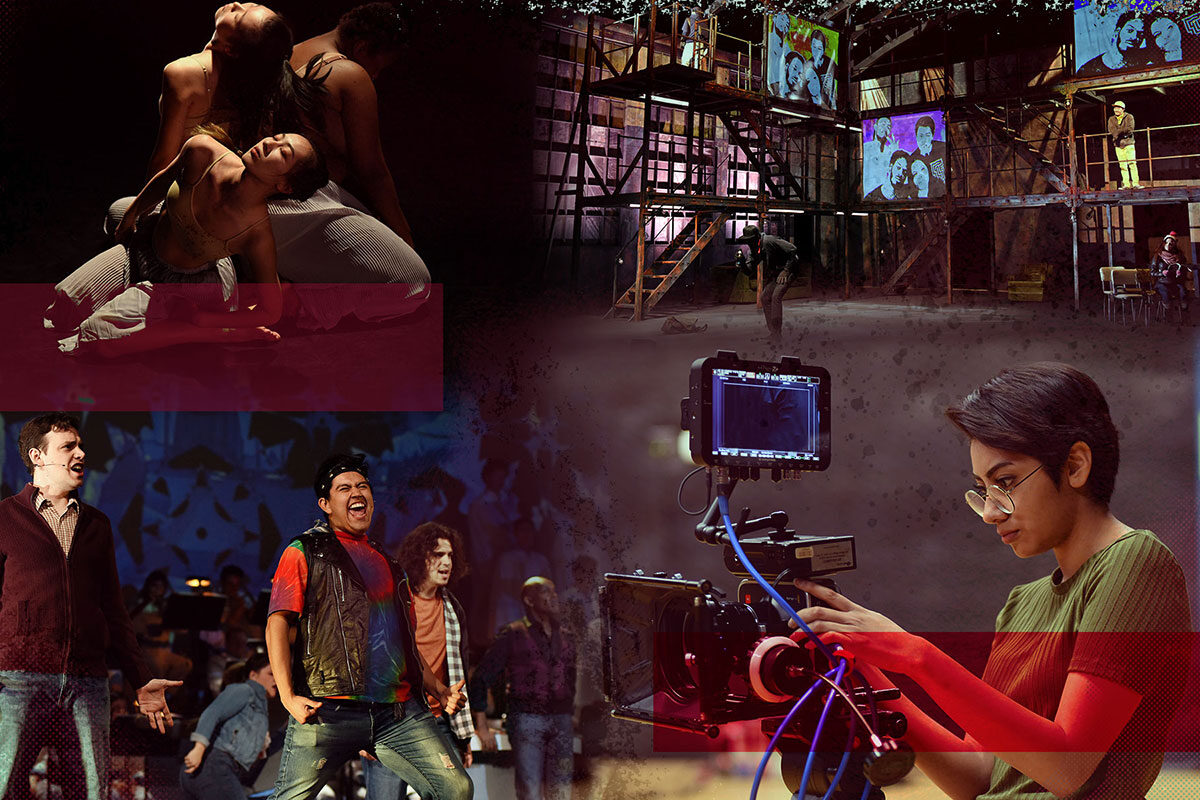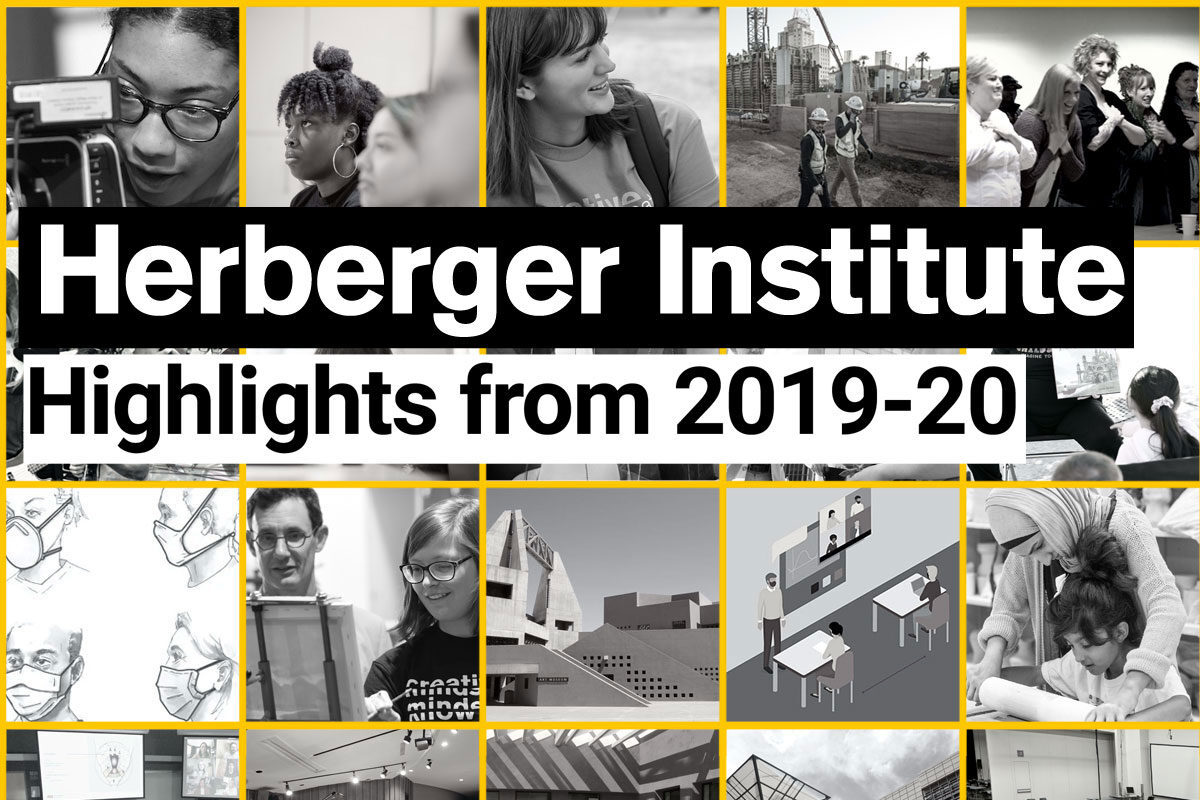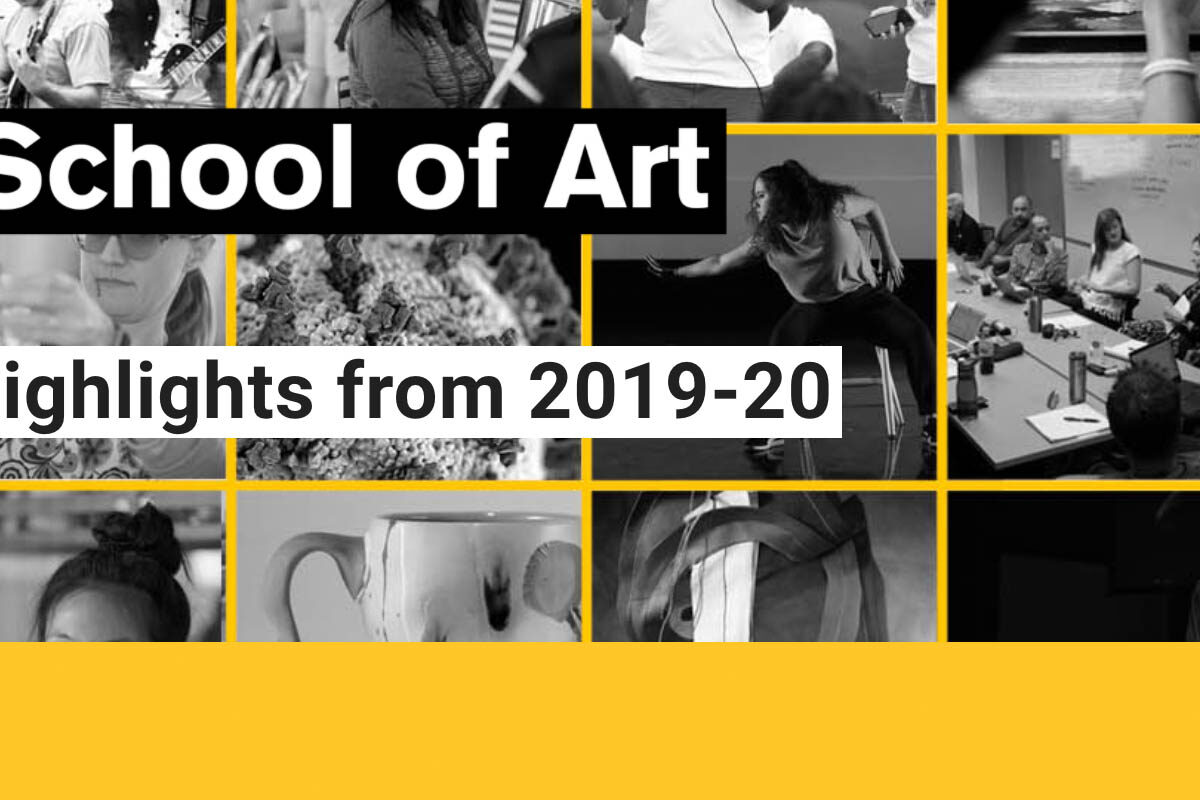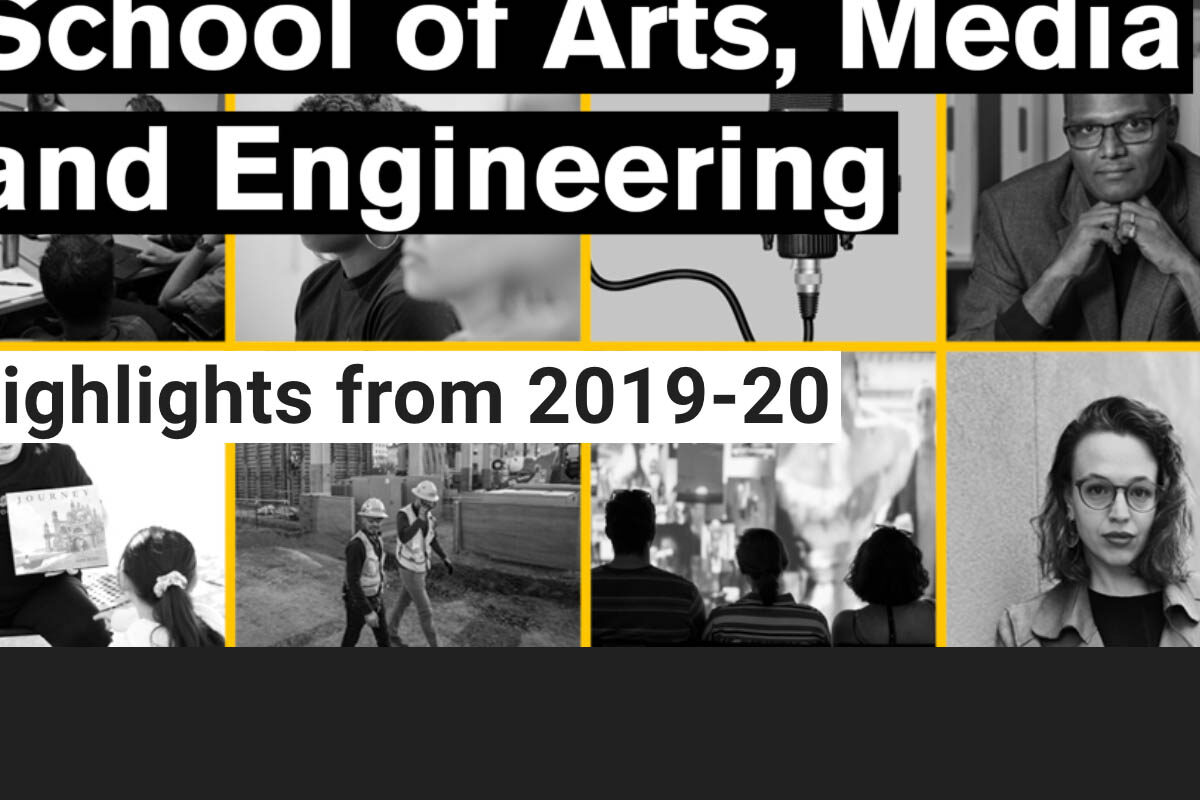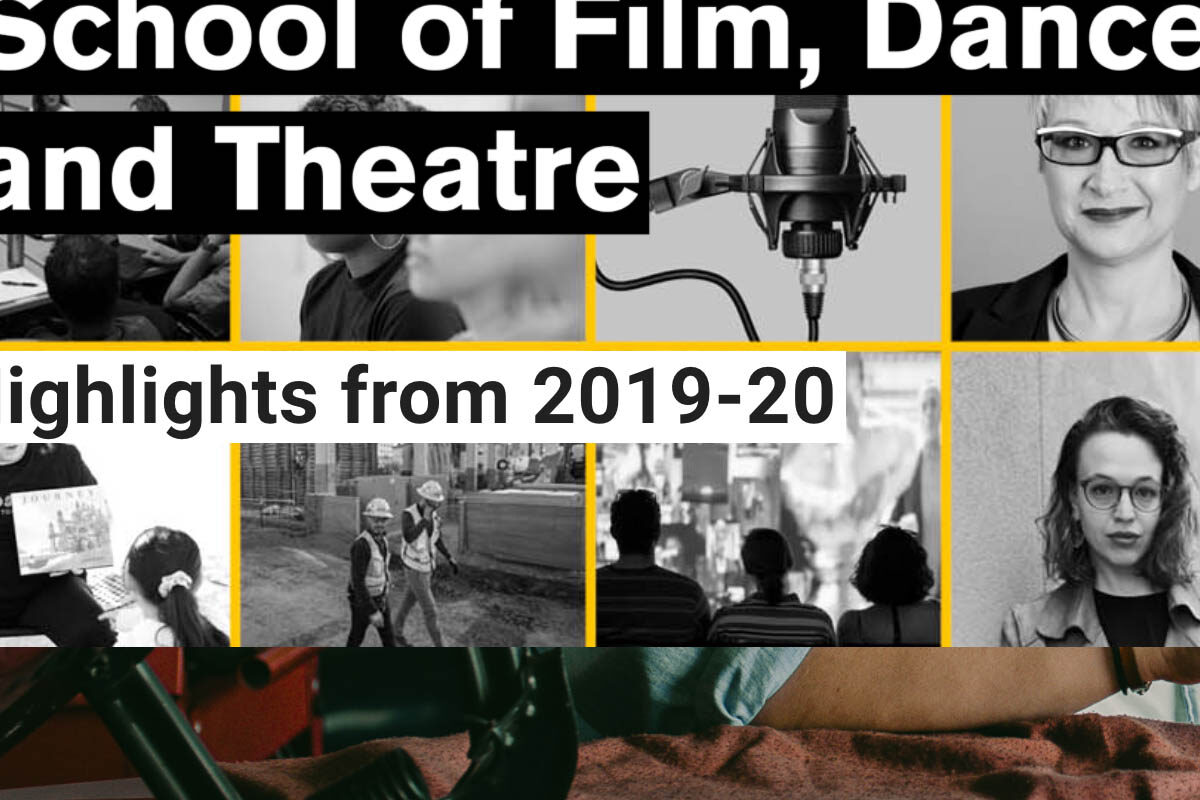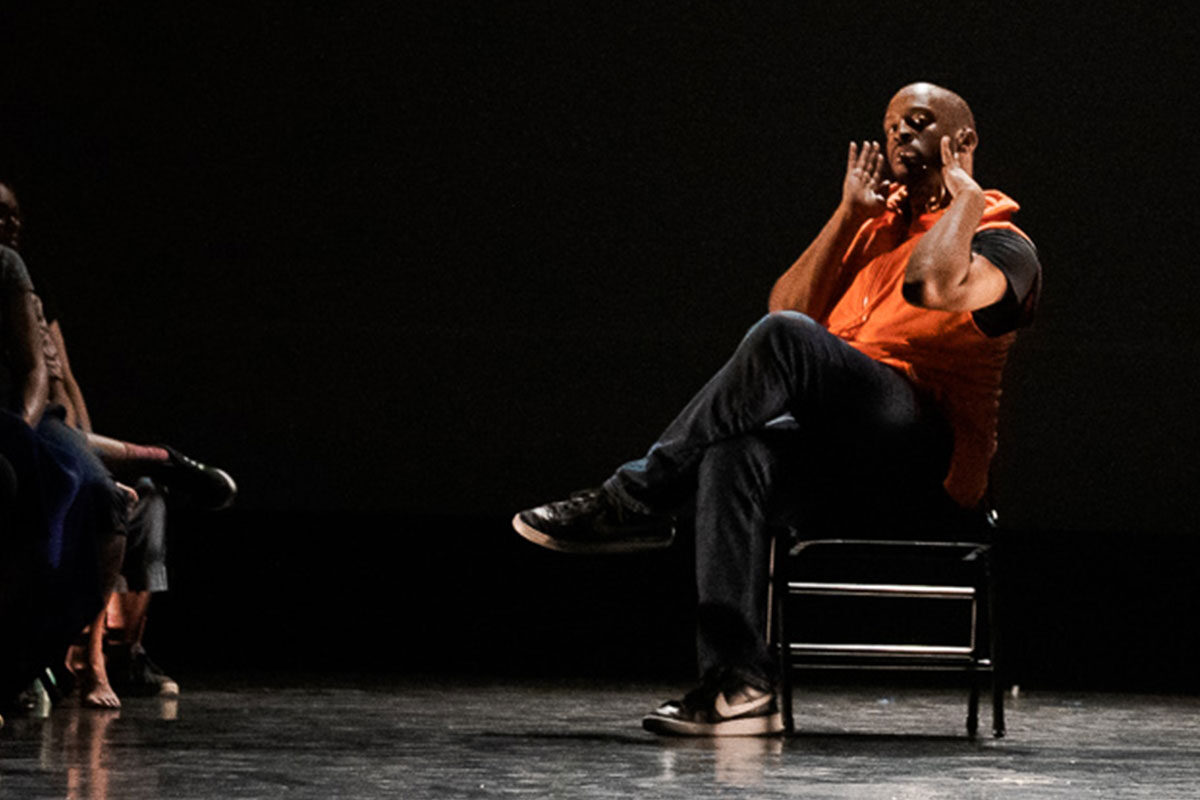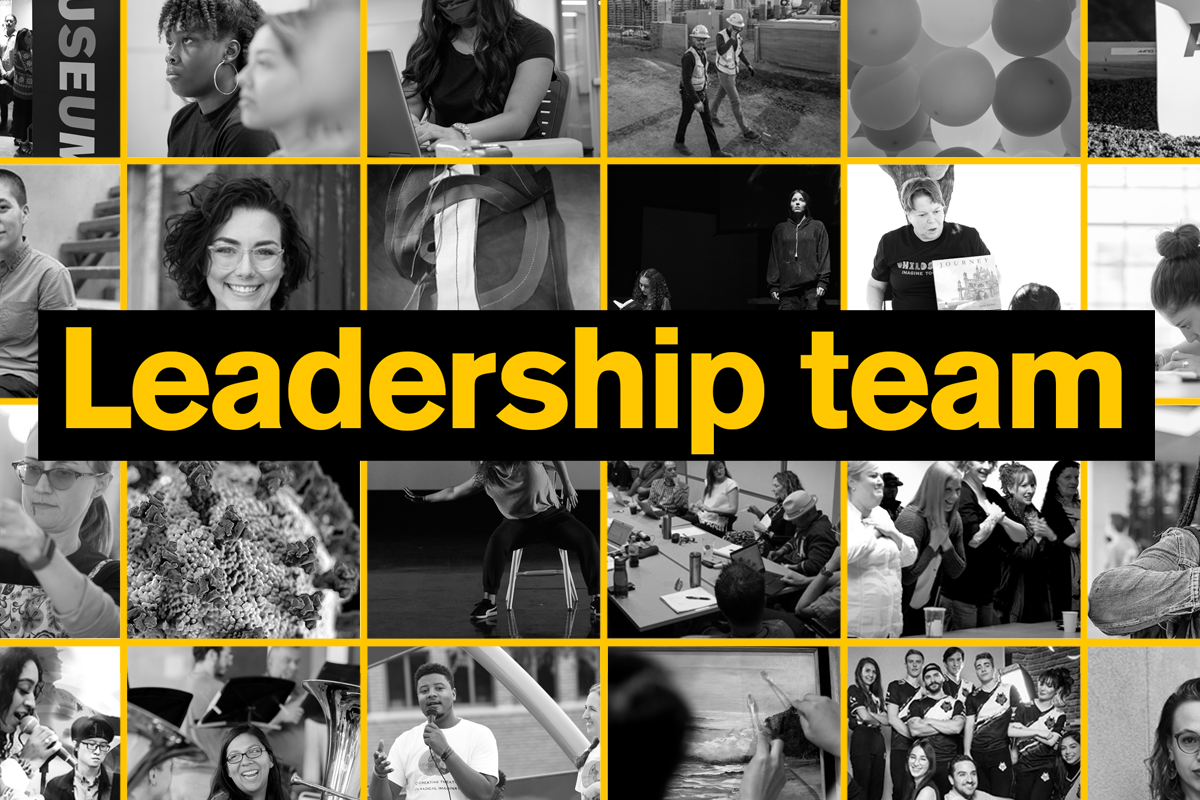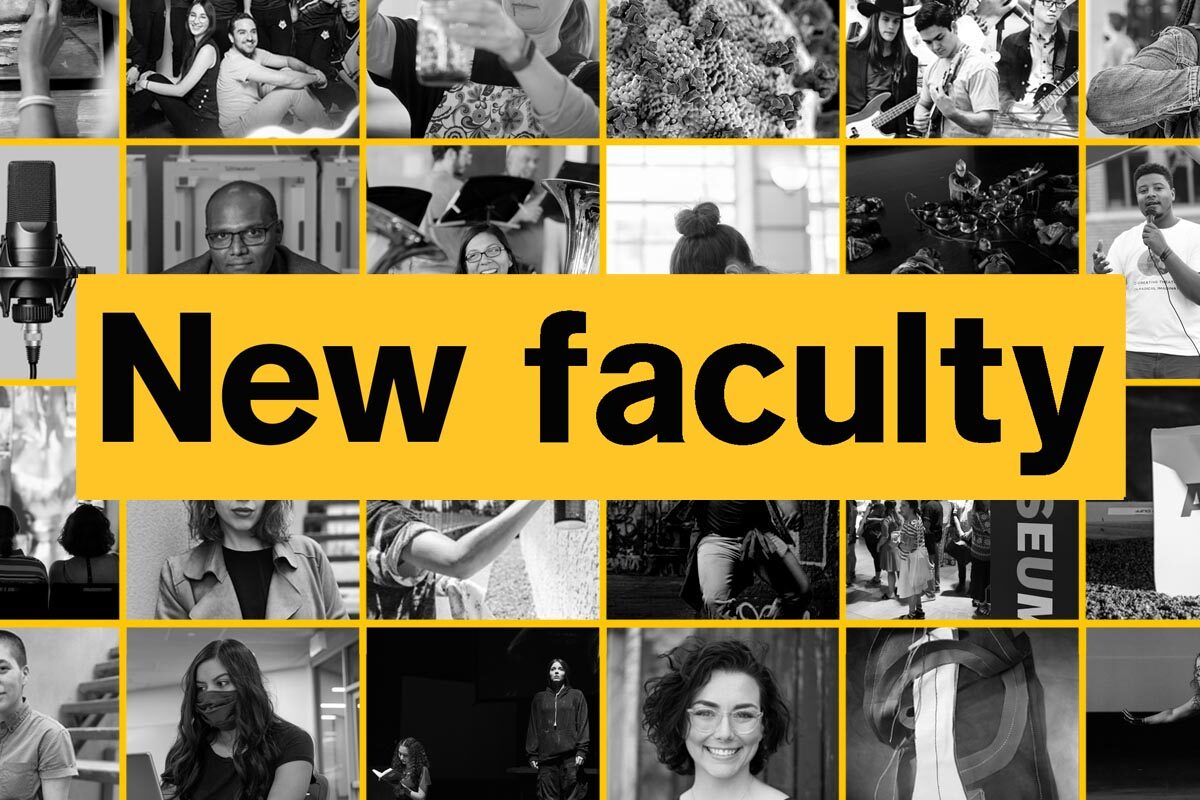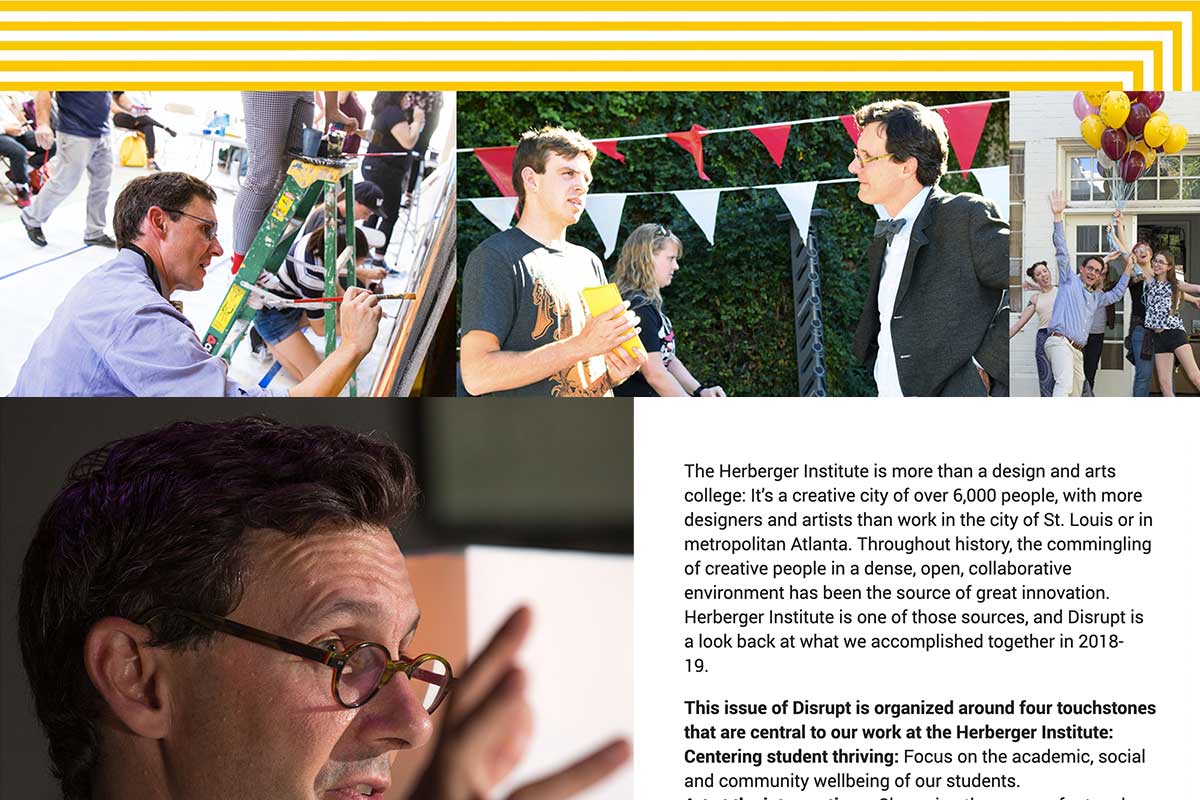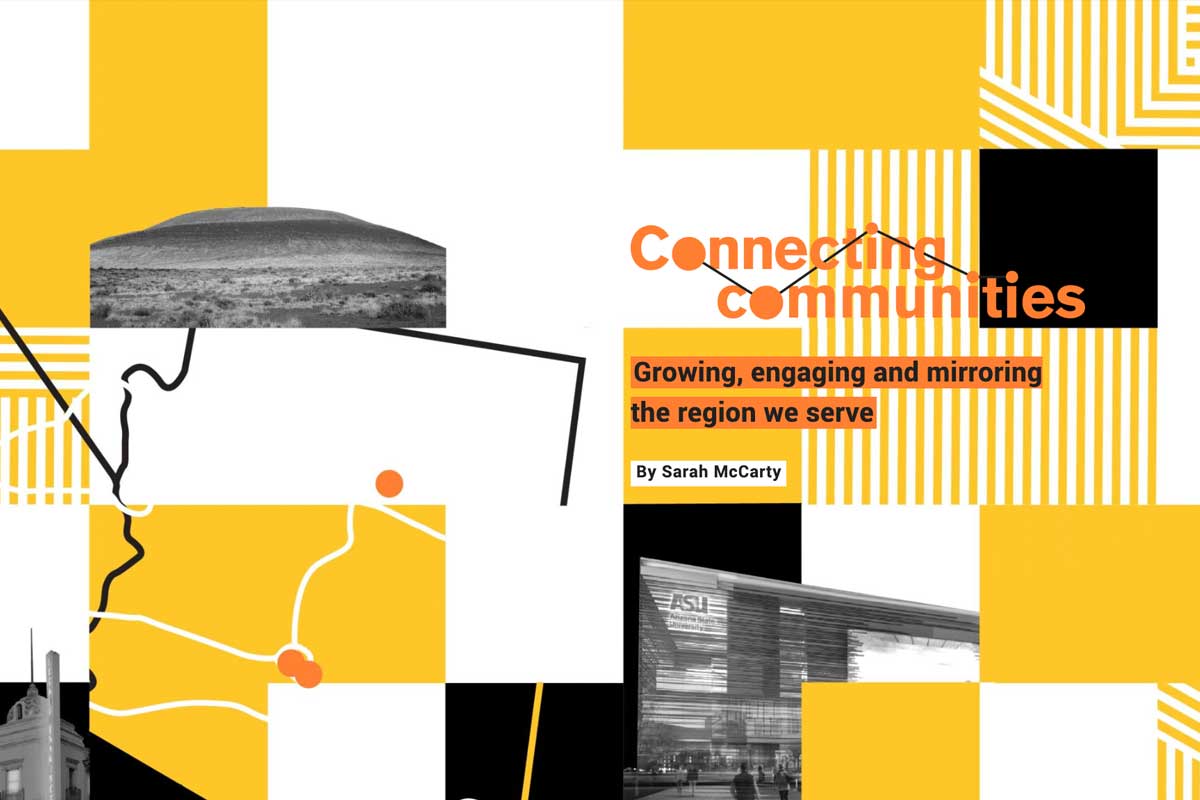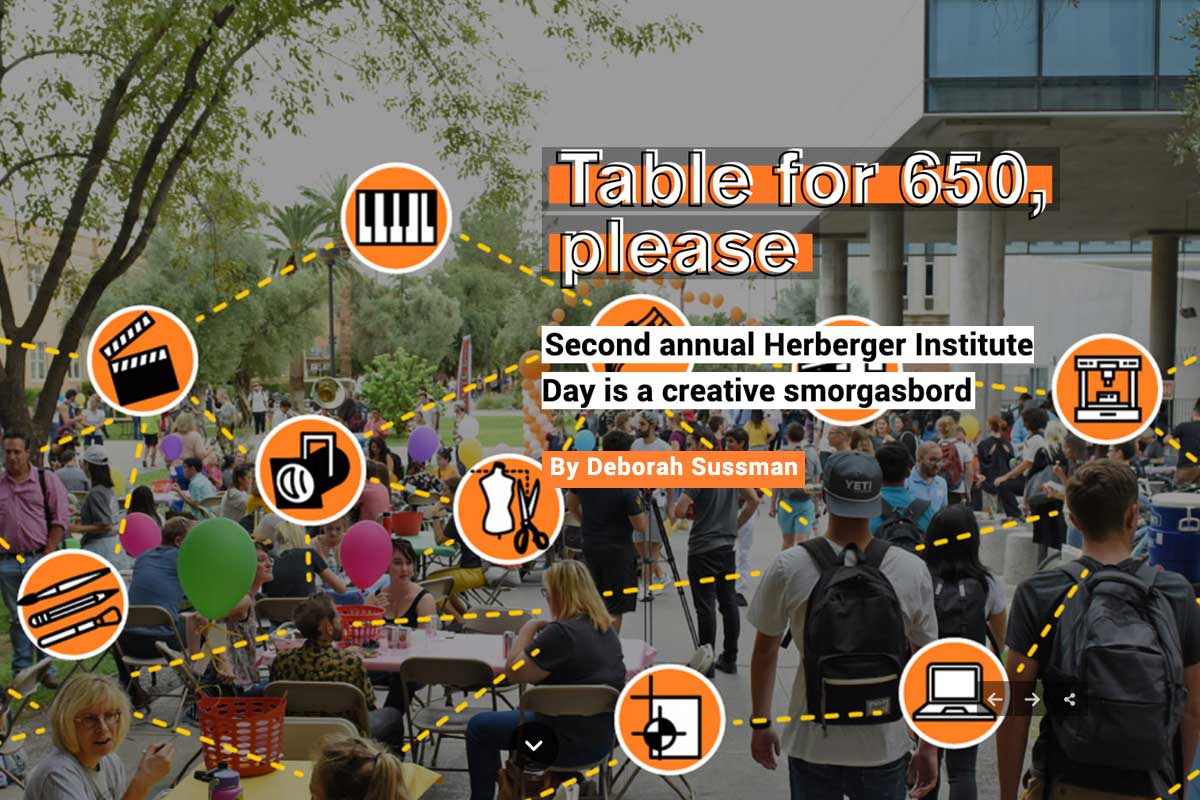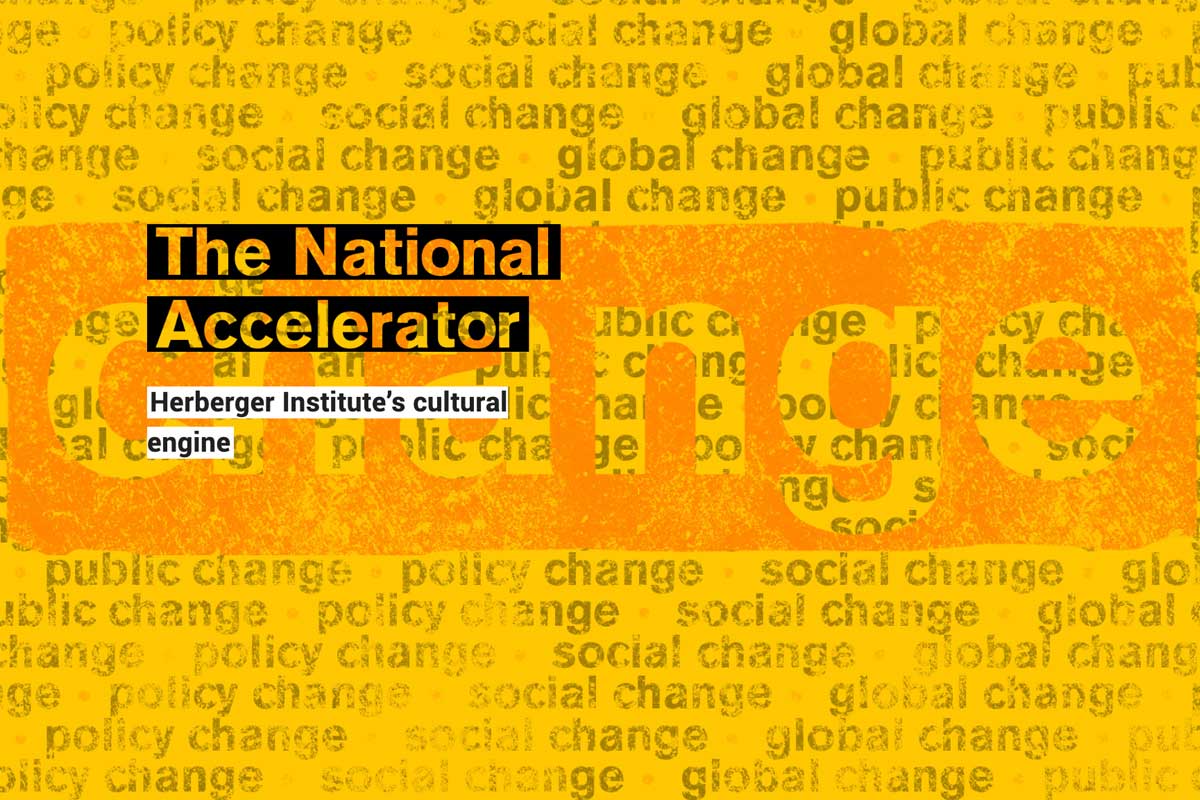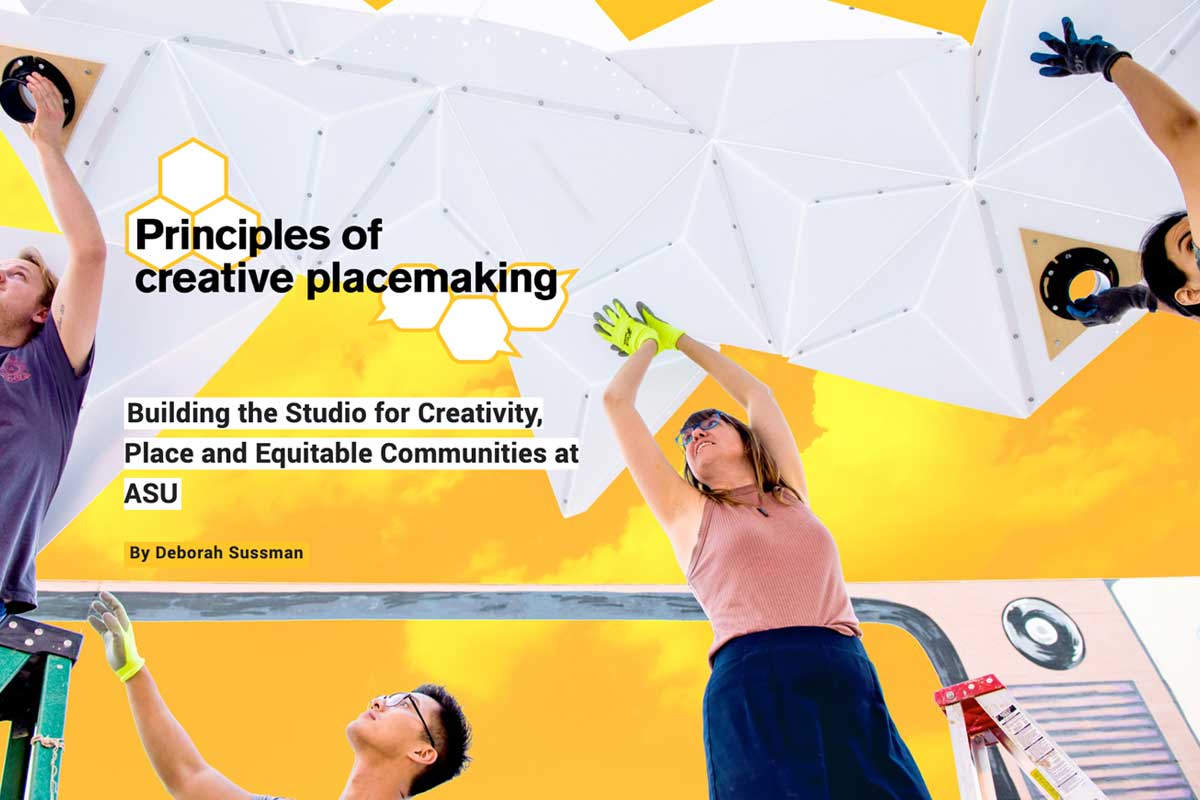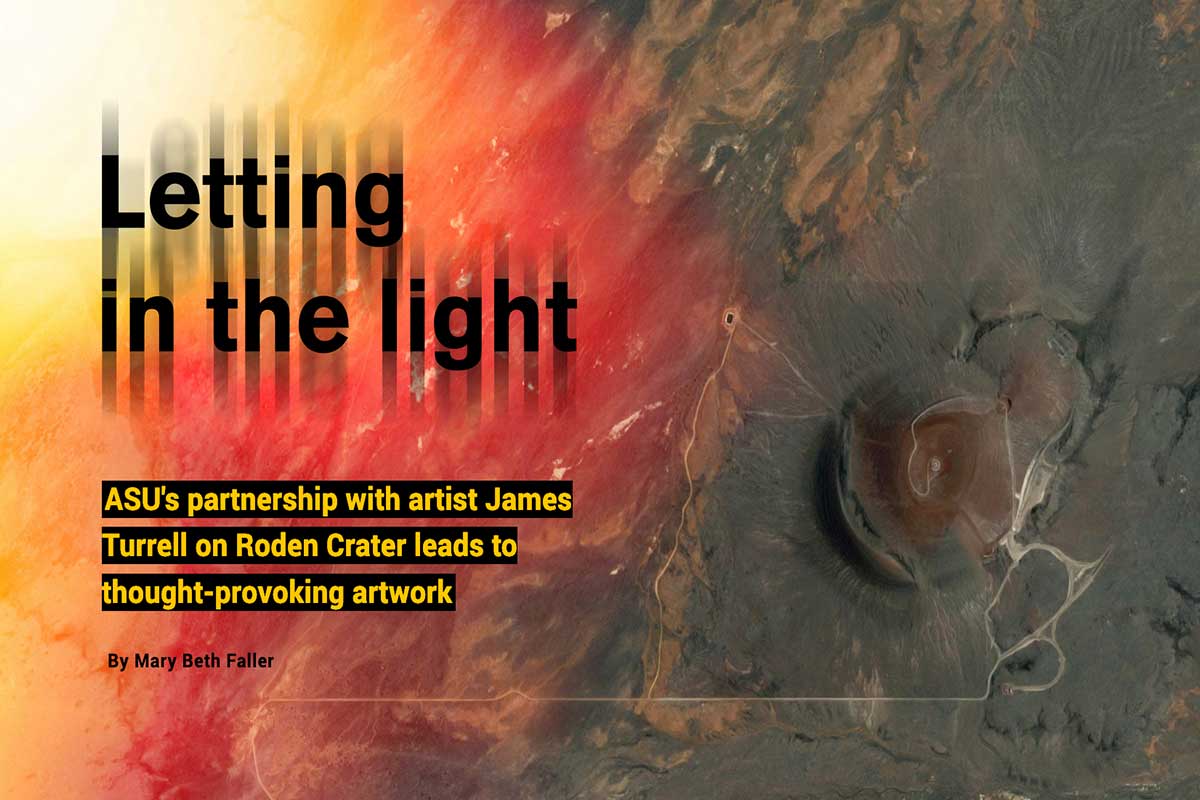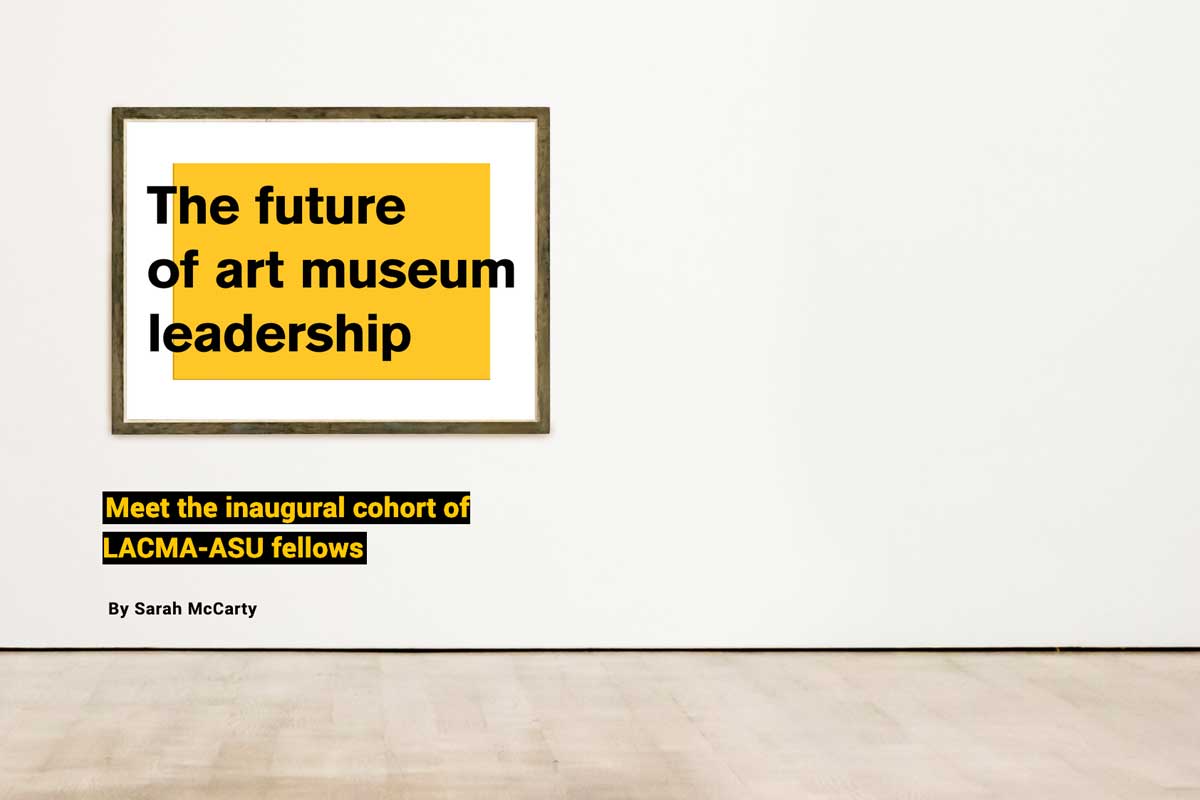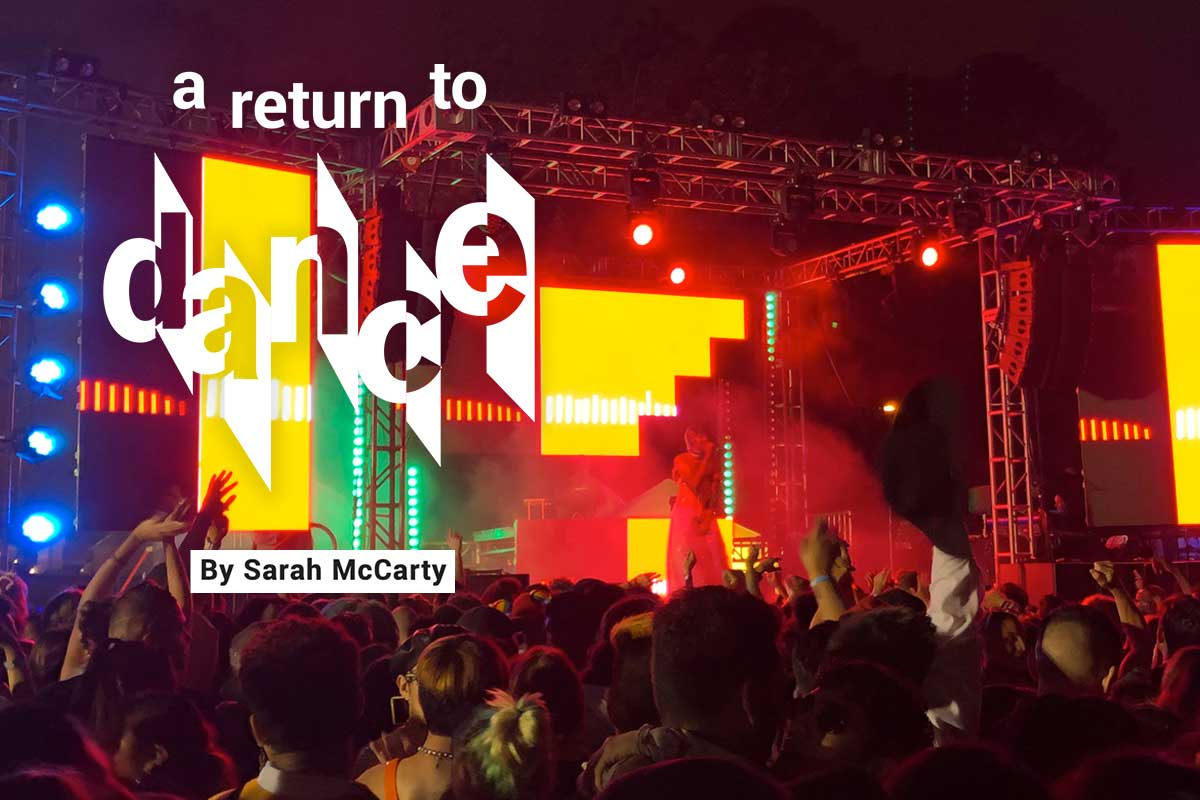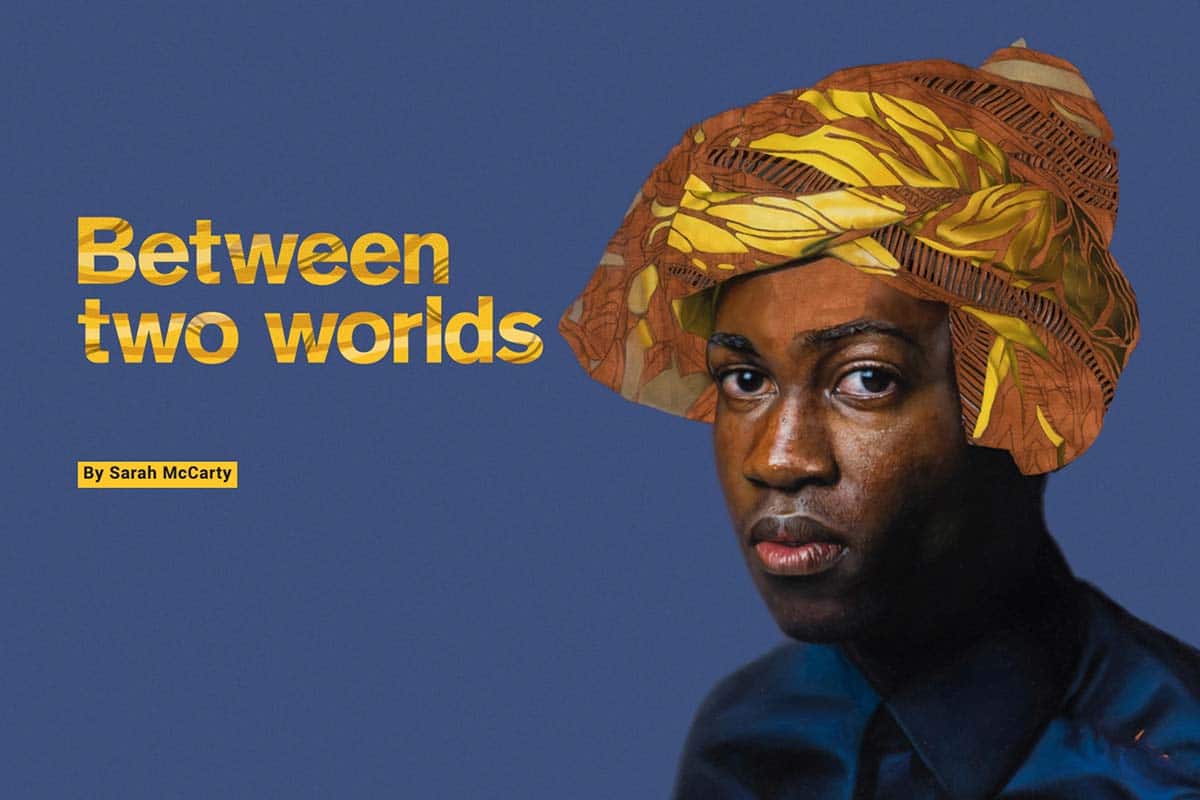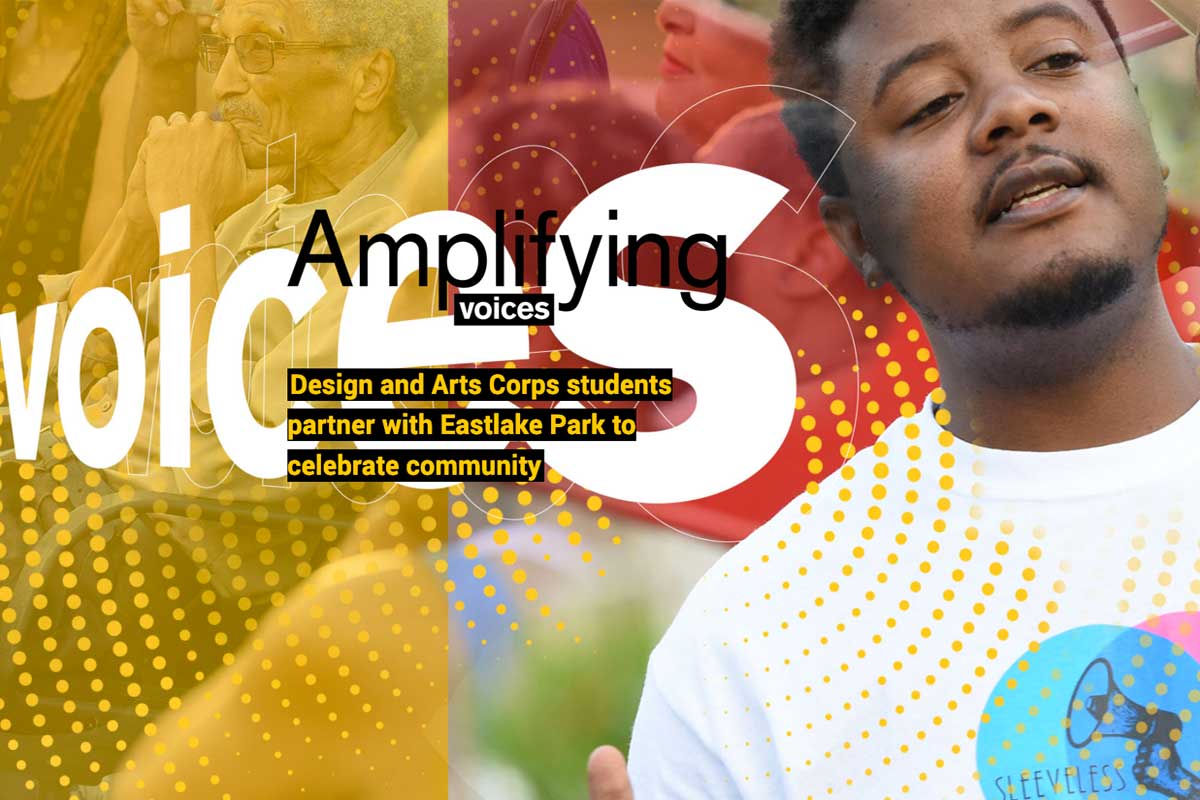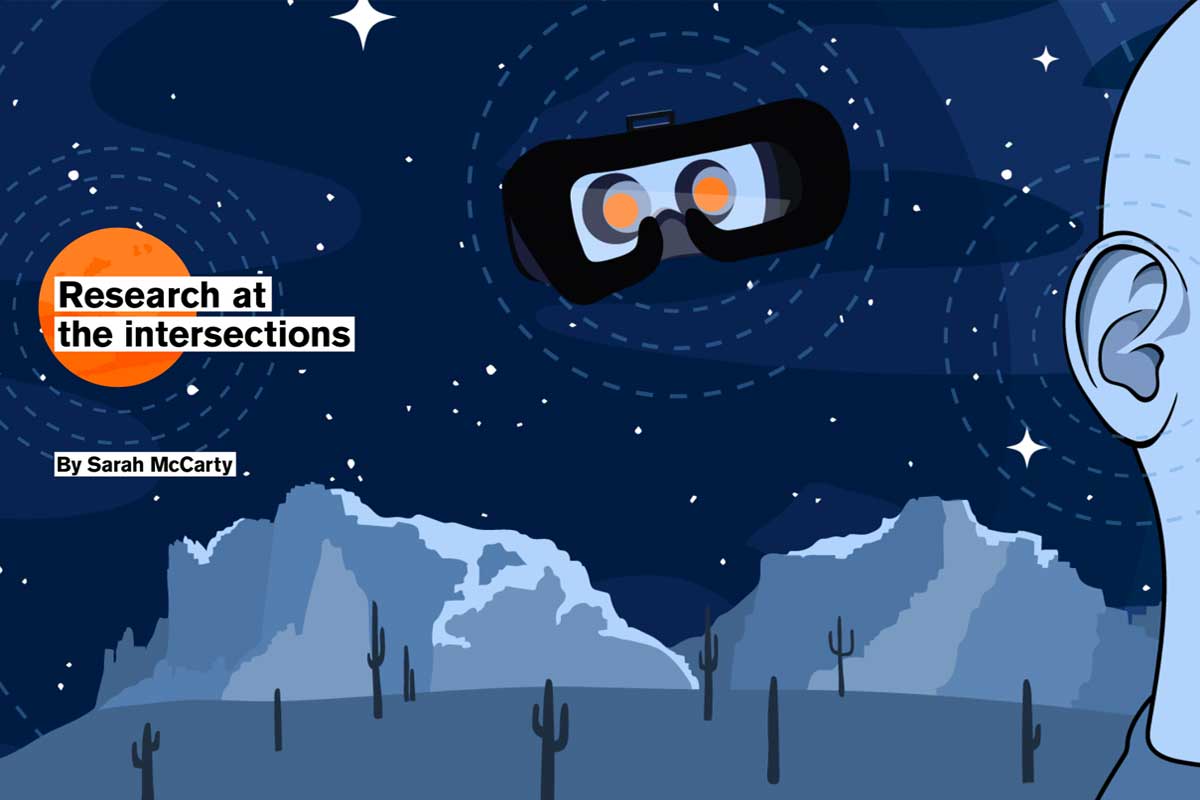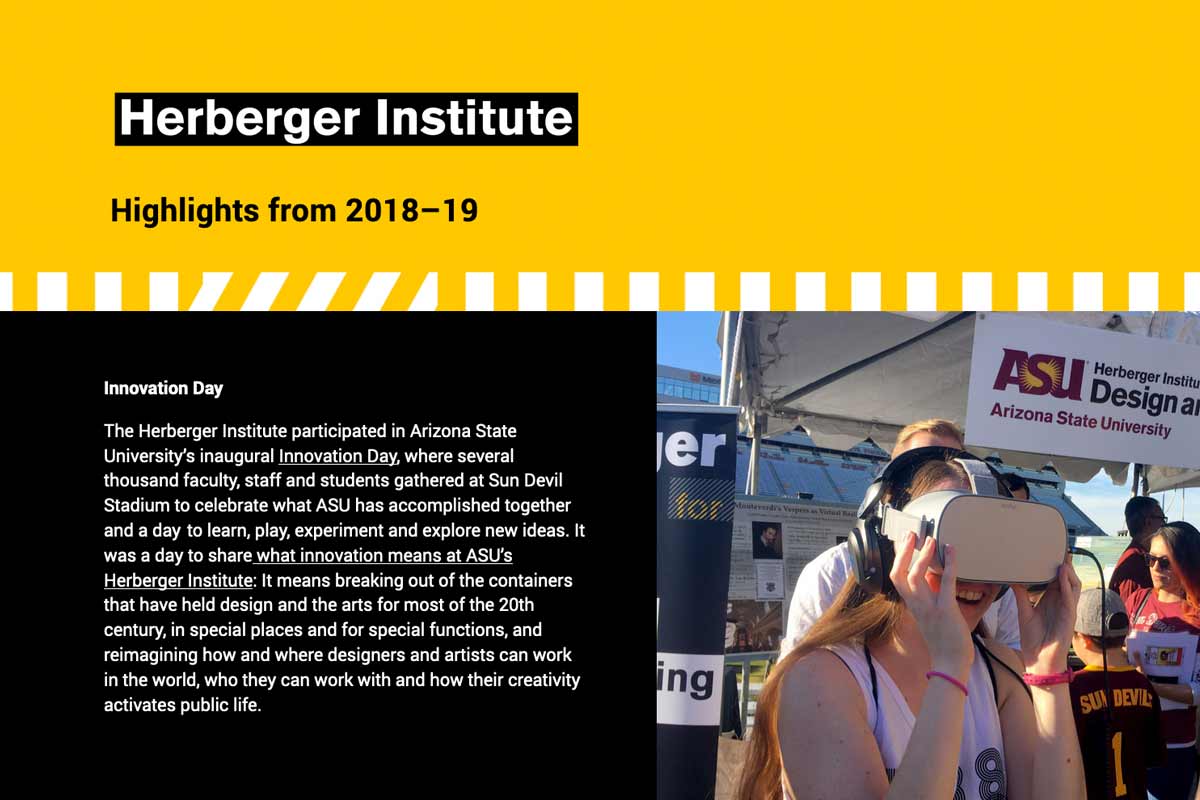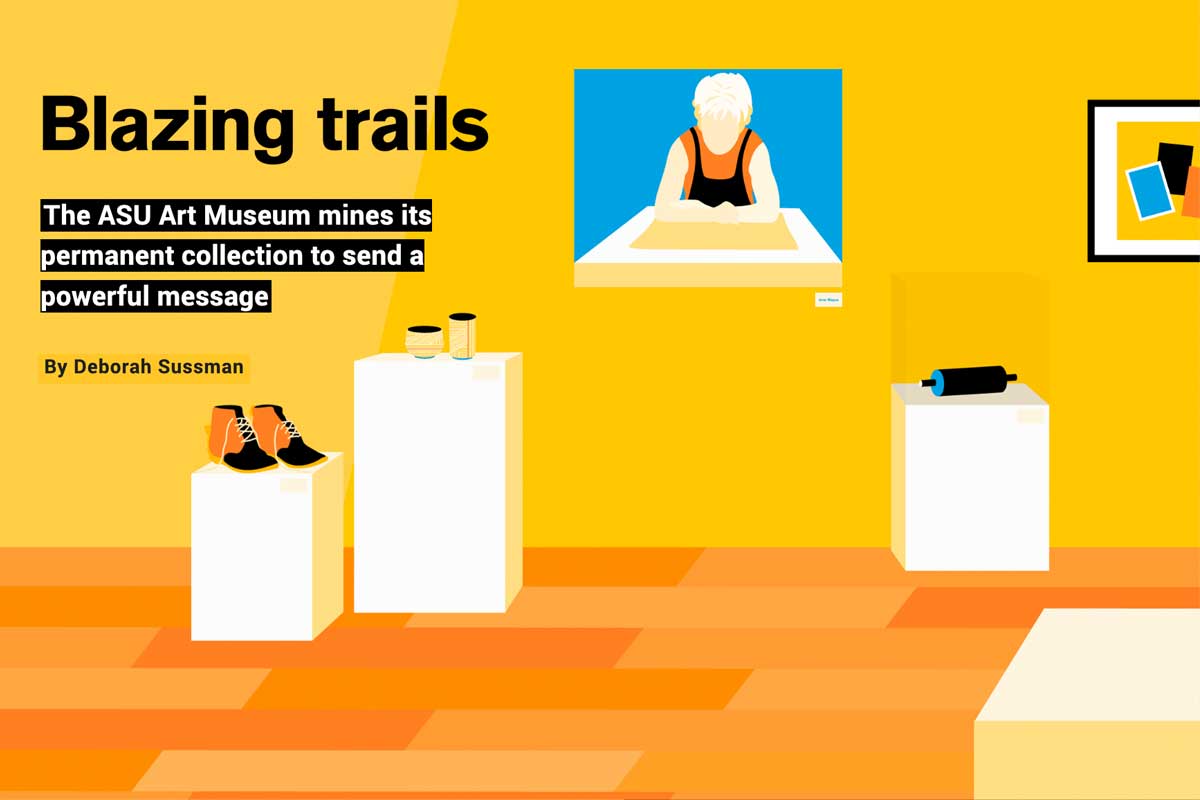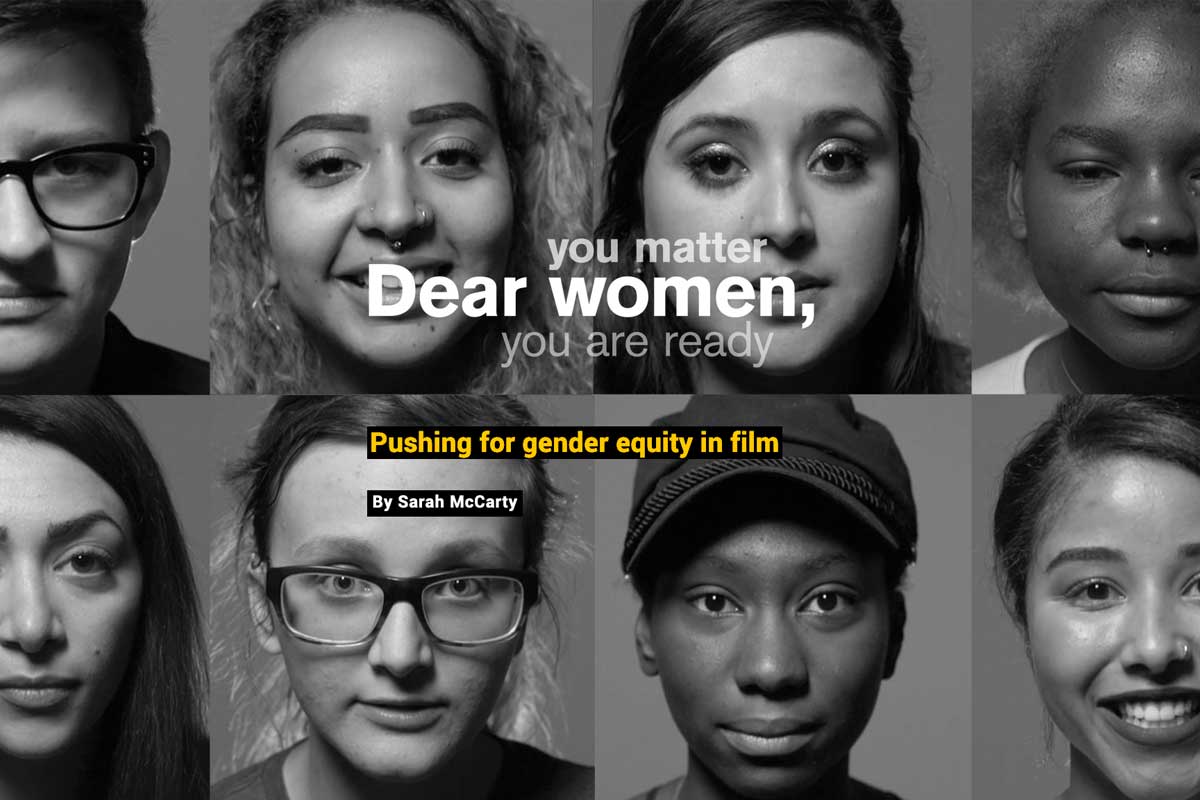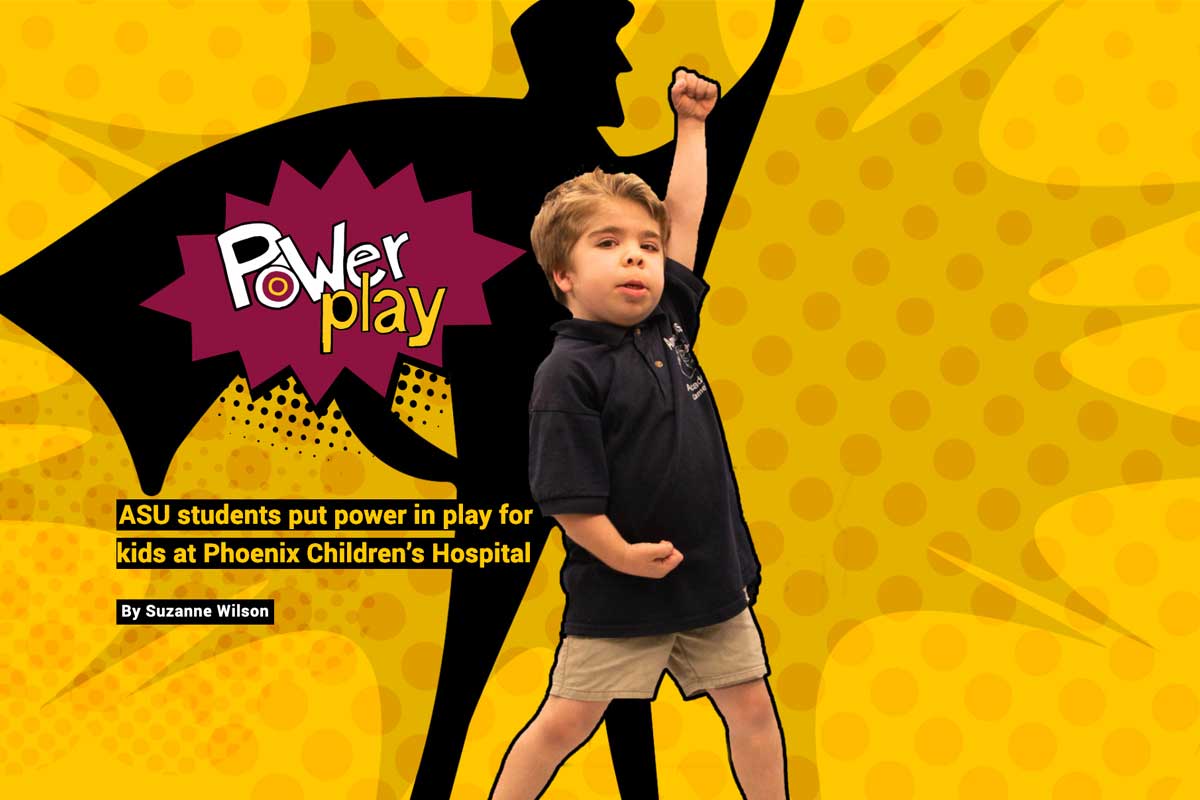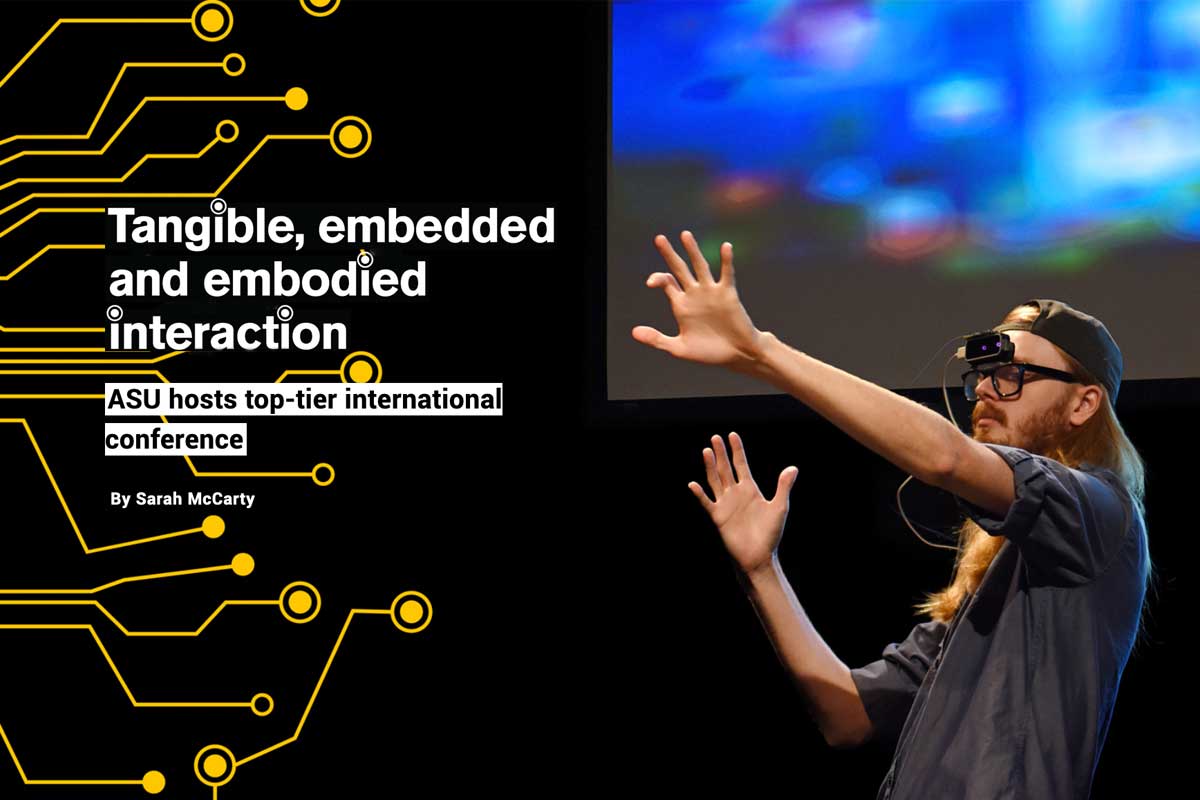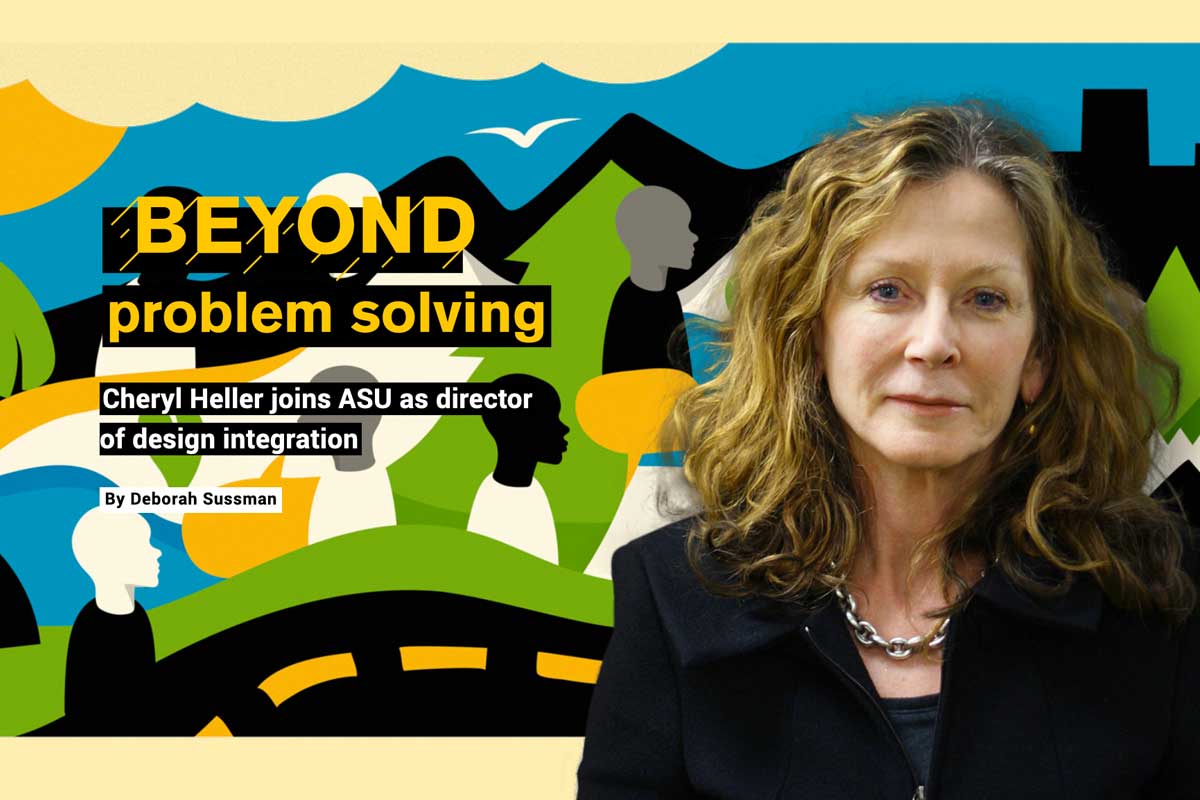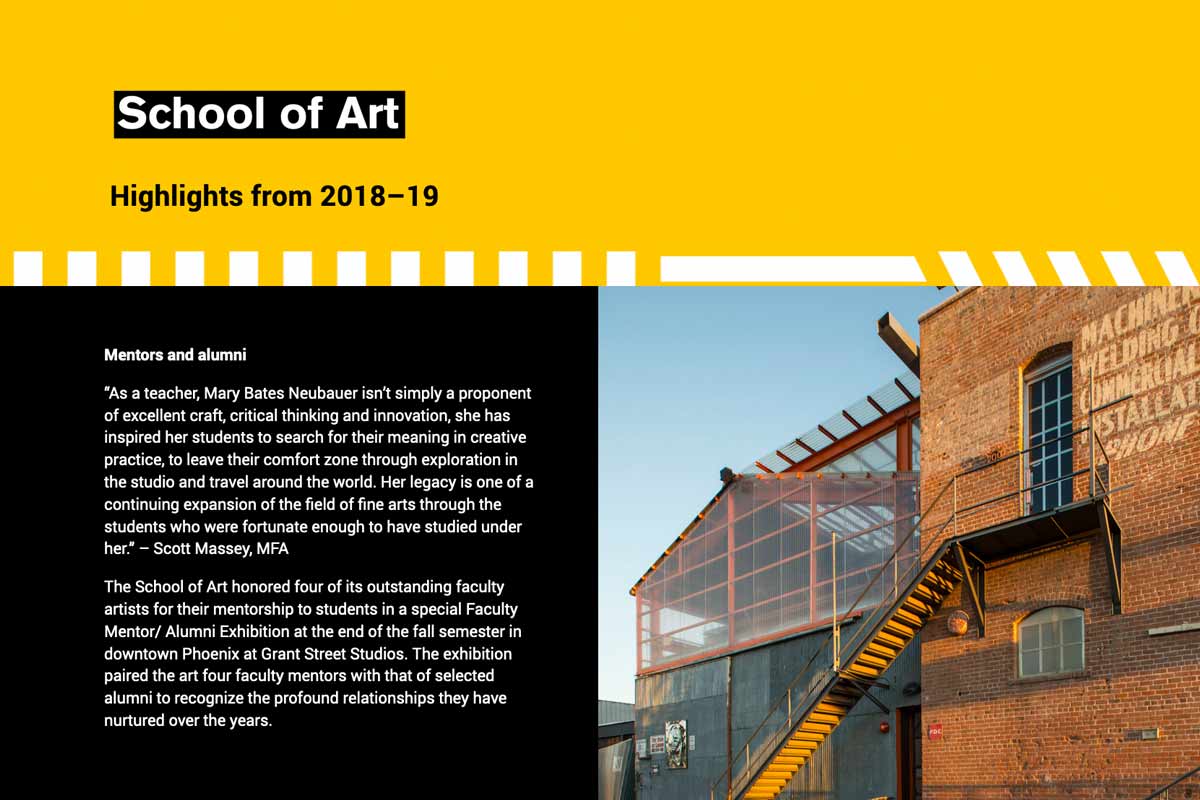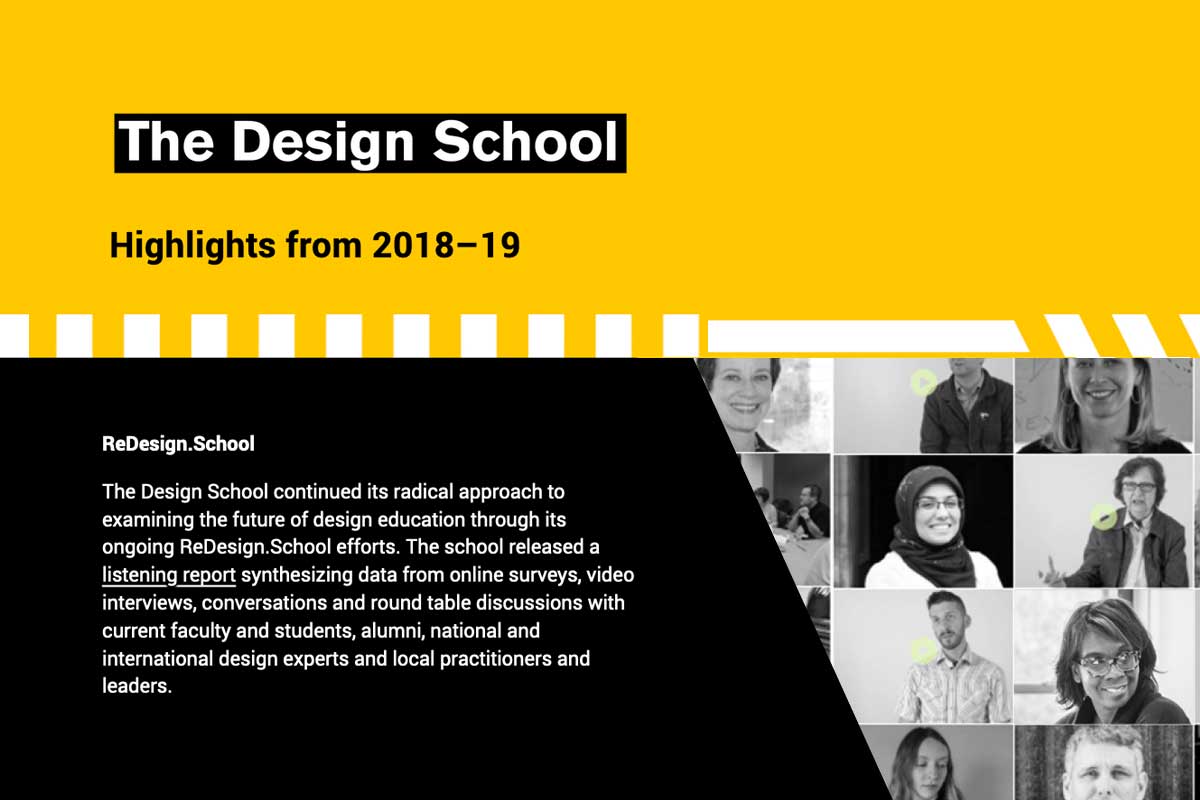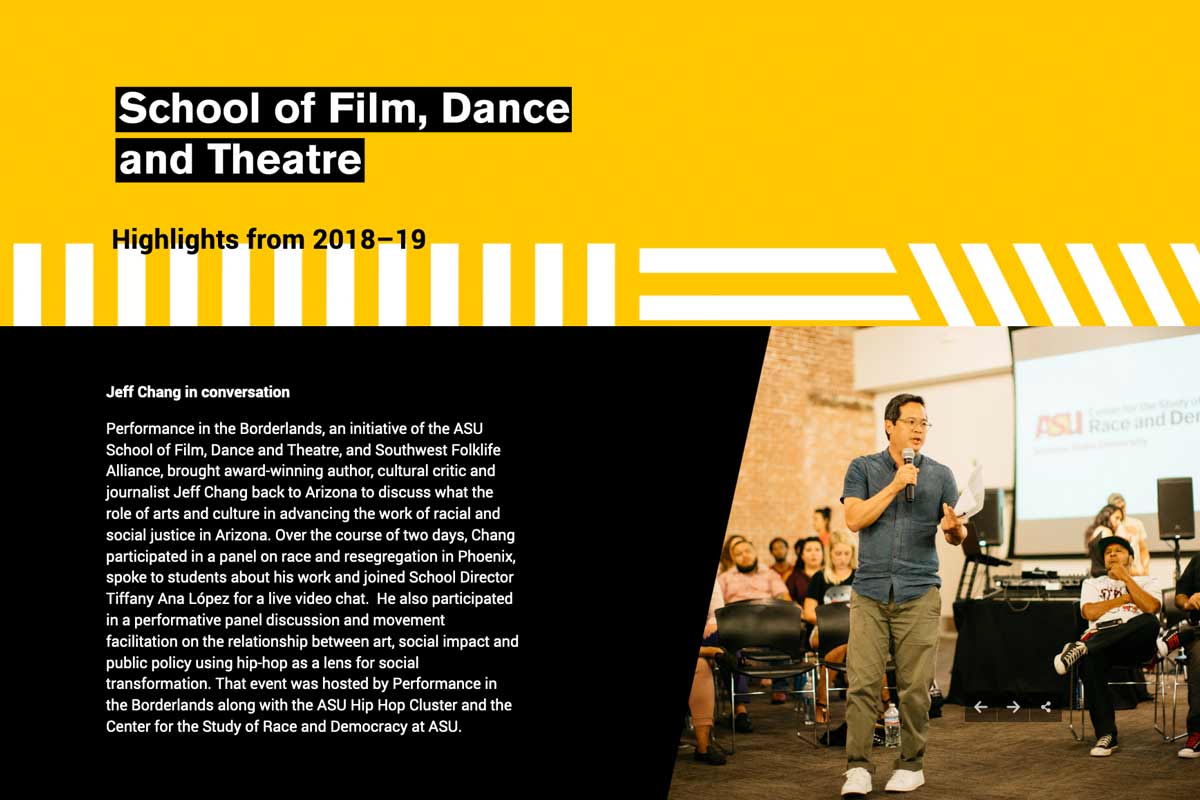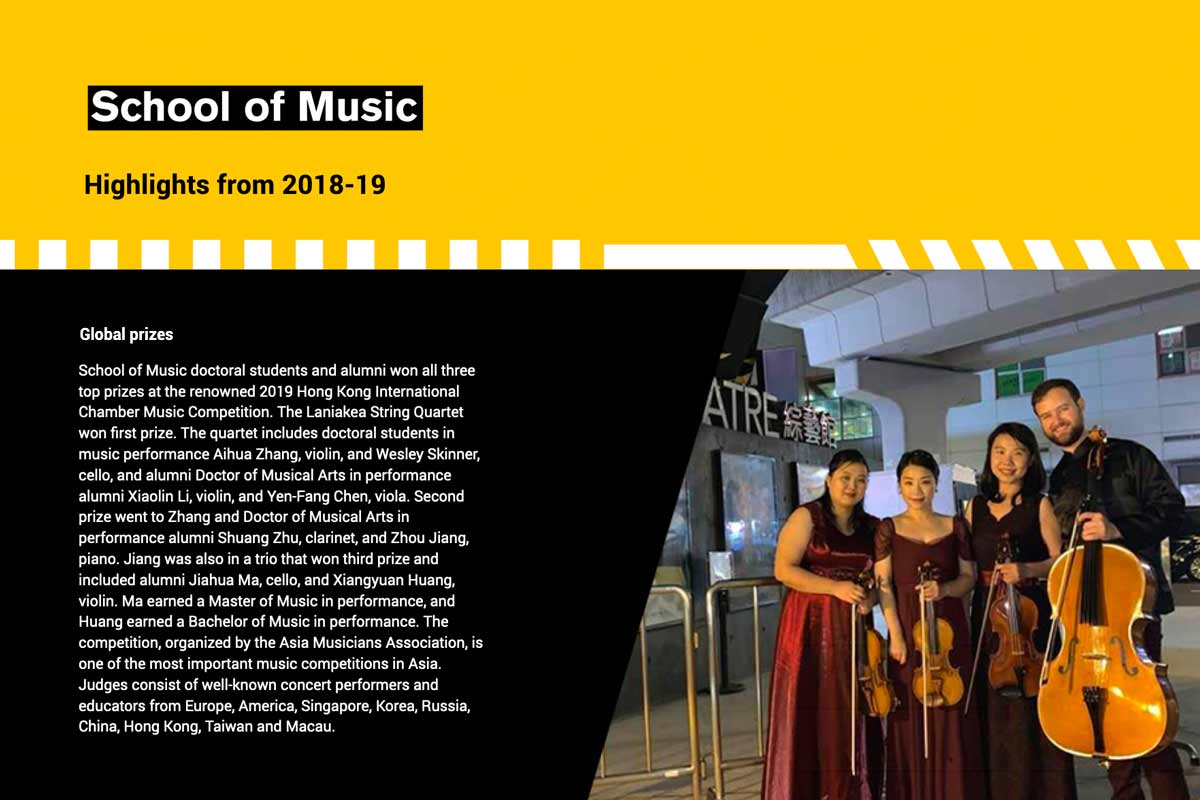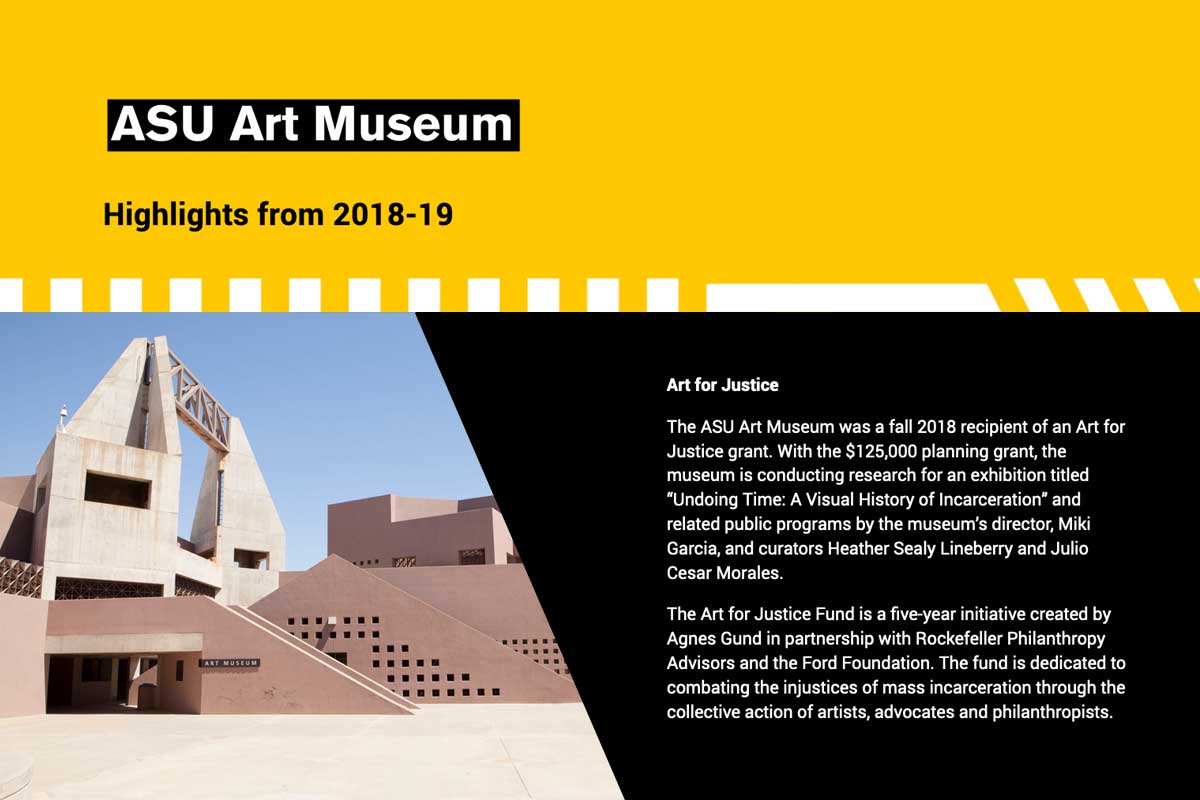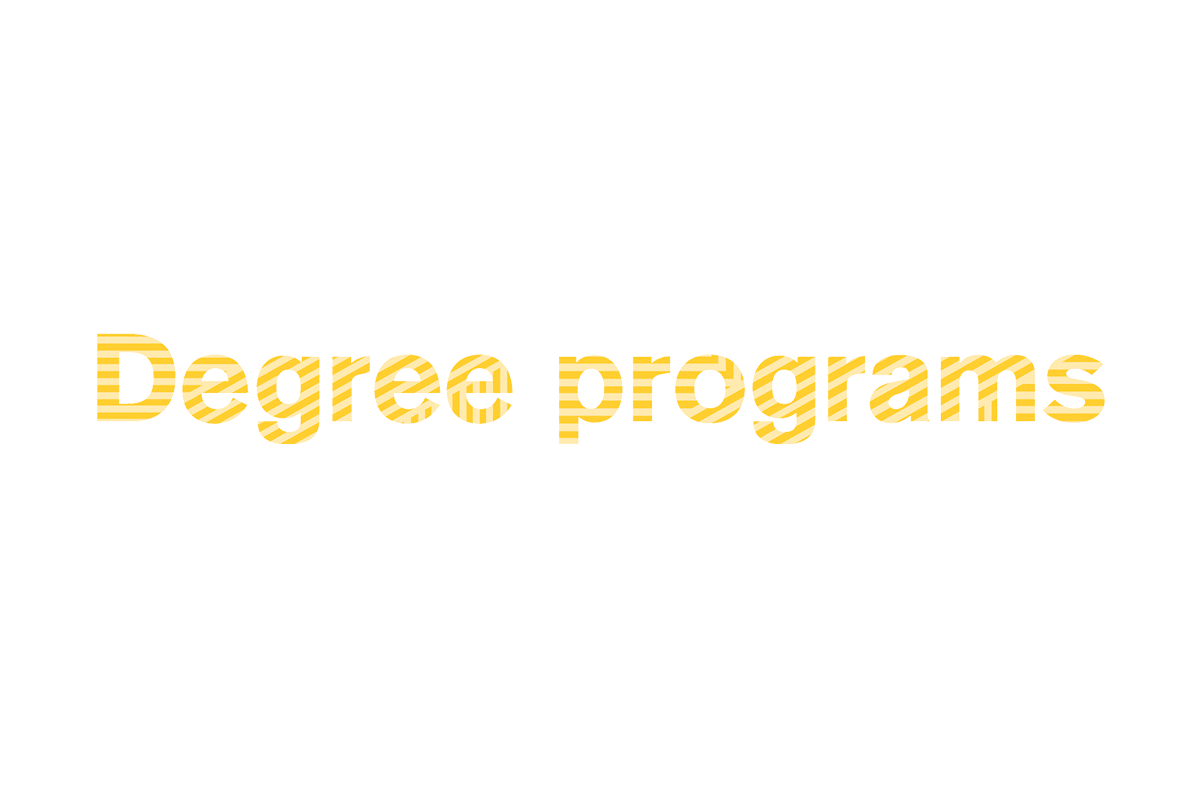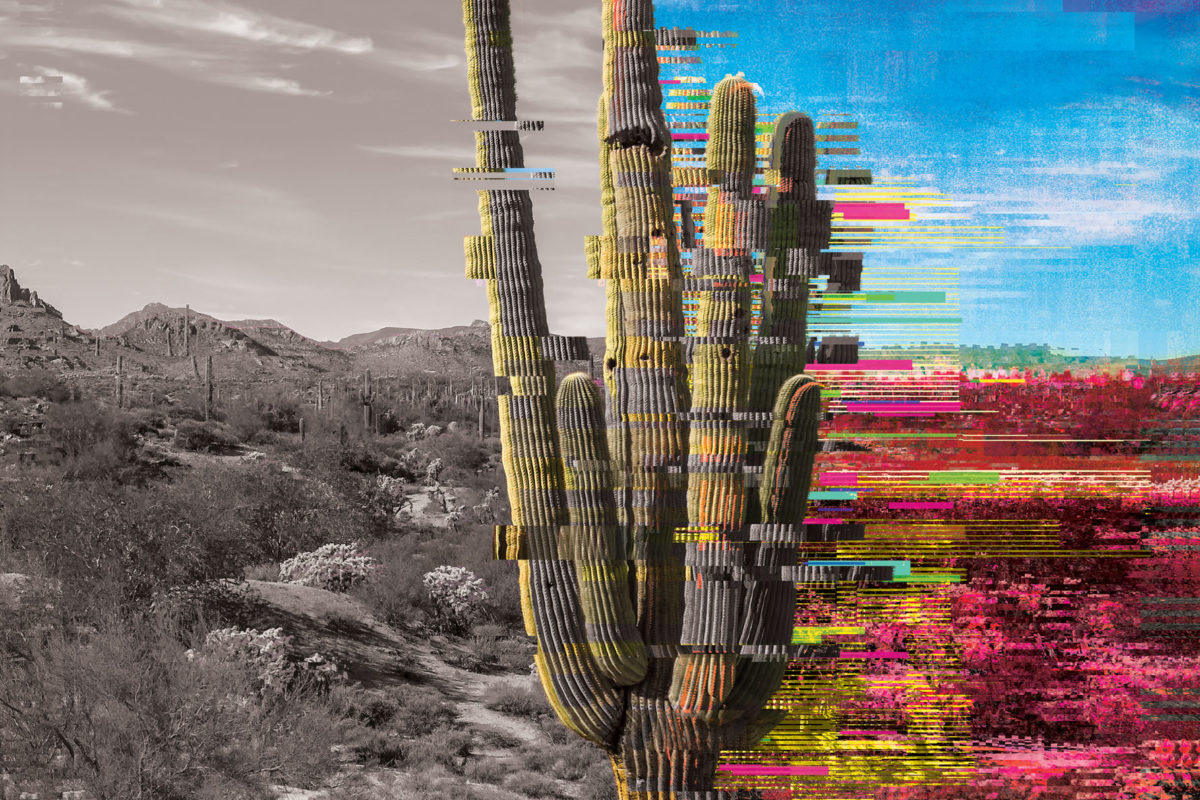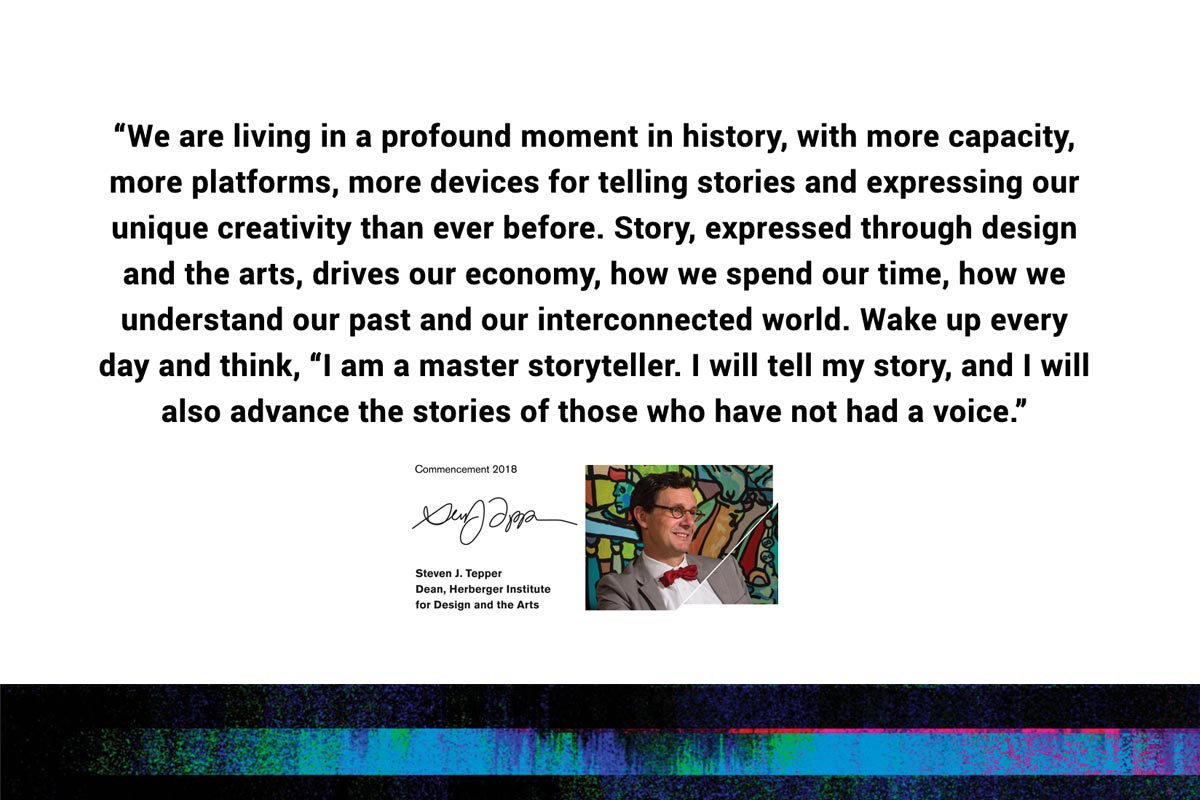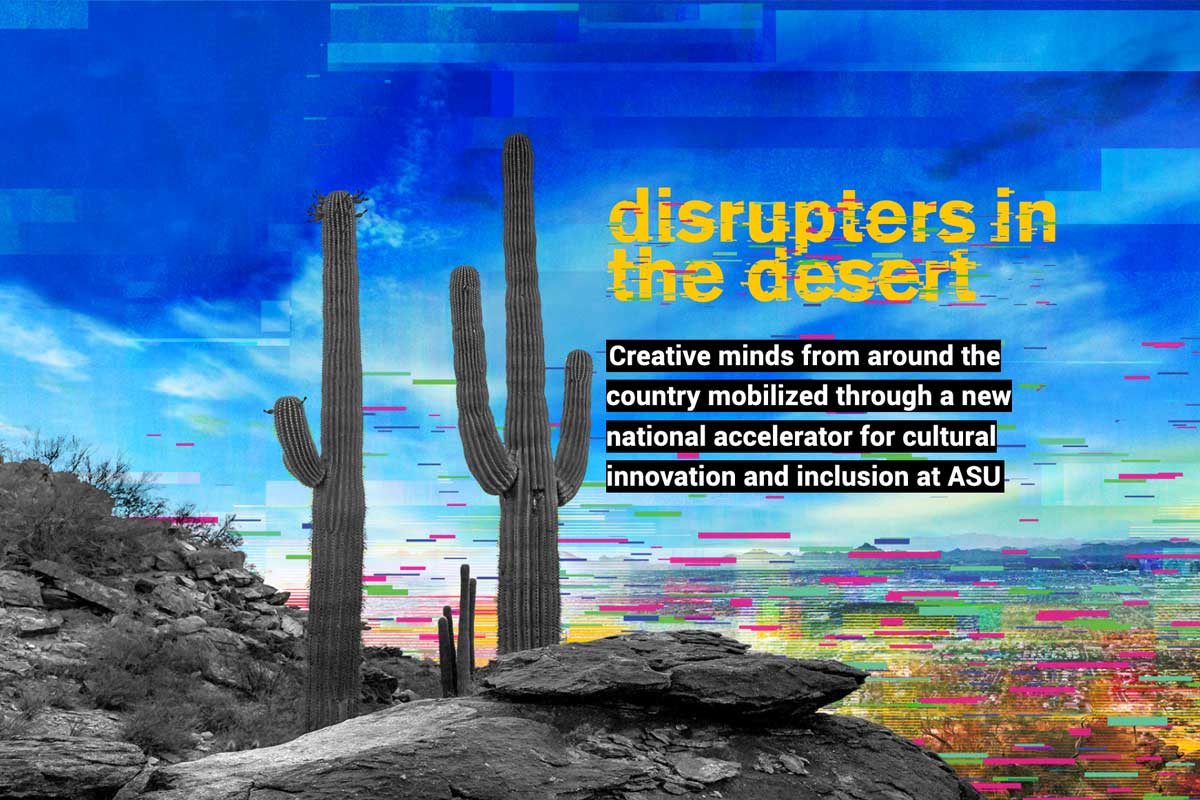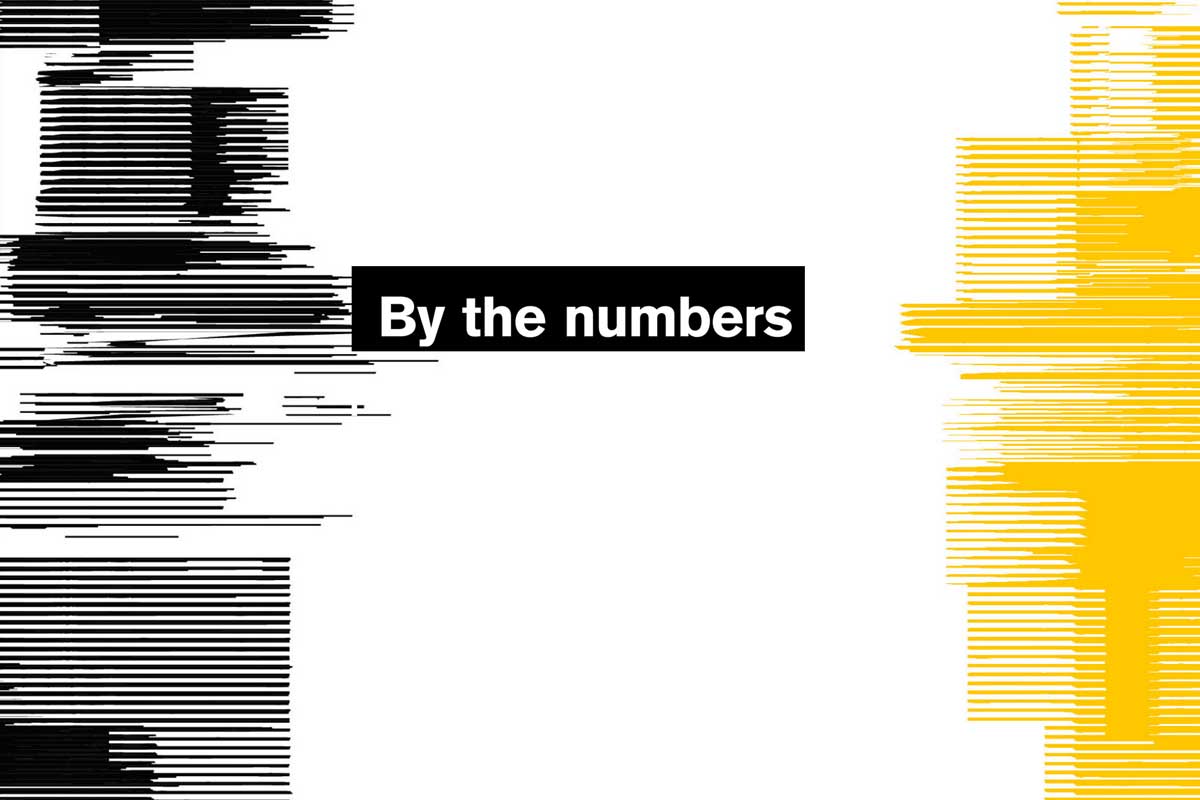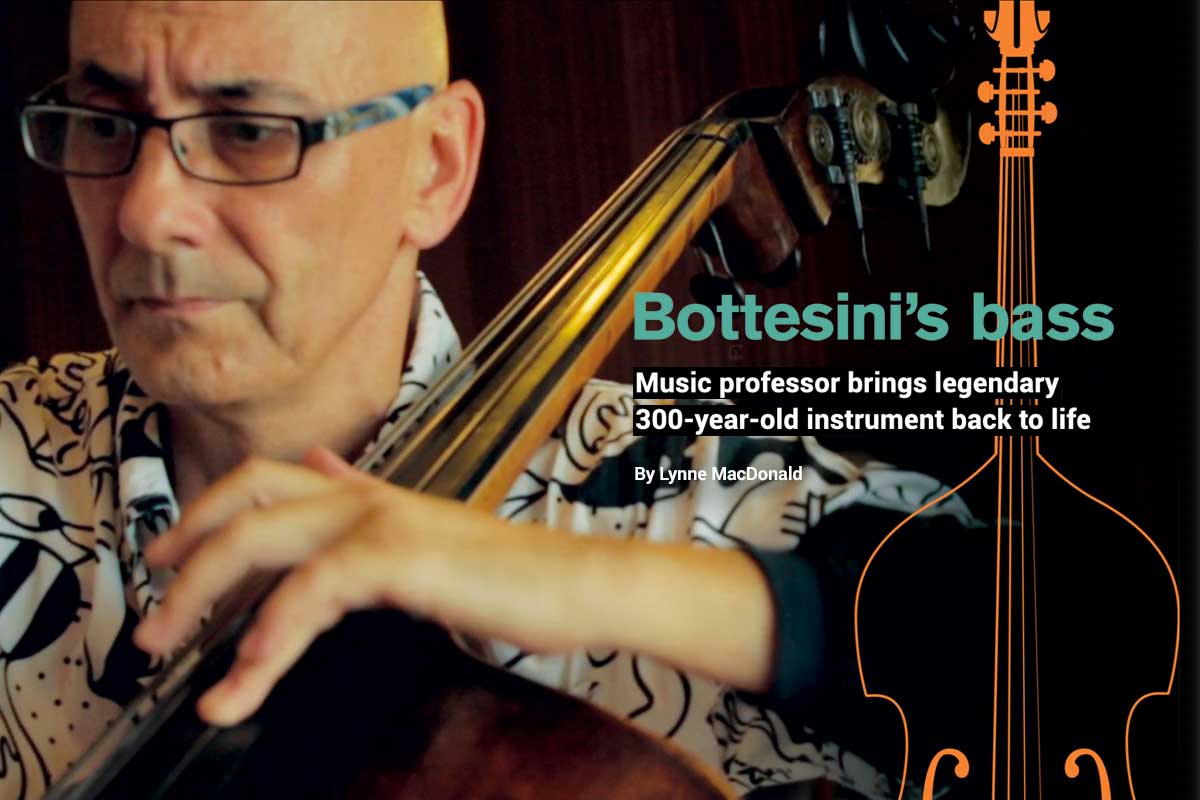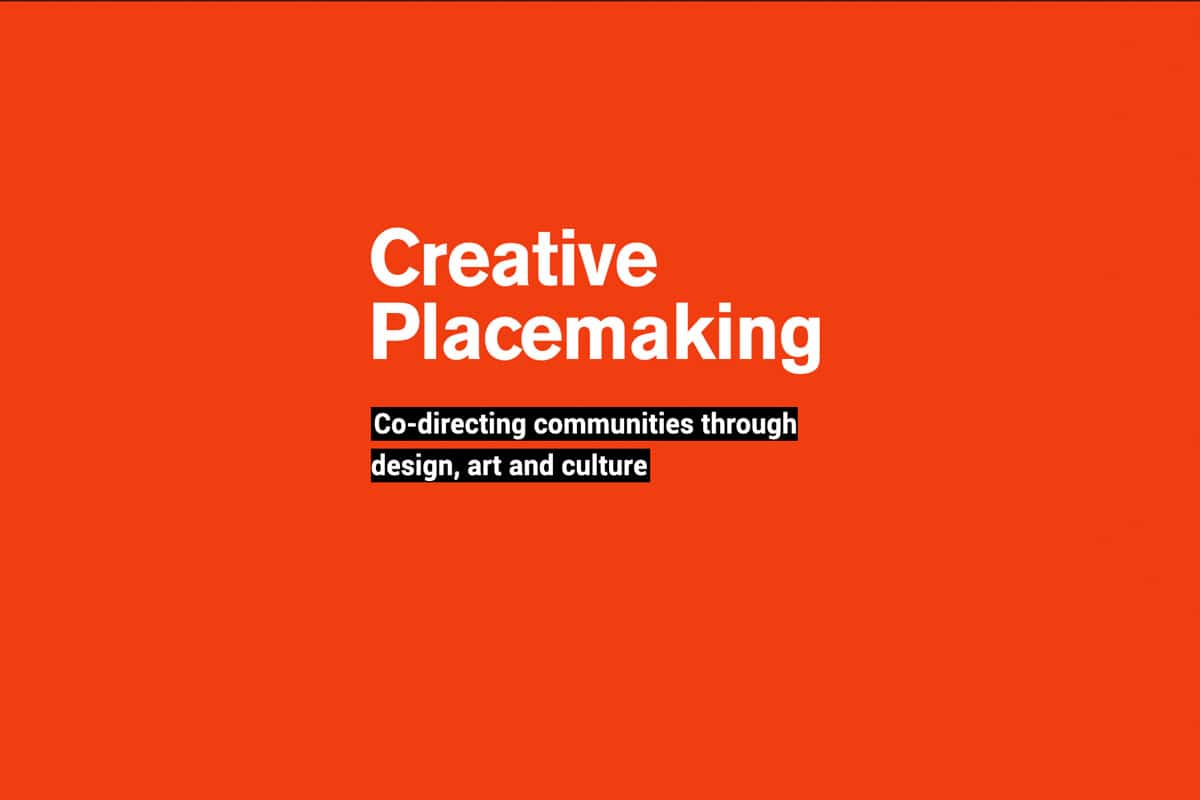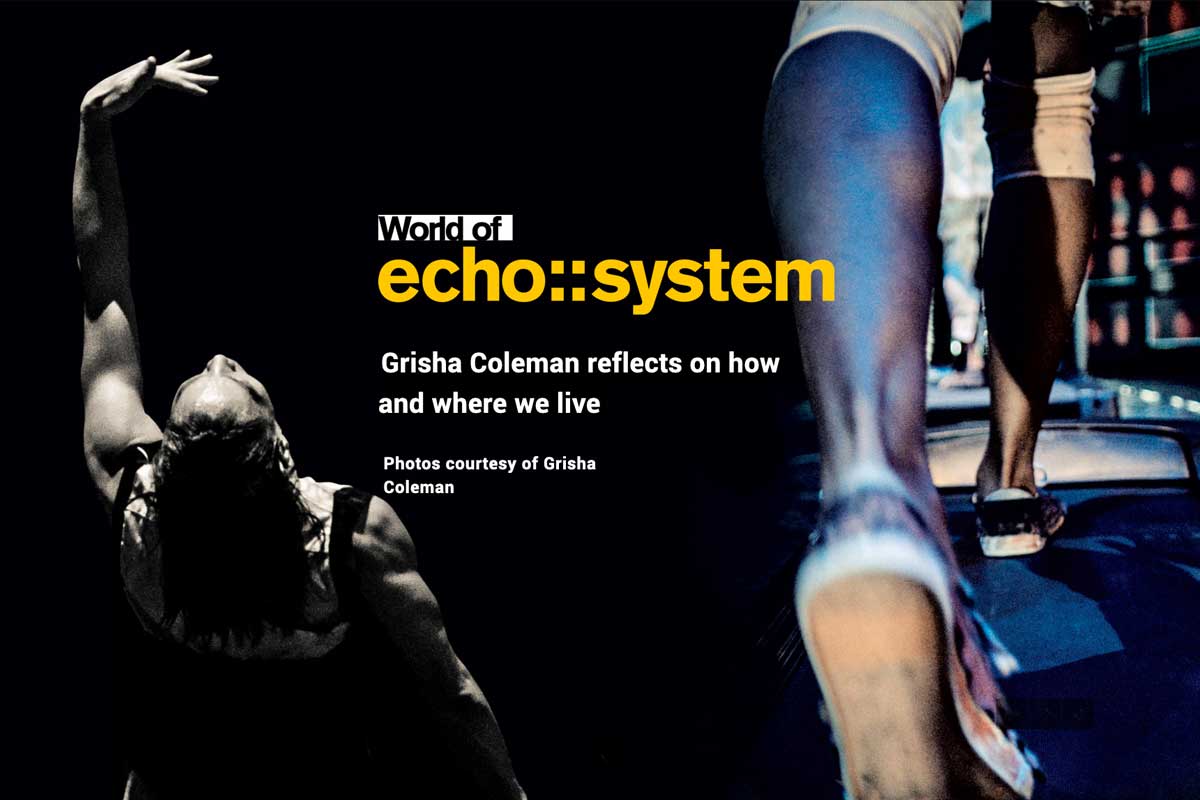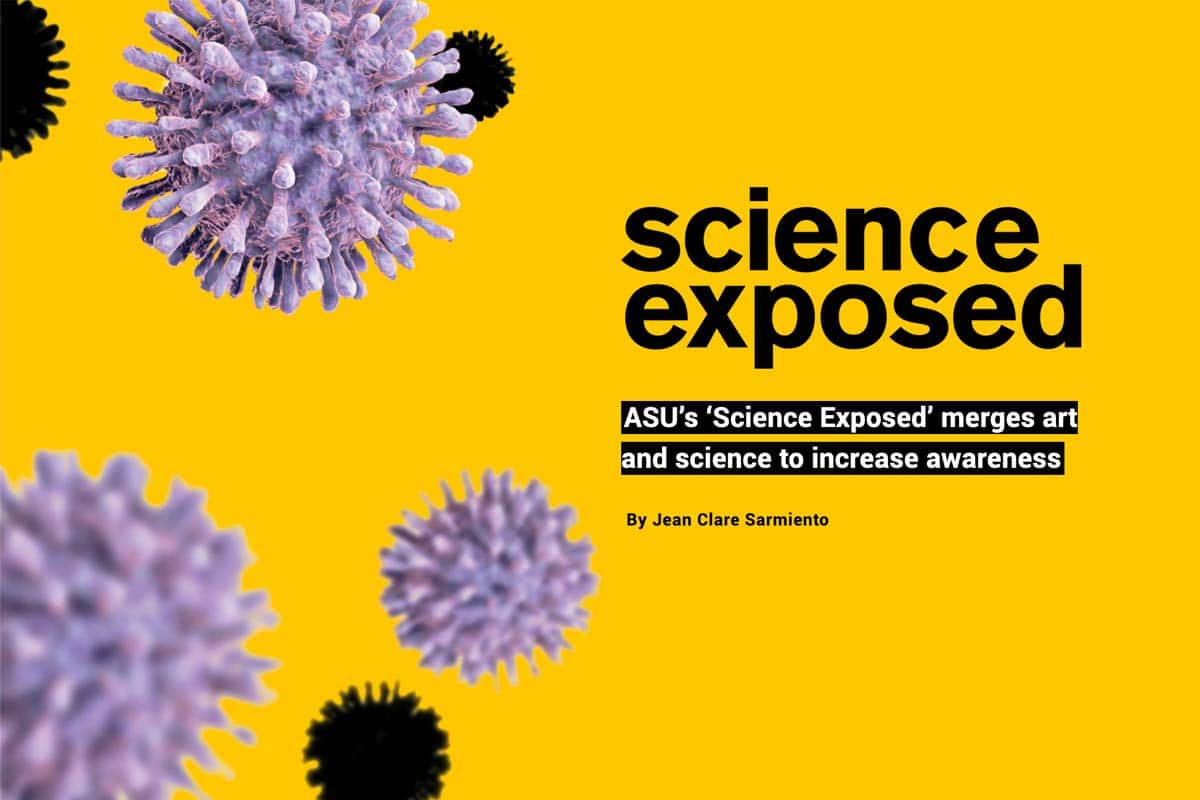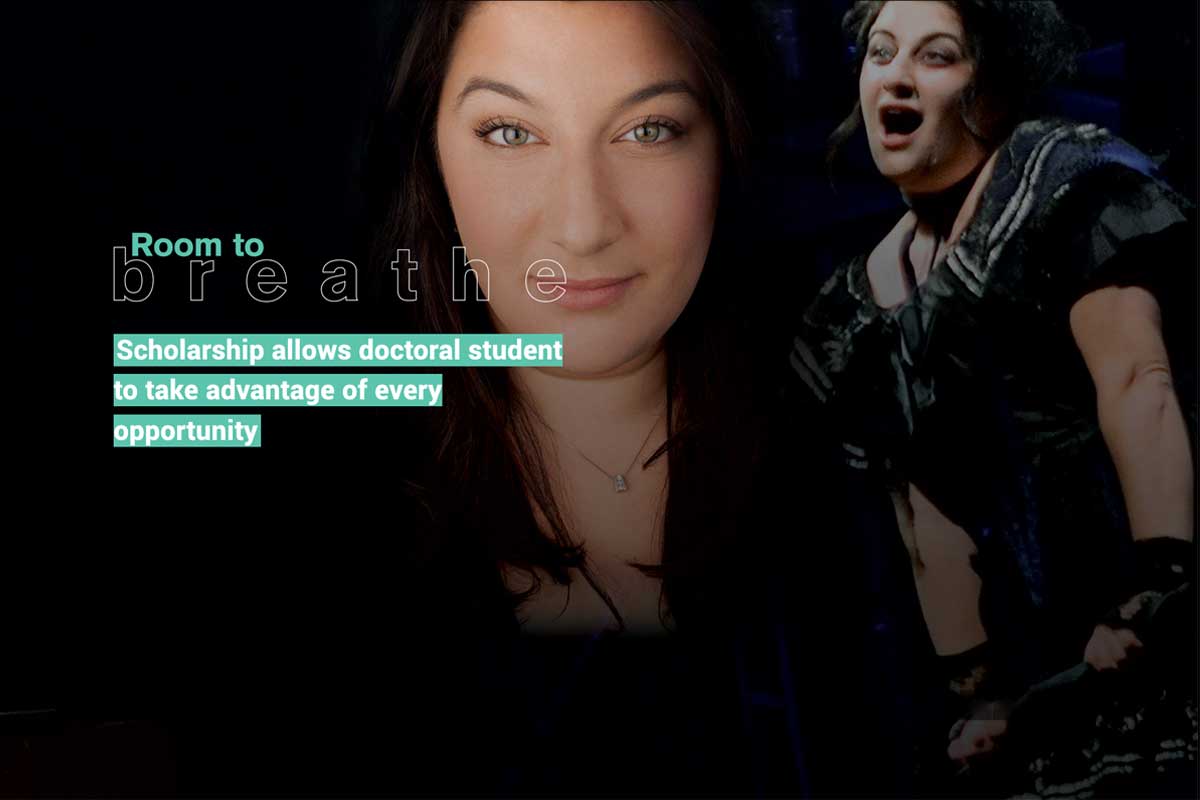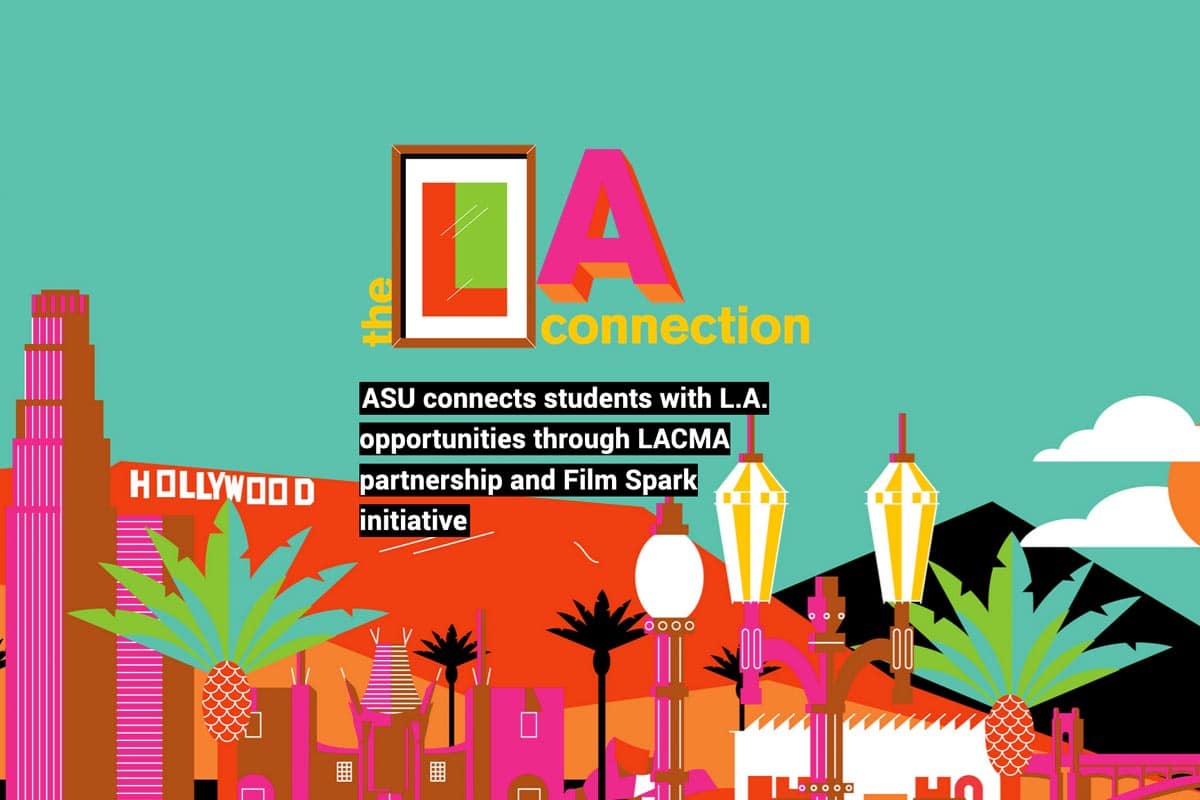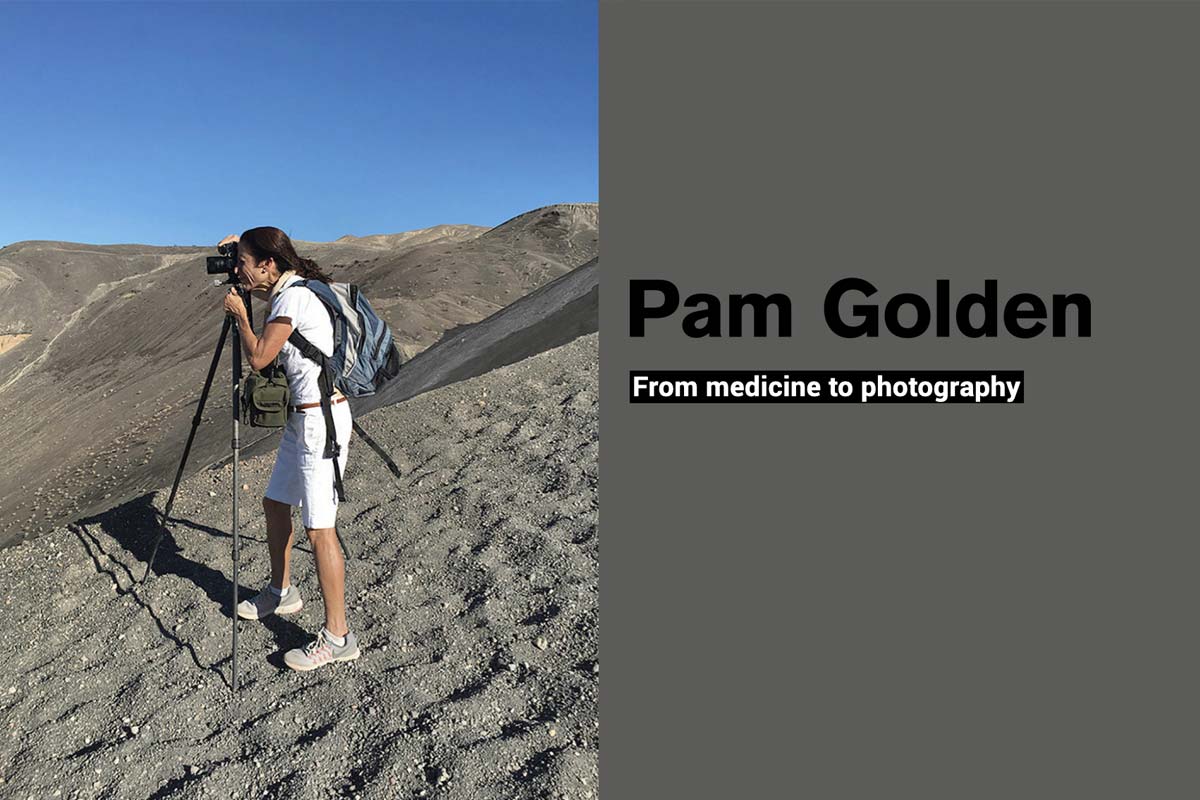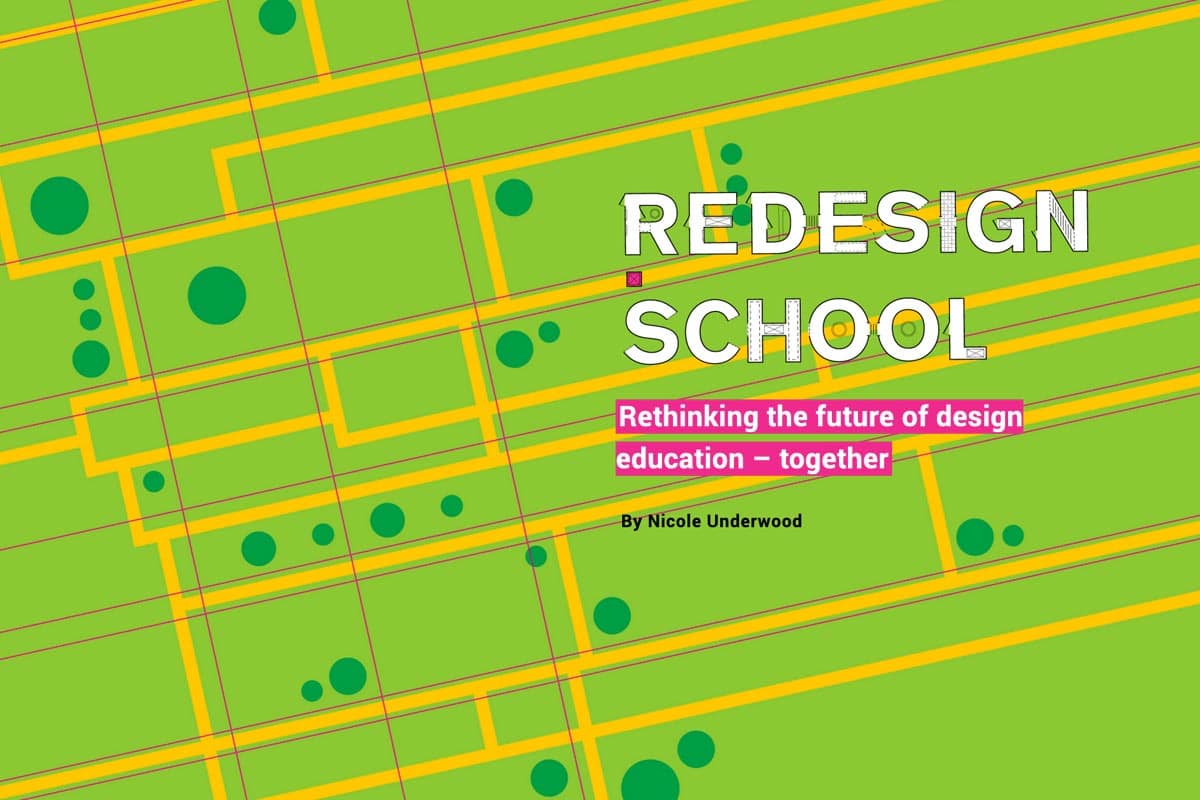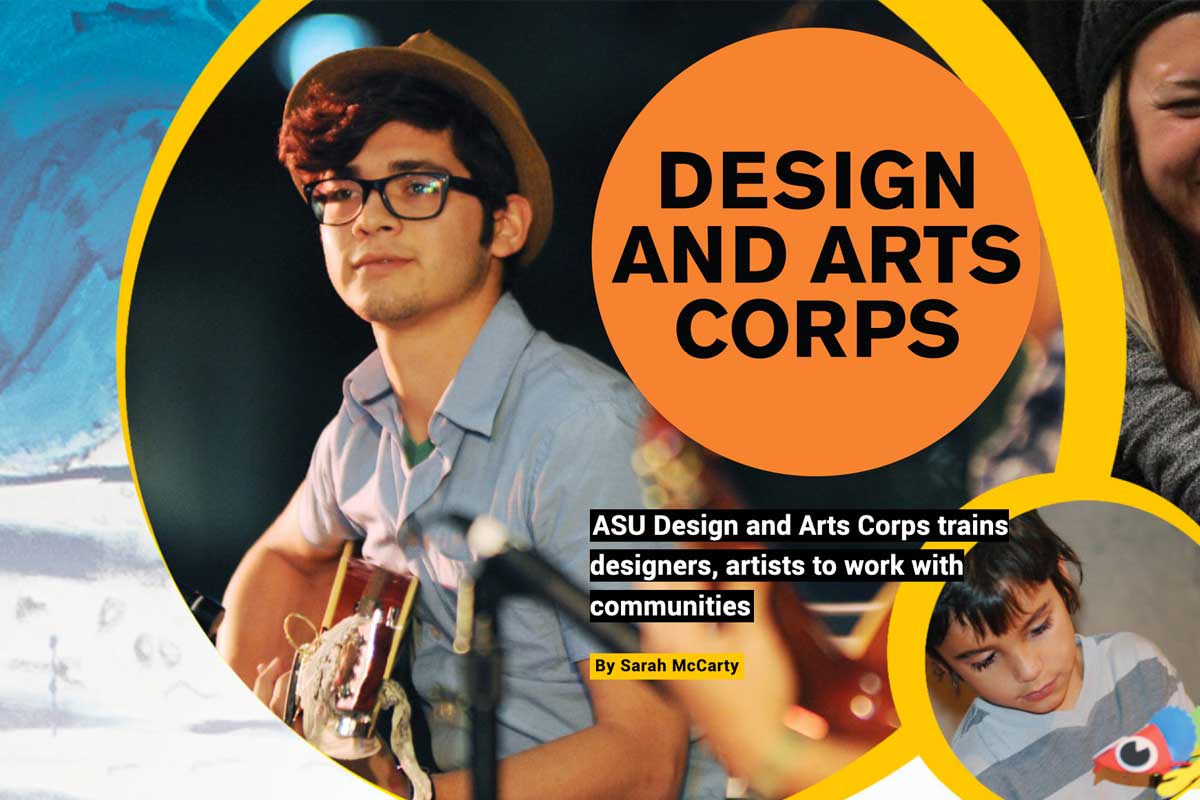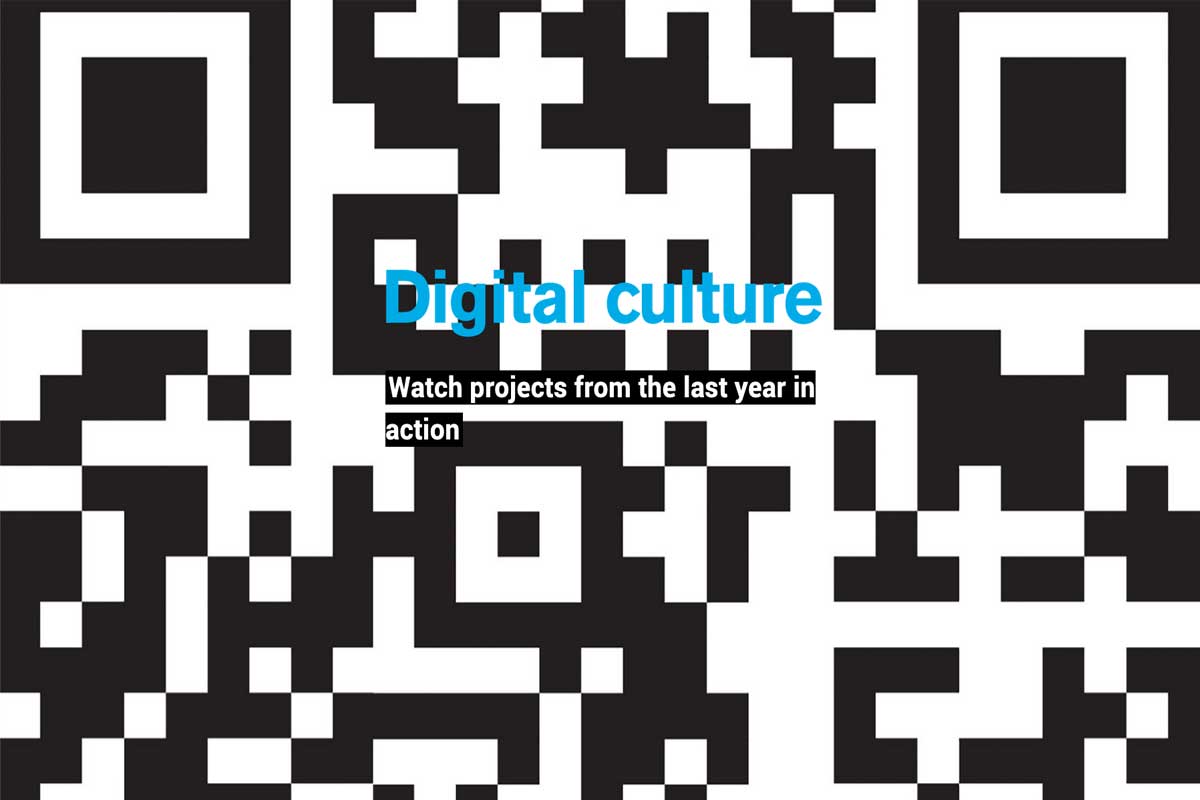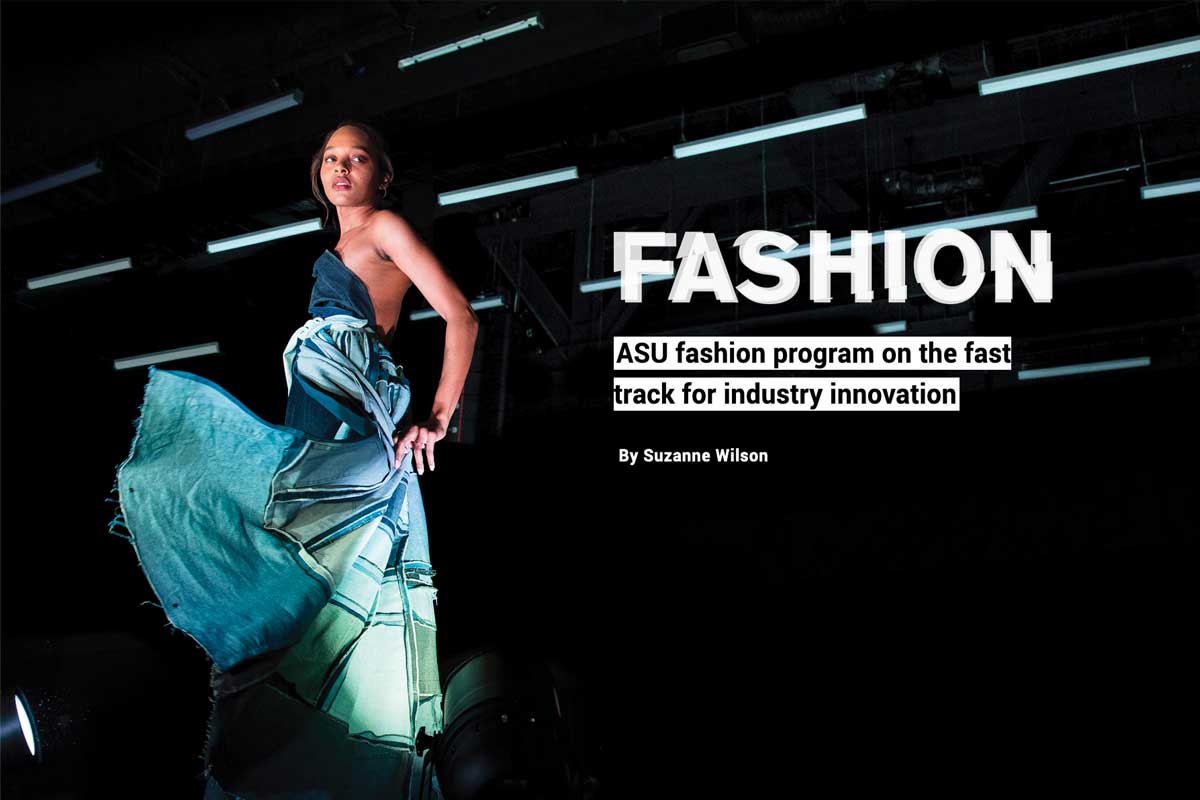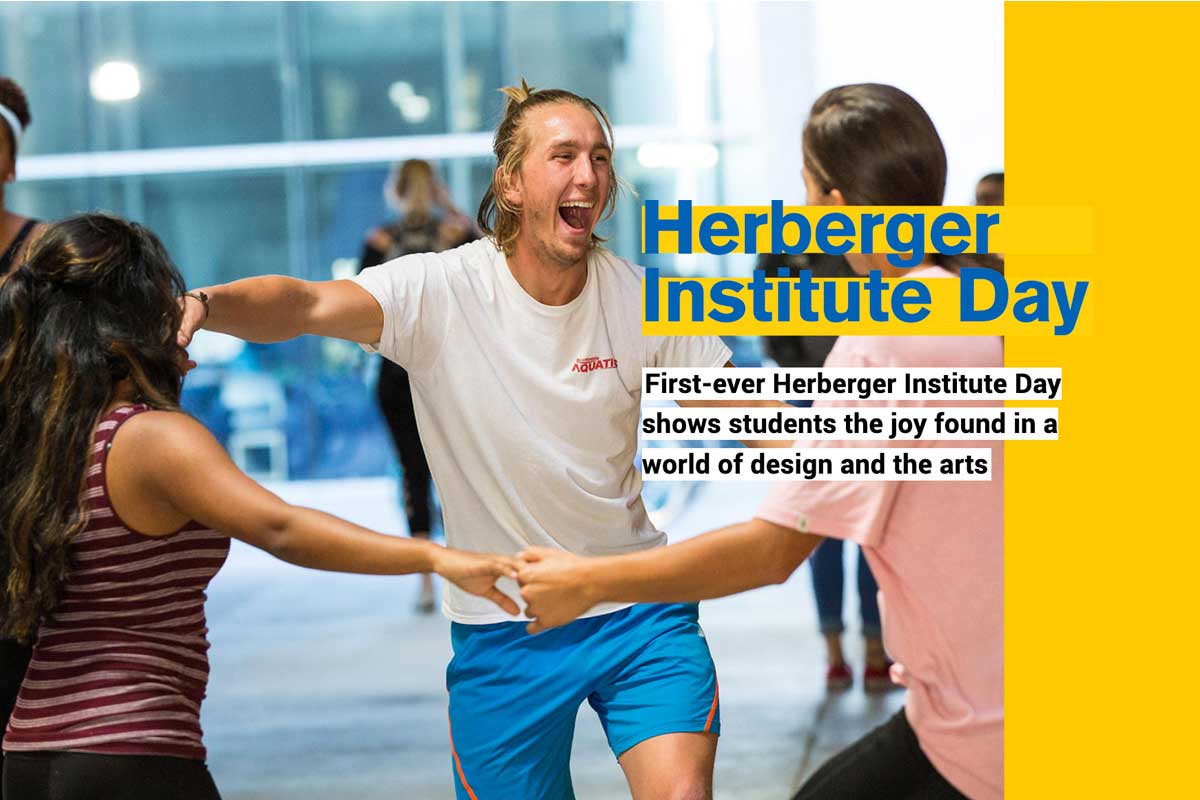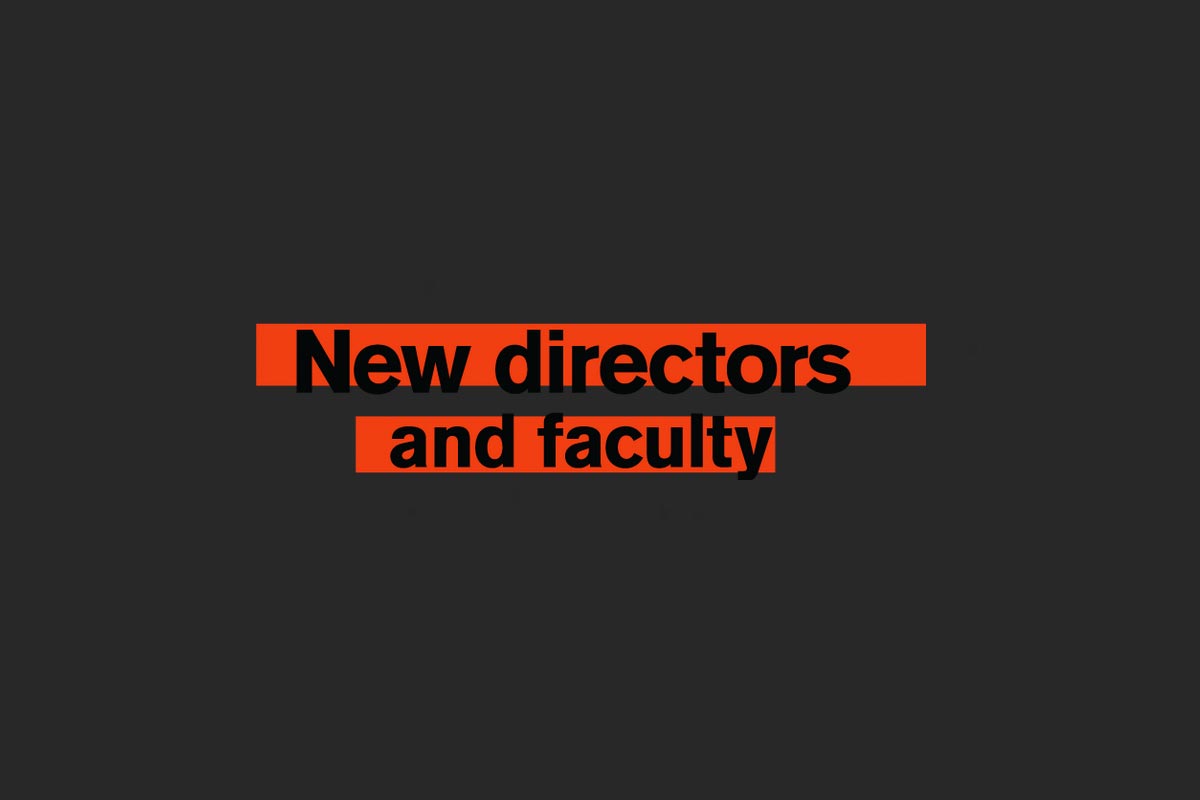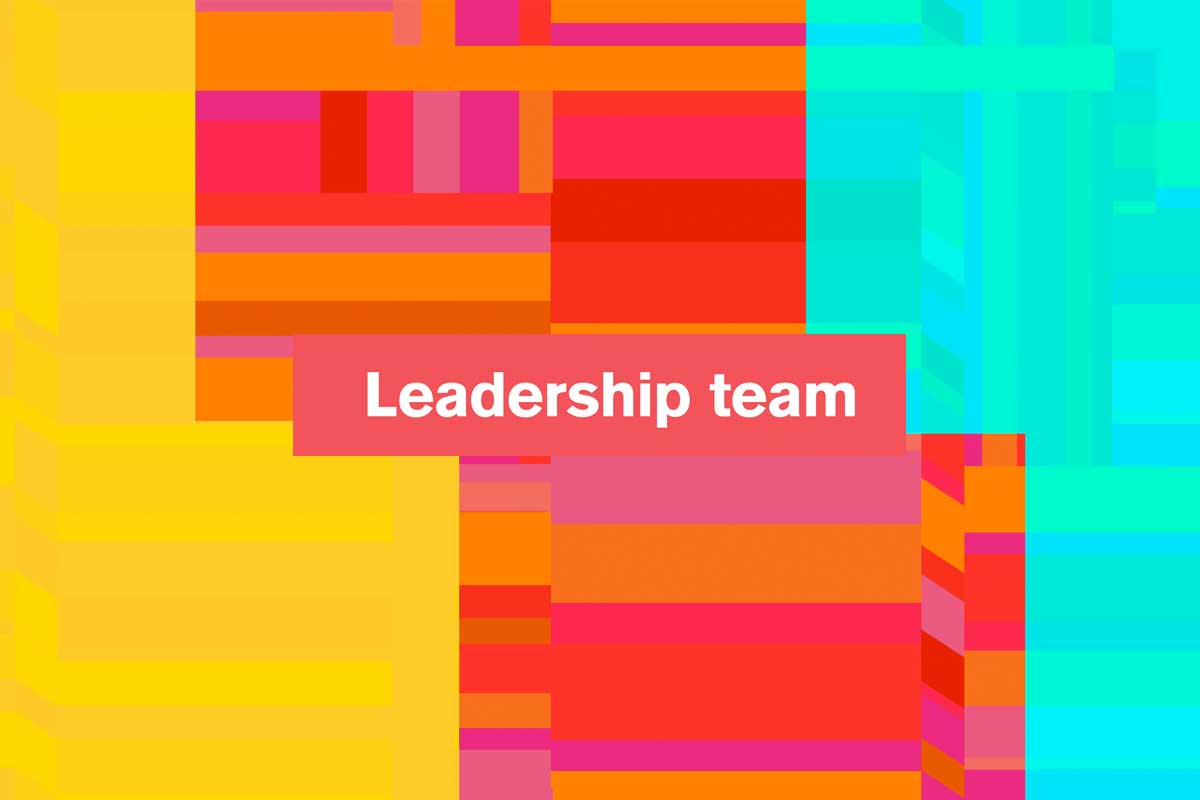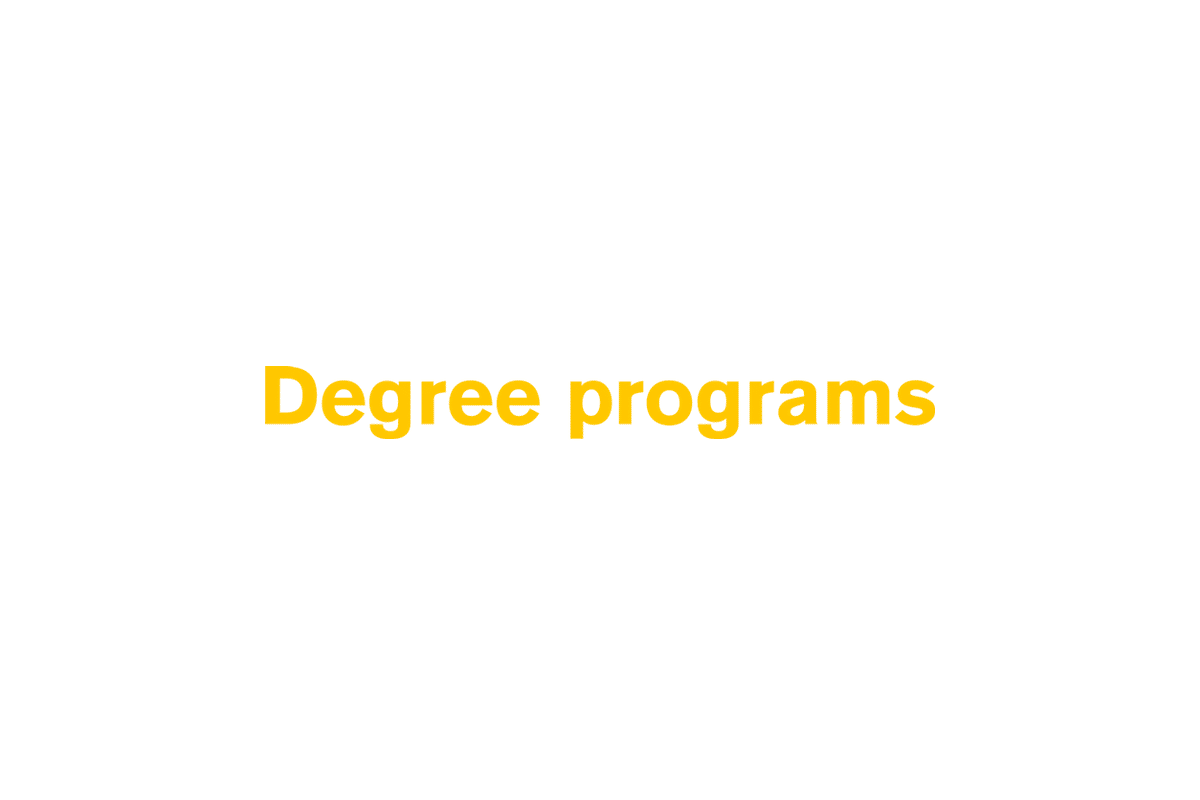
Question: Can you talk about your path as an artist? Have you always been interested in dance and being an artist?
Answer: I started dancing when I was 10 years old in a regular studio environment doing ballet, jazz, tap, that kind of thing. Dance classes are really expensive and doing dance competitions is even more expensive, so when I started high school I had to leave the studio for financial reasons. So, I started taking dance classes at my high school. I did that for two years, but I really missed the studio environment because it was more rigorous training. I got a message from an old dance teacher, and she said she was starting a new dance company at the studio, so I went and auditioned and I got in. I communicated the financial issues behind why I was probably not going to be able to actually commit to the team. We worked out a deal between me and the studio. I worked there as their marketing assistant for a few hours a week to pay for most of my tuition. And then I also choreographed solos and taught private lessons to the younger dancers, and I used that money to pay for competitions. This was my junior and senior year of high school. Then I auditioned here and I got in. The ASU dance program is kind of unique in that it focuses on the choreographic process and how to create your own work versus just learning how to perform techniques well and how to be a body on stage. So through that program, I learned what I was interested in as a choreographer and also how to collaborate.
Q: You double majored in dance and in earth and environmental studies. Does that second major play into what you’re working on now?
A: No, because I graduated and I was like, “Oh, I want to be an artist.” It’s on my resume, but I don’t really plan on going into the environmental field. I don’t even really have any interests in incorporating it into my art right now, maybe in the future. It’s a good thing to know. I learned a lot.
Q: You had this backup plan, but ultimately, you came back to dance and to being an artist. What changed?
A: I came out as gay right before my senior year of college started – coming out changed how I viewed my art process. I think it helped me feel more confident in what I liked as an artist and what I wanted to make as a creator. Once that happened, I got excited about dance and performance again. And that’s what I think shifted me back towards dance and away from environmental studies. I realized I had things to say as a choreographer, and I could make my own decisions. In your senior year, you have to do a capstone to graduate in the dance program. That was the first time I had created a dance piece for the stage. That experience of creating my capstone piece, choreographing other people and collaborating with other people, and using performance to send a message about how I view the world basically kind of helped – I keep saying I got excited about art again – but yeah, I think that experience helped me realize that I did want to be an artist. And that there were options in the dance and the performance world.
Q: You graduated with degrees in dance and earth and environmental studies, and you’re now a graduate student in the Herberger Institute’s Creative Enterprise and Cultural Leadership program. In between, you took a year off. What did you during that time?
A: I did a lot of dancing in the Phoenix dance community. I did some work with Grey Box Collective and Cruz Control Collective. I was just performing and also creating my own things. I also got involved with [nueBOX], which is a place that I do some work for now. It’s like a residency program. Also, I was thinking about which grad program to apply to. I was between this program and the public policy program on the downtown campus. It was mostly just a decision of whether I wanted to go more on the art side of things or more on the environmental side of things. I was doing so much performing and working in the dance field, I decided that I did want to do the Creative Enterprise and Cultural Leadership program so I could stay within the arts and be around different artists. And what drew me to this program was that it’s a cross-institute program, so people come from all different kinds of creative backgrounds.
Q: For the program, you have to complete a project, and for that, you’re creating a queer performing arts festival for spring 2020. Can you talk a little bit about that?
A: It’s in response to the lack of queer-specific spaces in Tempe, and it’s going to be a one-night event of all kinds of performing arts created by queer artists.
Q: Have you already reached out to any artists or know what different performances there will be?
A: I’m still planning it. I think I will probably have an open submissions call for artists, and I might reach out to ones I particularly feel would be a good fit. But yeah, I hope that there’s a really huge variety in the kind of performances happening – dance, singing, music, theatre, poetry, drag, comedy.
Q: What sets this festival apart from other festivals?
A: I am pretty sure there are no queer performing arts festivals in Tempe or in Phoenix right now. I know there are some dance festivals—there’s one that’s a general one for all Phoenix and there’s one that’s for black and Latinx artists, so I know that’s happening—but I do think this is going to be the first one that’s all queer performing arts. And I also don’t see a lot of festival type of events with this kind of variety of performing arts. I see things that are like a theatre festival, comedy festival, dance festival, but this is going to be all those things.
Q: Why did want to do this festival for your project? What do you want people to get from it?
A: I think one of the reasons is because there’s no gay bars in Tempe, so I kind of want to make a statement that there is a need for that – there would totally be a demand for that. So that’s one thing, and two is to make the general public aware there are a lot of queer people here and a desire for that kind of community. I also hope that this event connects artists in different disciplines. I know there’s definitely a queer music scene, a queer dance scene, they’re small for sure, but I know there are clusters of artists who are working this way. I think it’d be really cool if they could break open and meet and start collaborating in cool interdisciplinary ways. And hopefully just to build a queer arts scene.
Q: What do you hope to do once you graduate – how will use what you’re learning in this program now?
A: I’m going to launch this festival, and this will be a cool thing to continue. And I’m really interested in presentation platforms for artists and how to make those more inclusive and accessible for people. The main issue I see for arts graduates is how to get their work out there and present it, especially in the performing world where you need a venue, you need lights, you need a set, you need tech, and those things cost money and prior resources. So if I can go into some career path where I’m helping artists to find those resources, helping to create those resources on a community level, that’d be cool. I’m really into taking the power away from the big institutes that be and just having more available grassroots DIY art.
Q: What advice do you have for young designers and artists?
A: Make what you want to see. If you feel like you don’t see yourself represented, if you feel like you don’t see a style of work happening, make it. It’s a lot more fun, and then you get to look at something you like. So I guess the cheesy bottom line is: Be yourself.
Photo credits in order of appearance: Ruby May V., Brandon Trieu and Jenny Gerena

